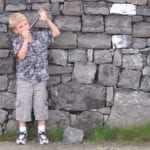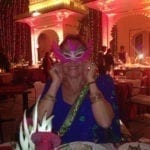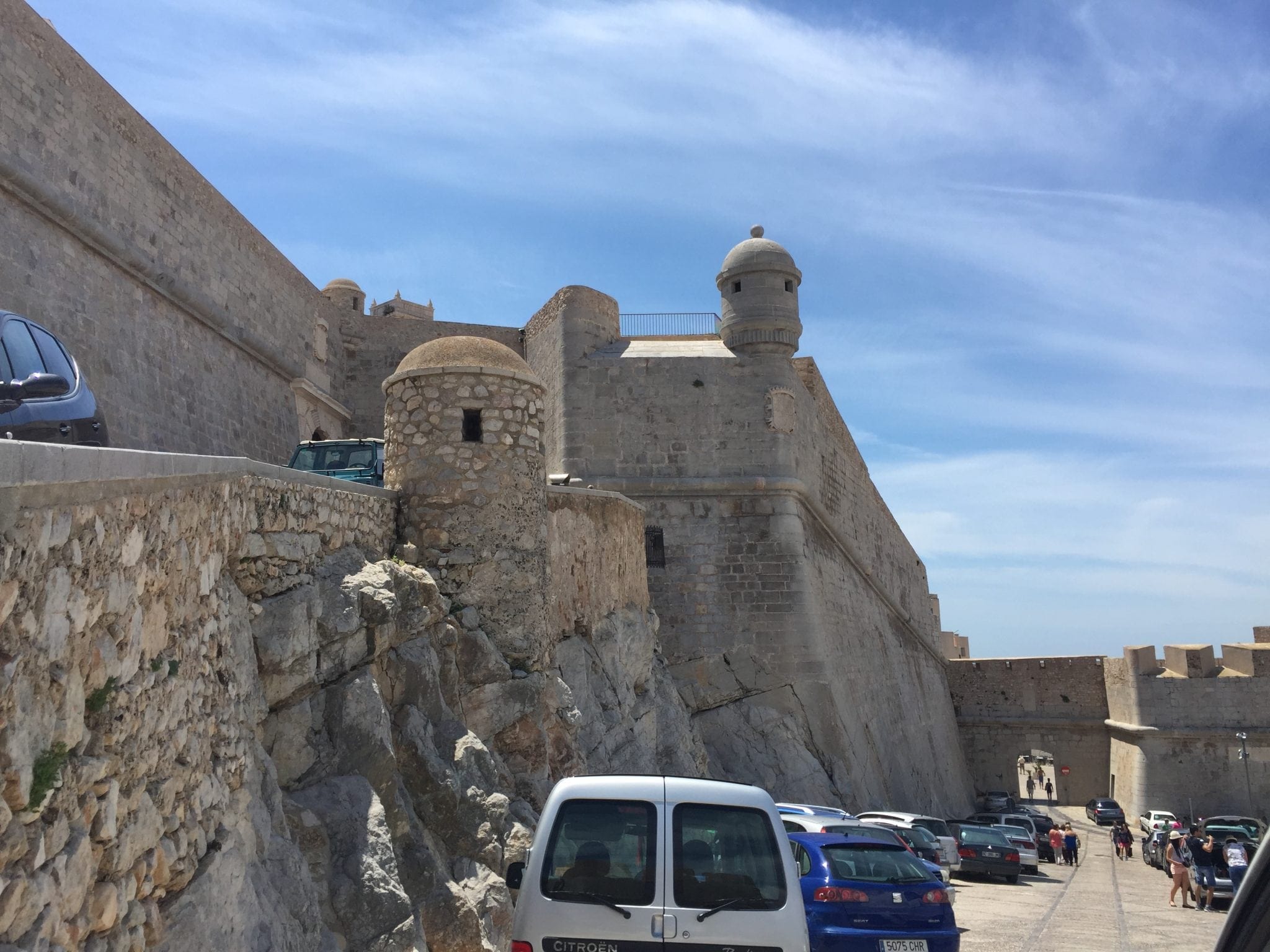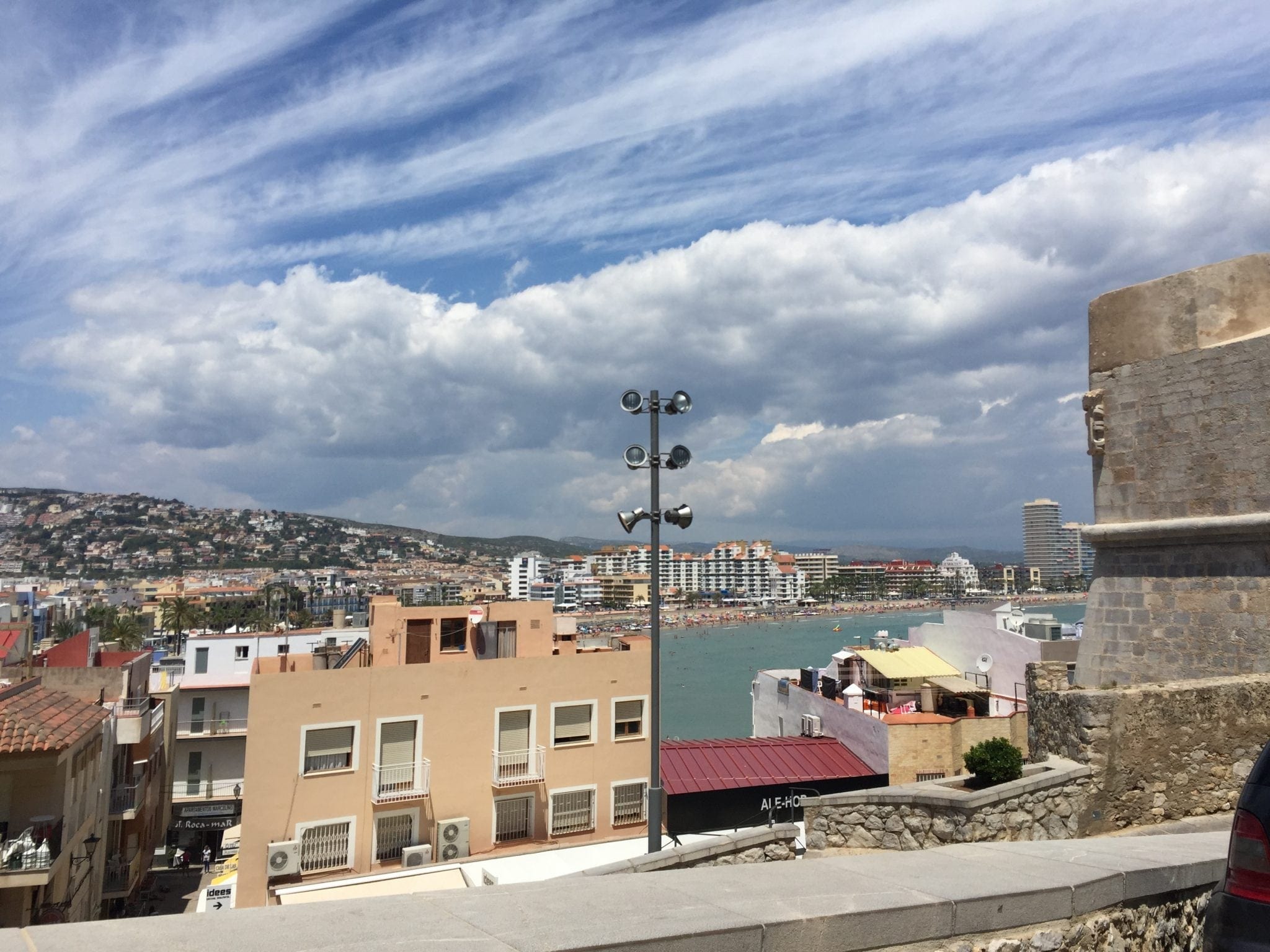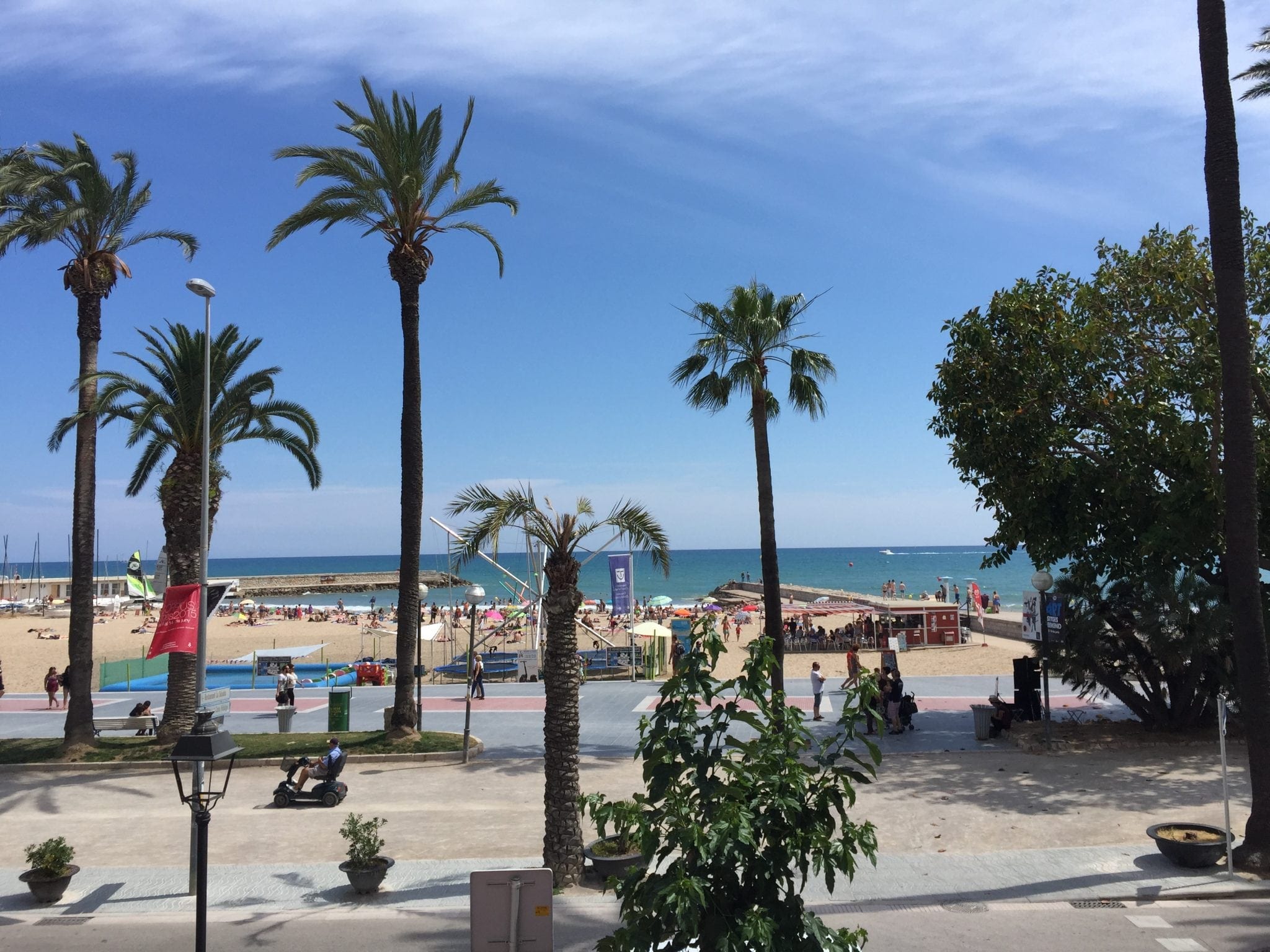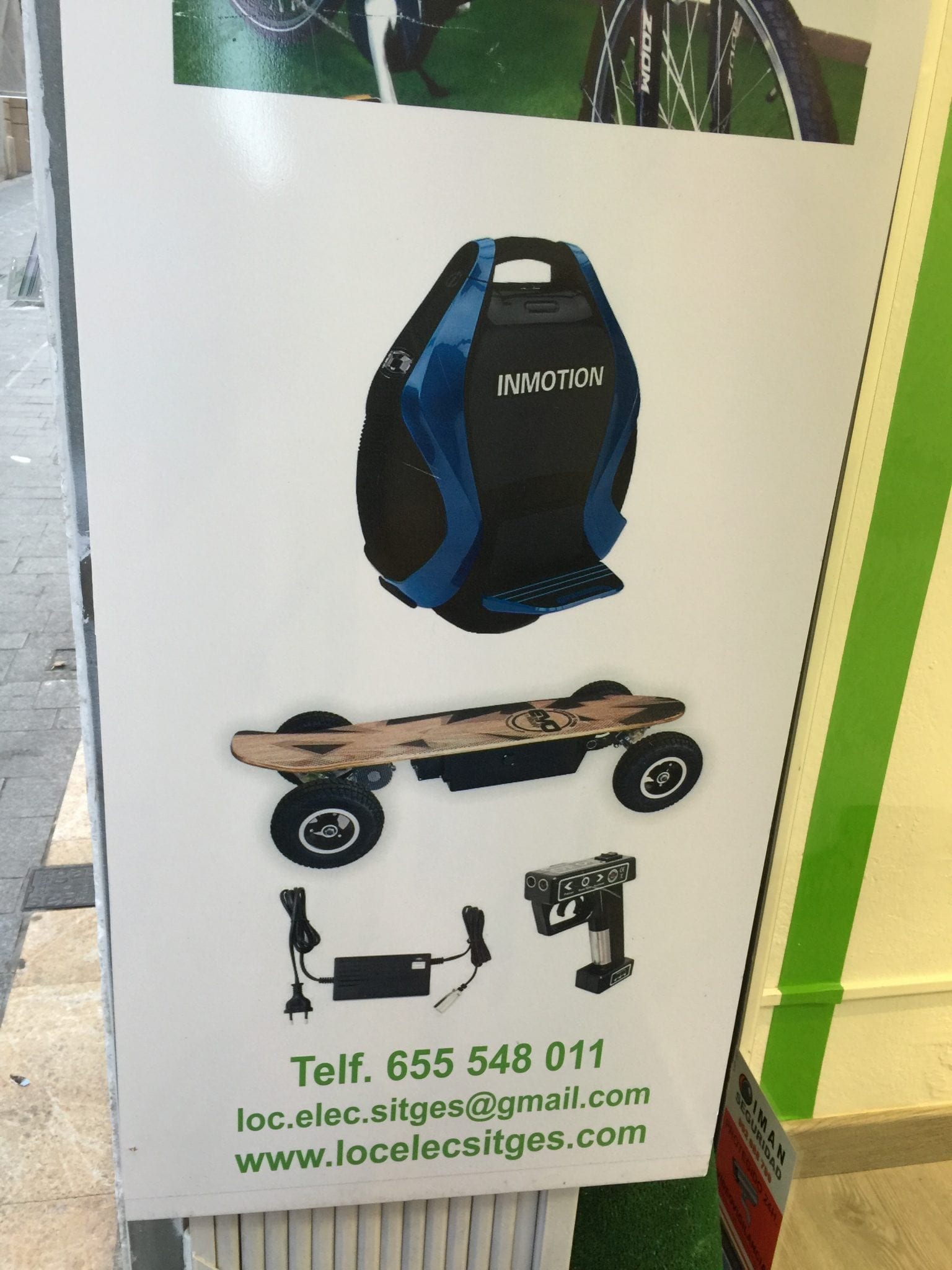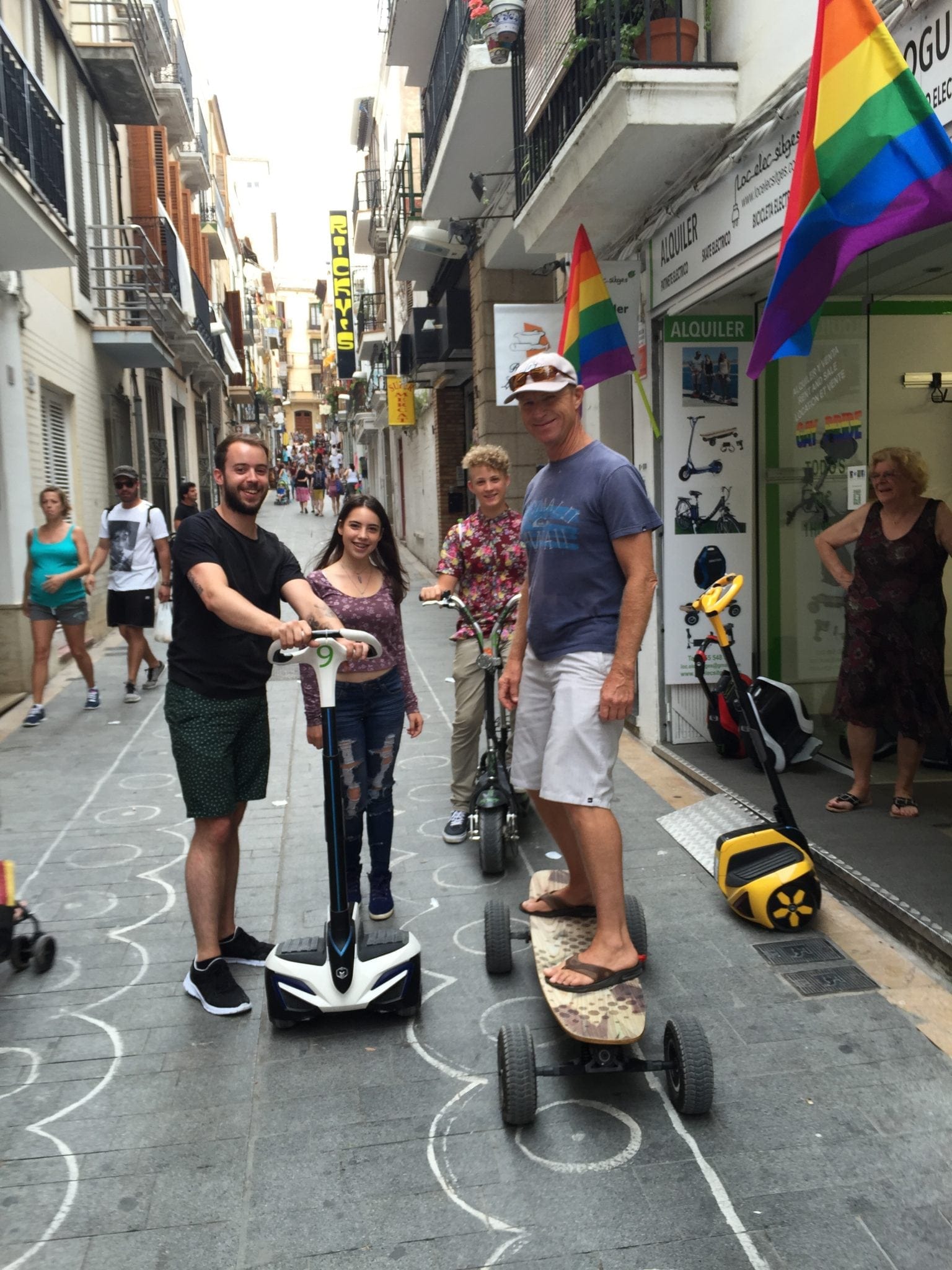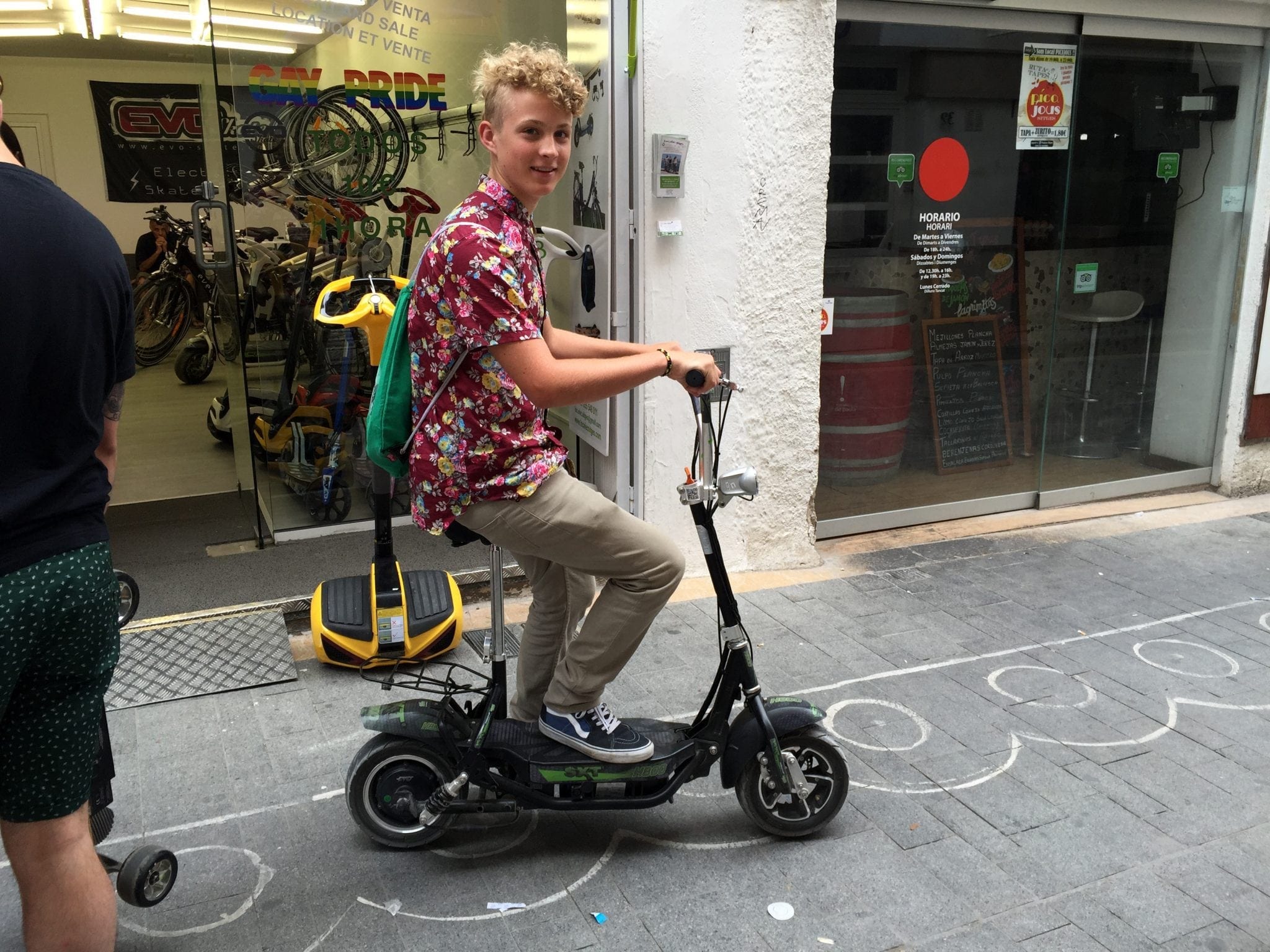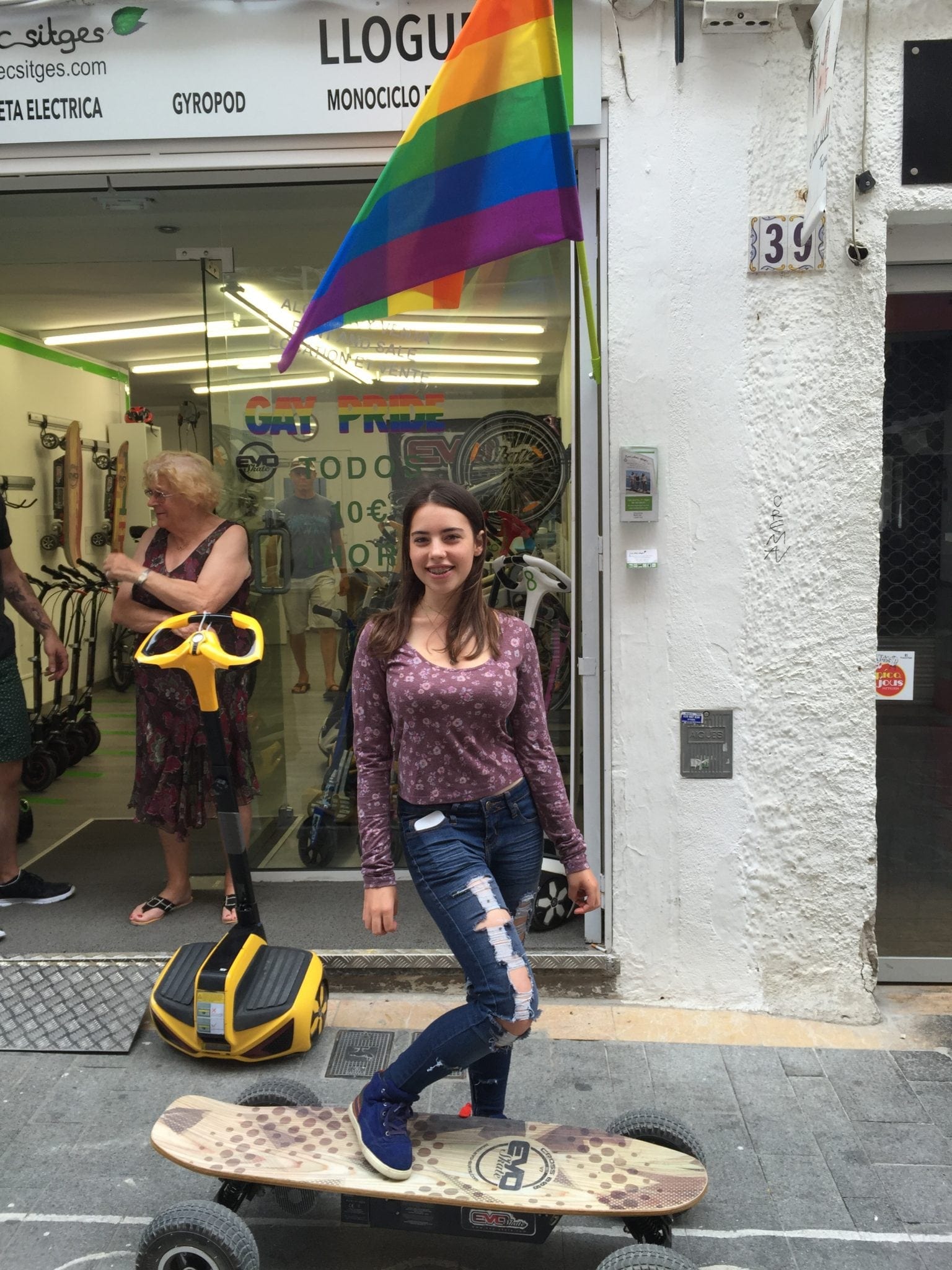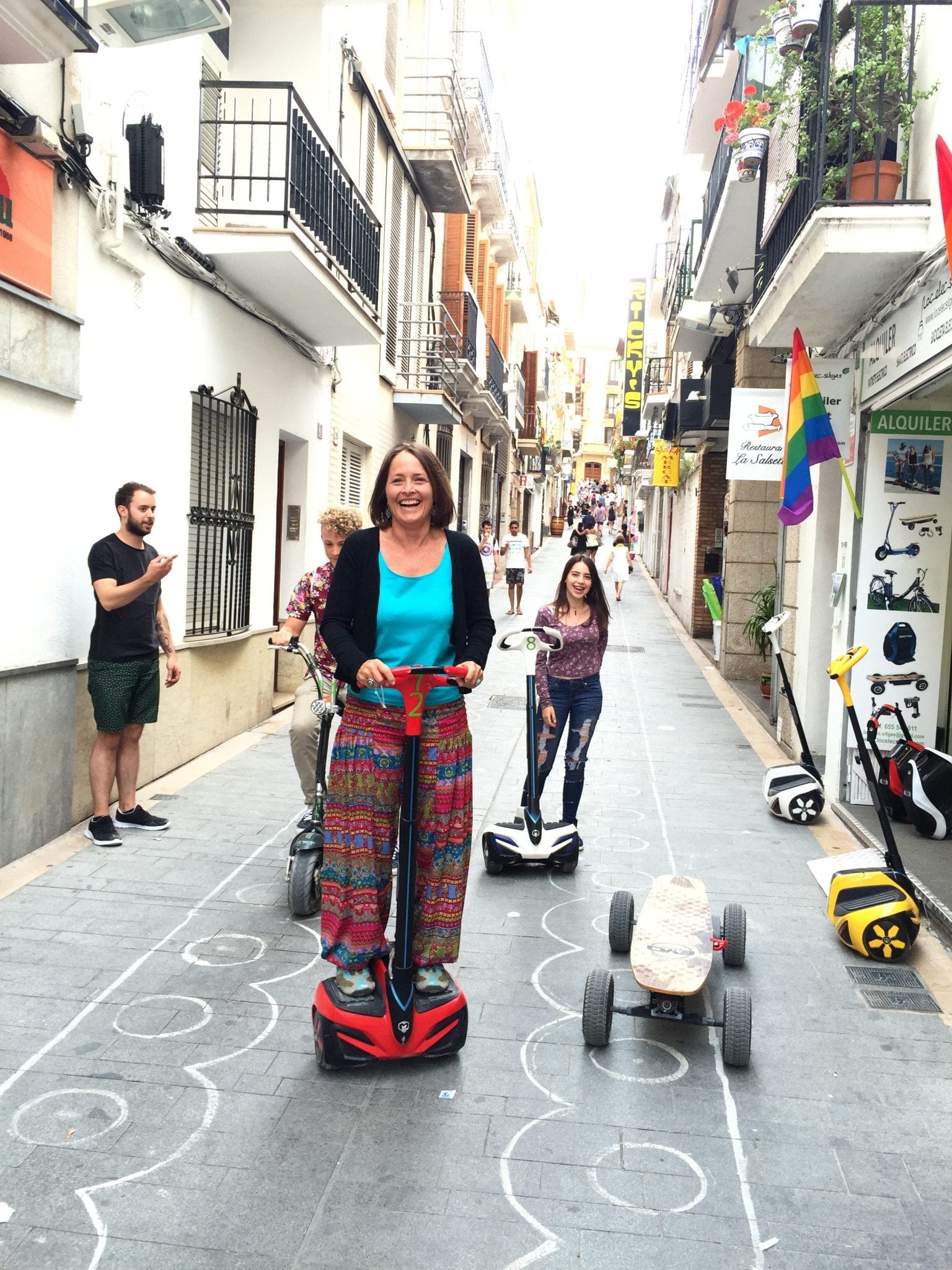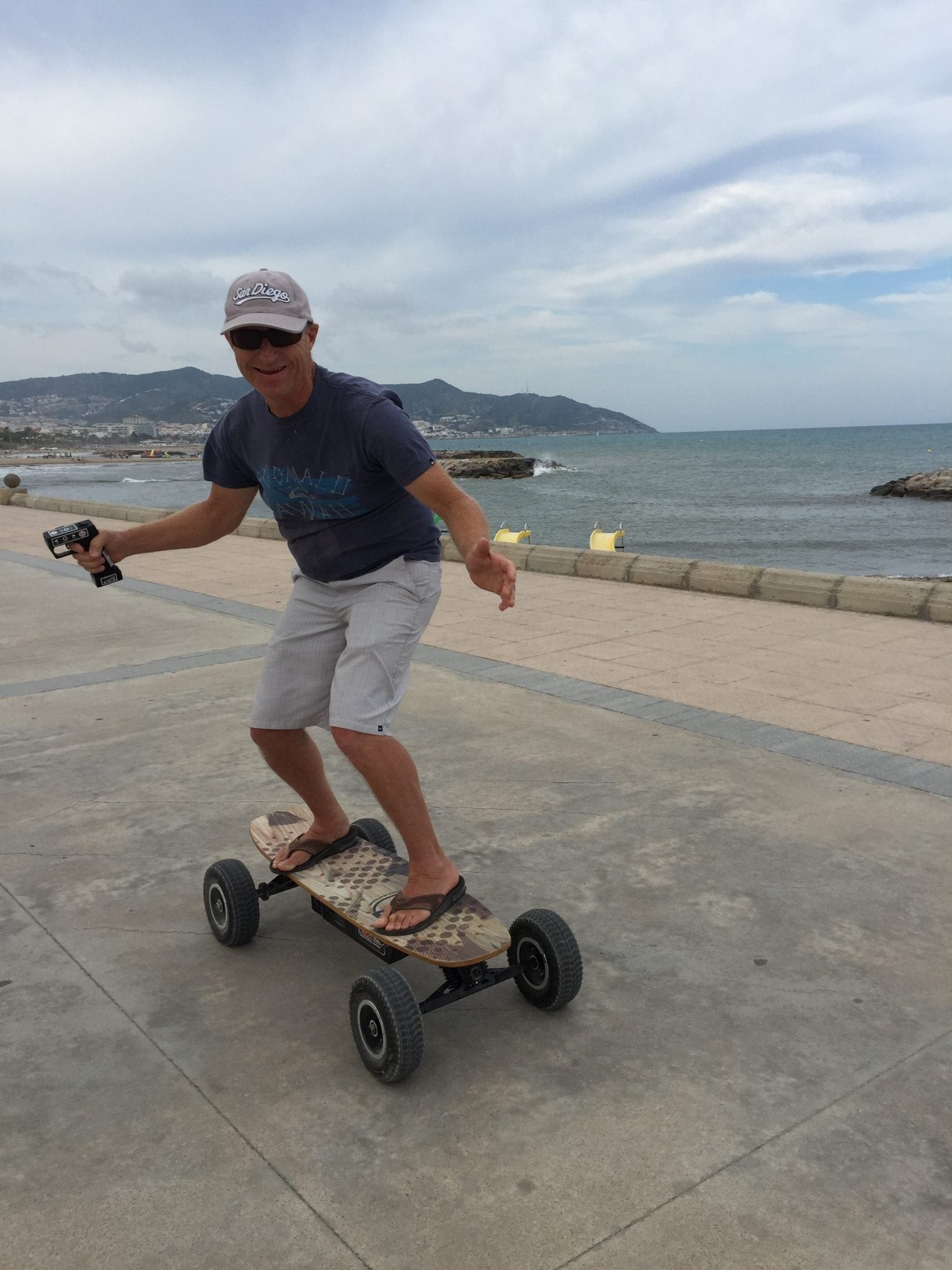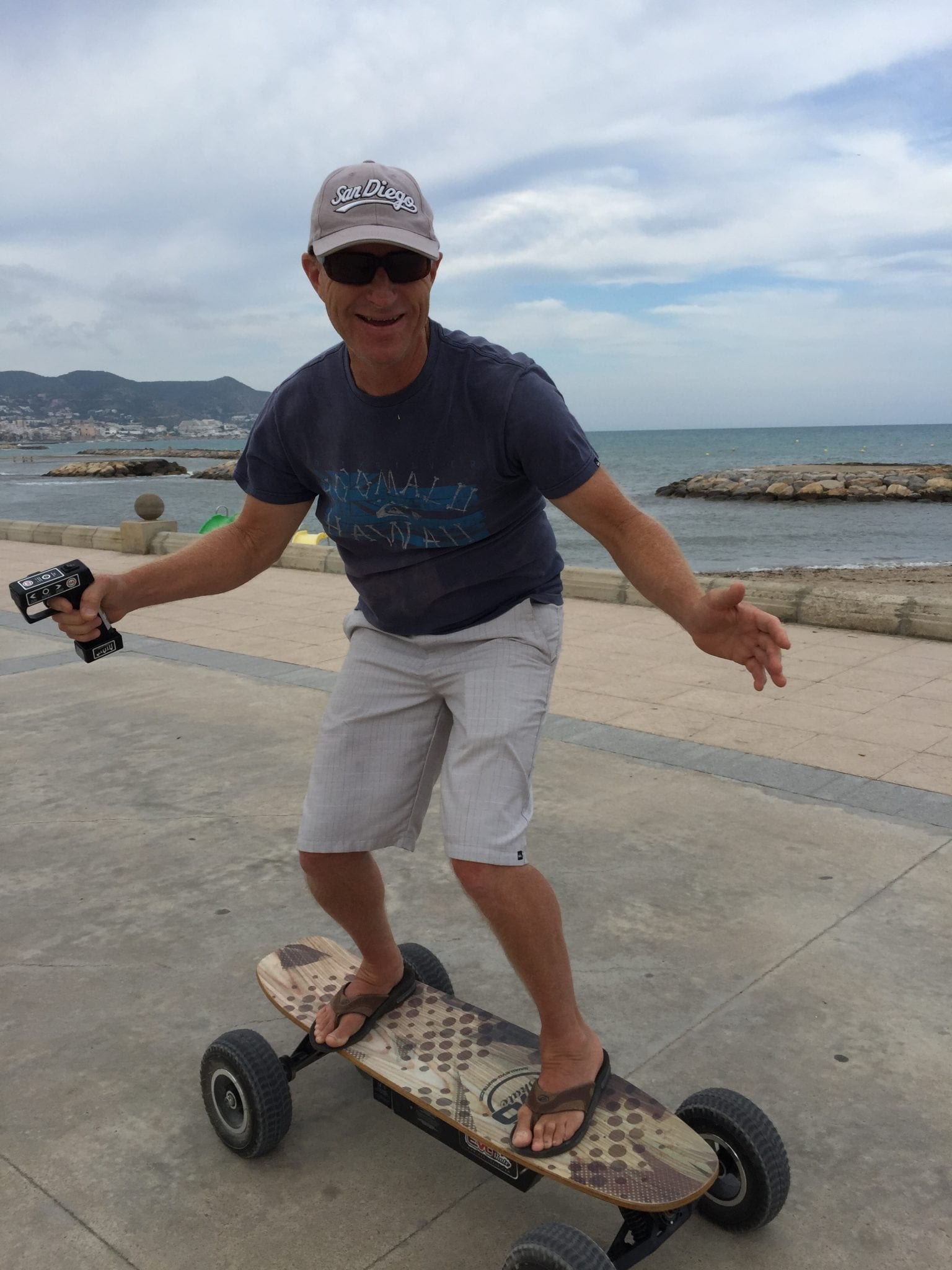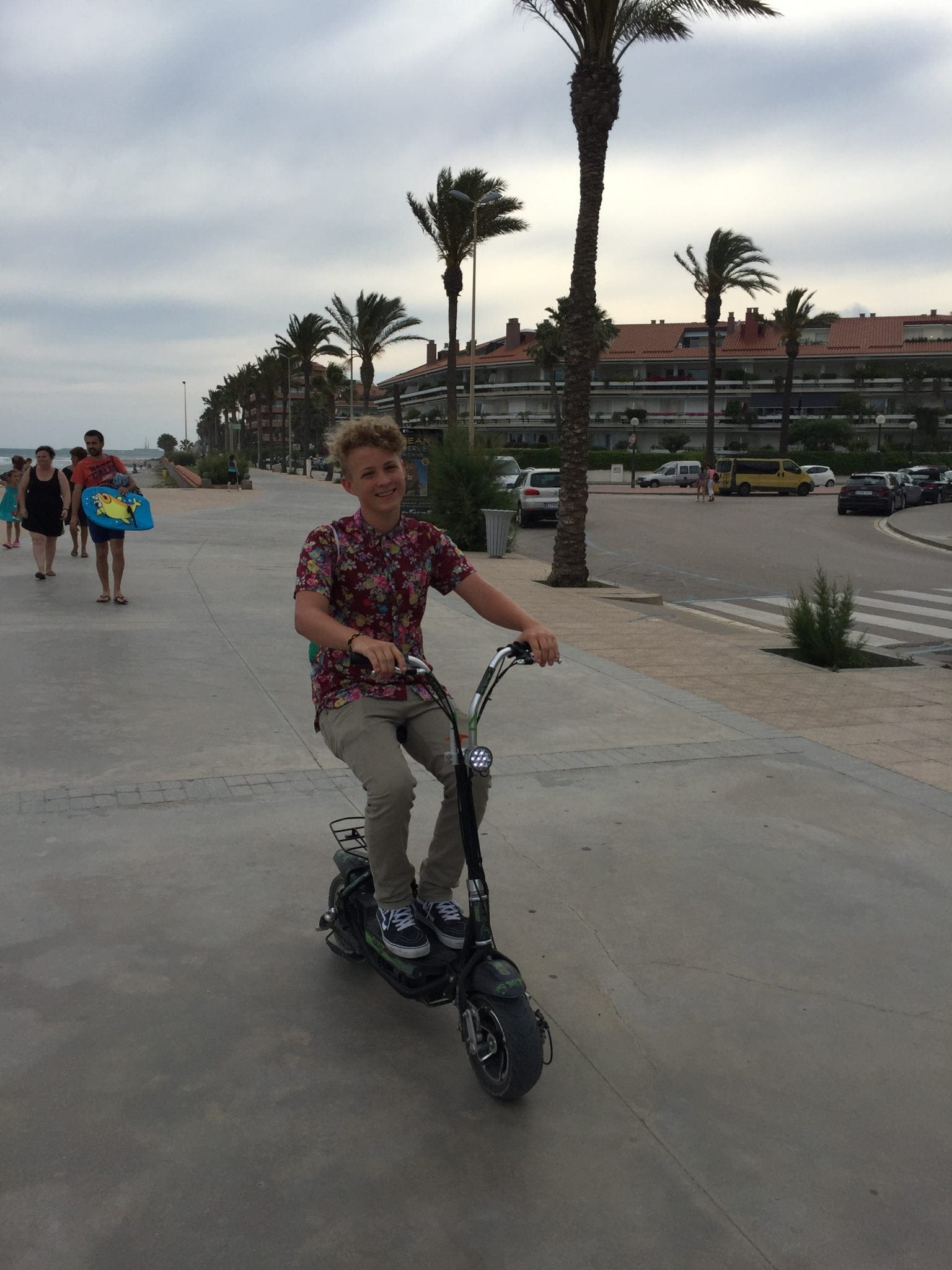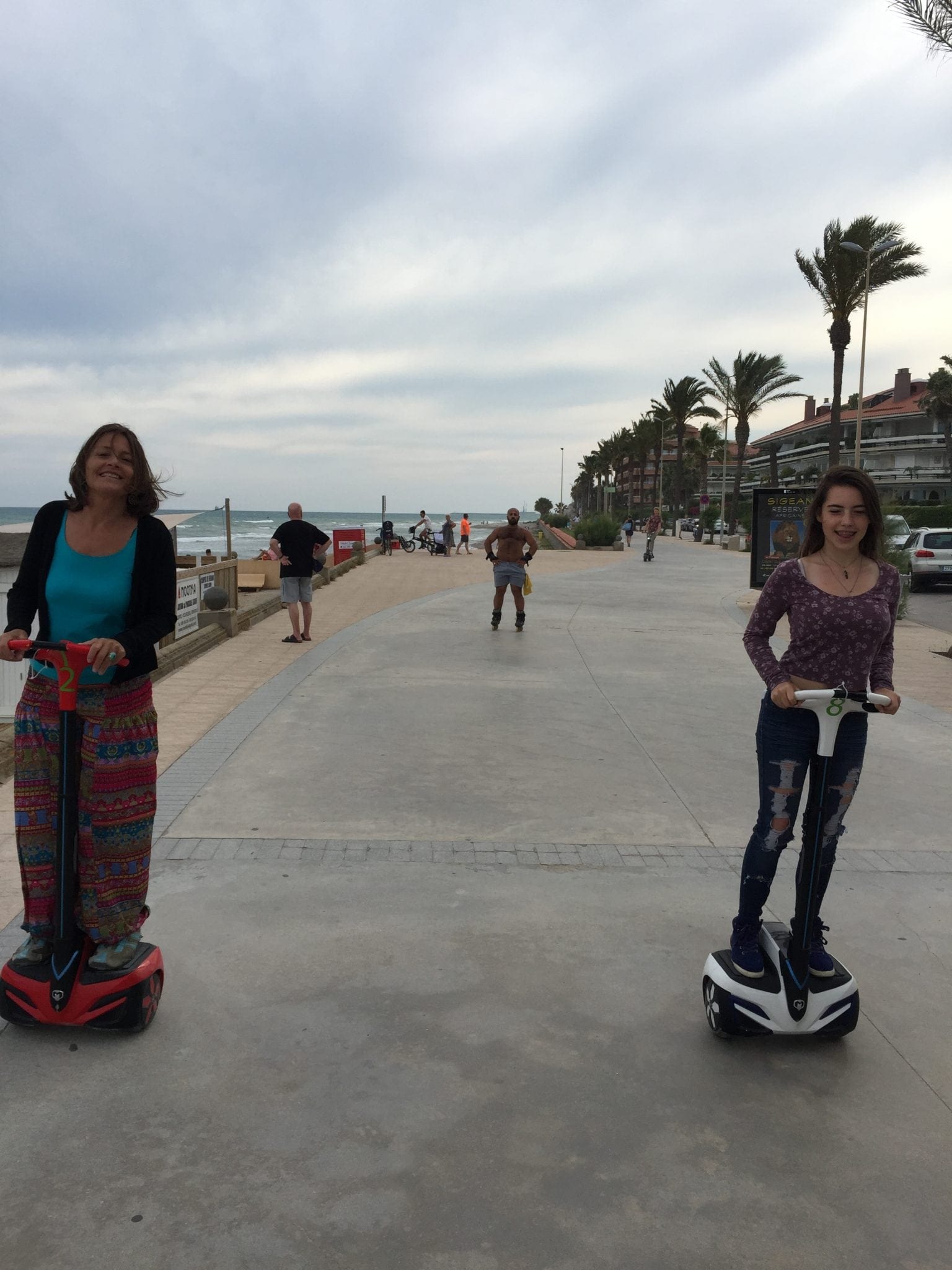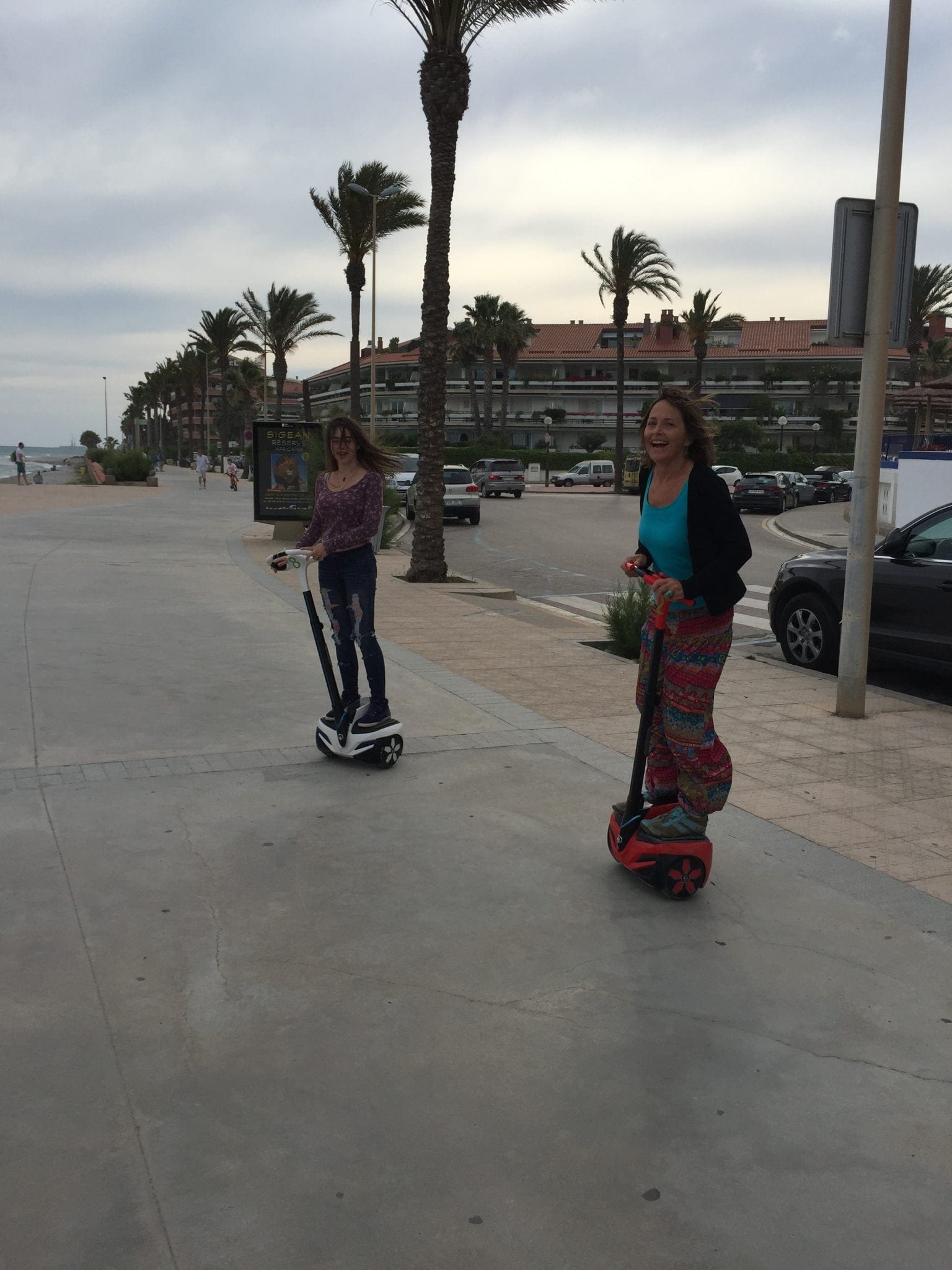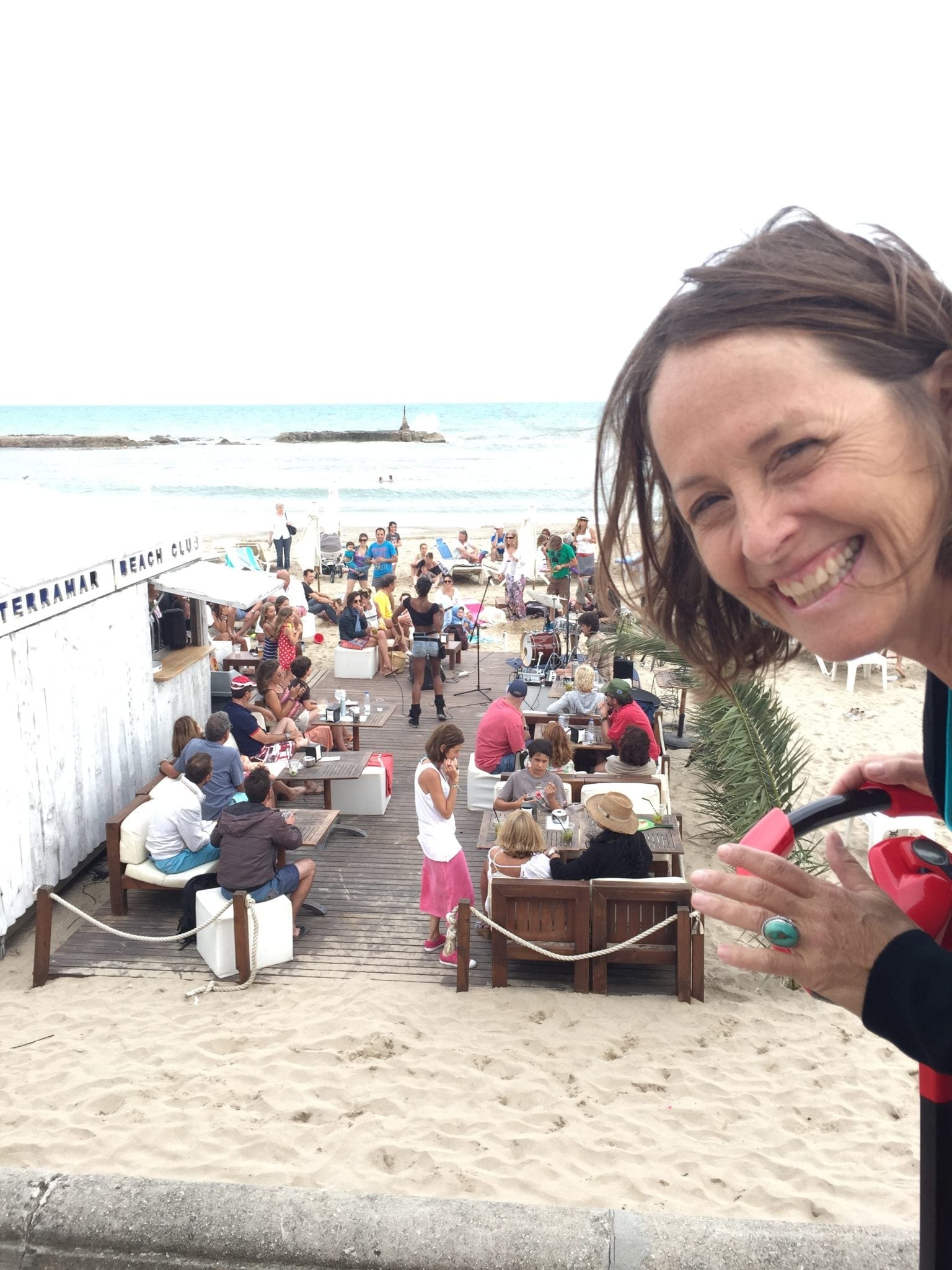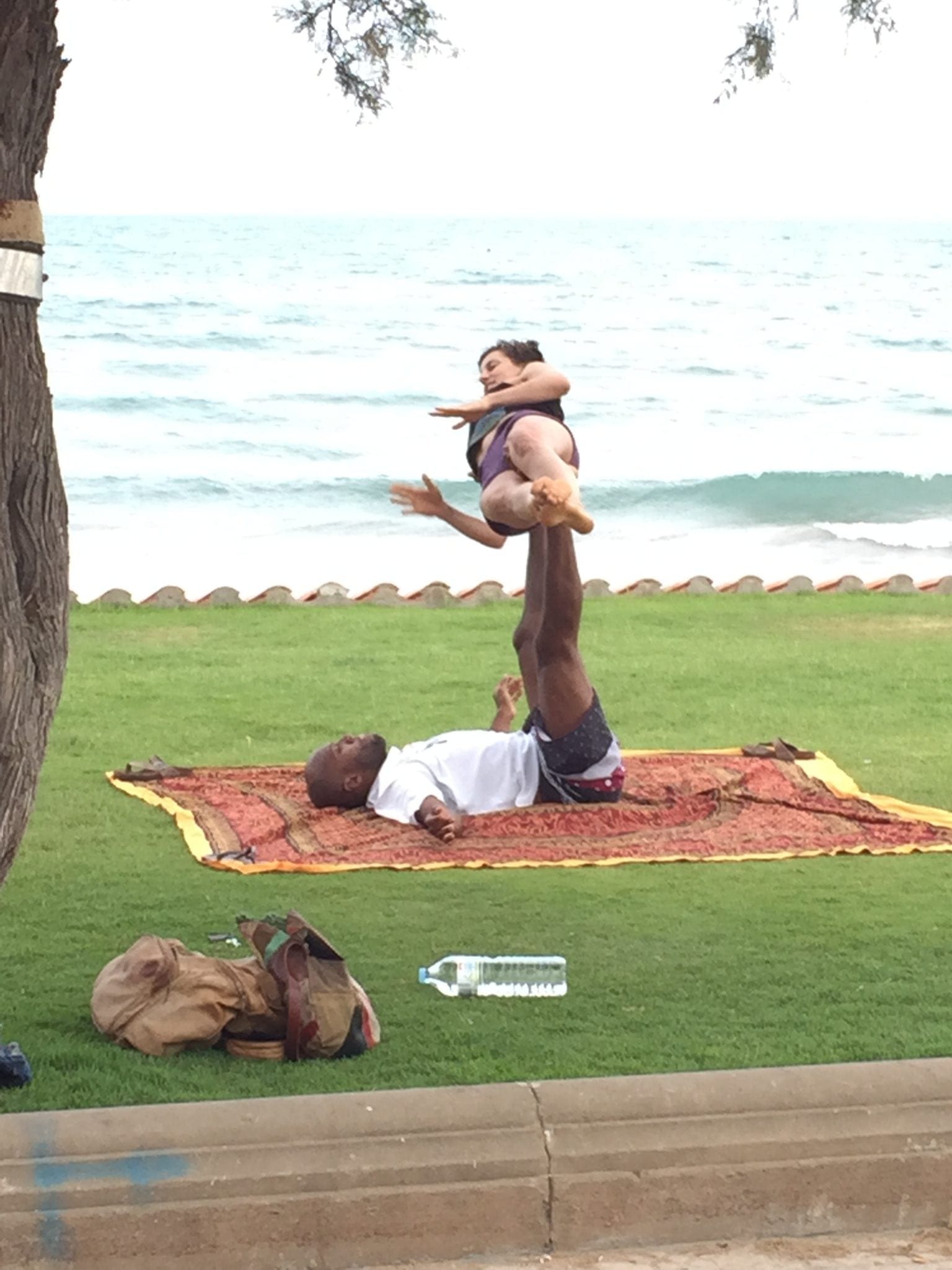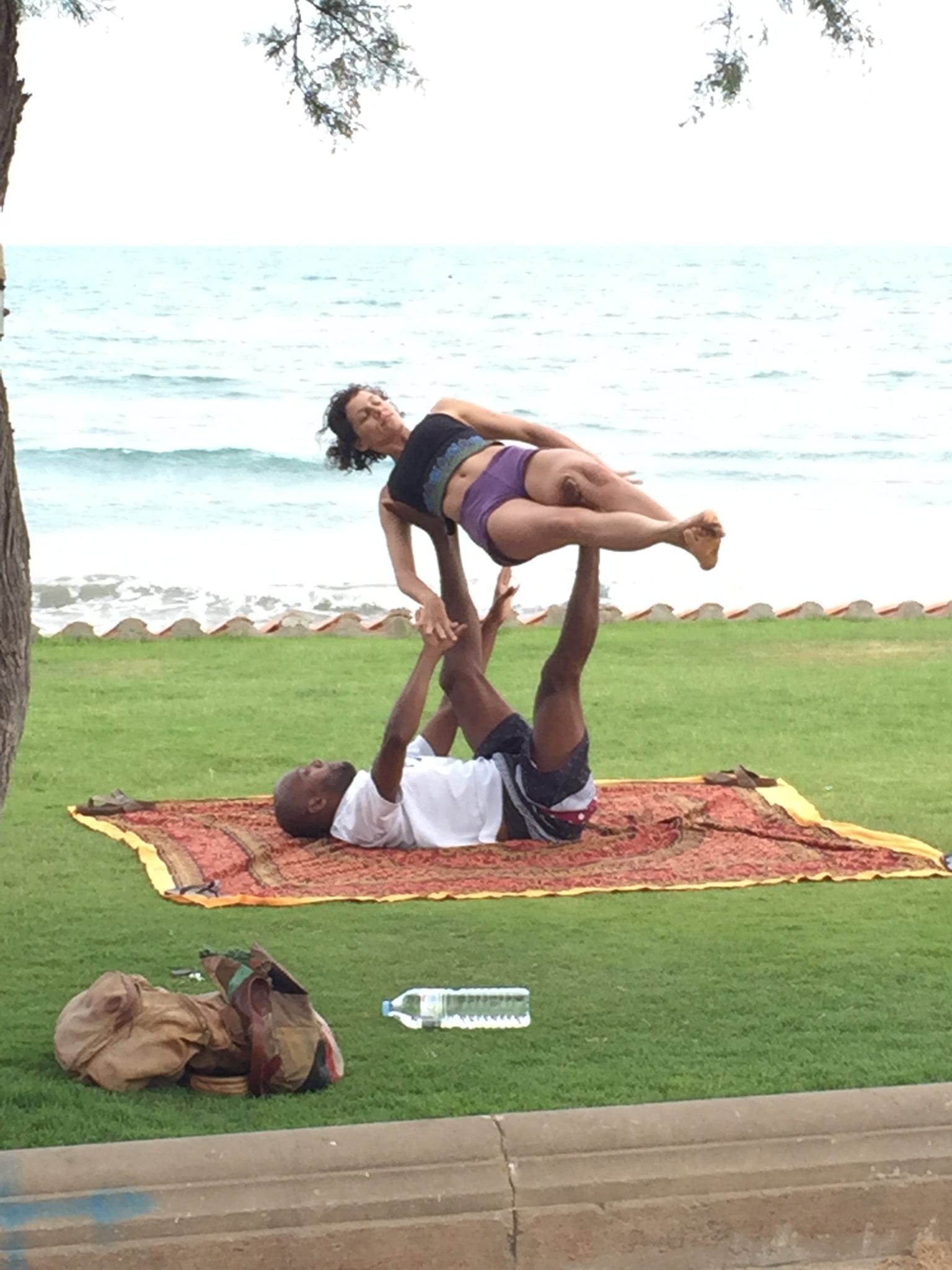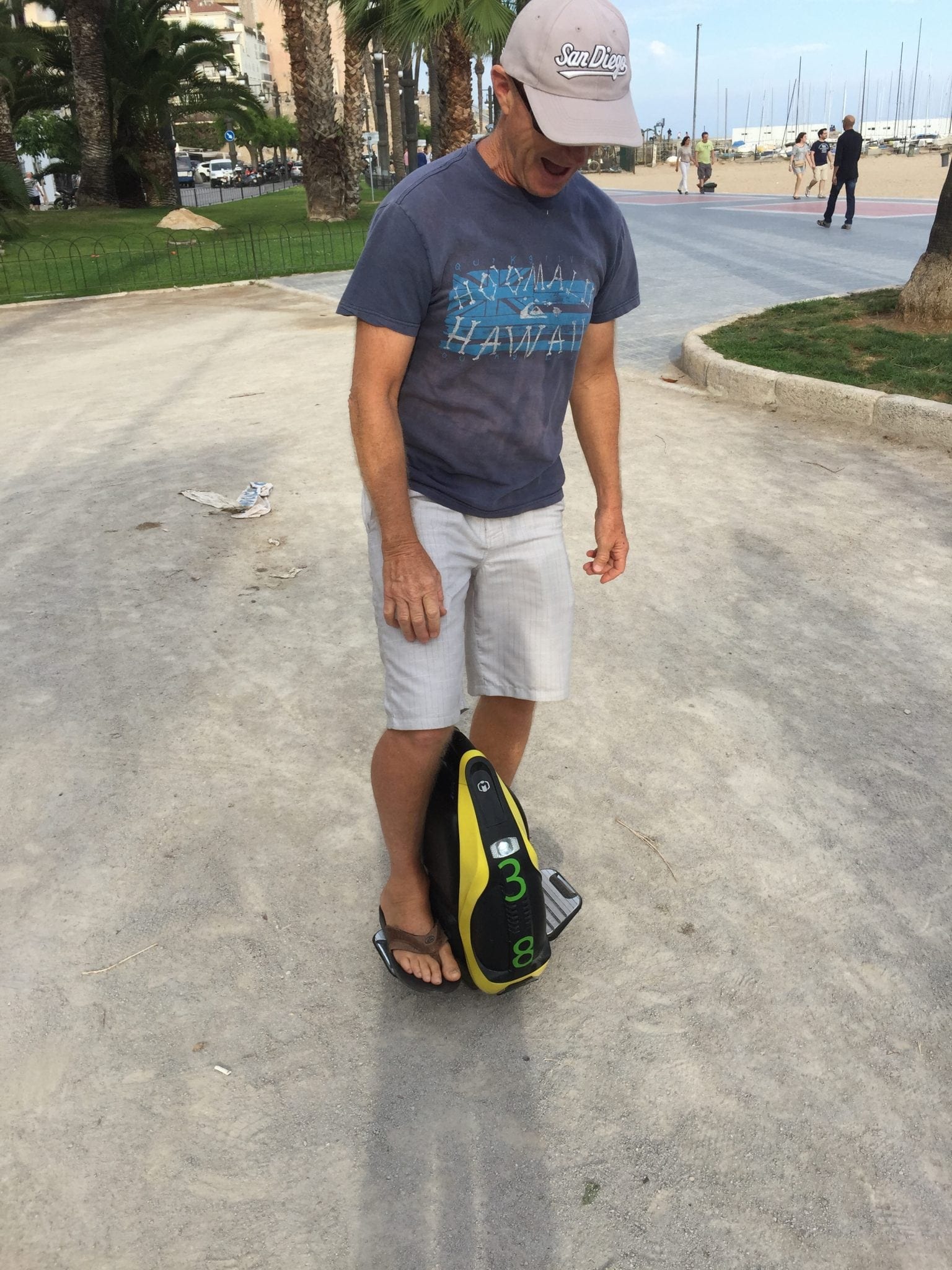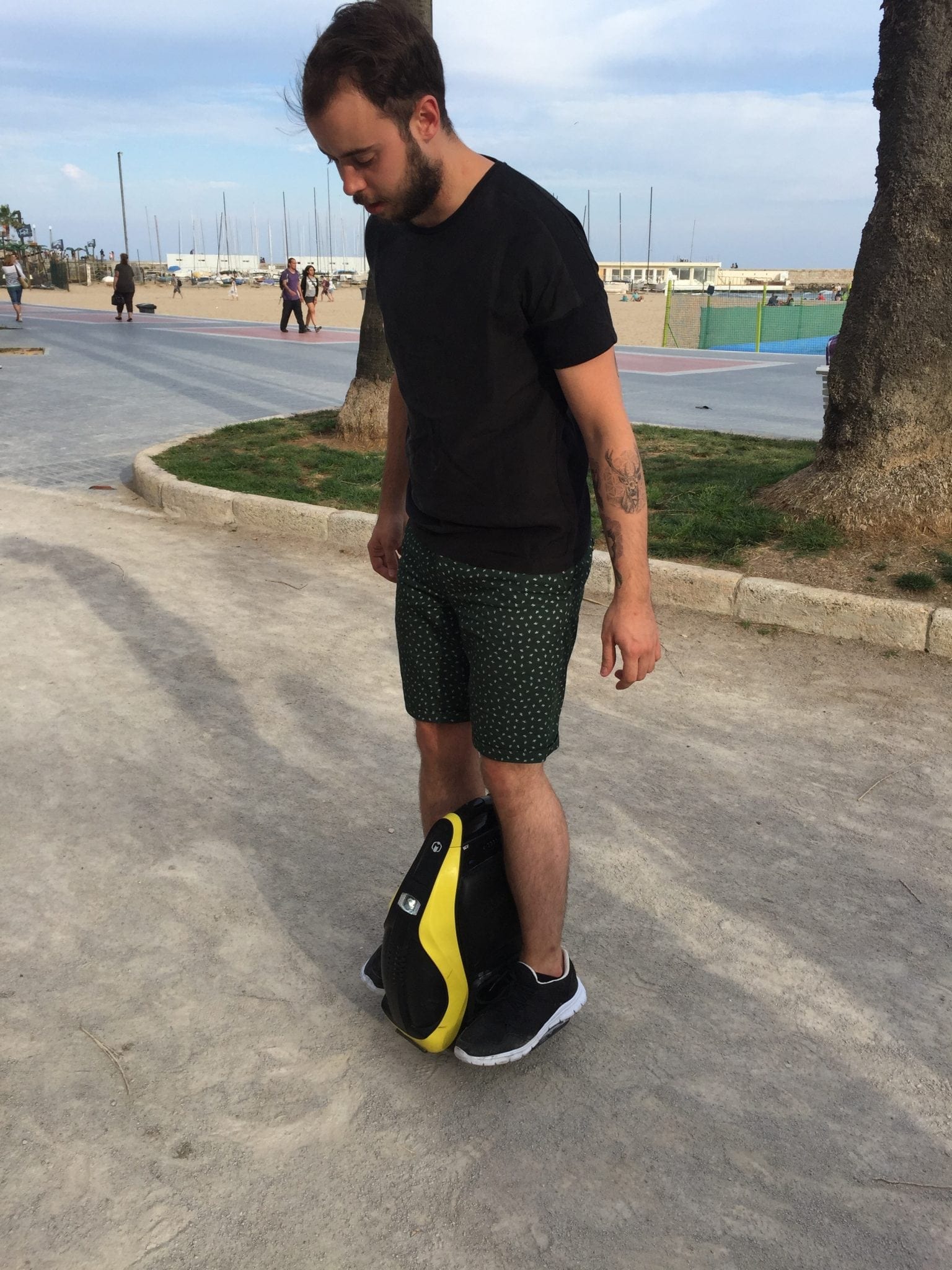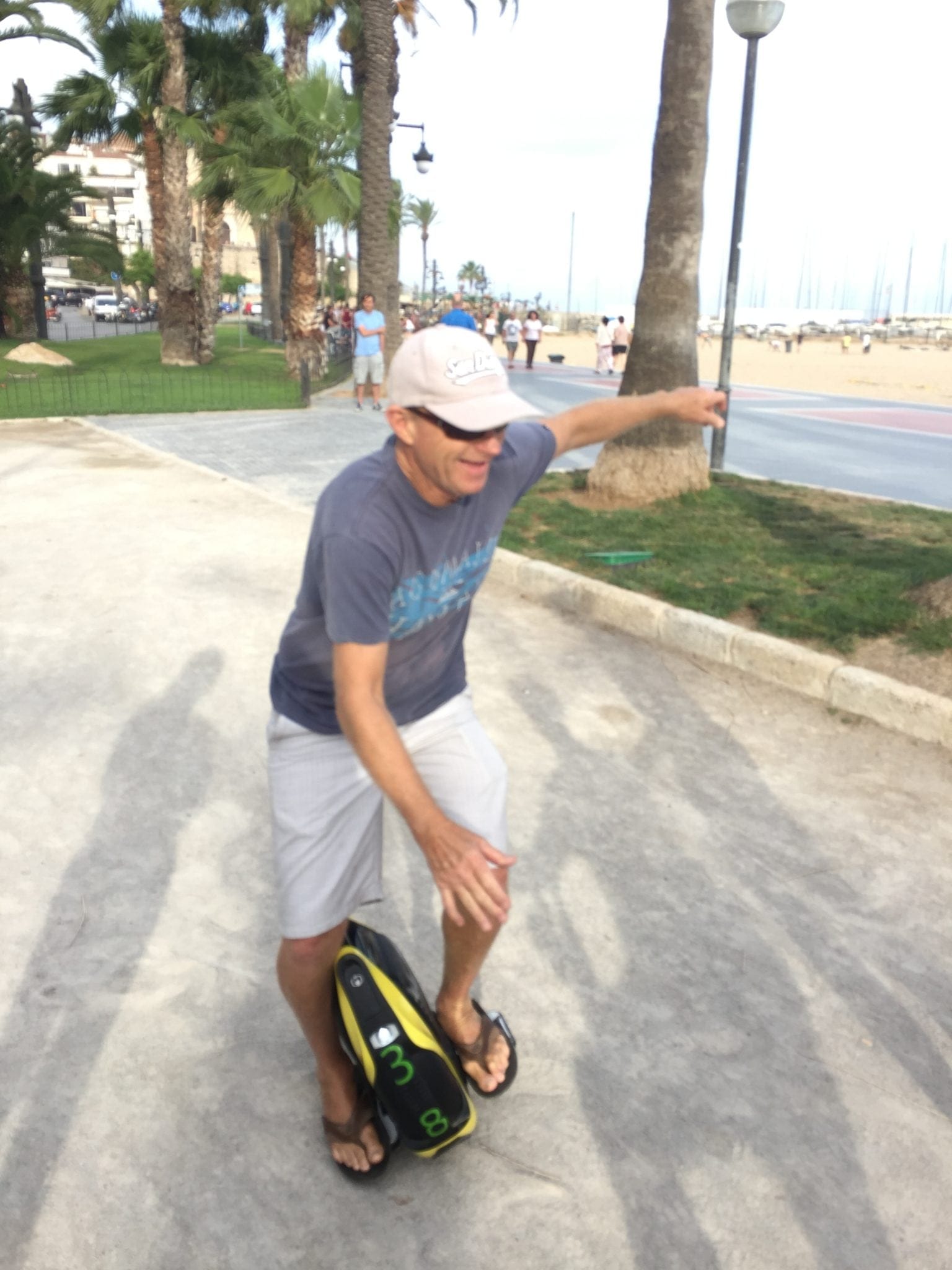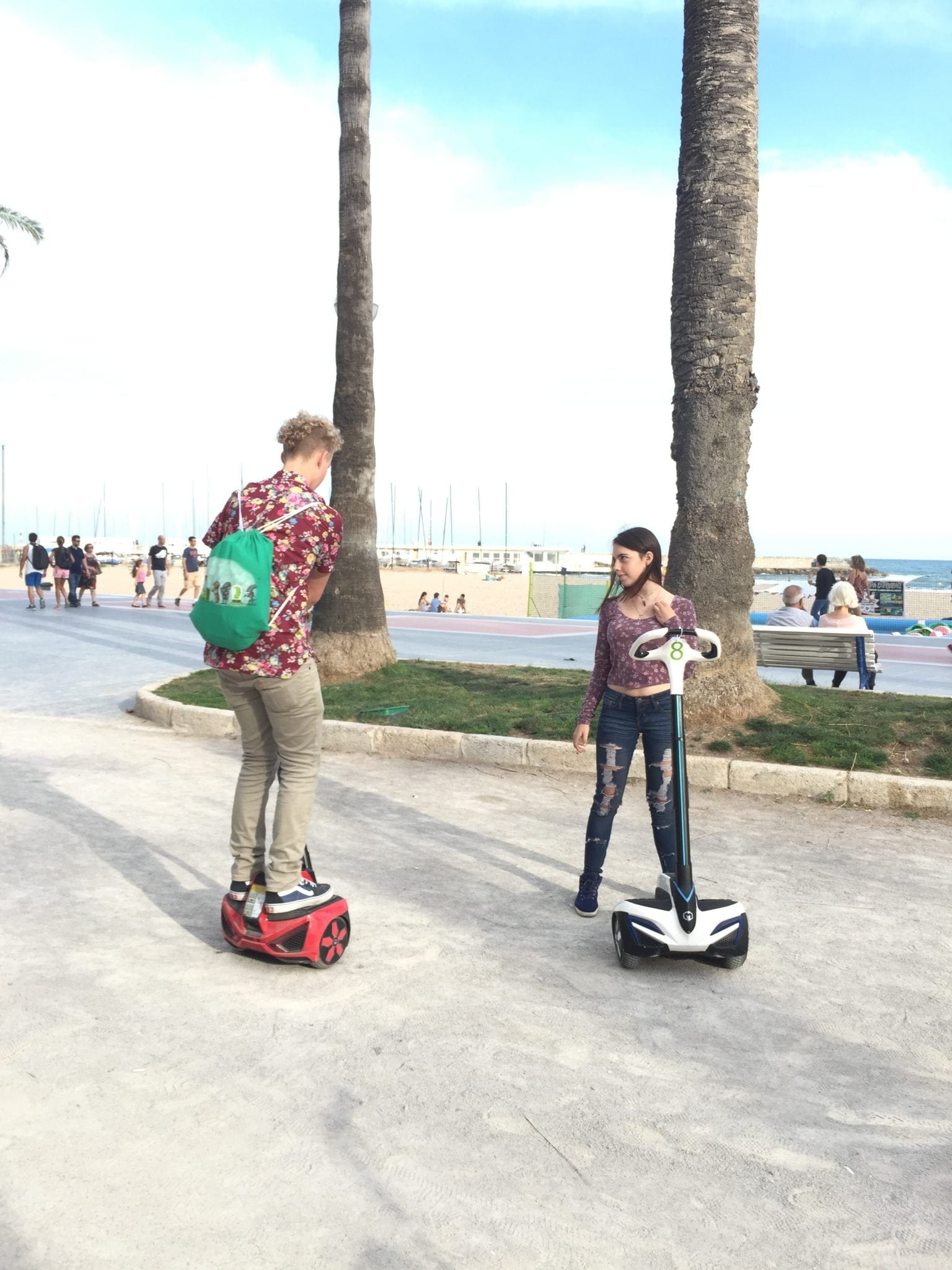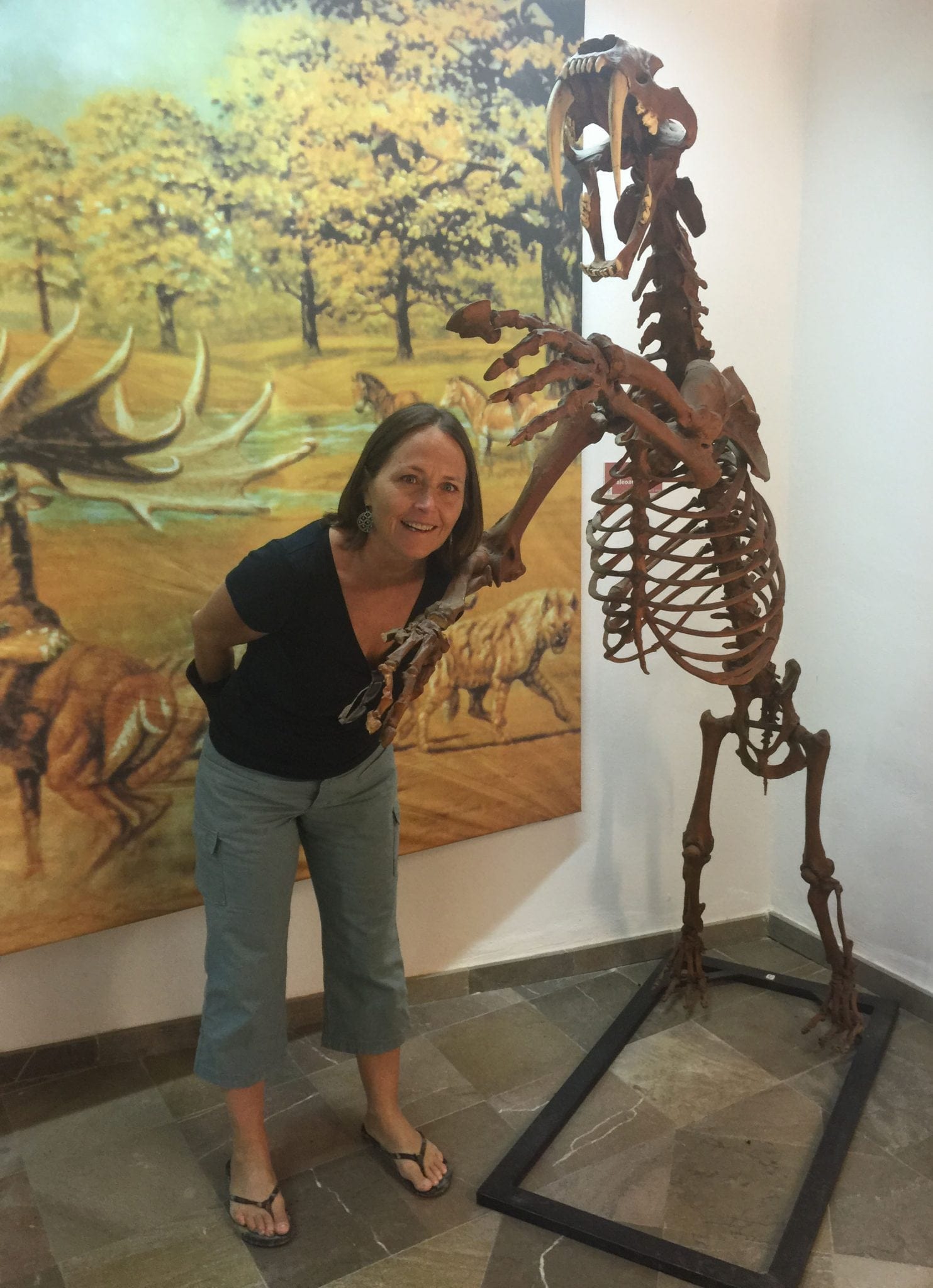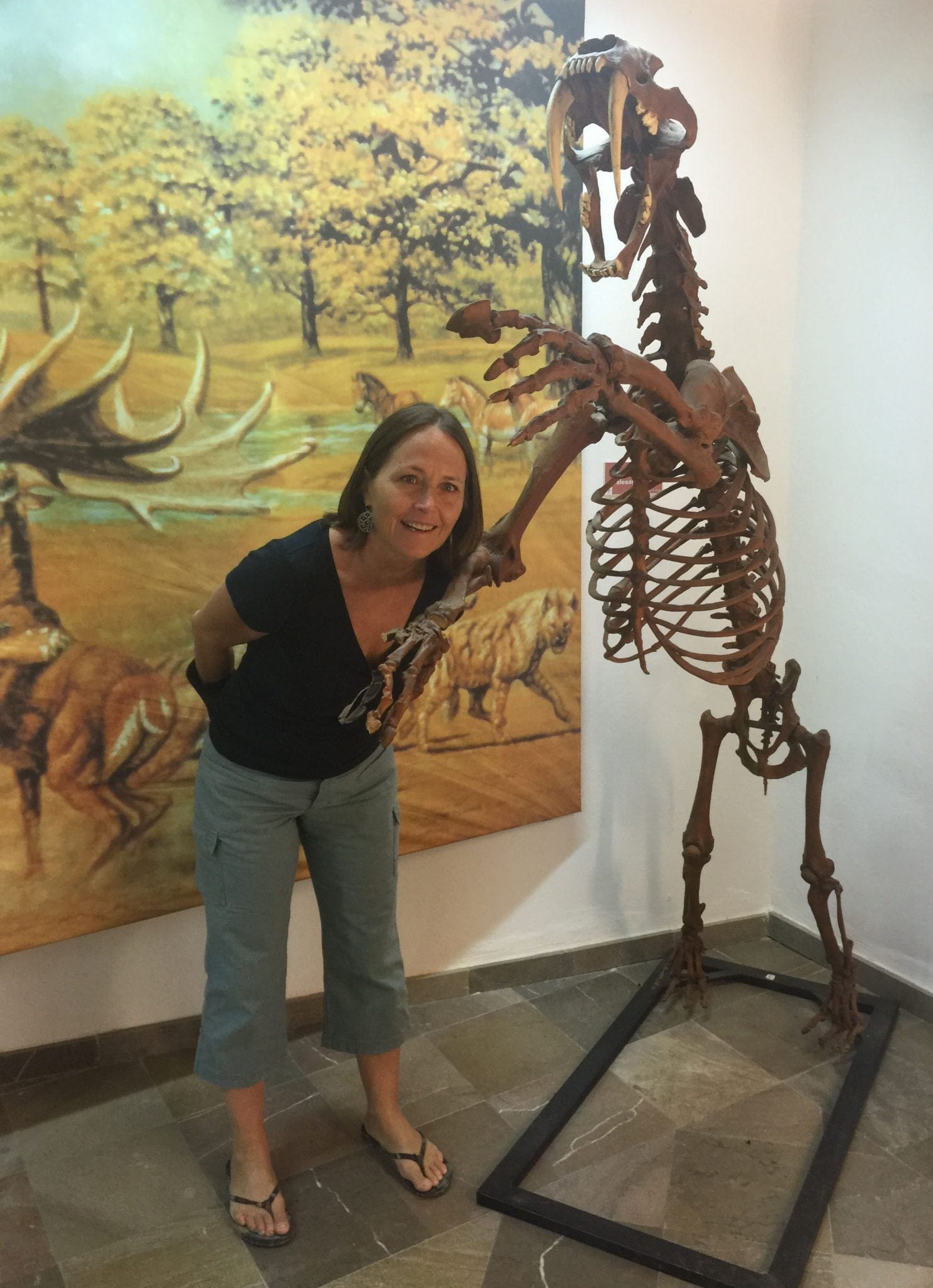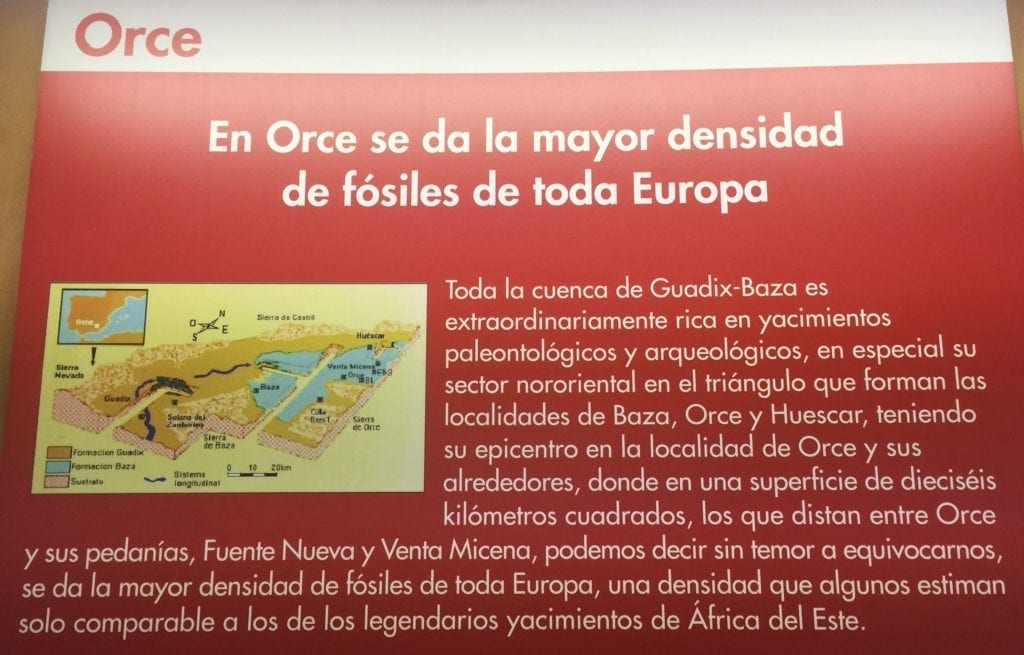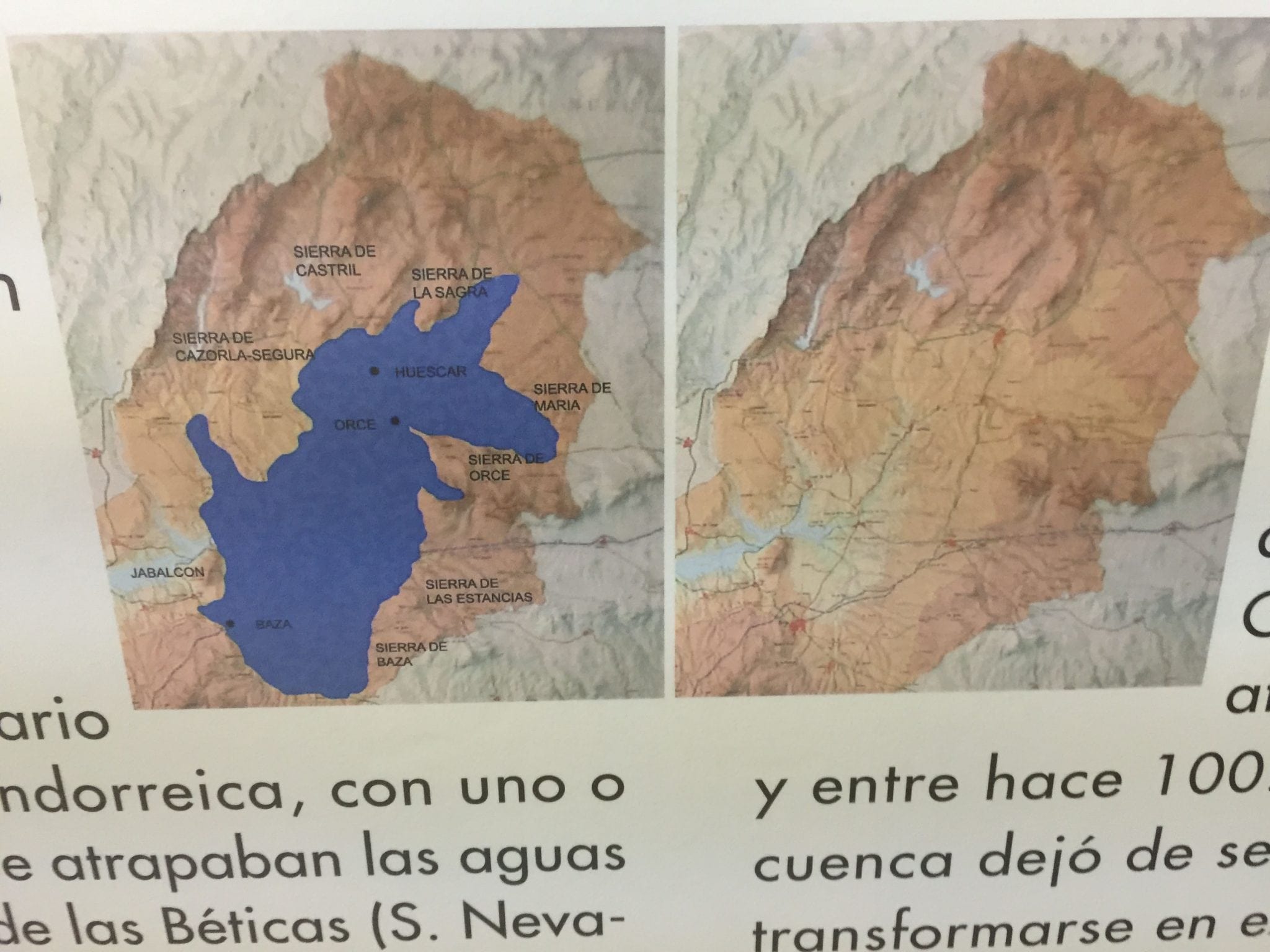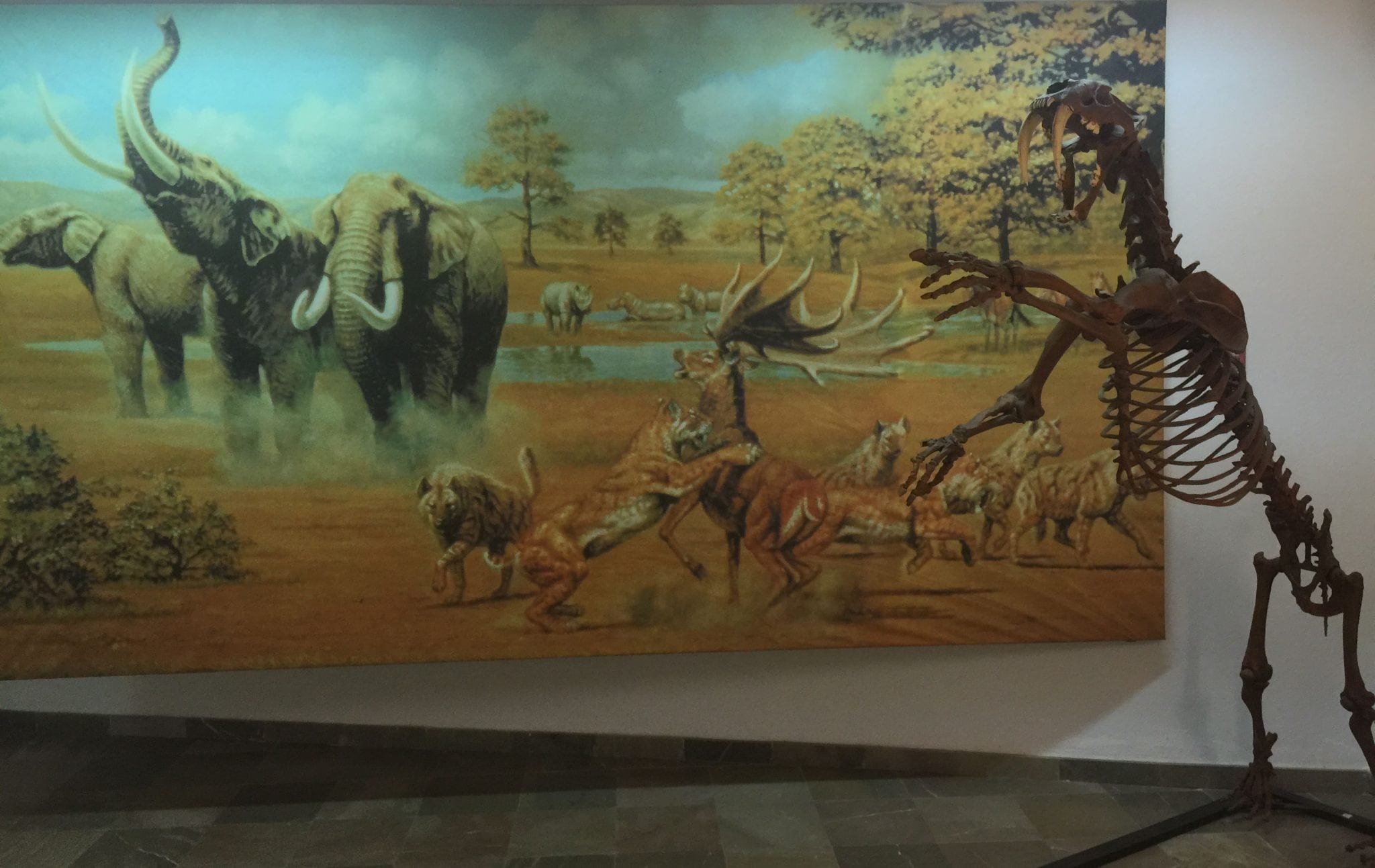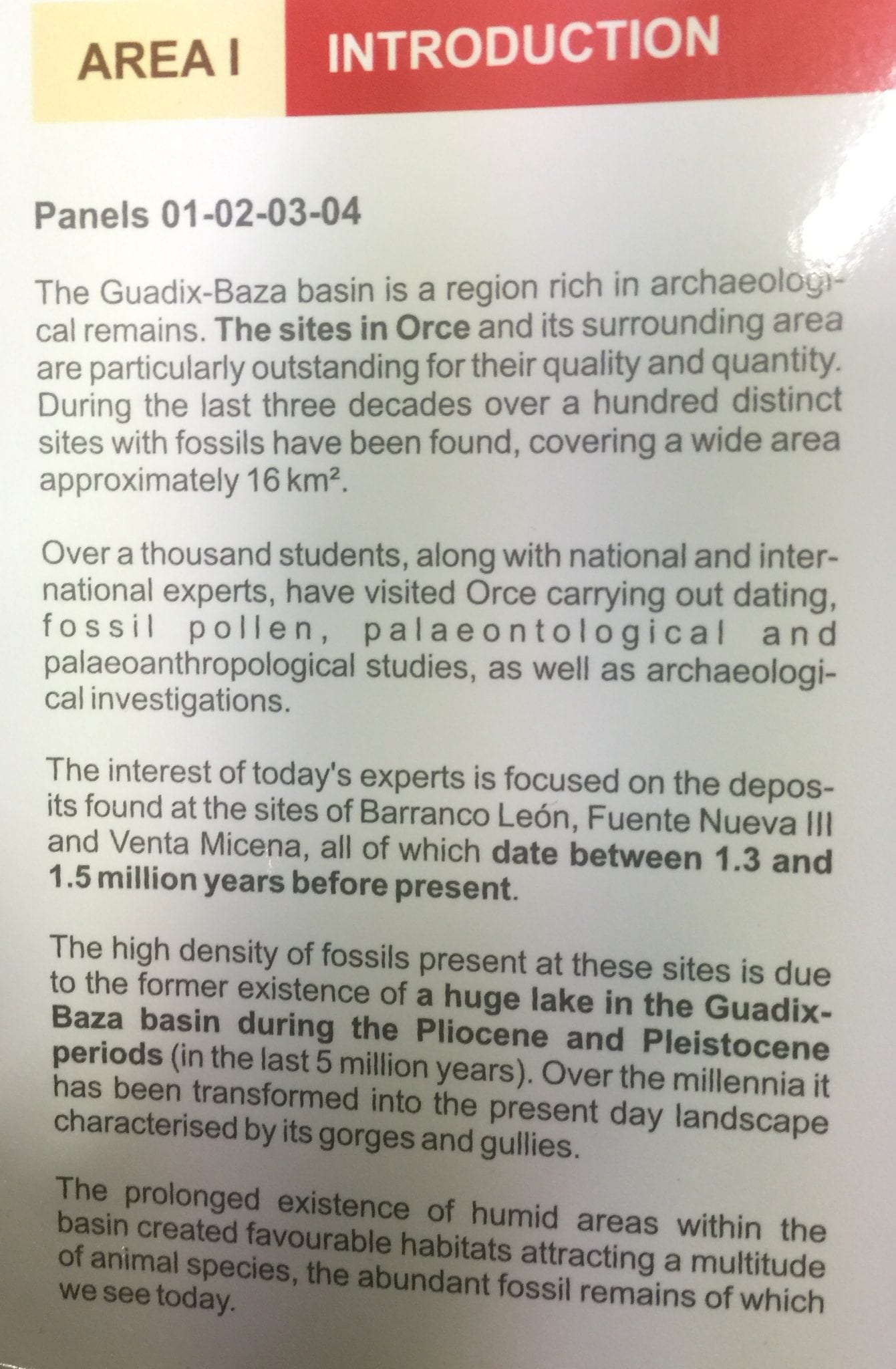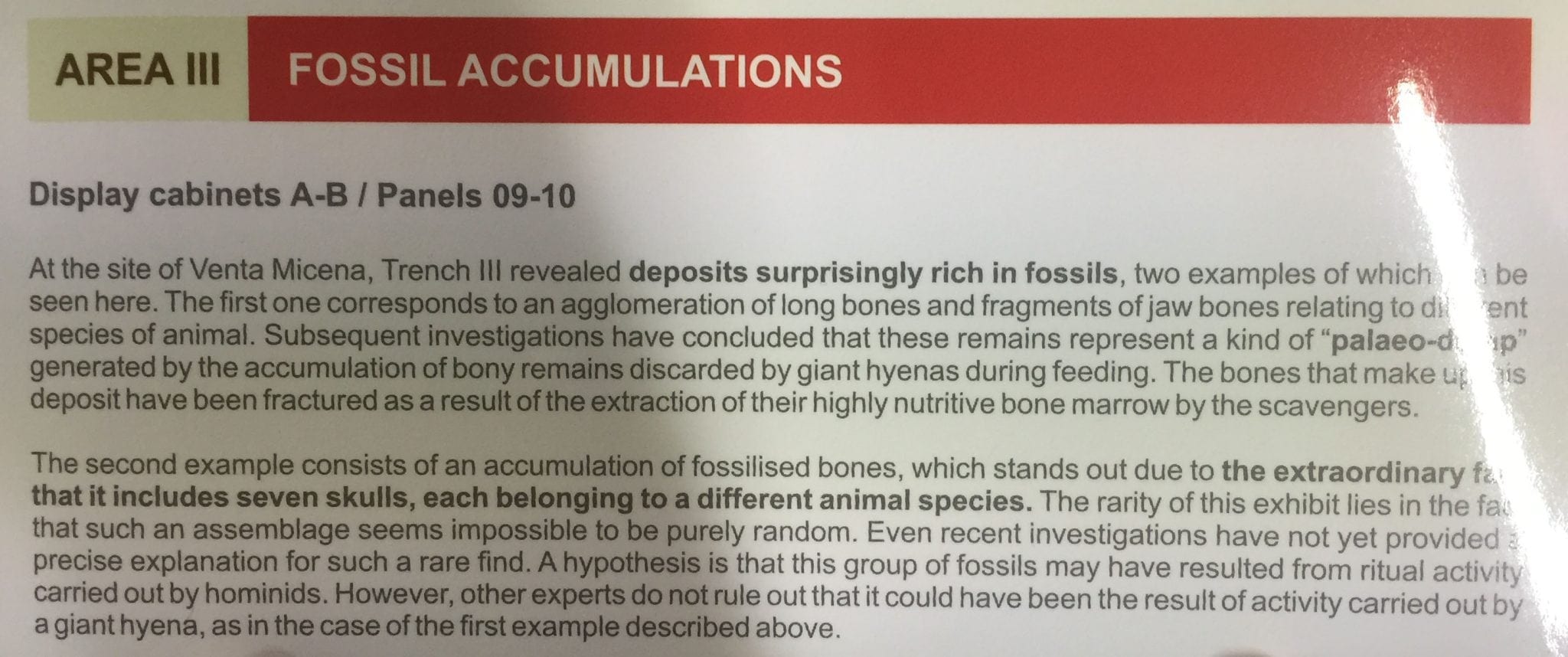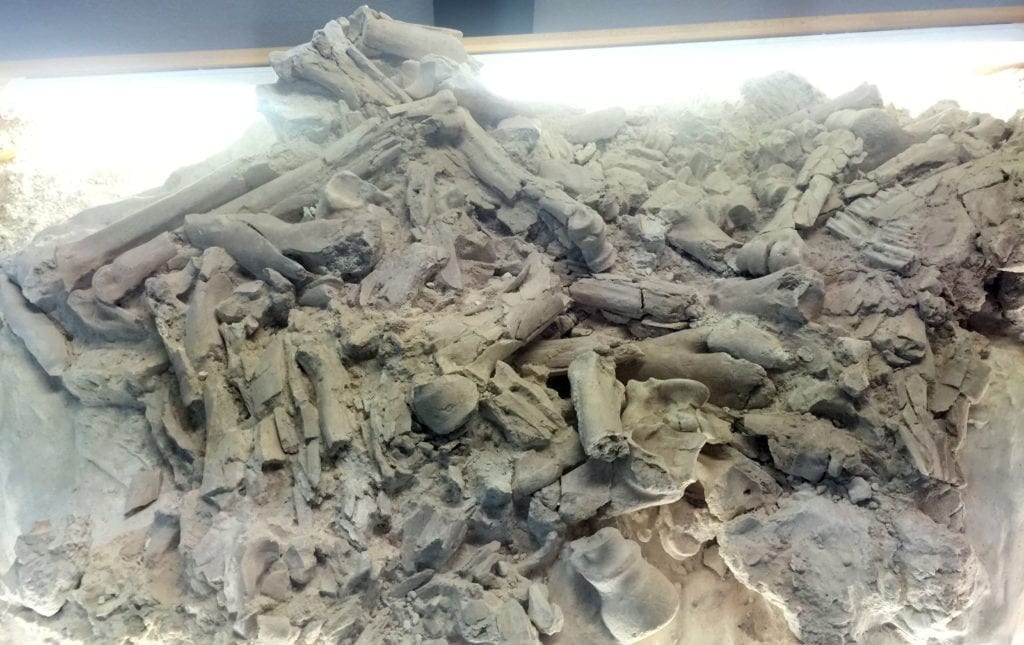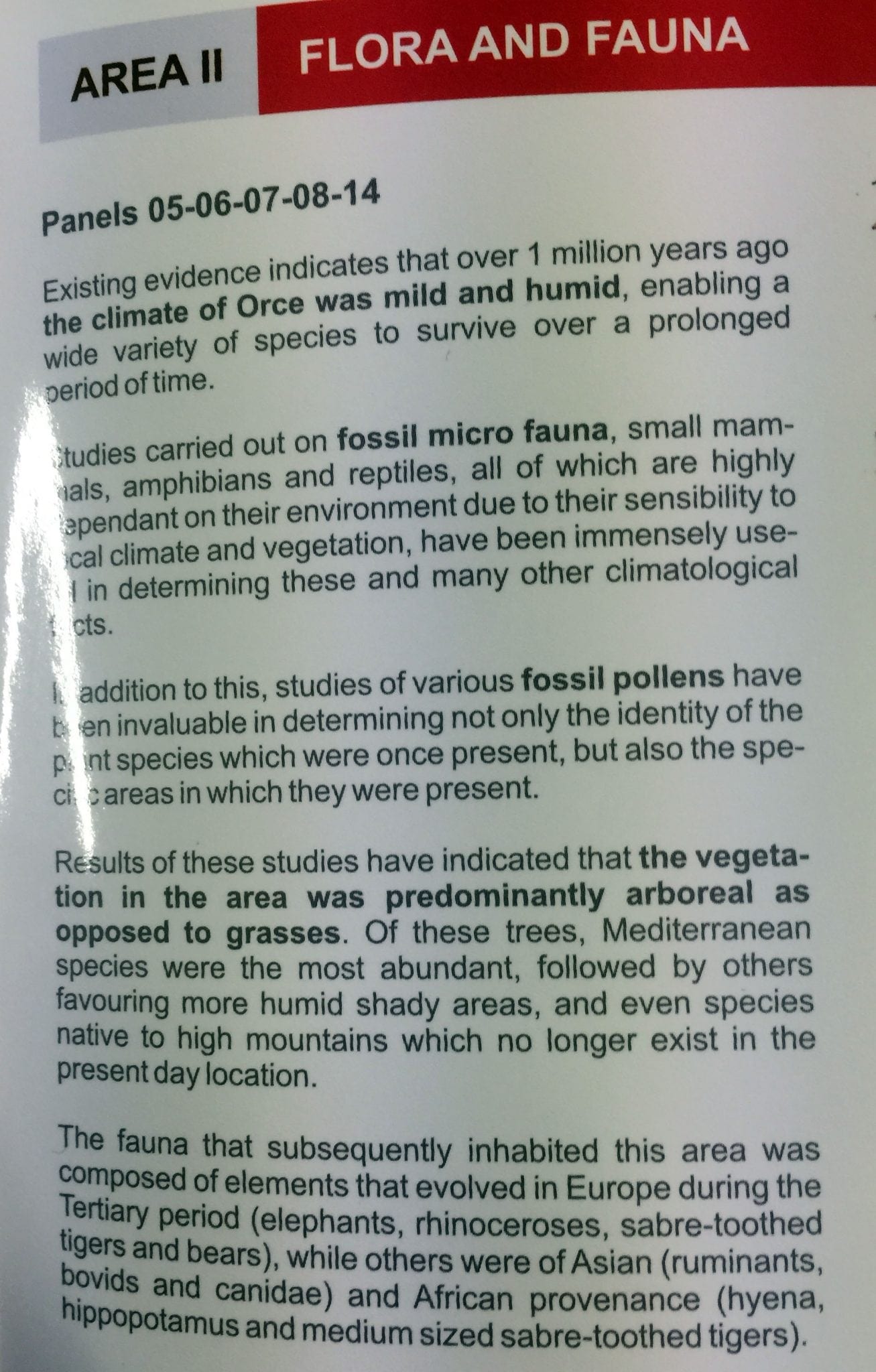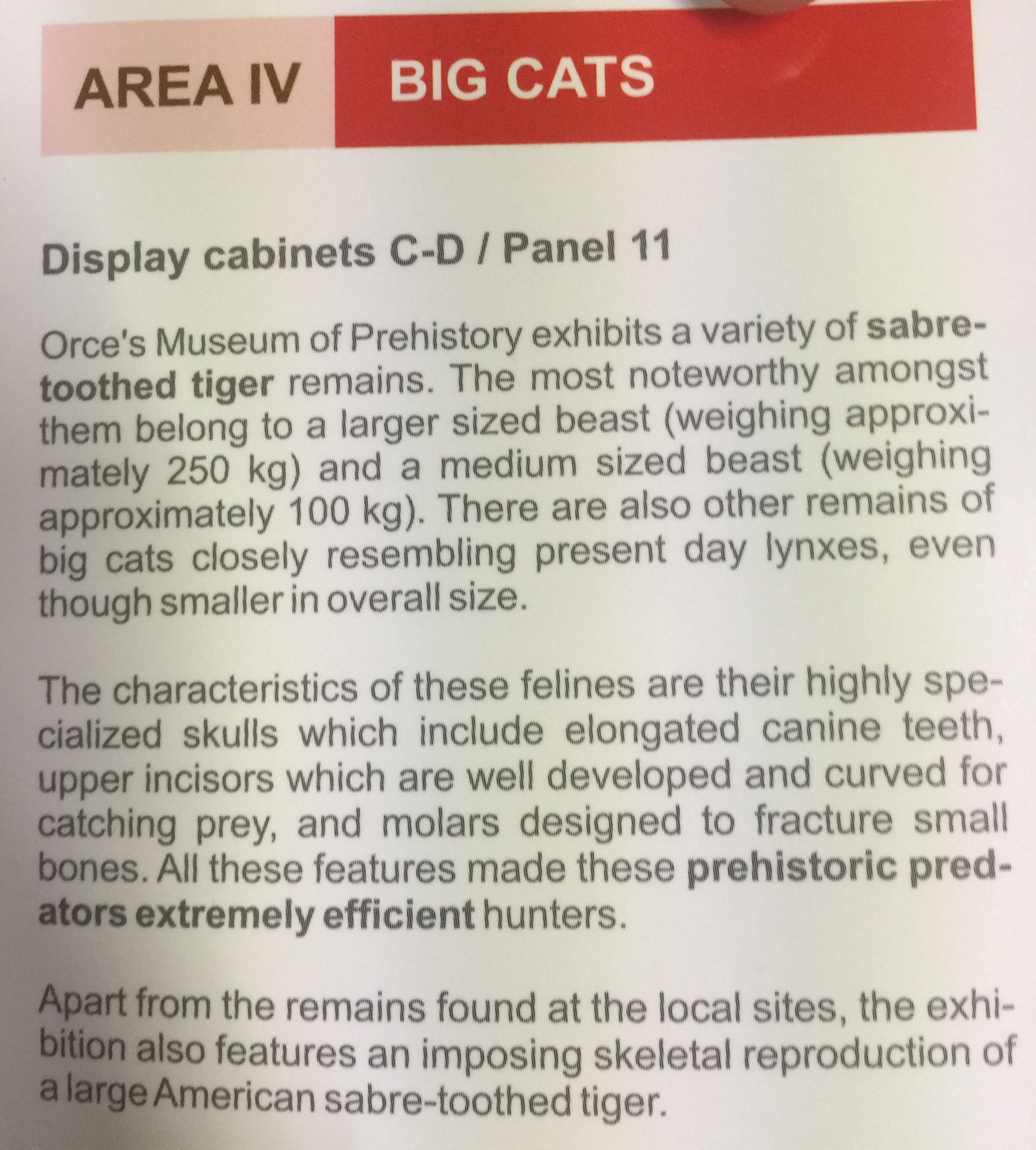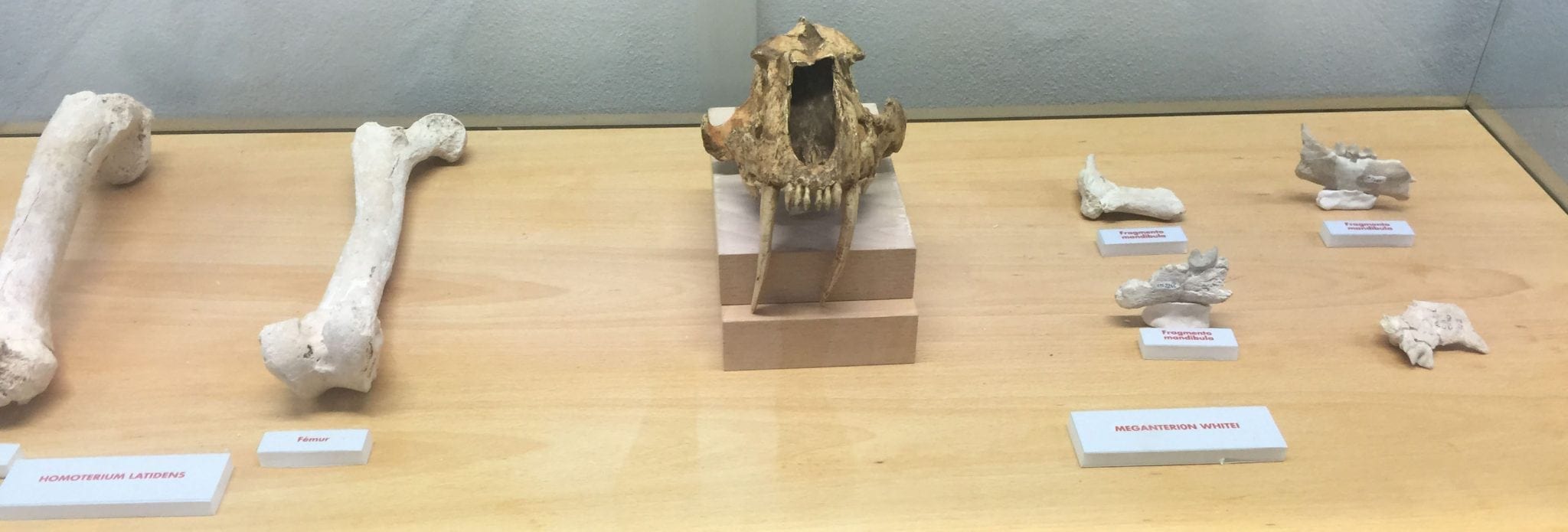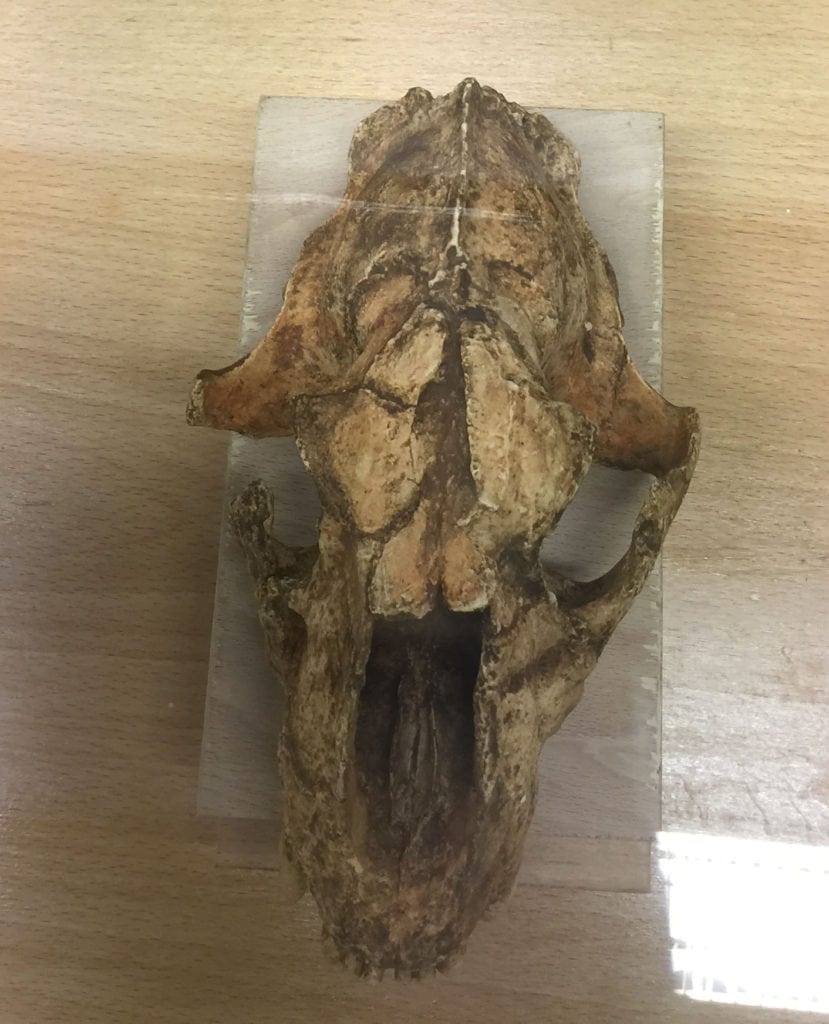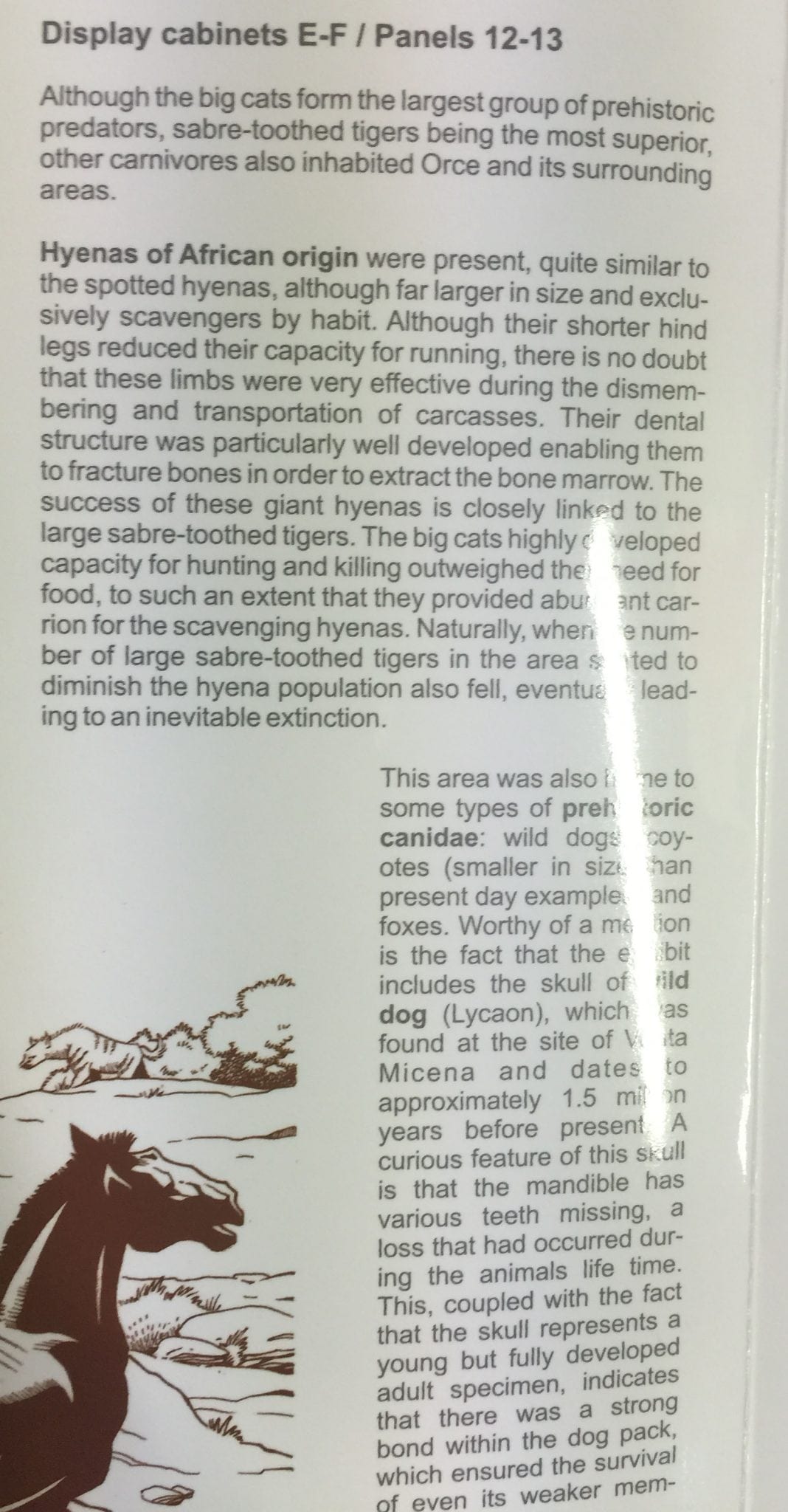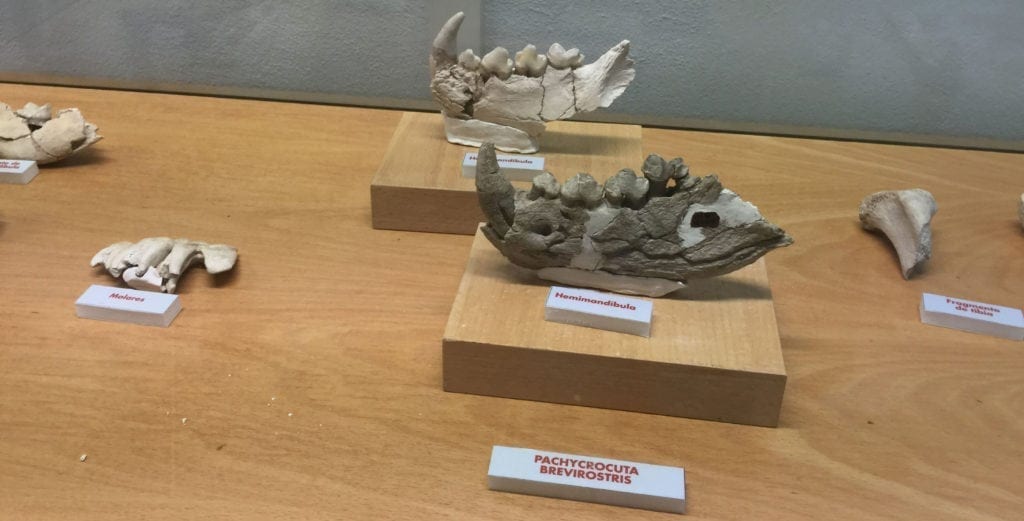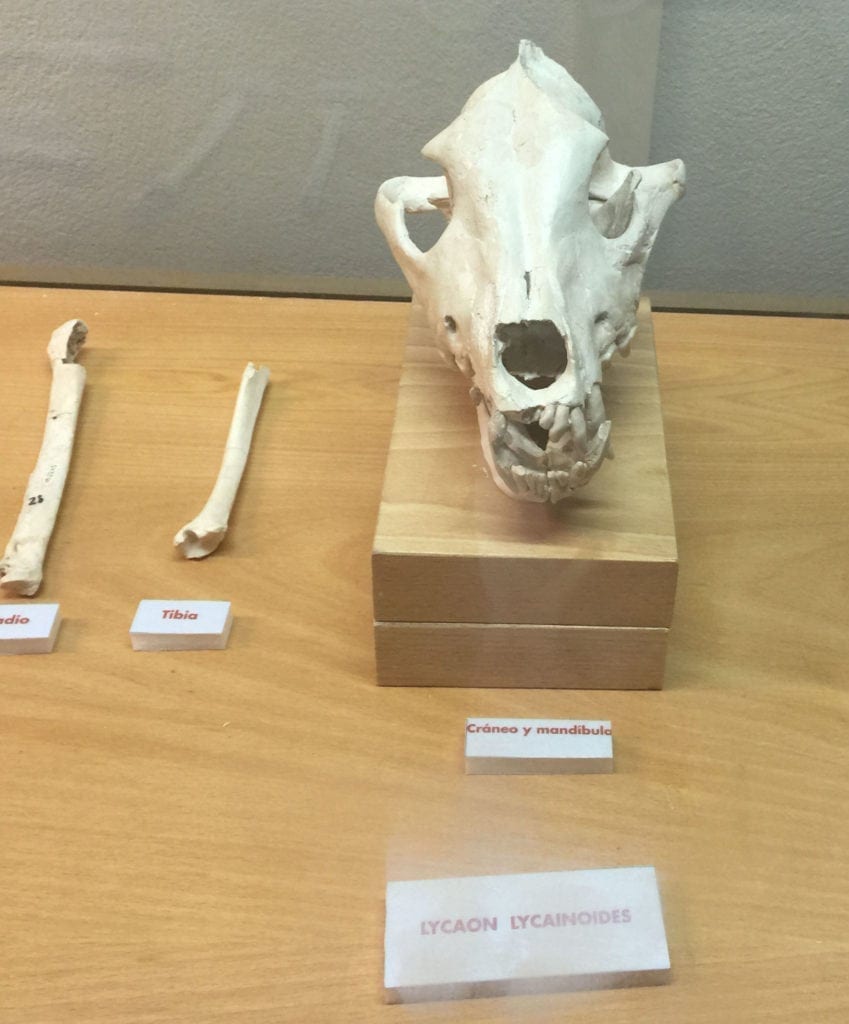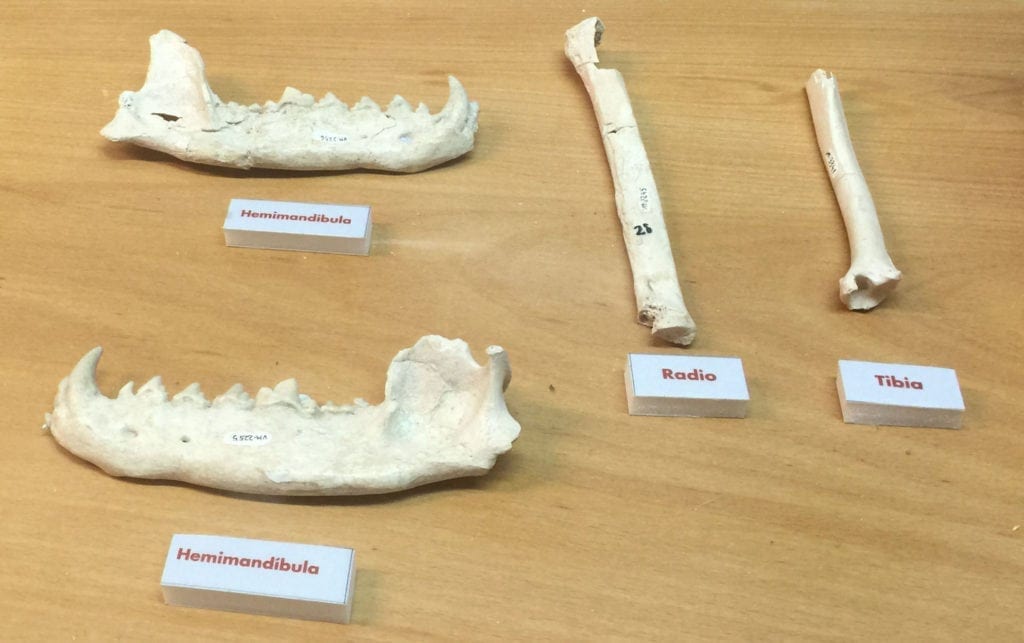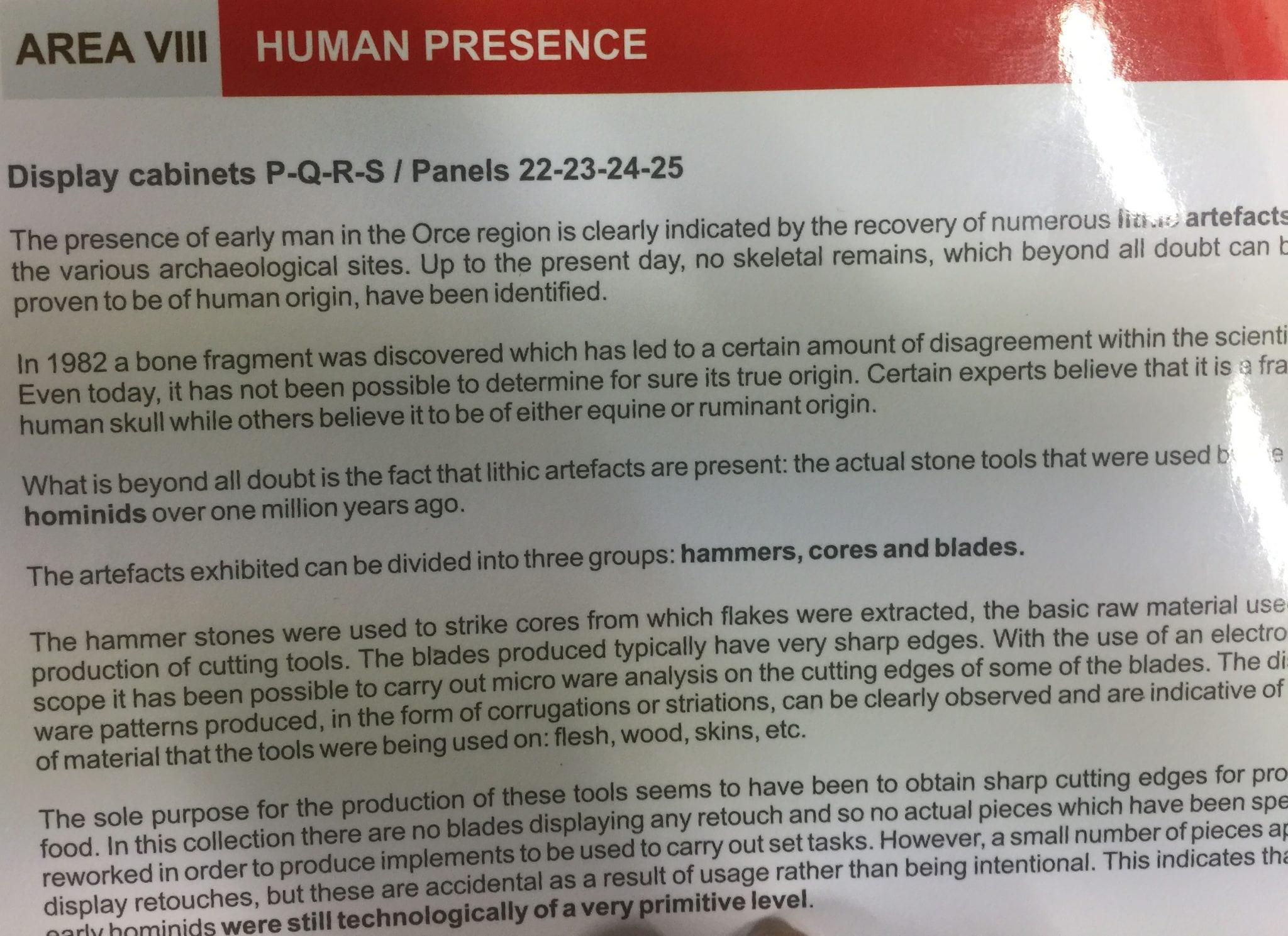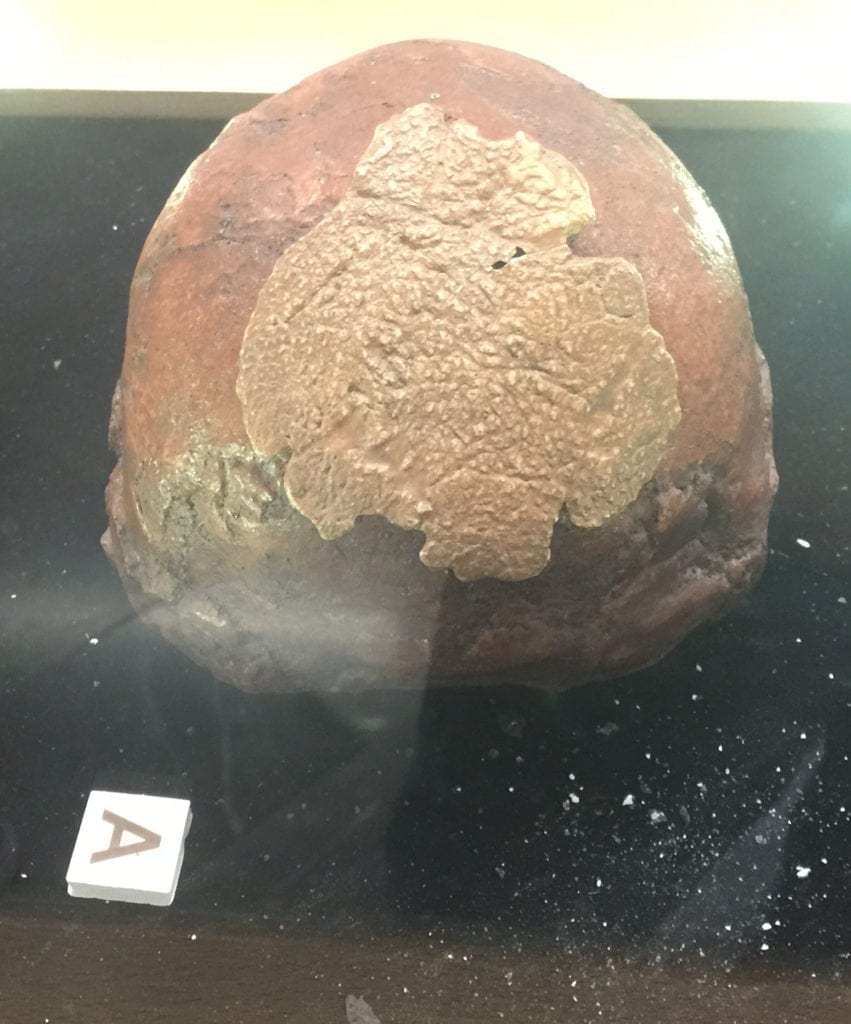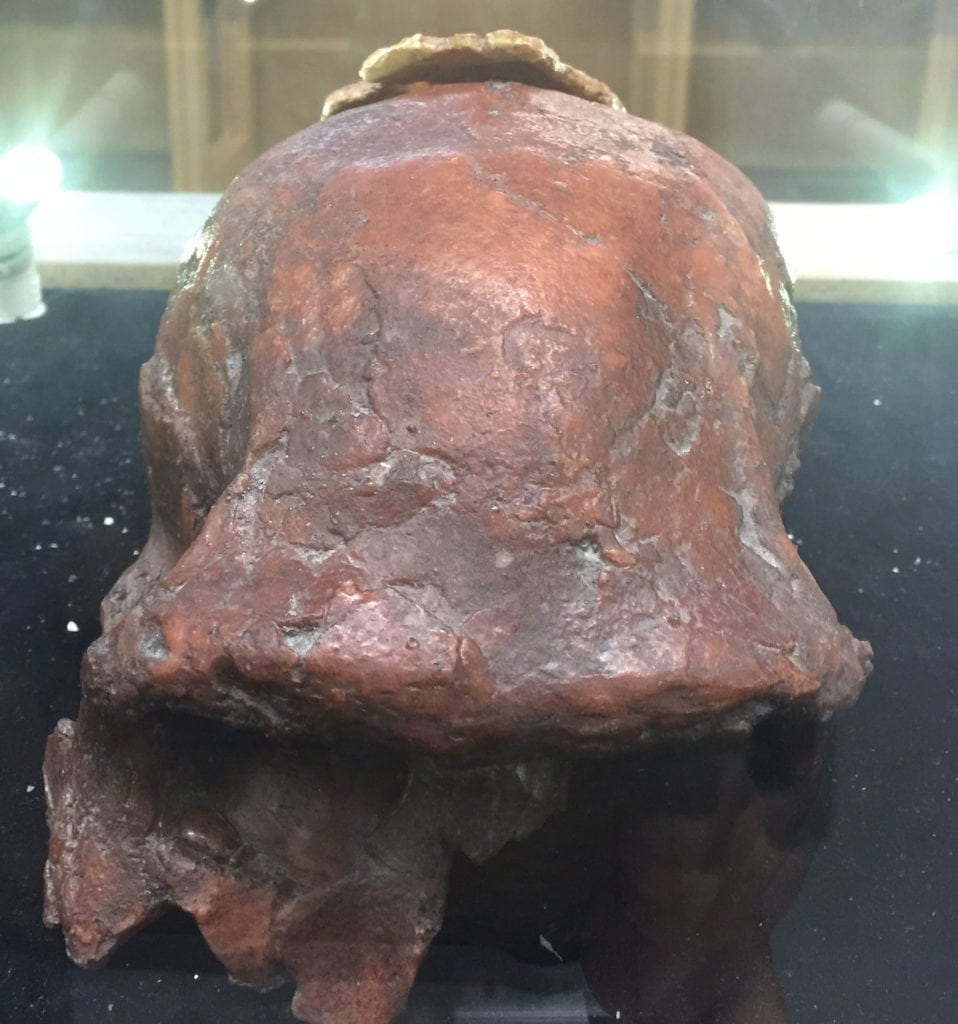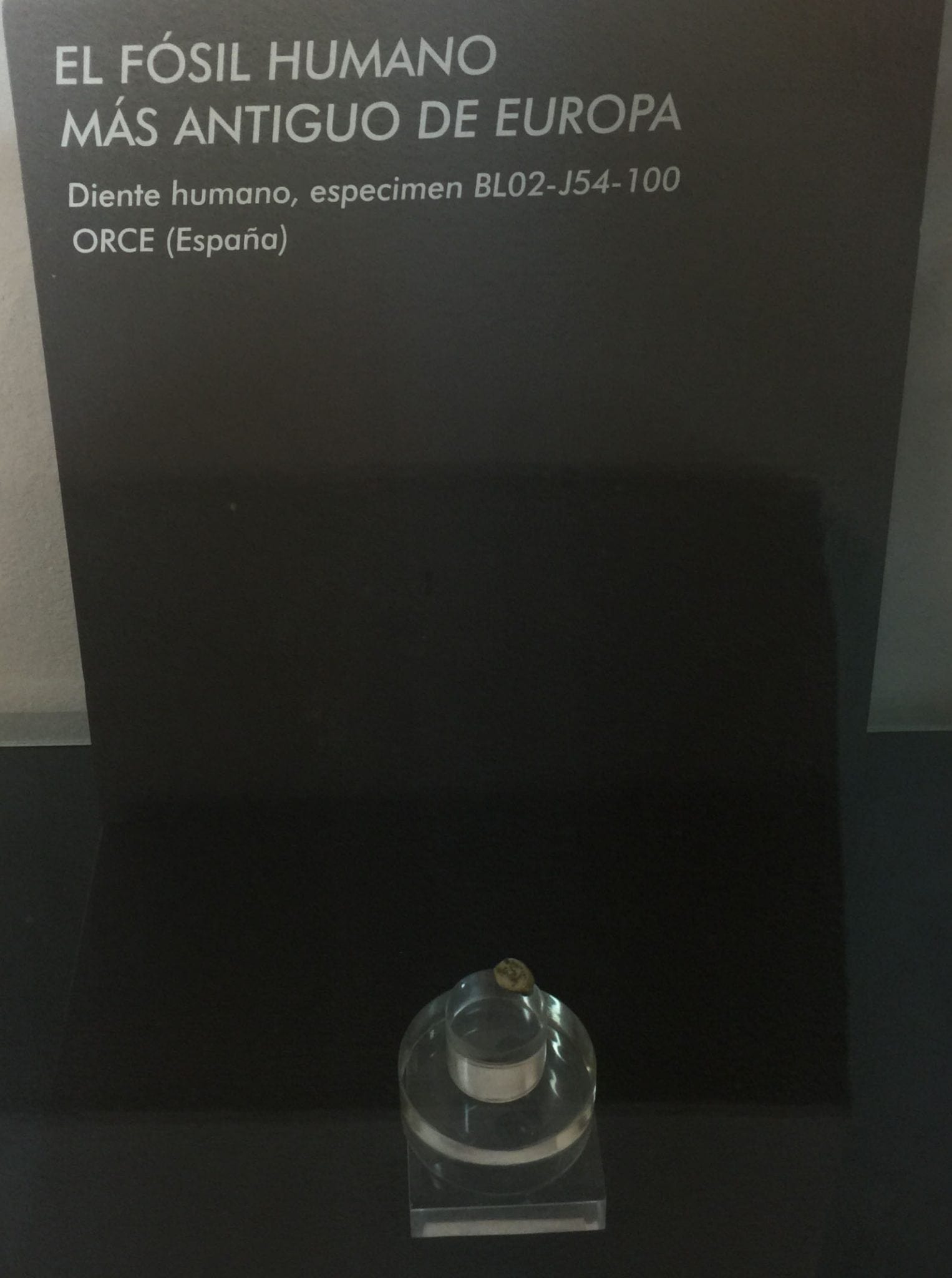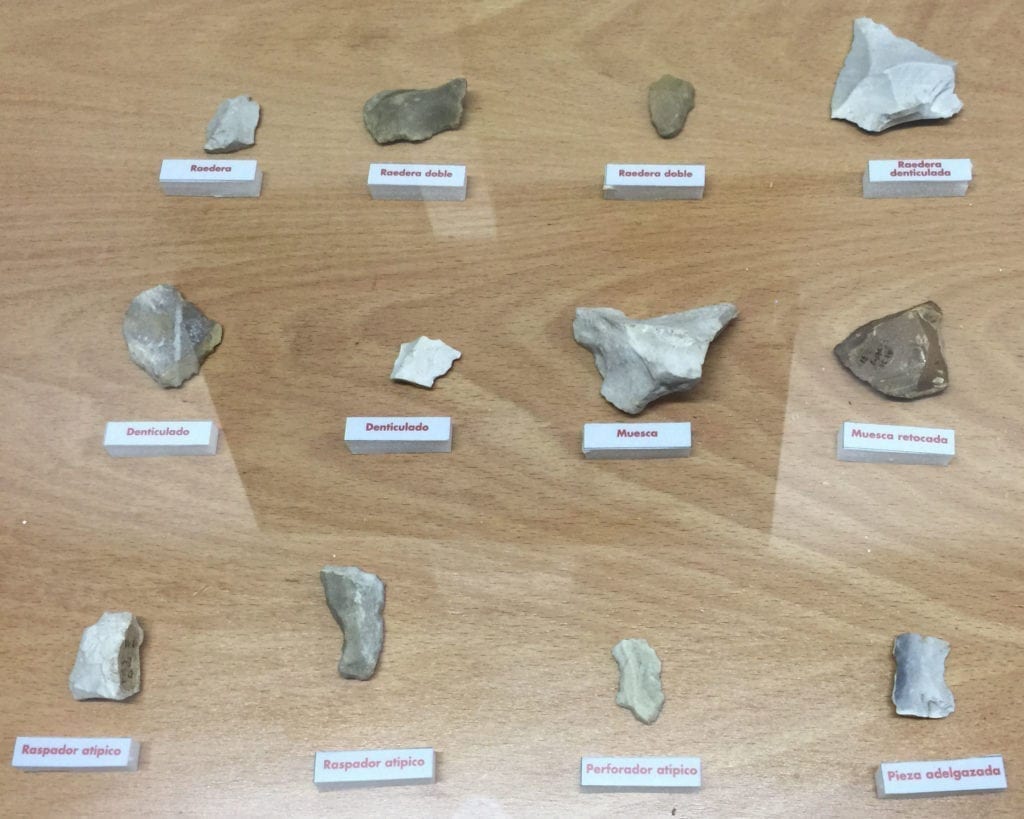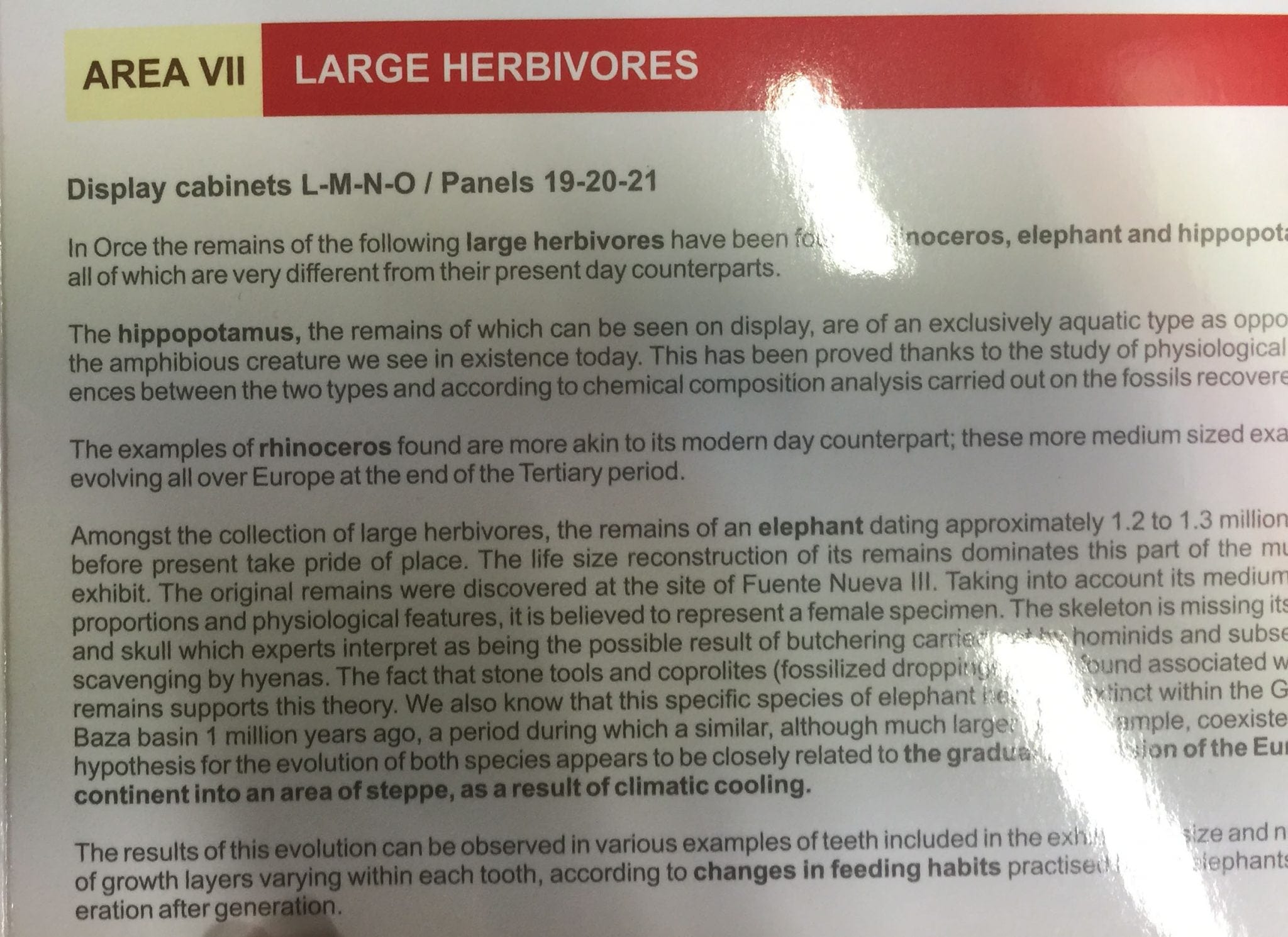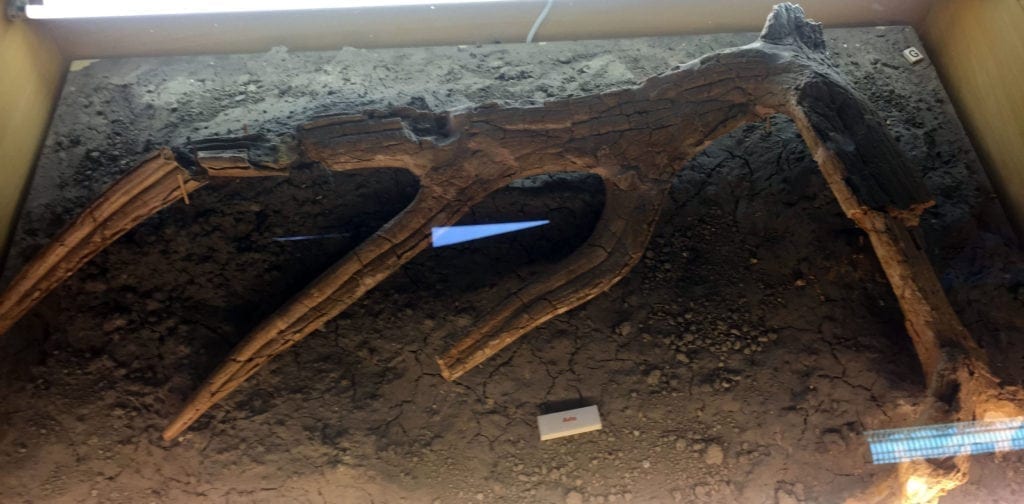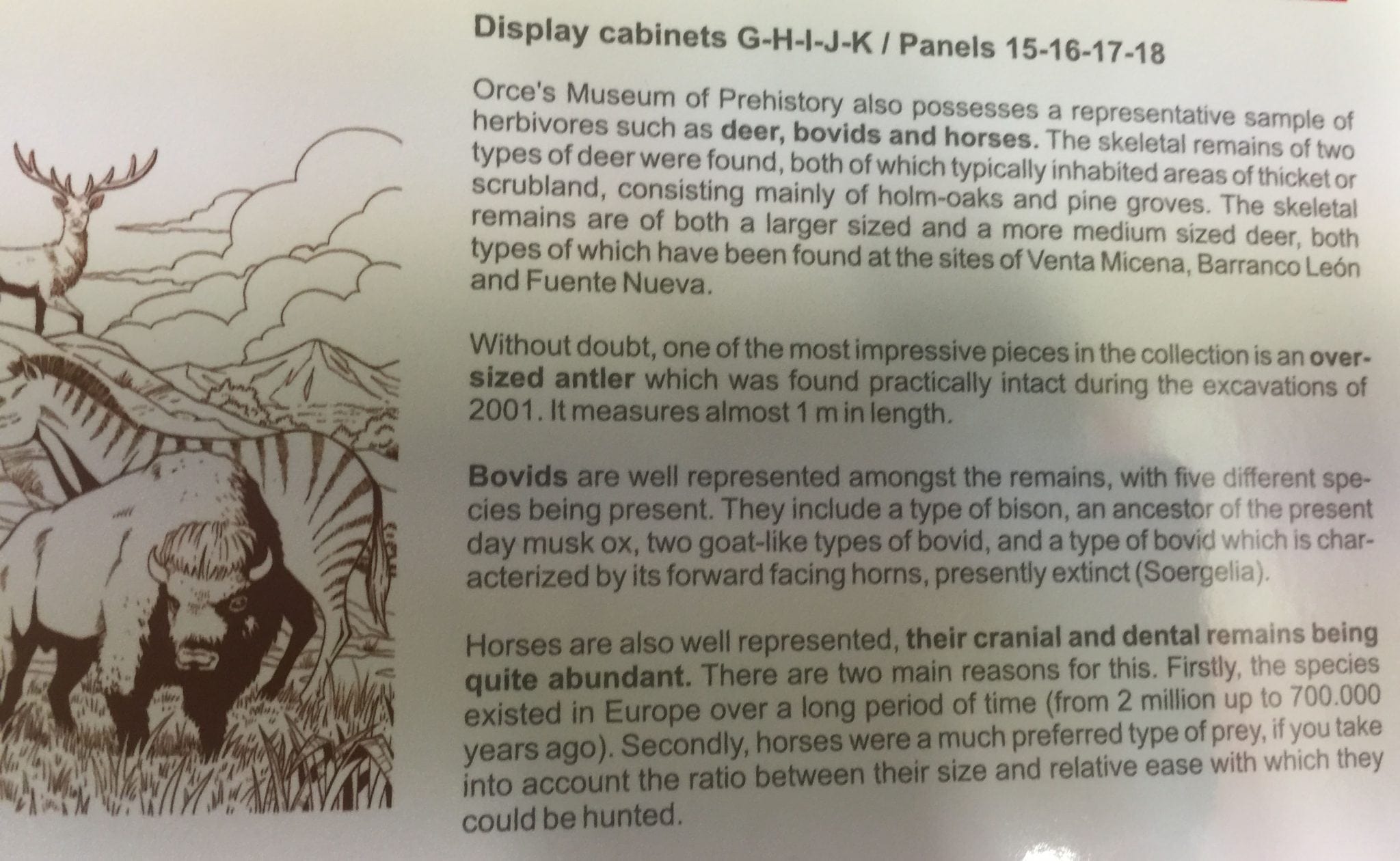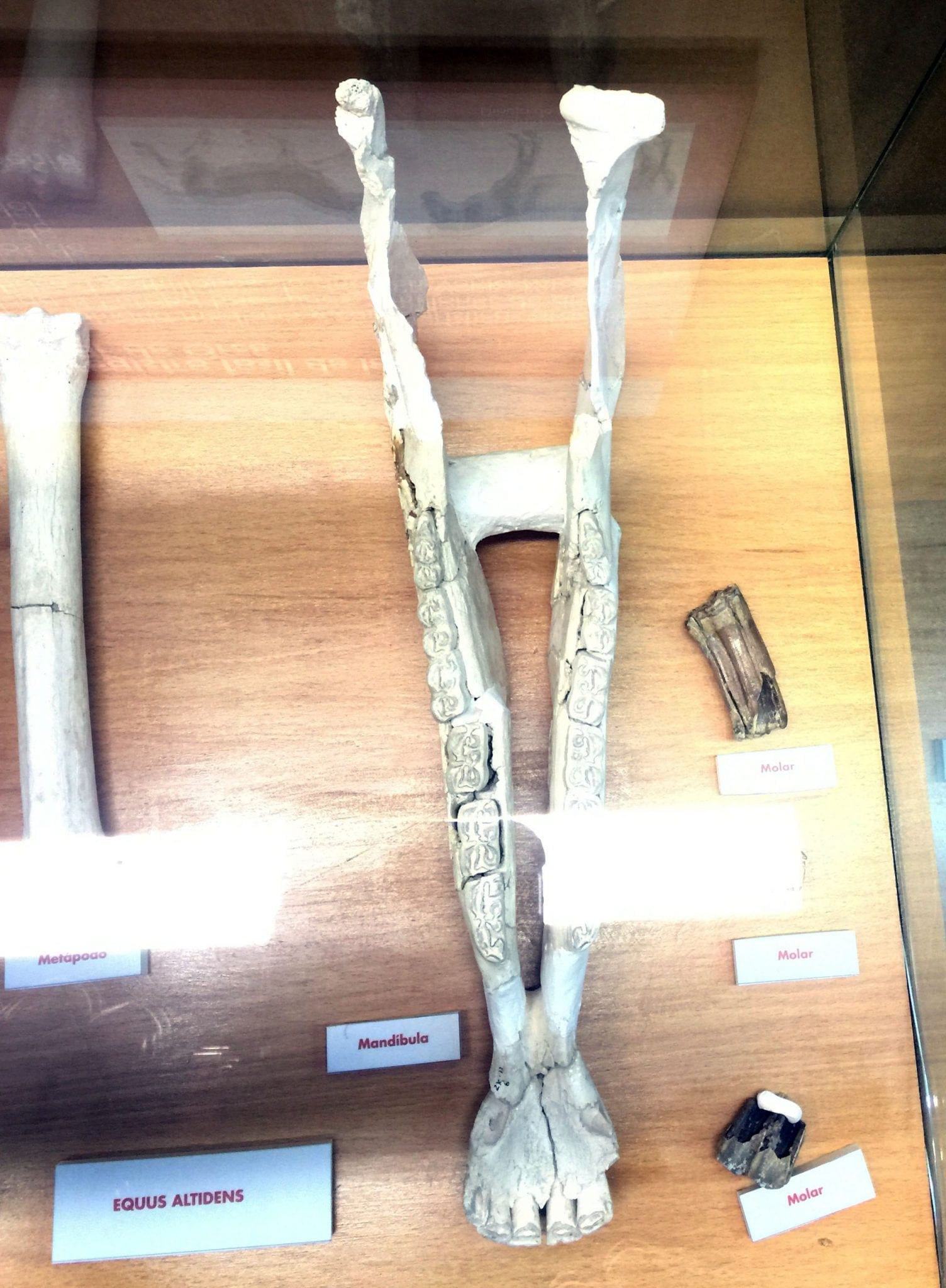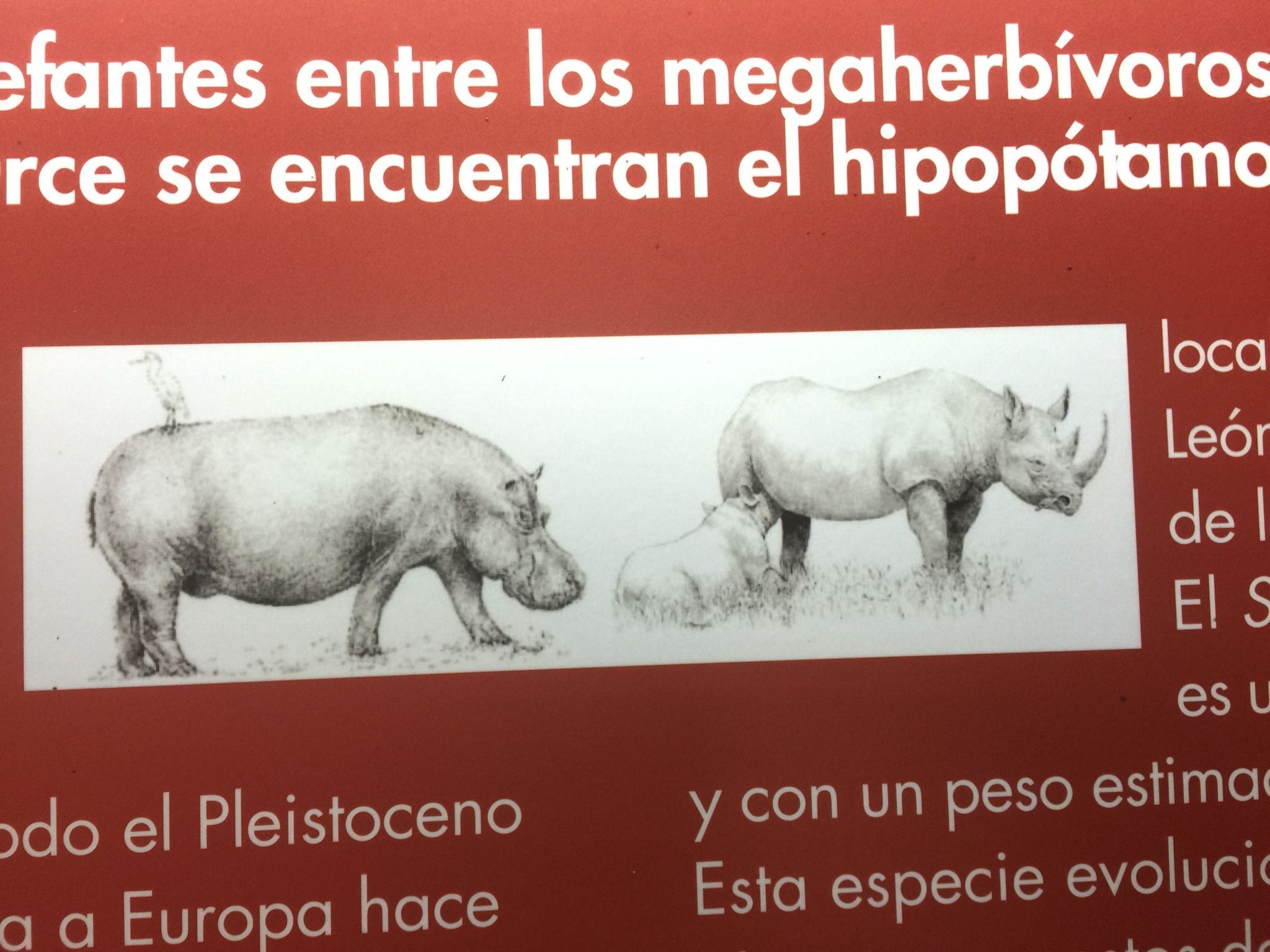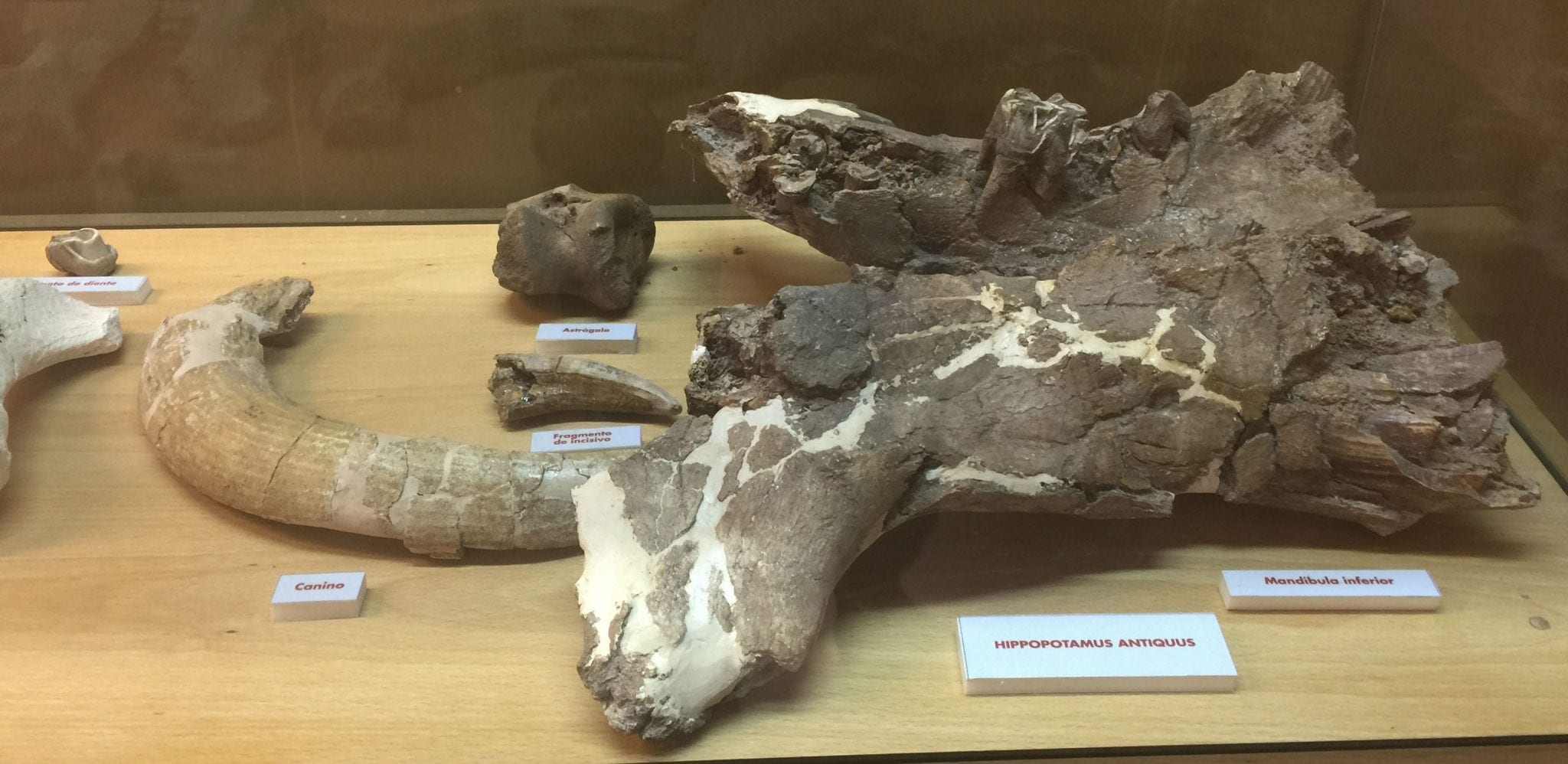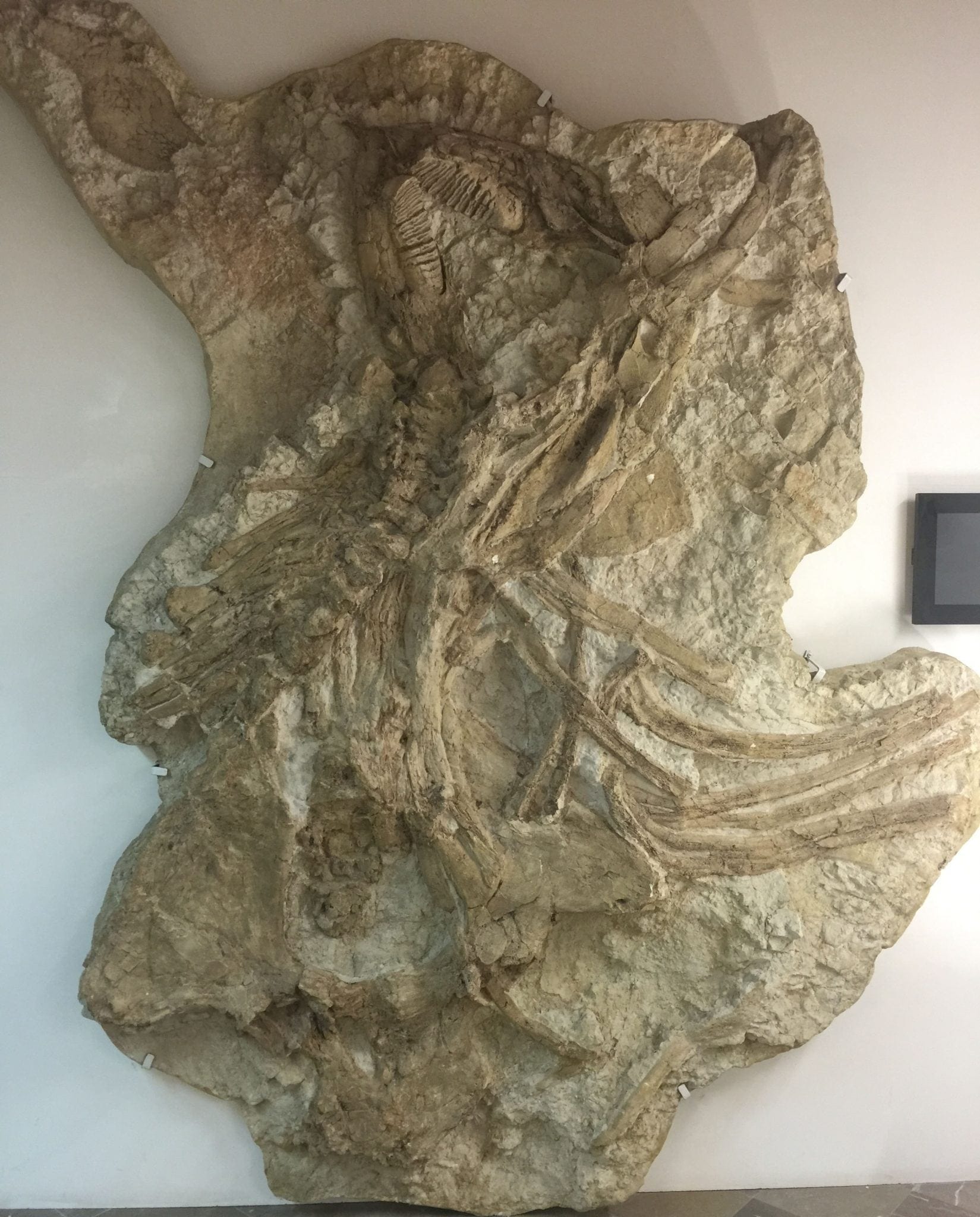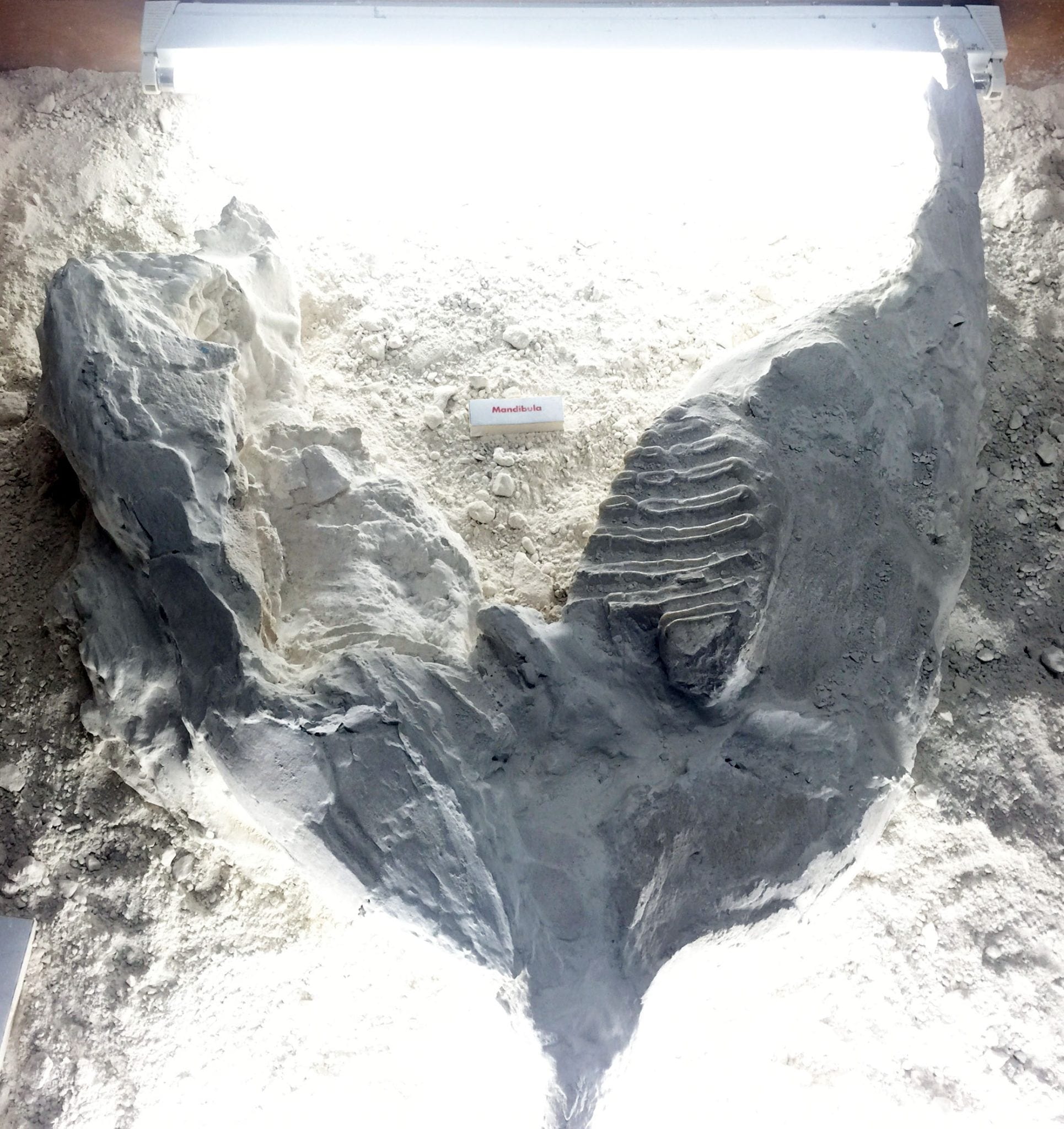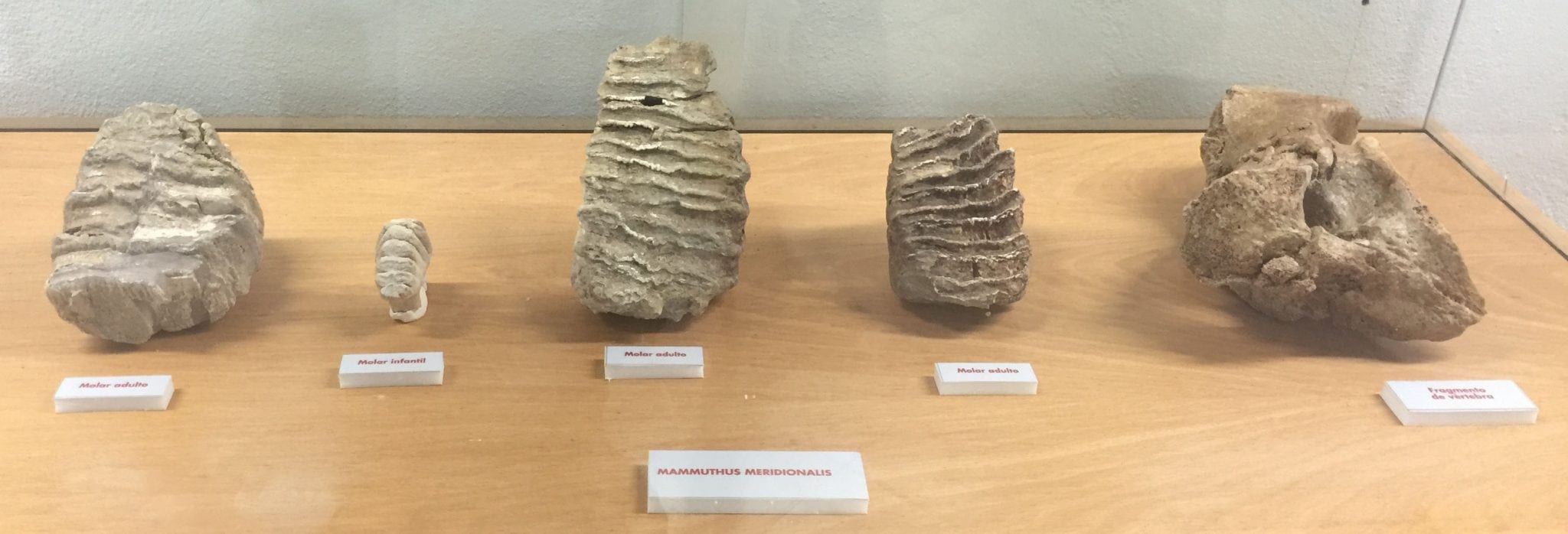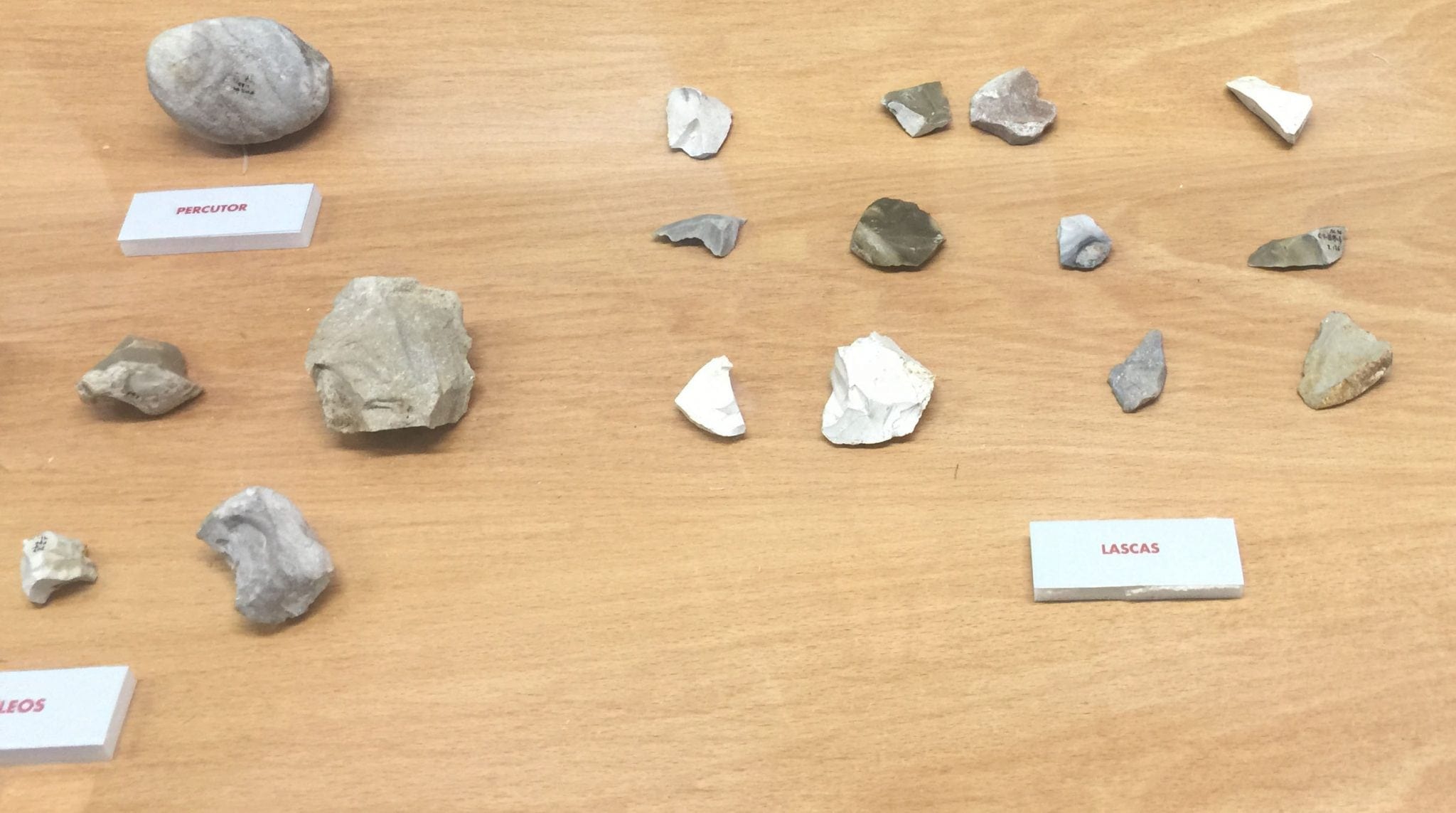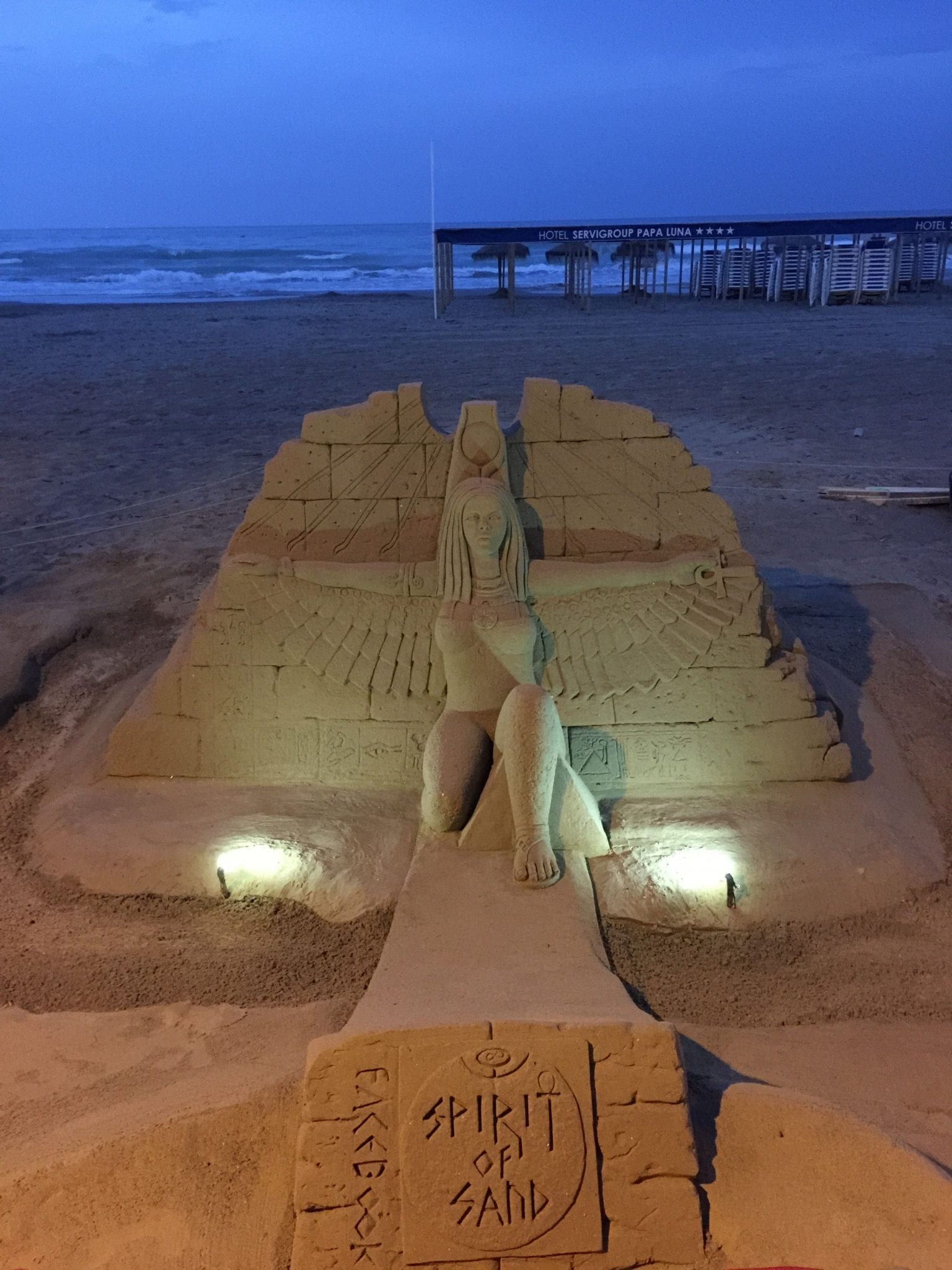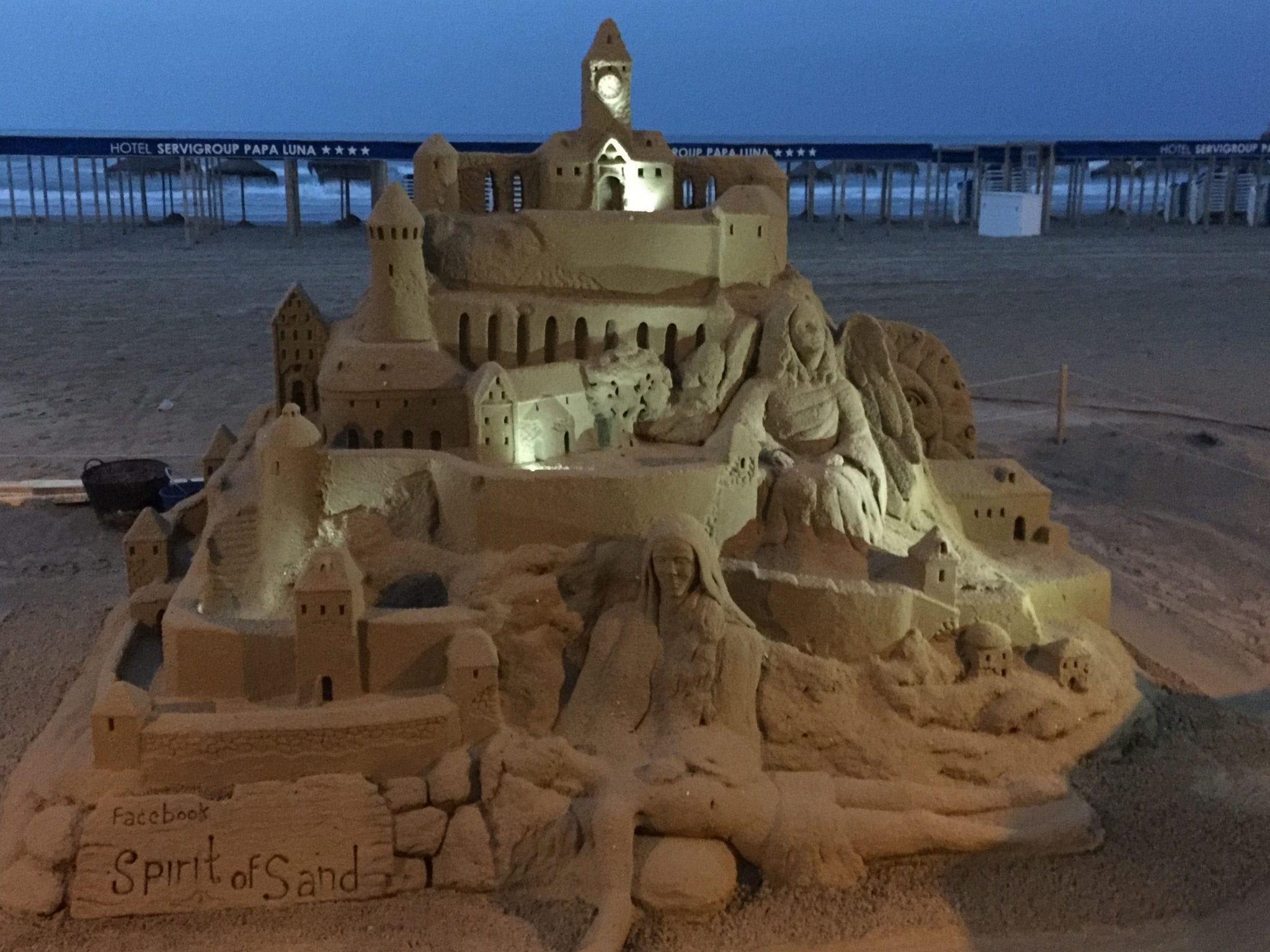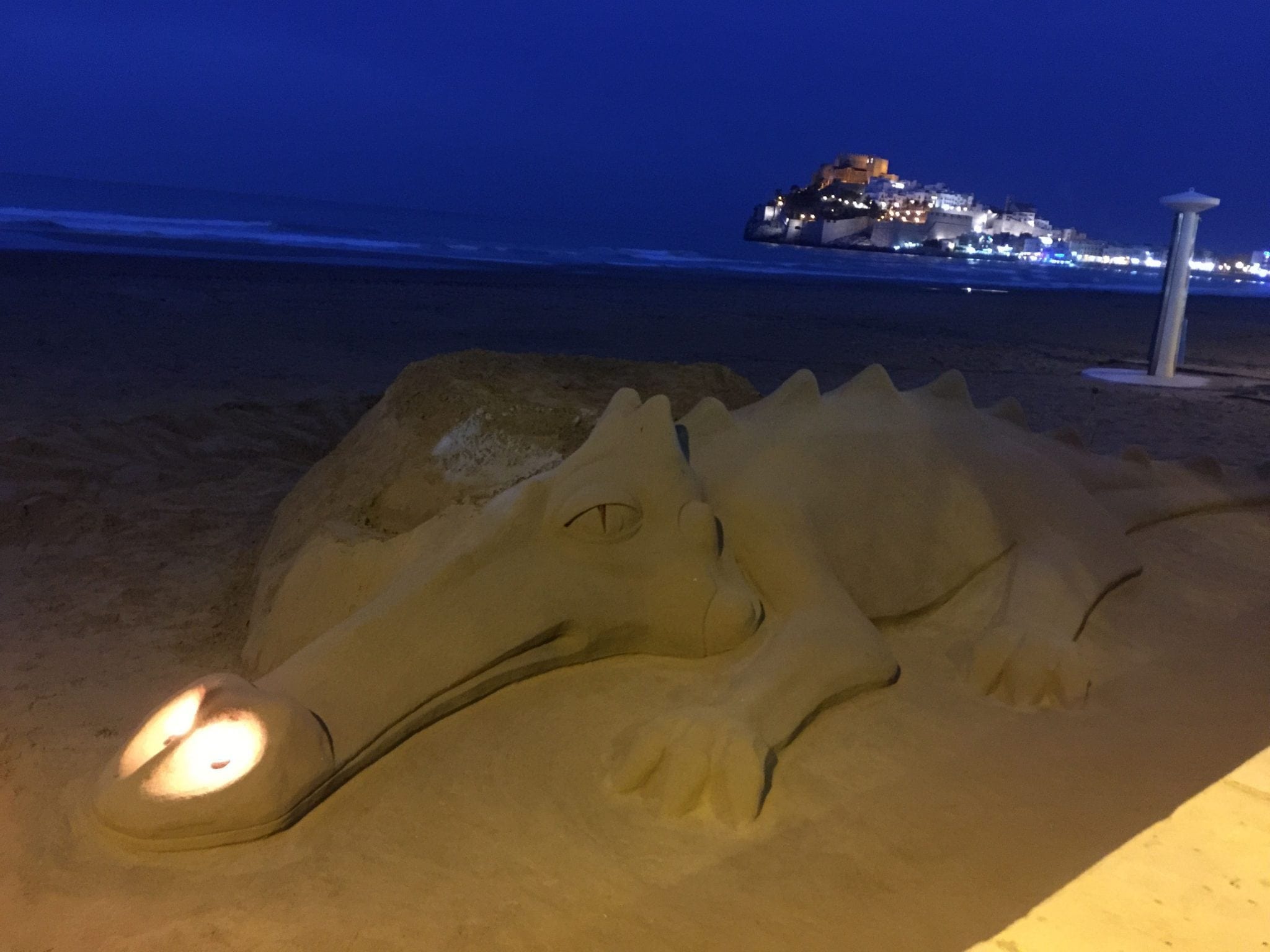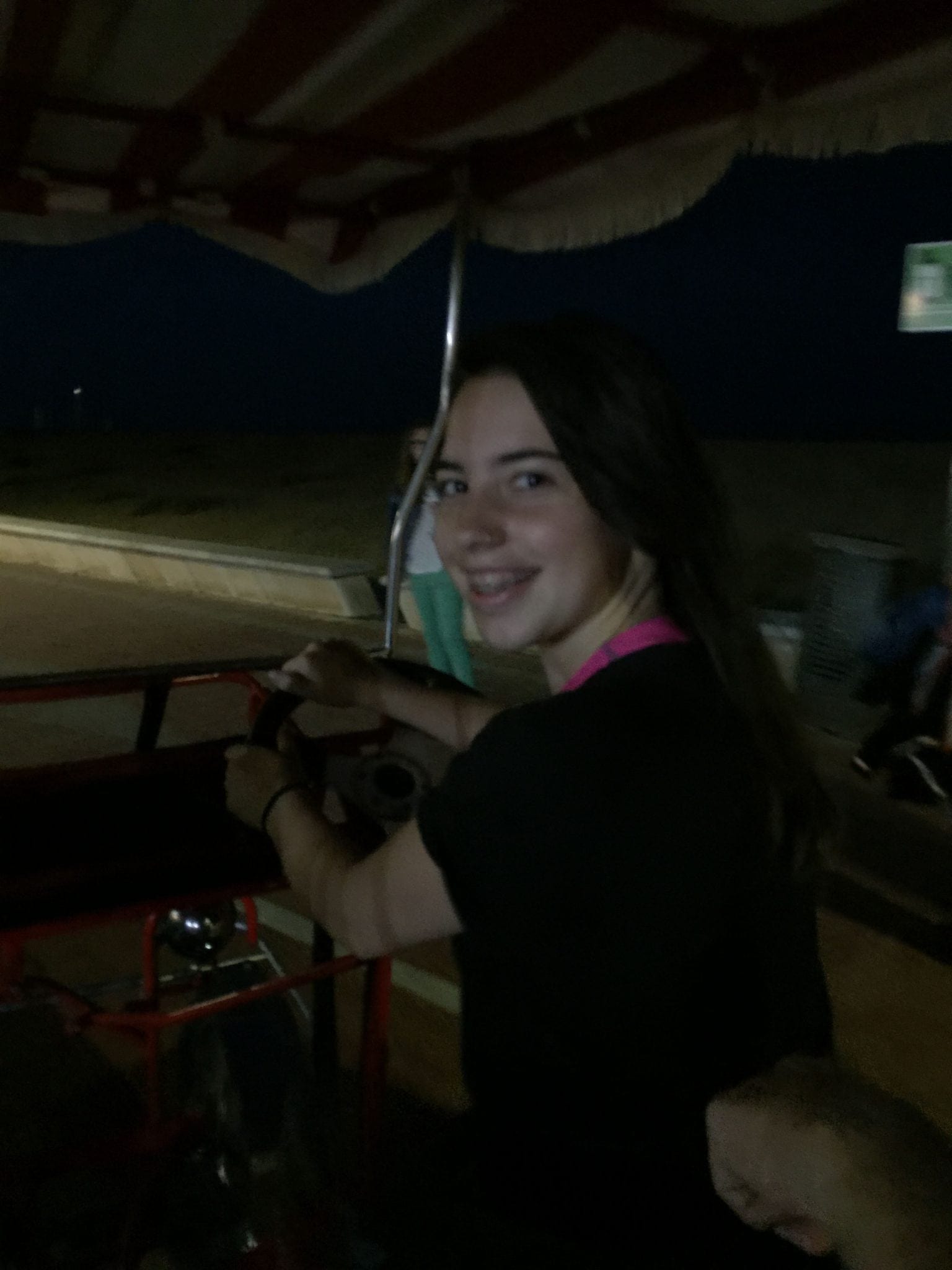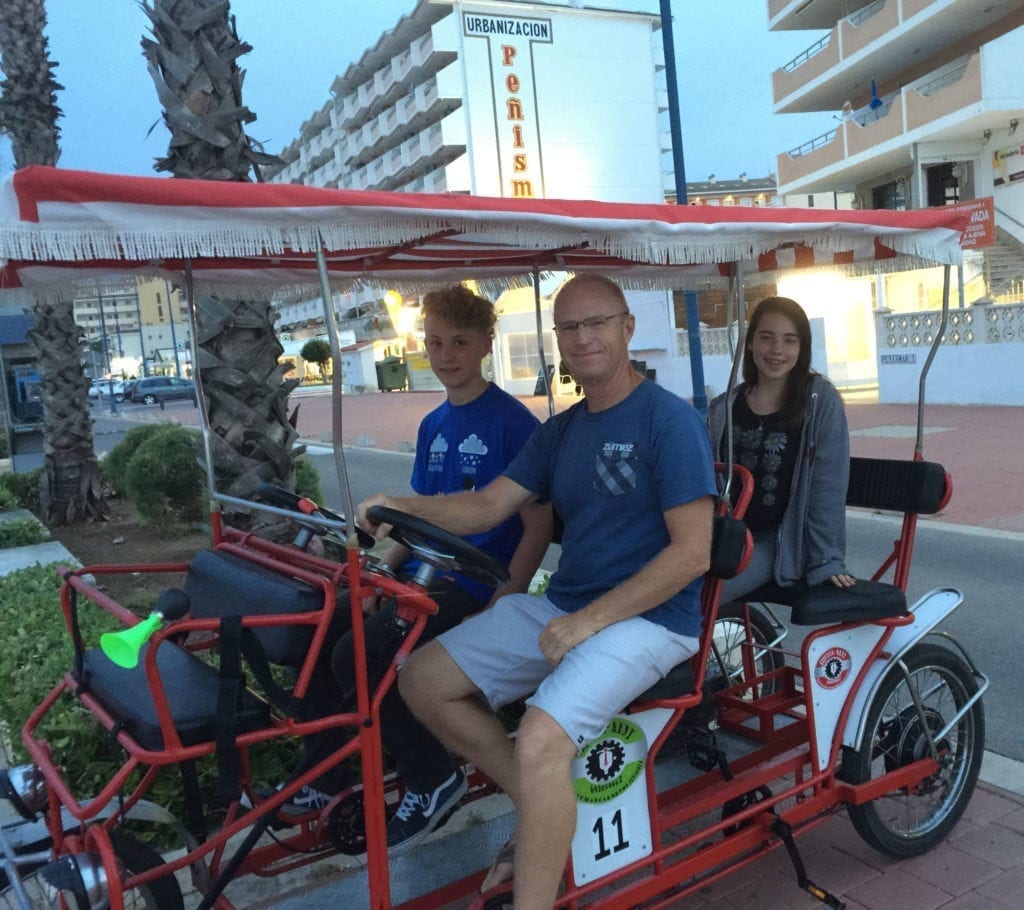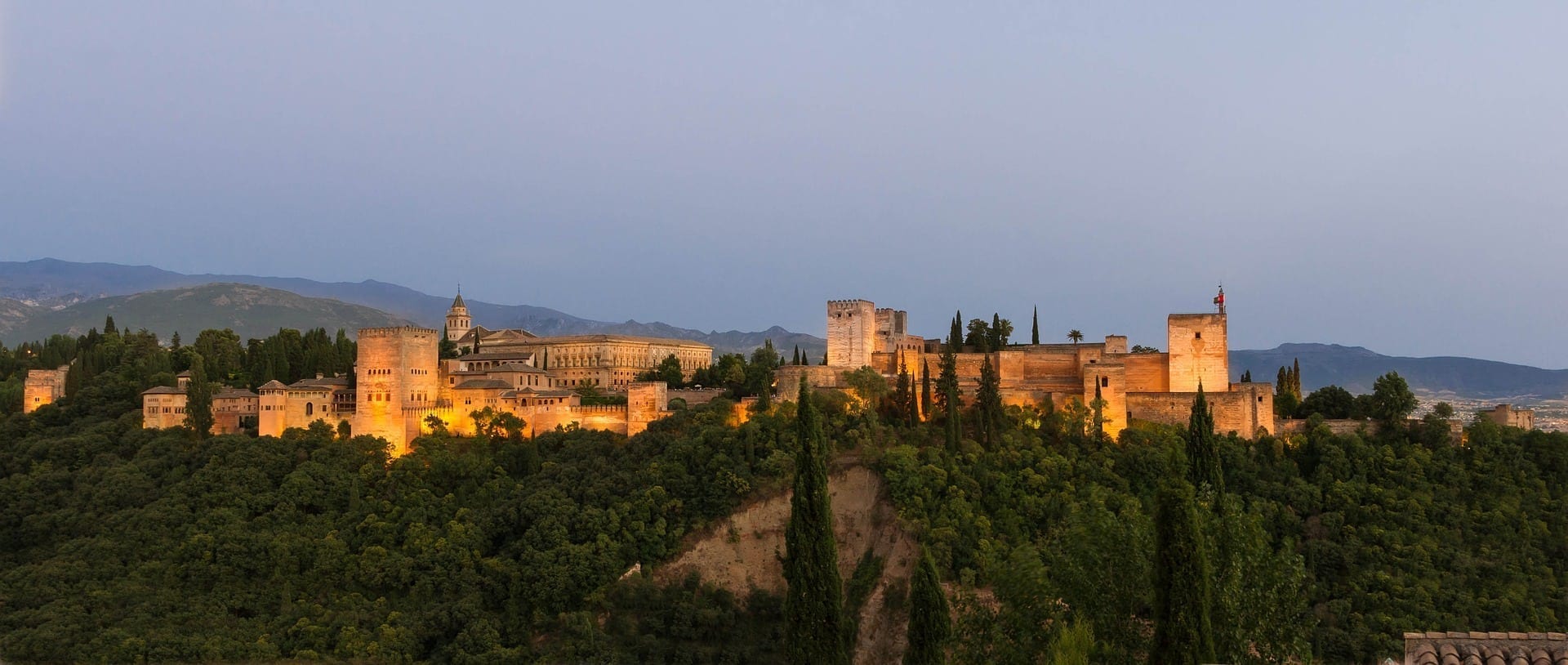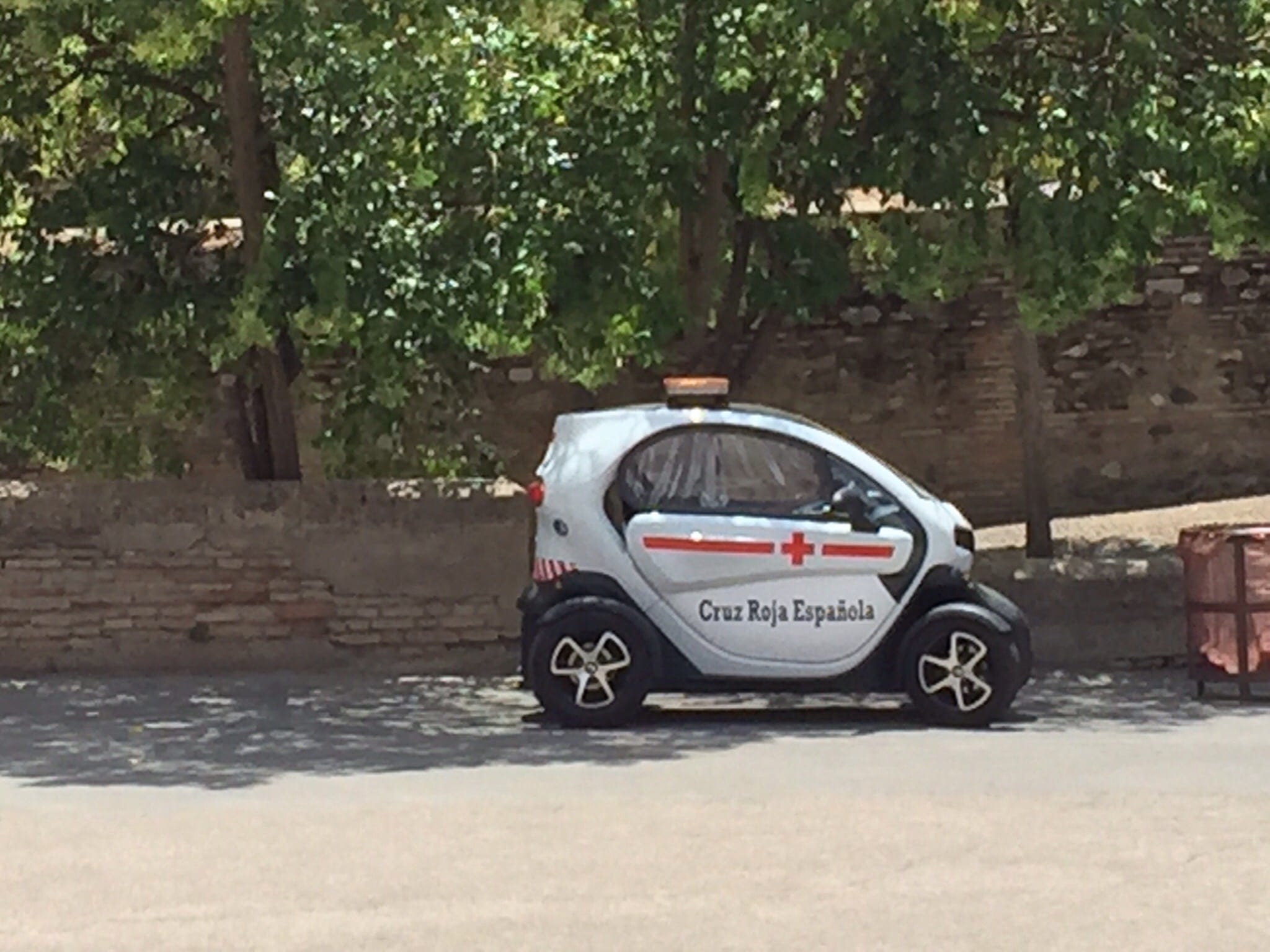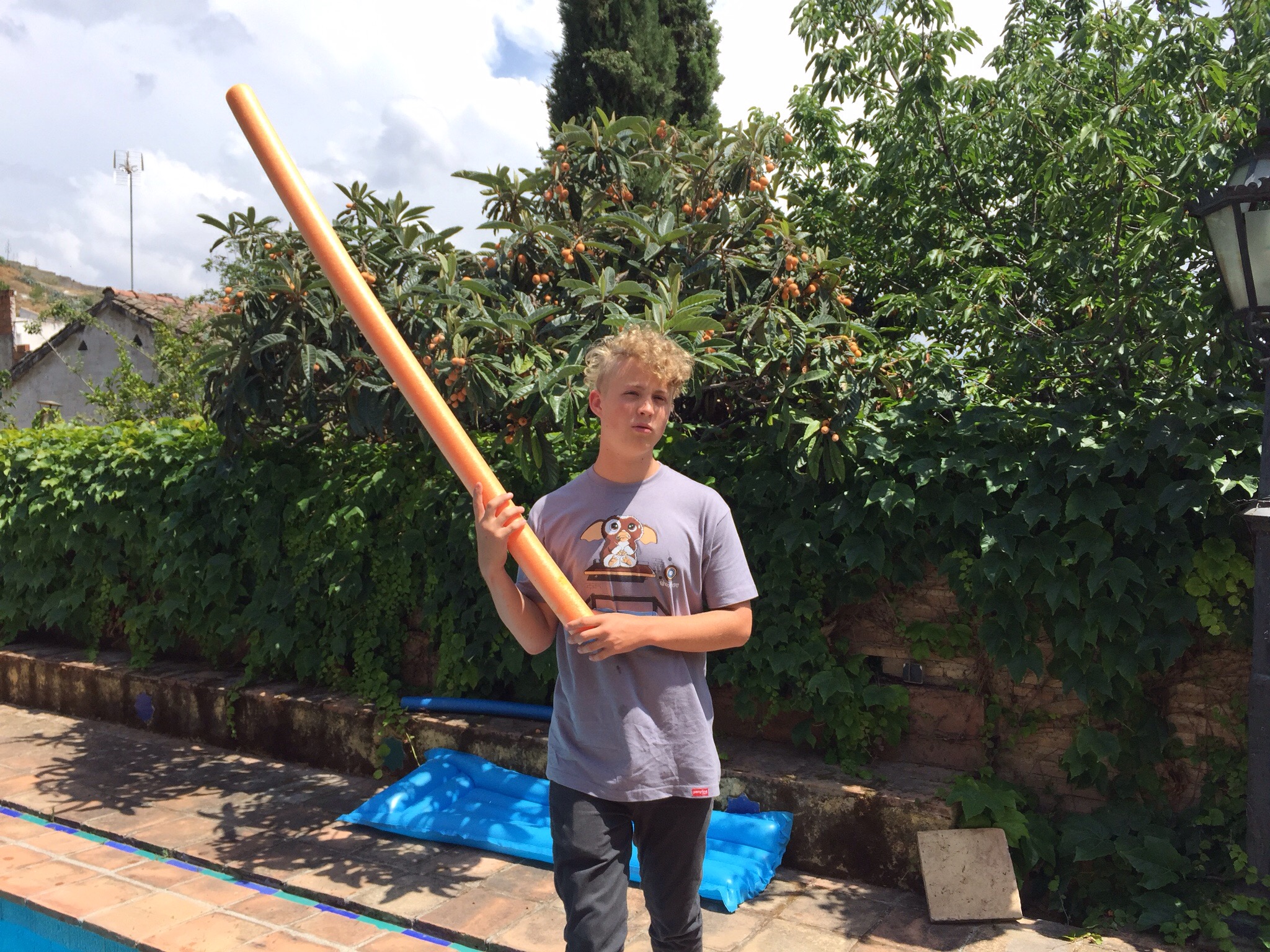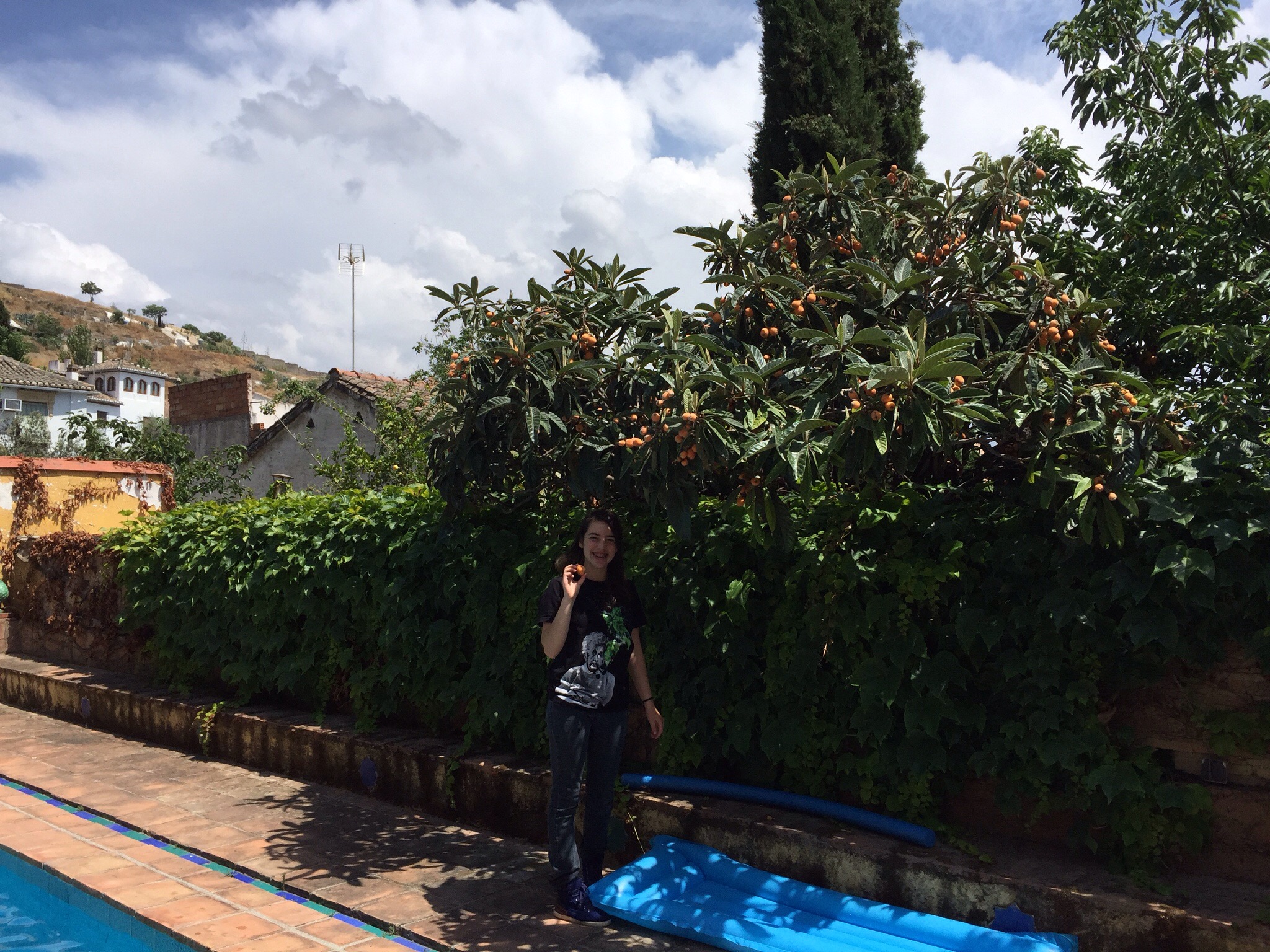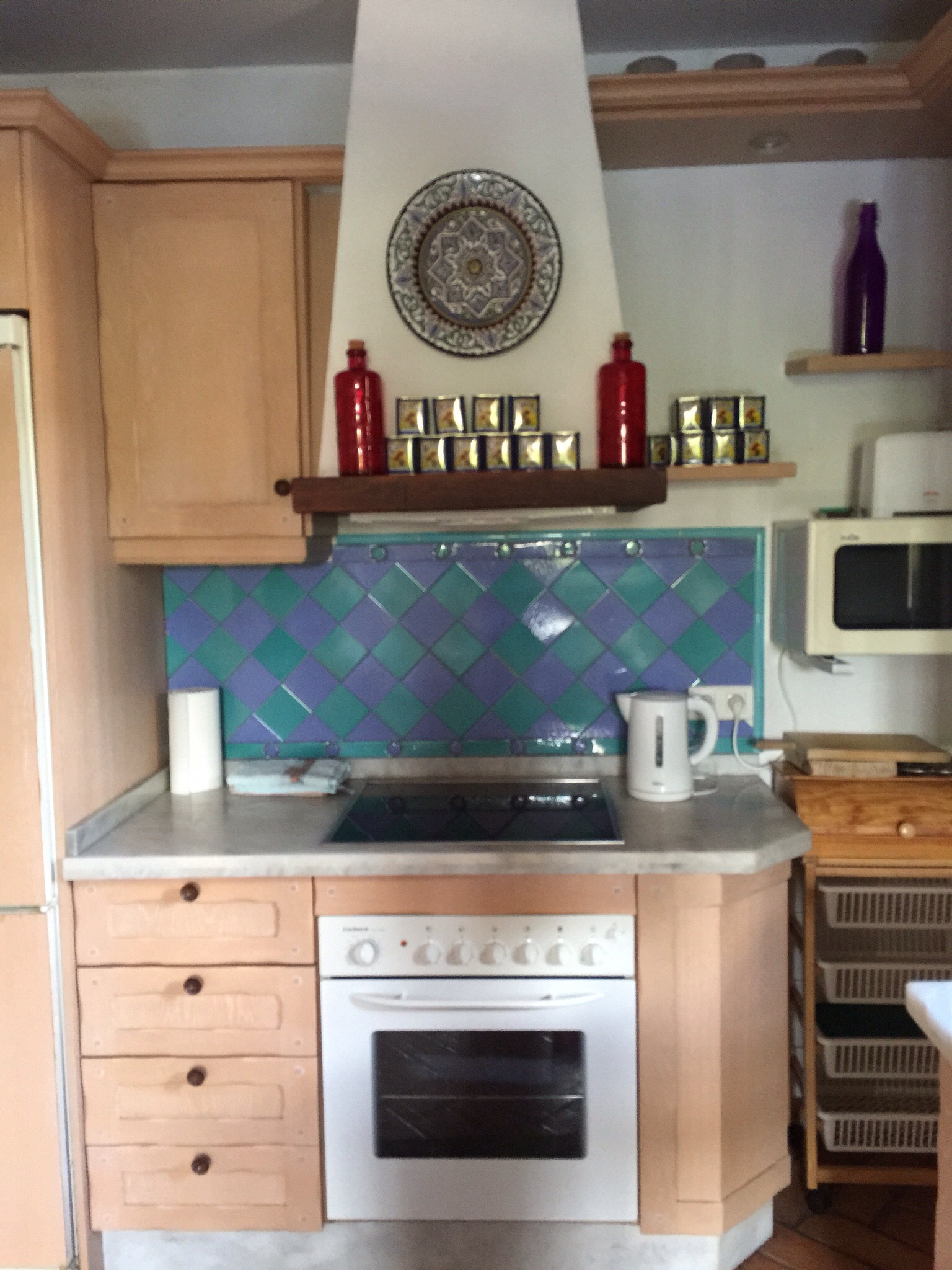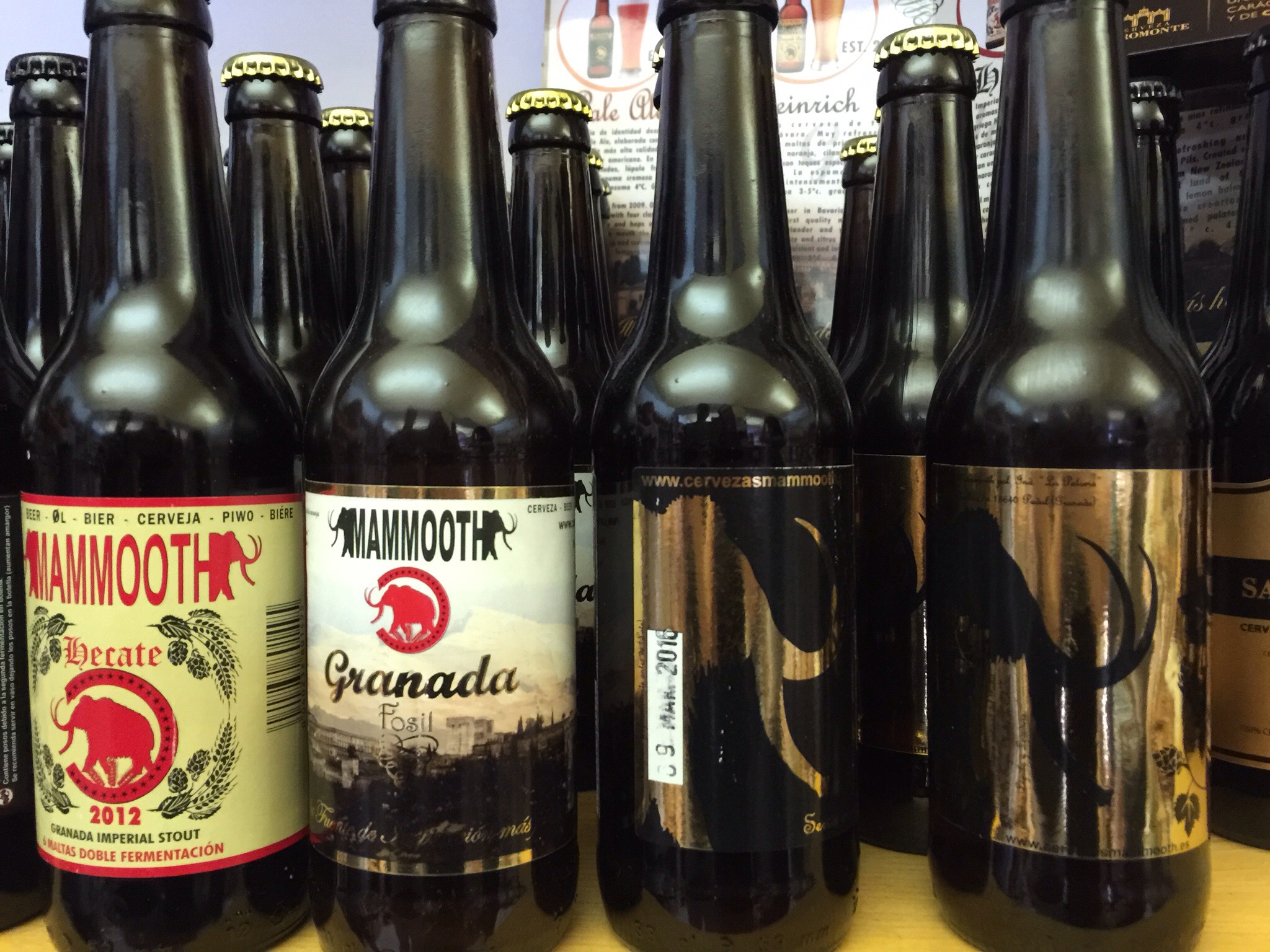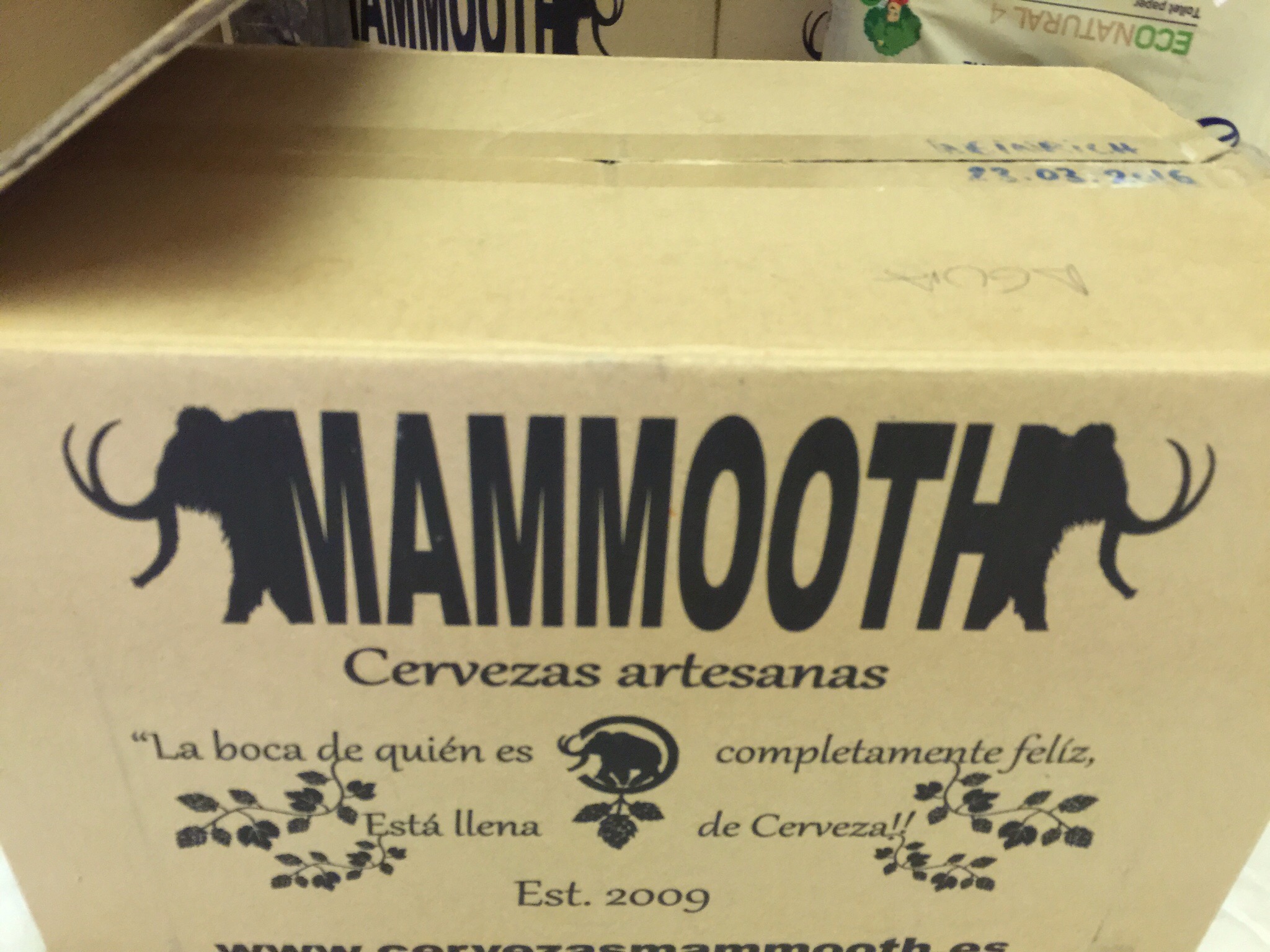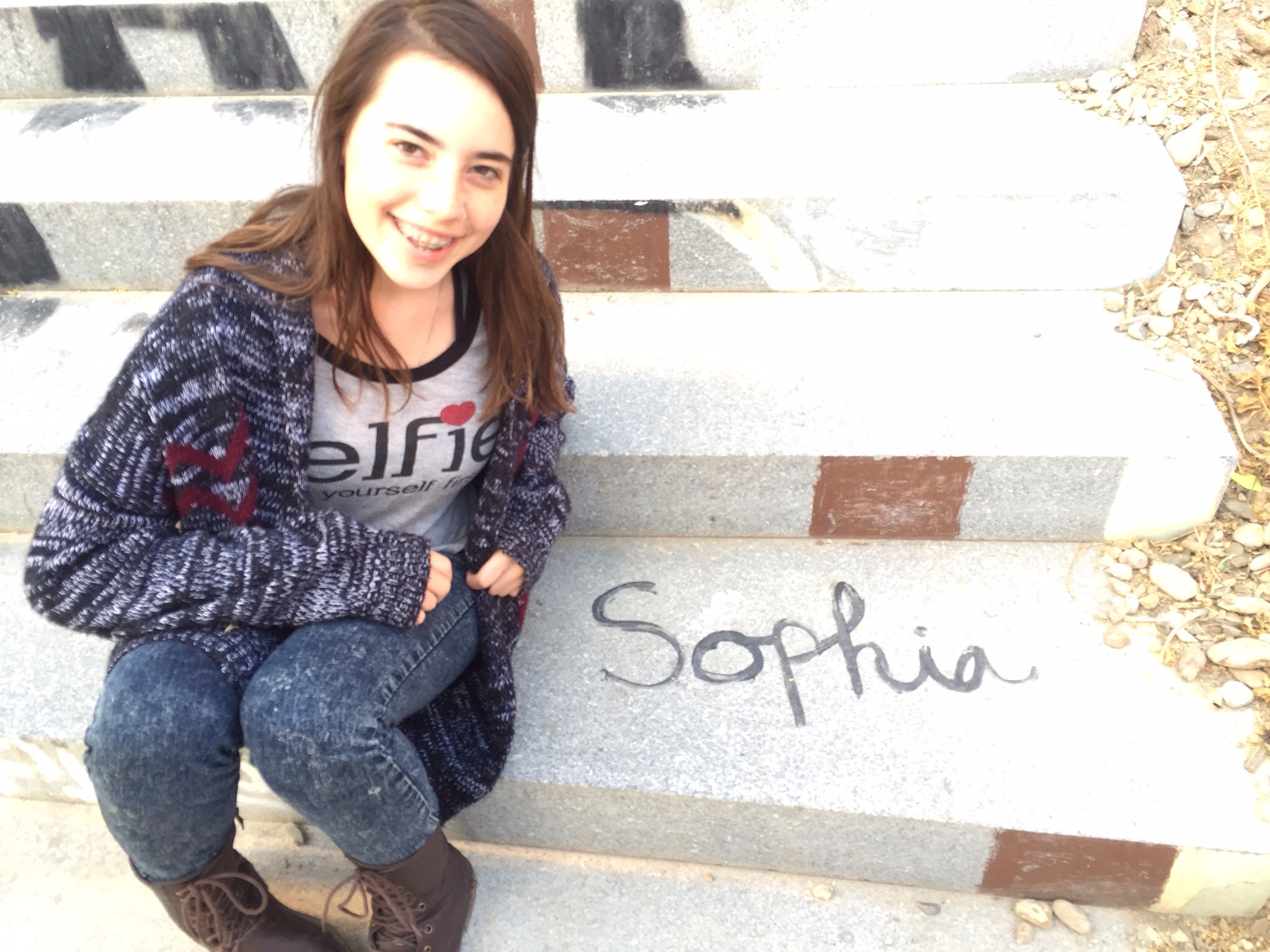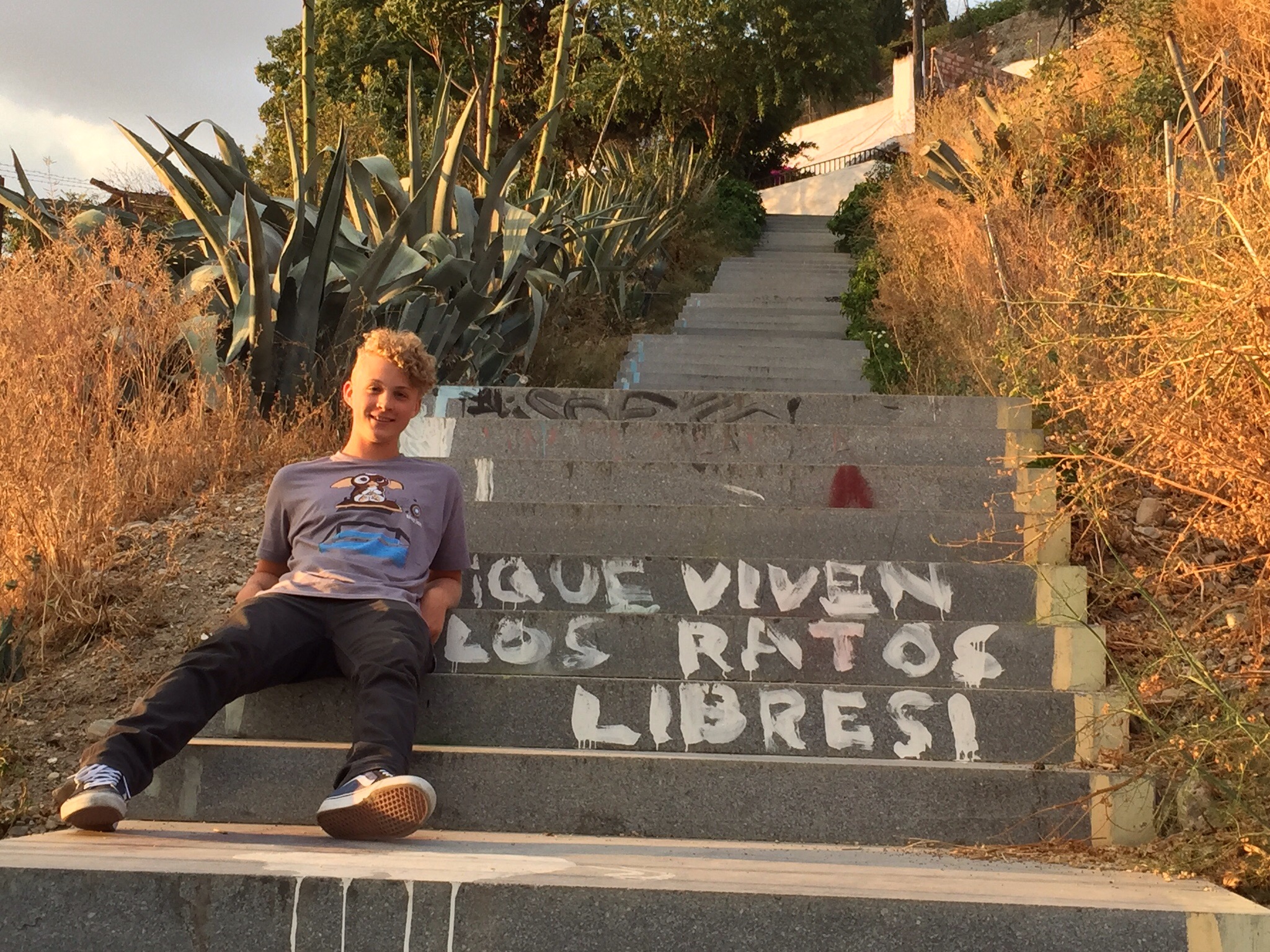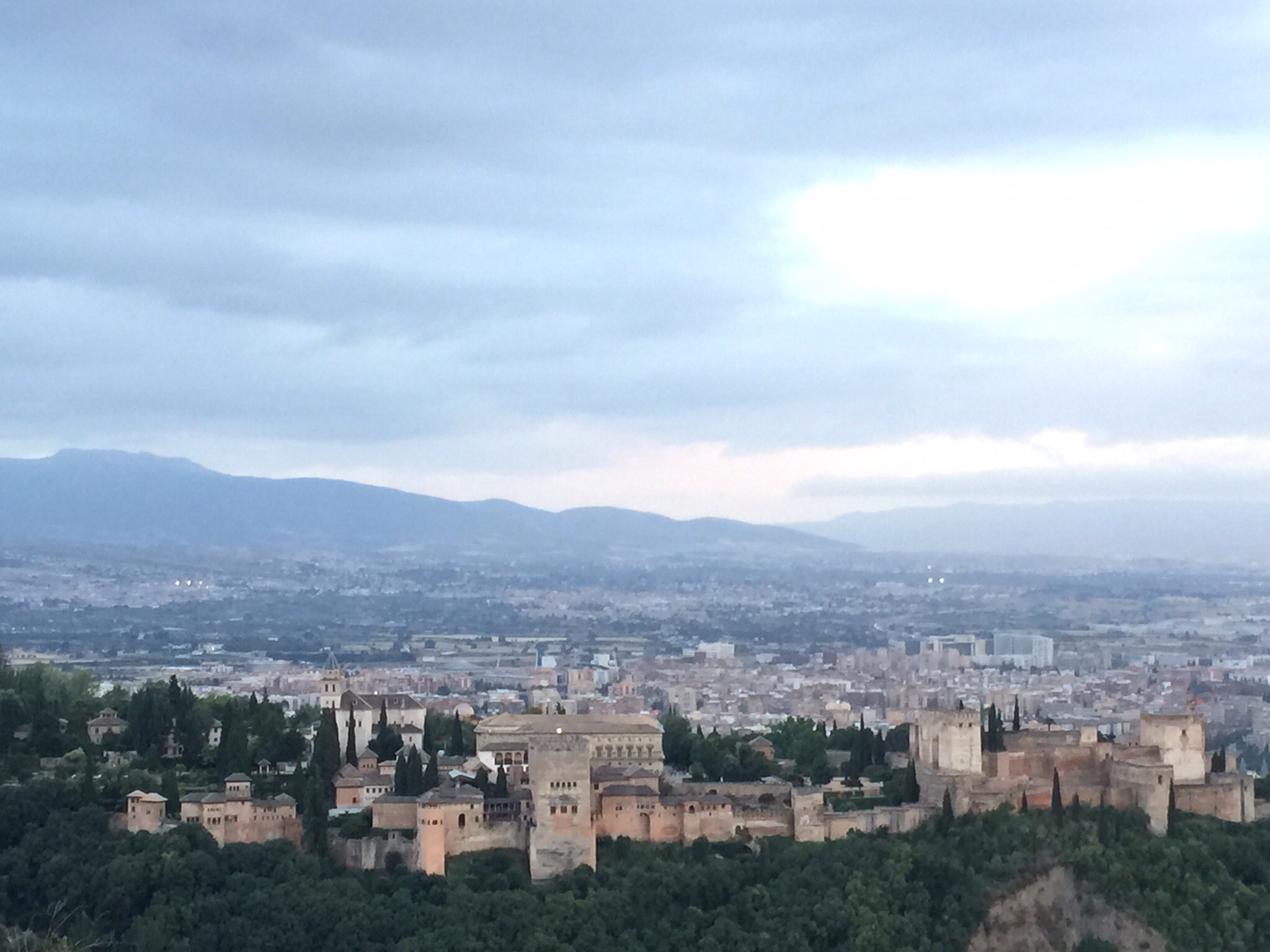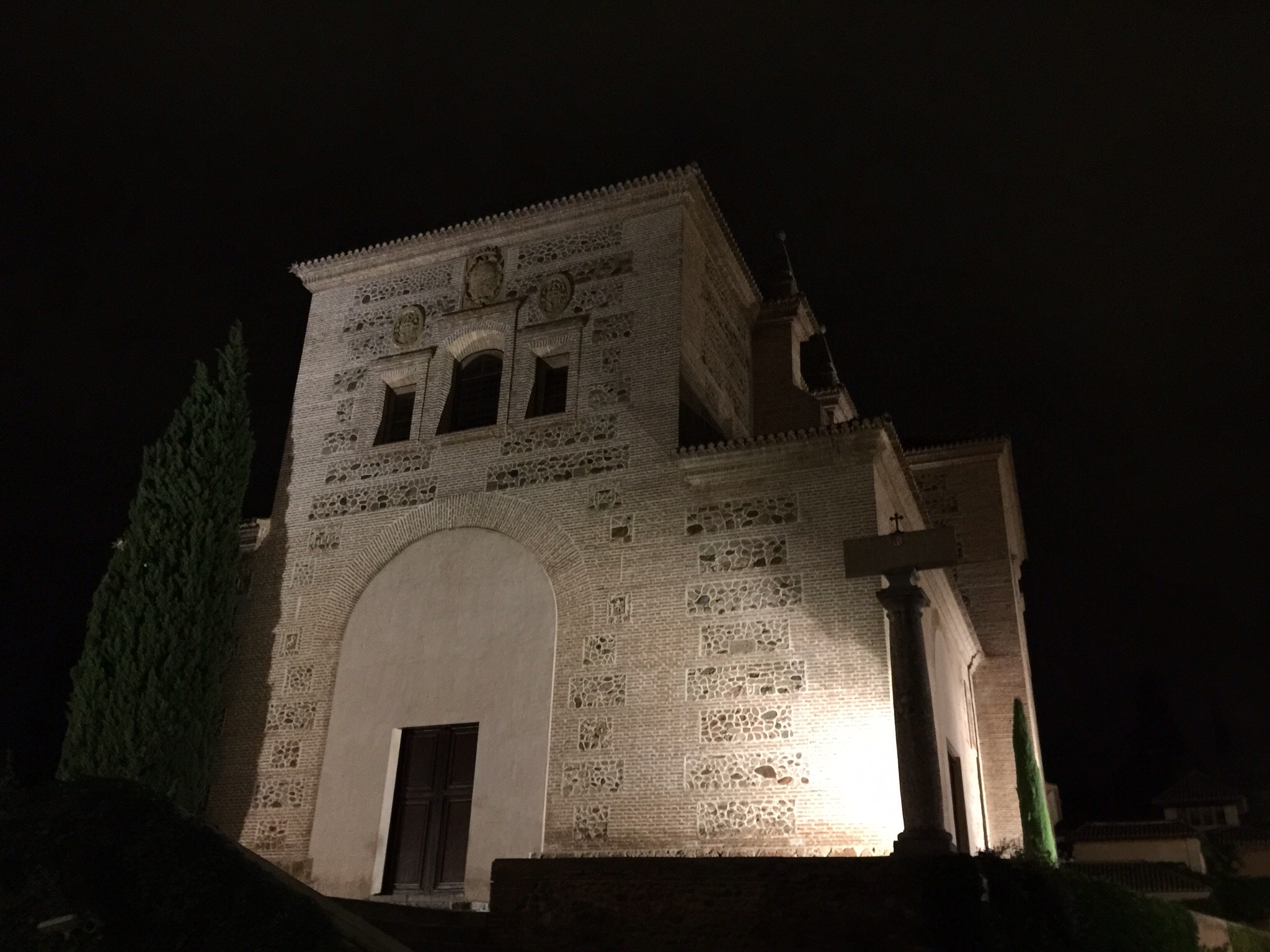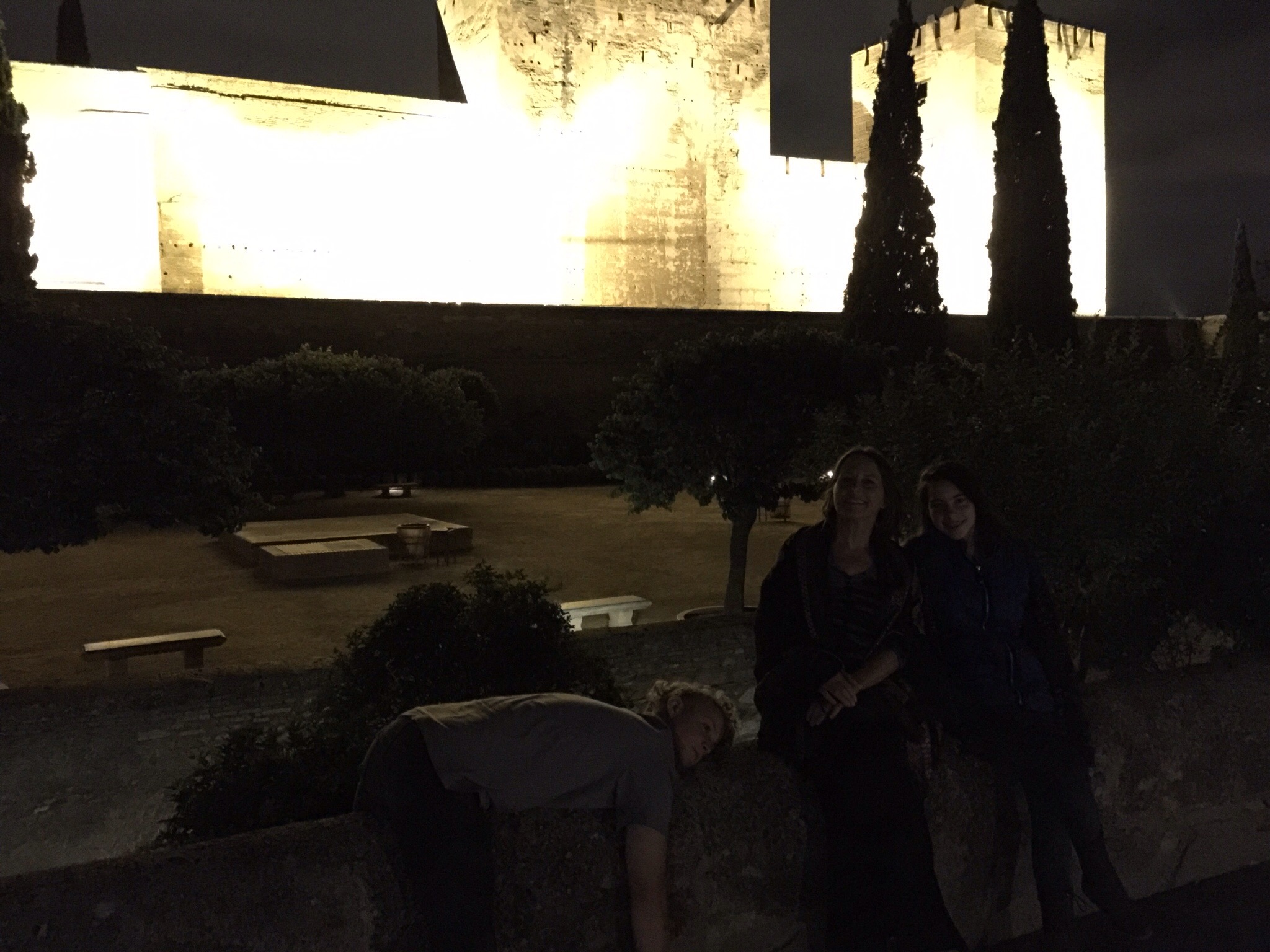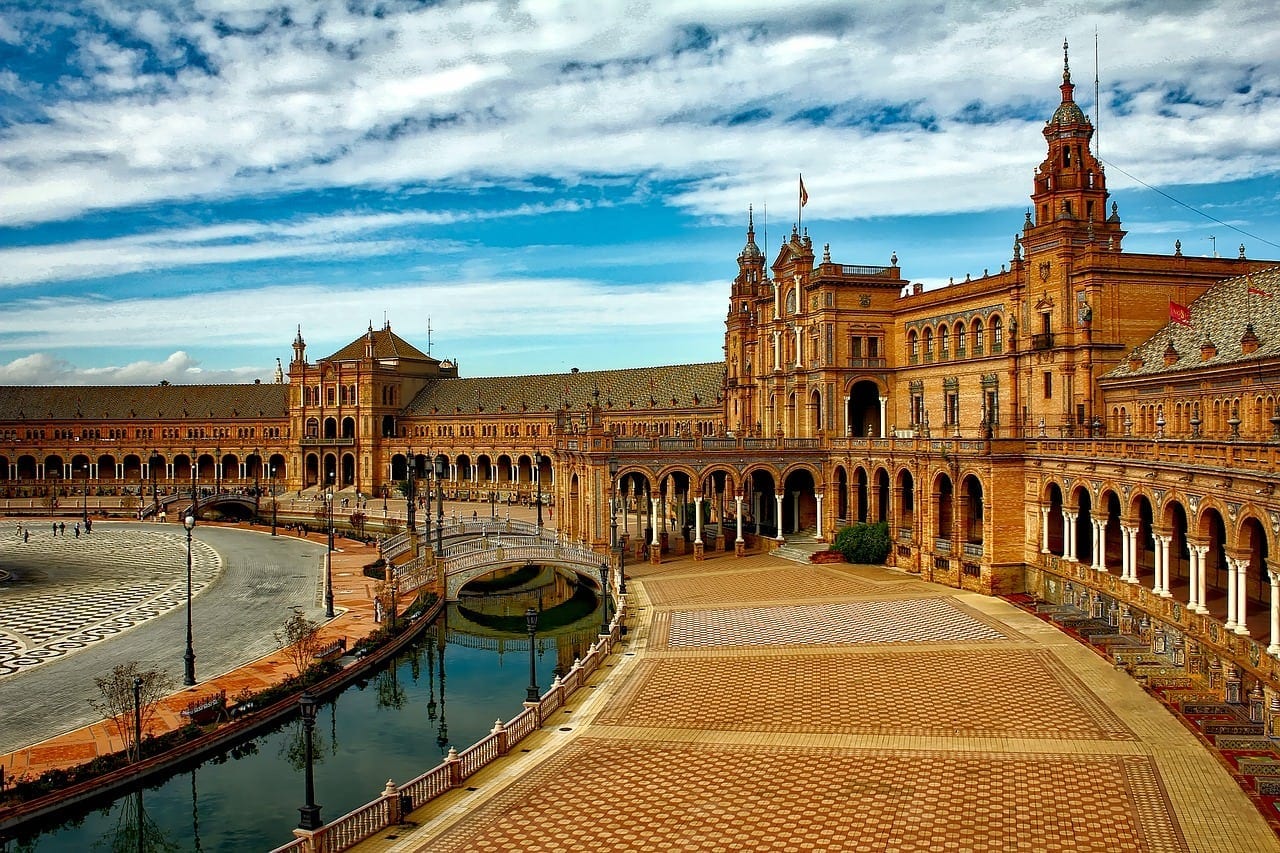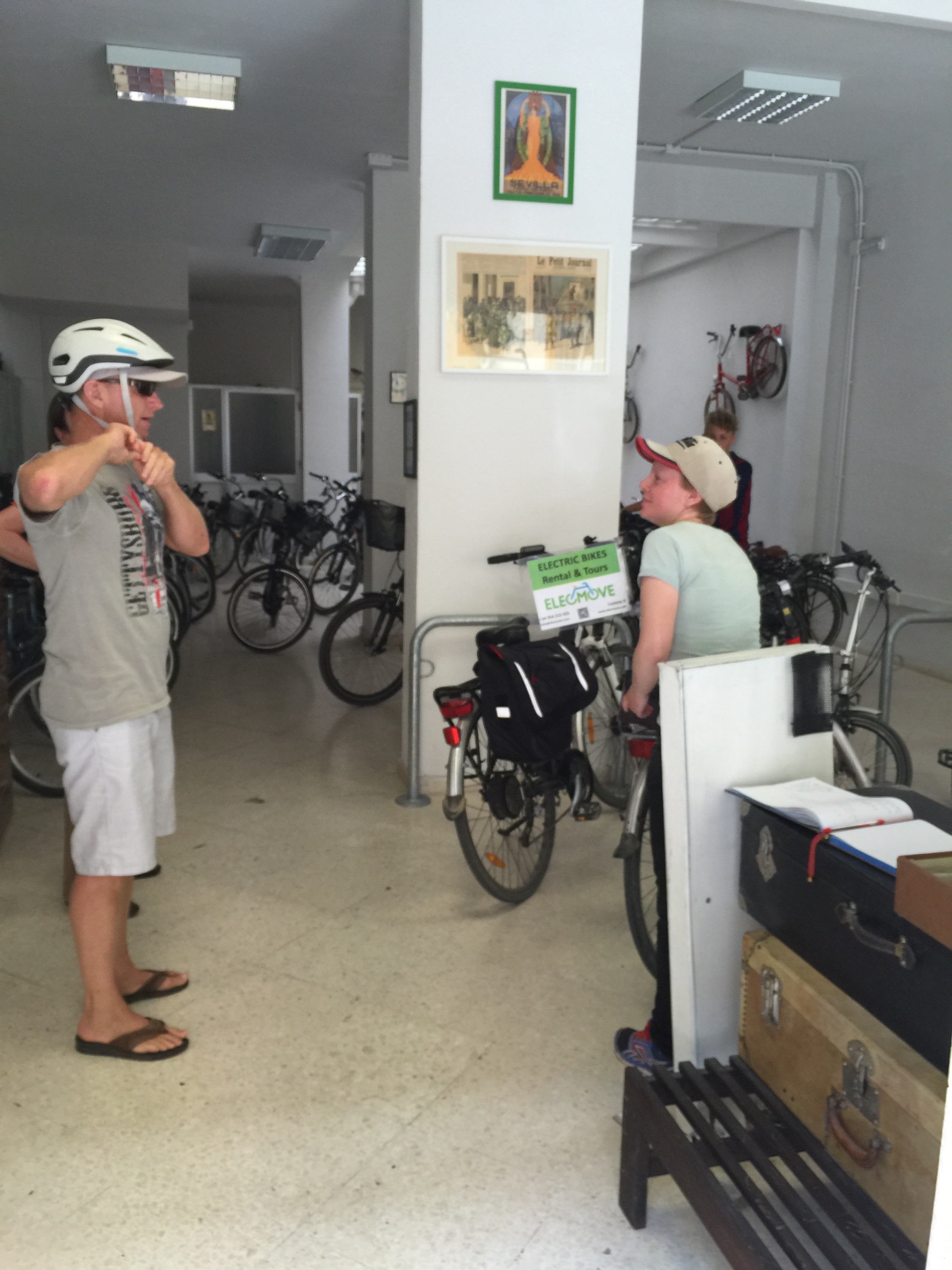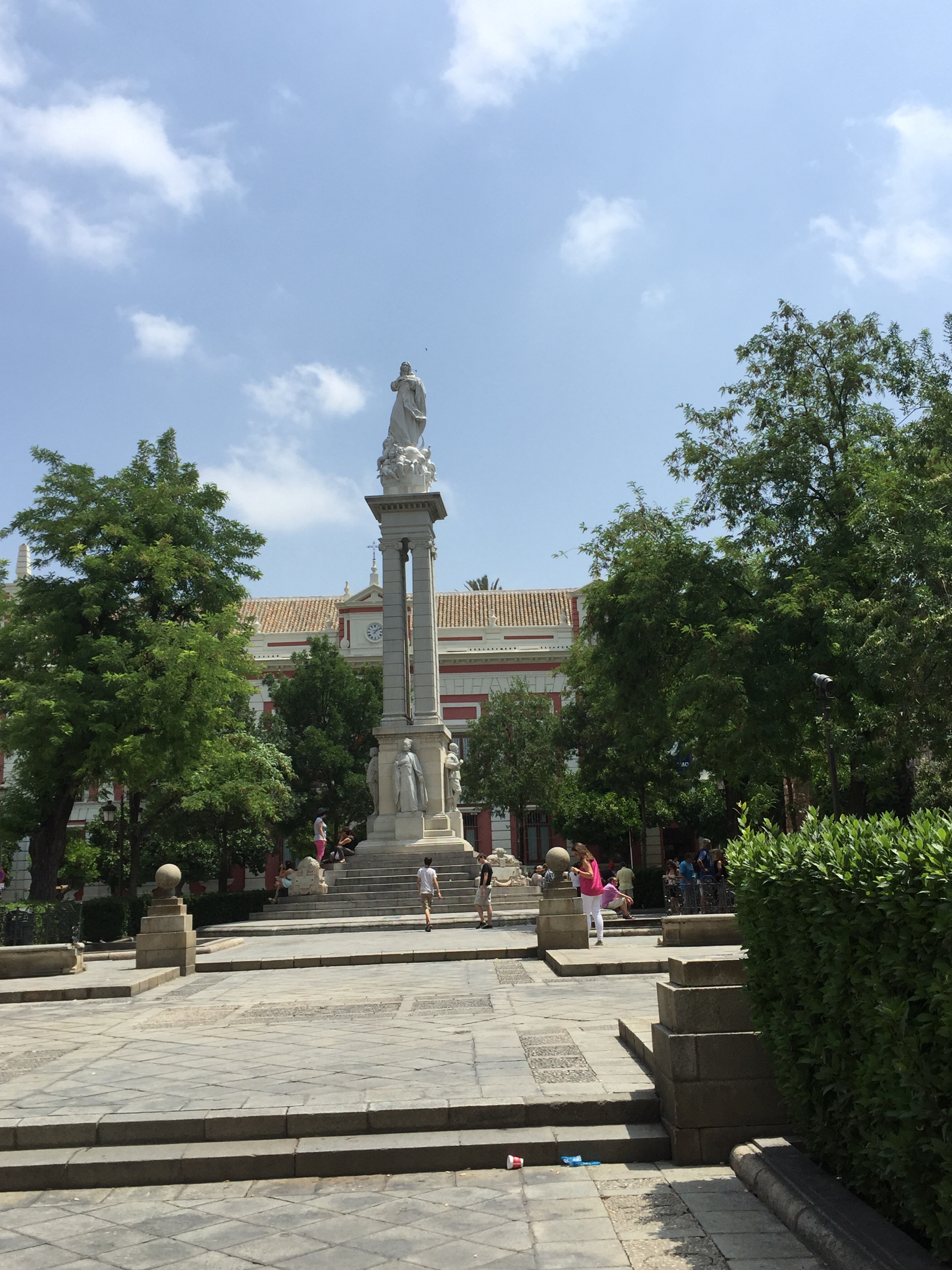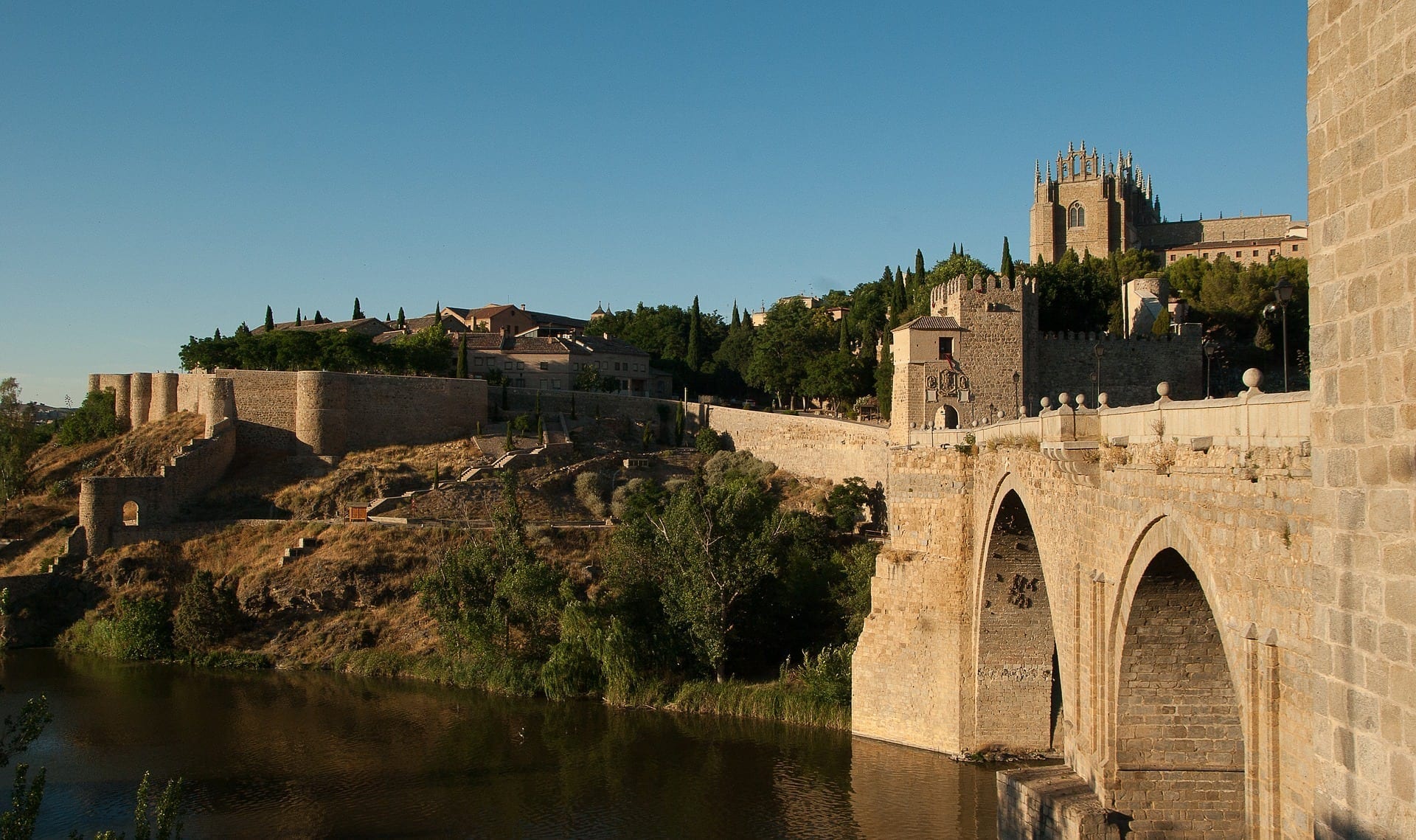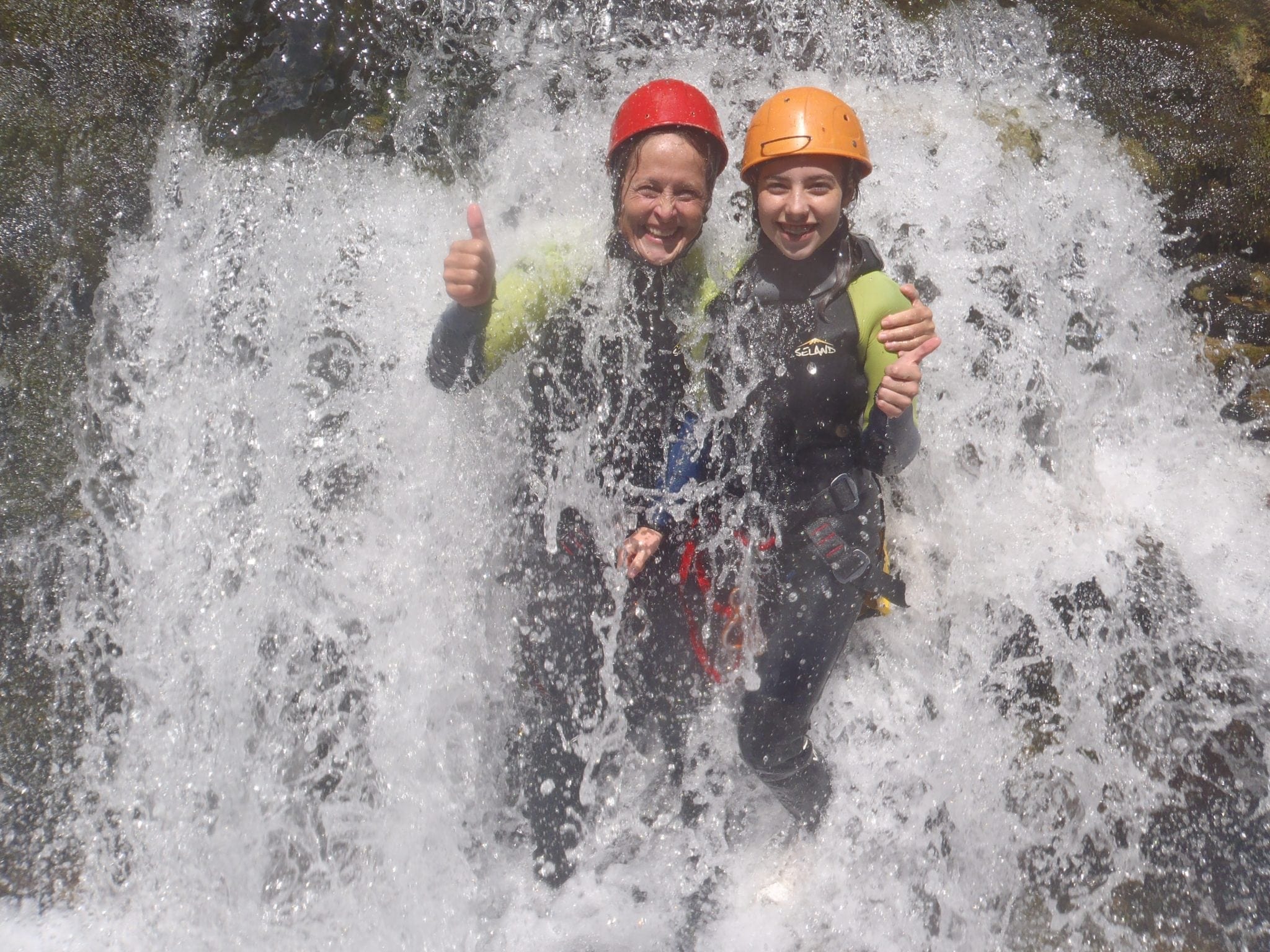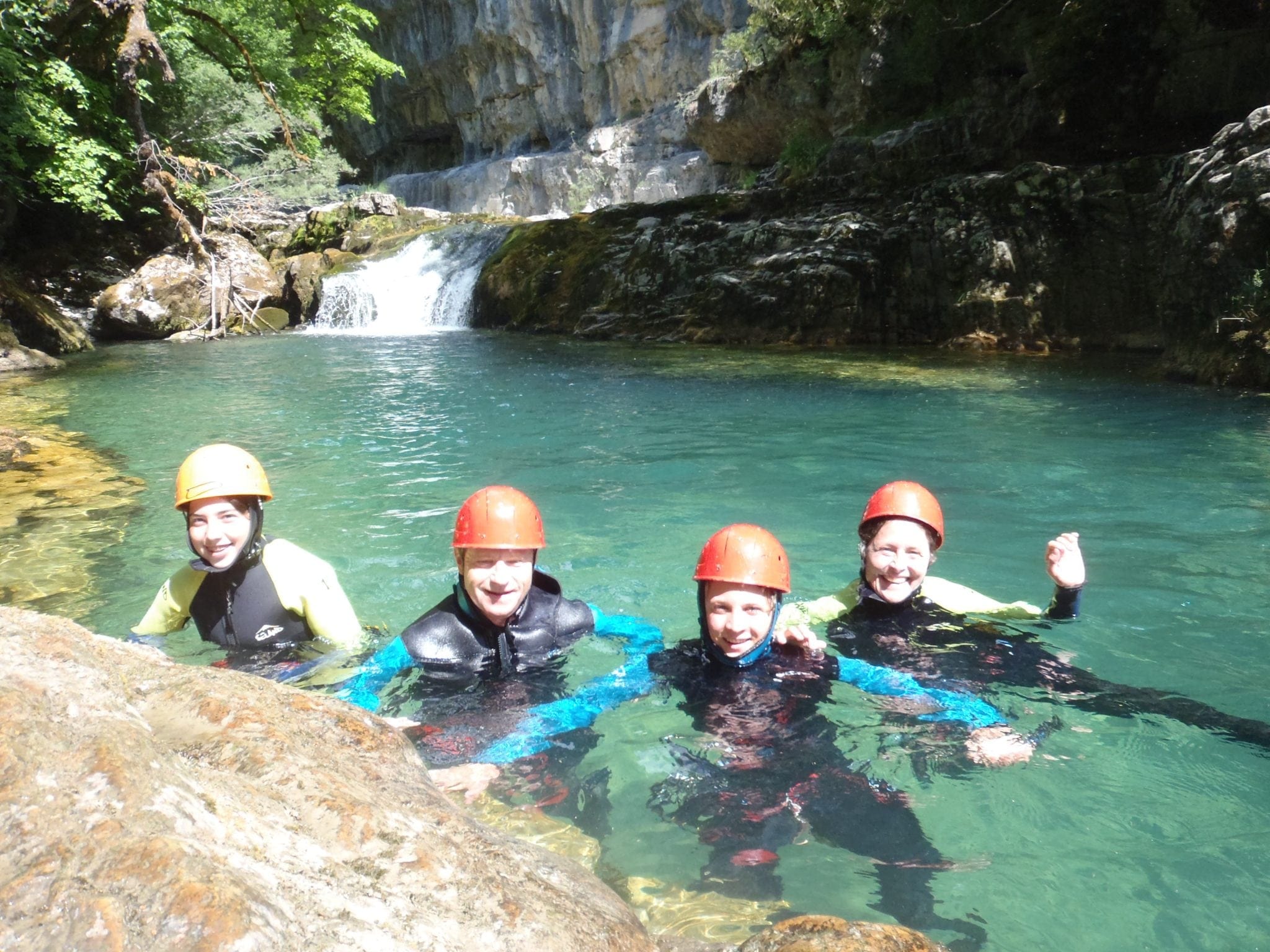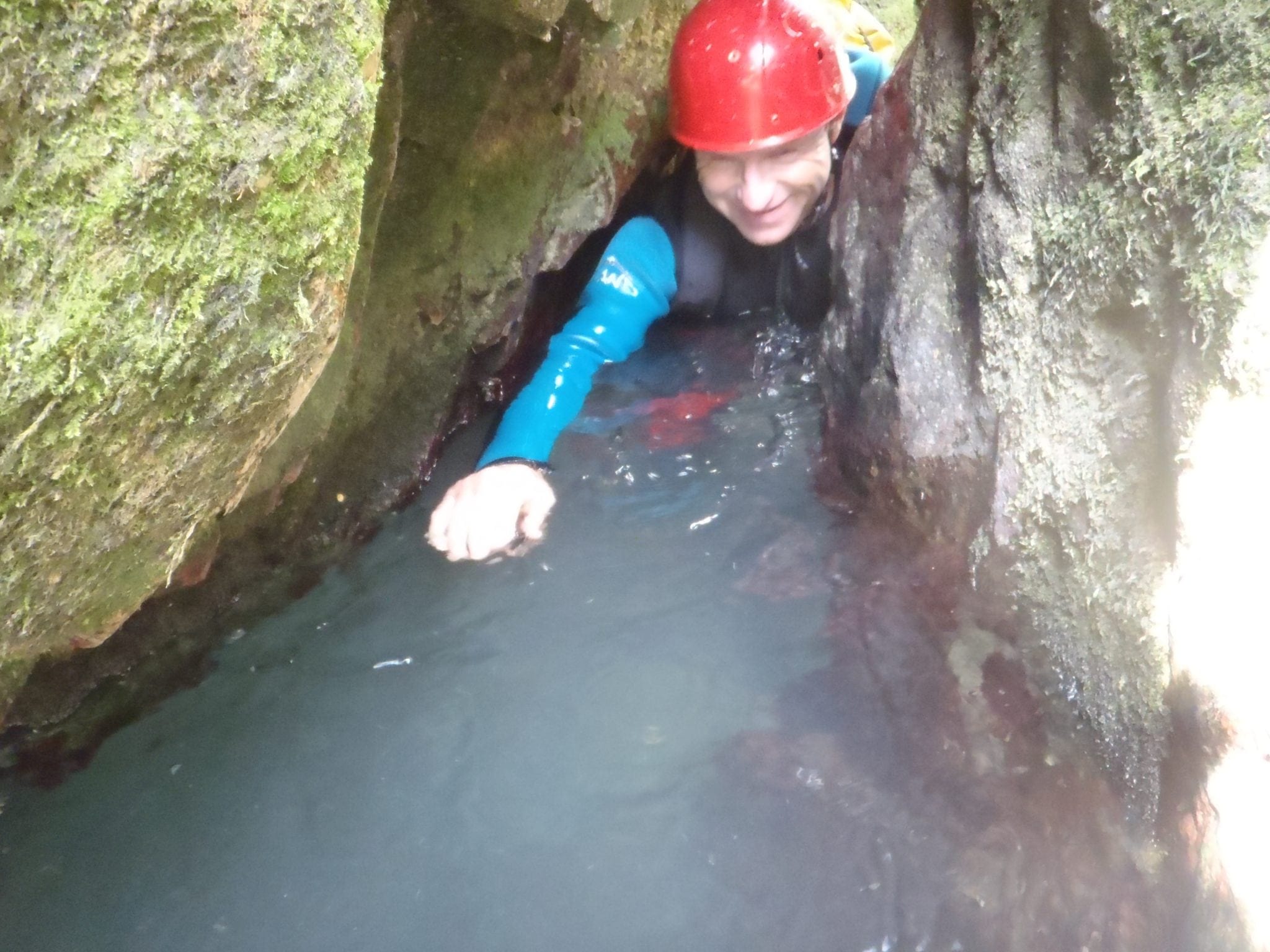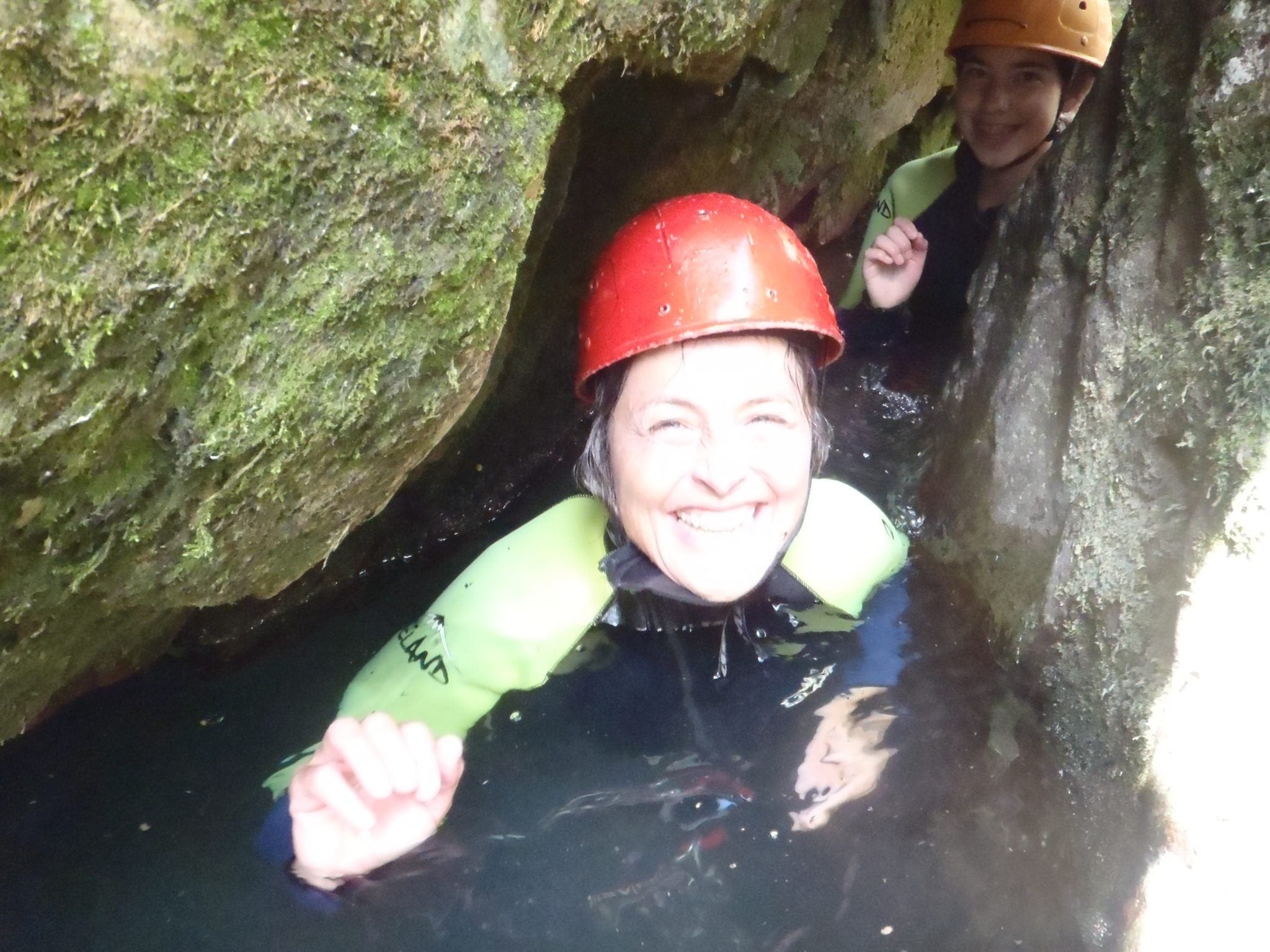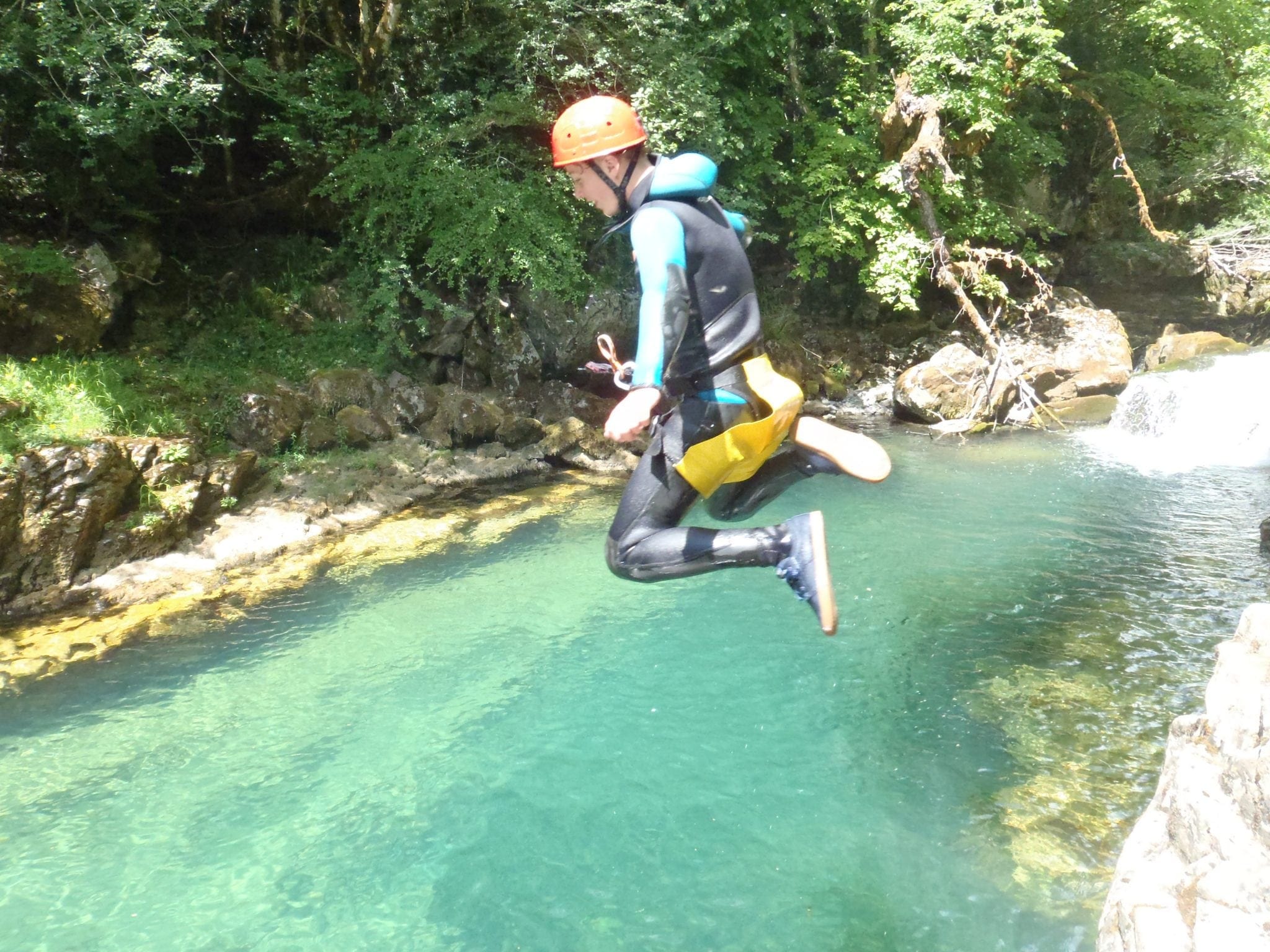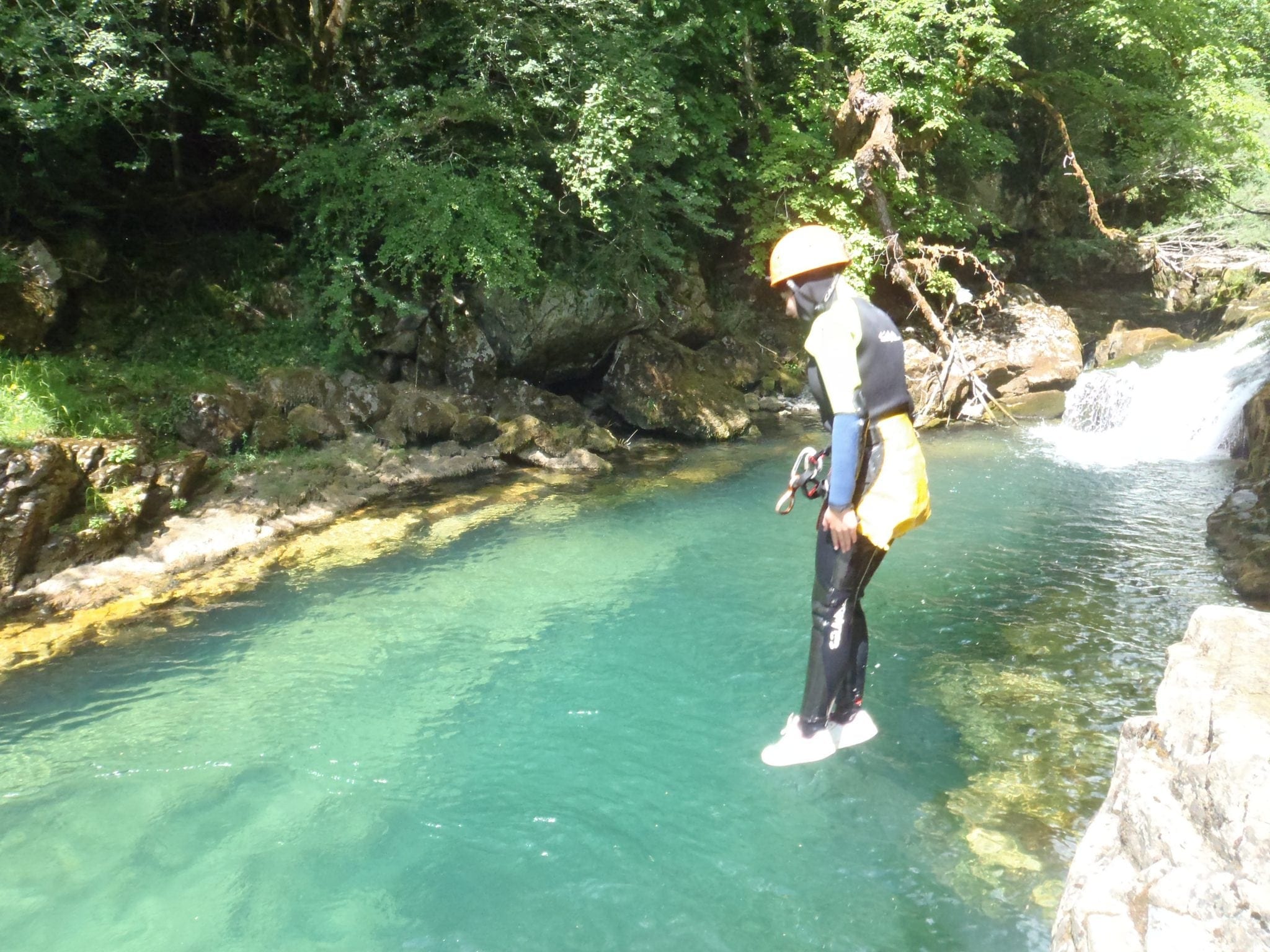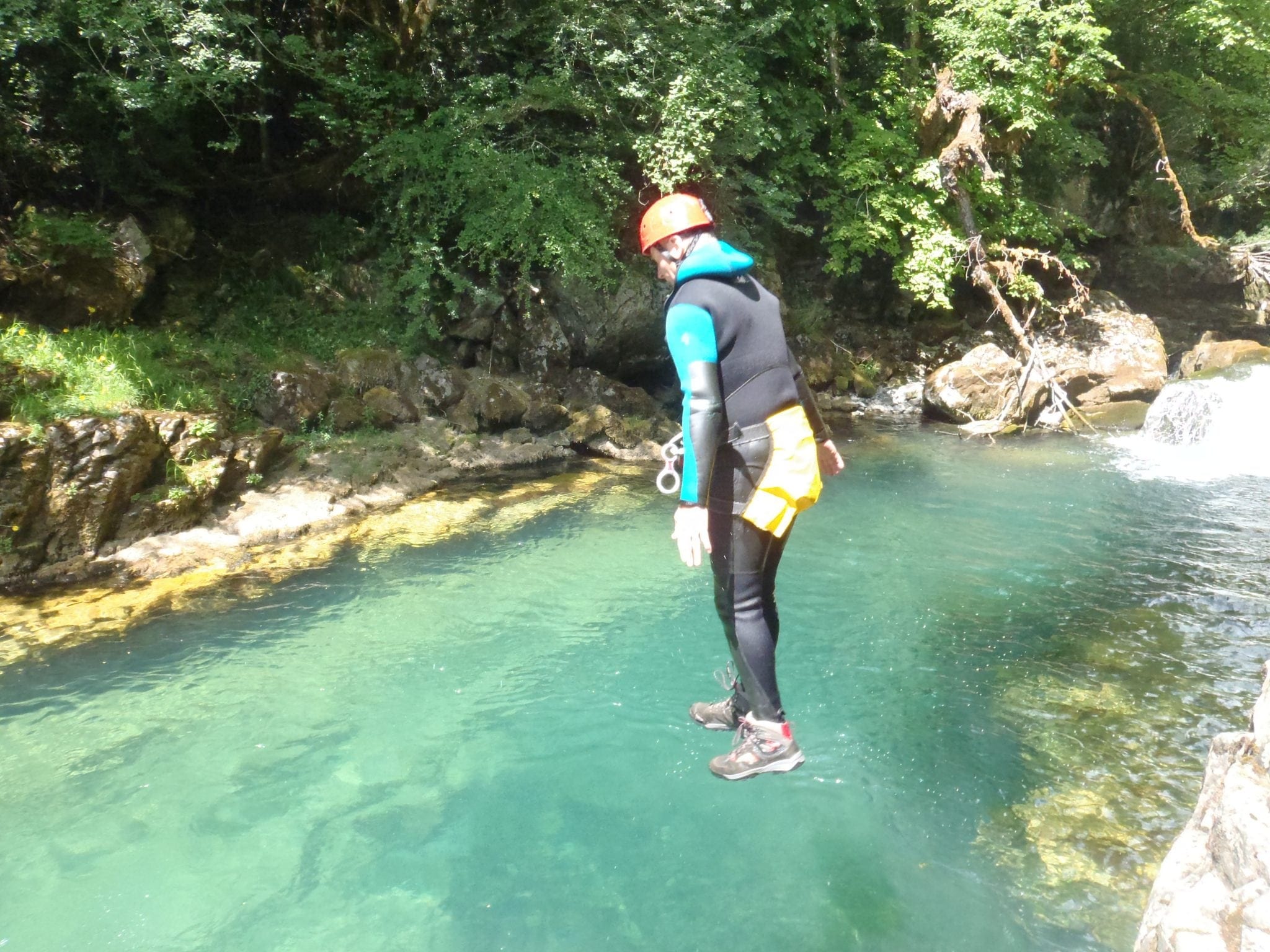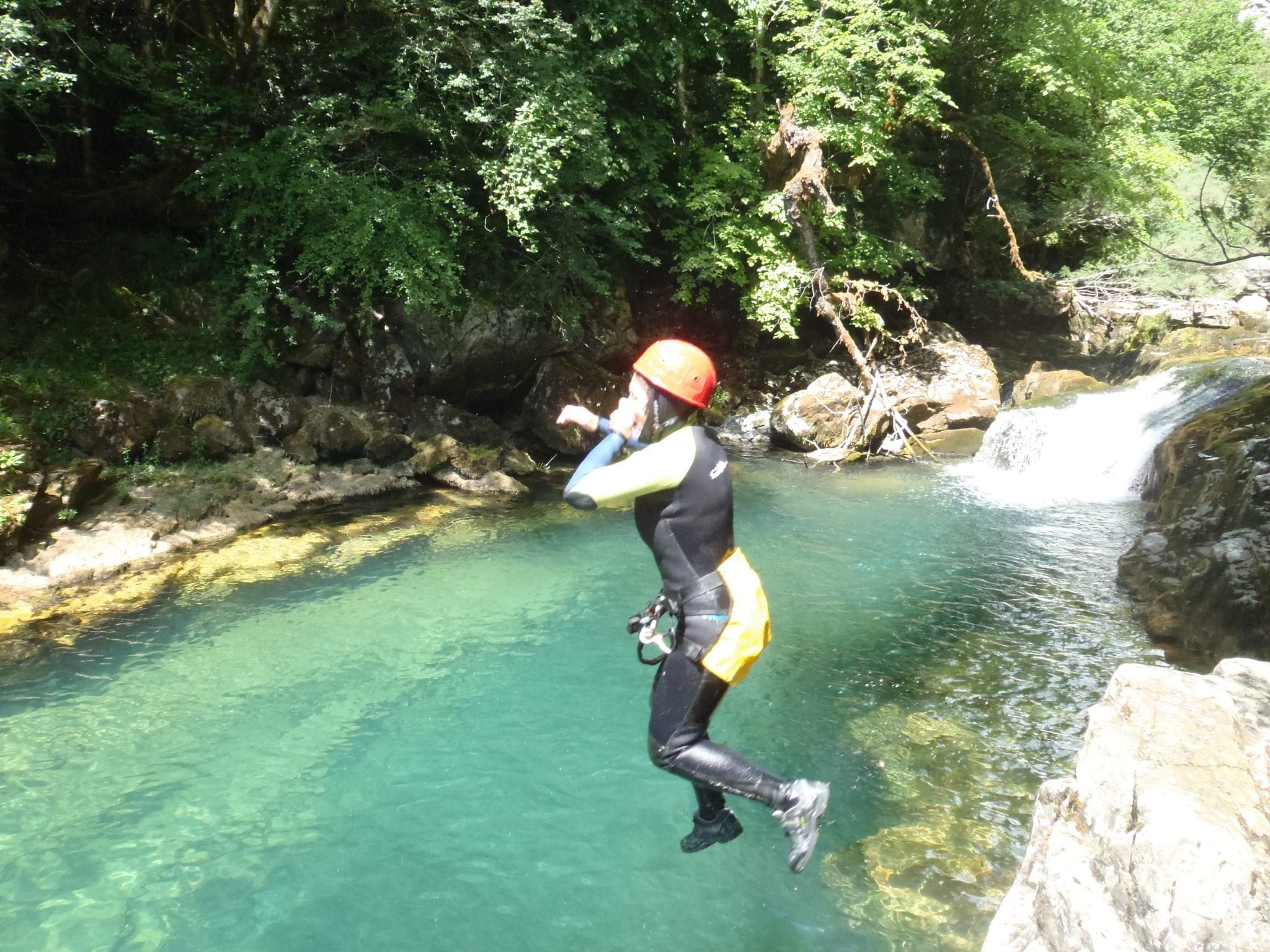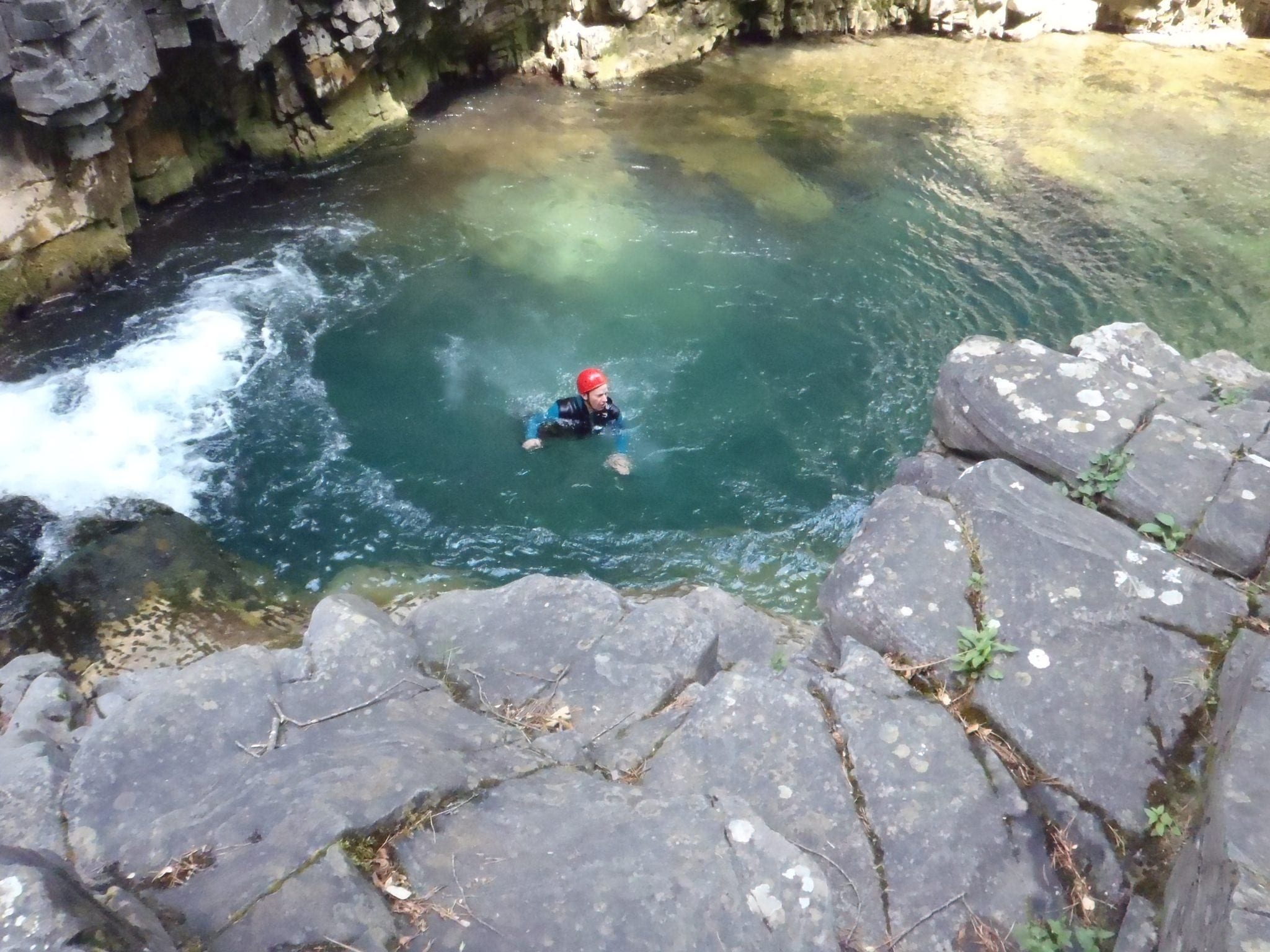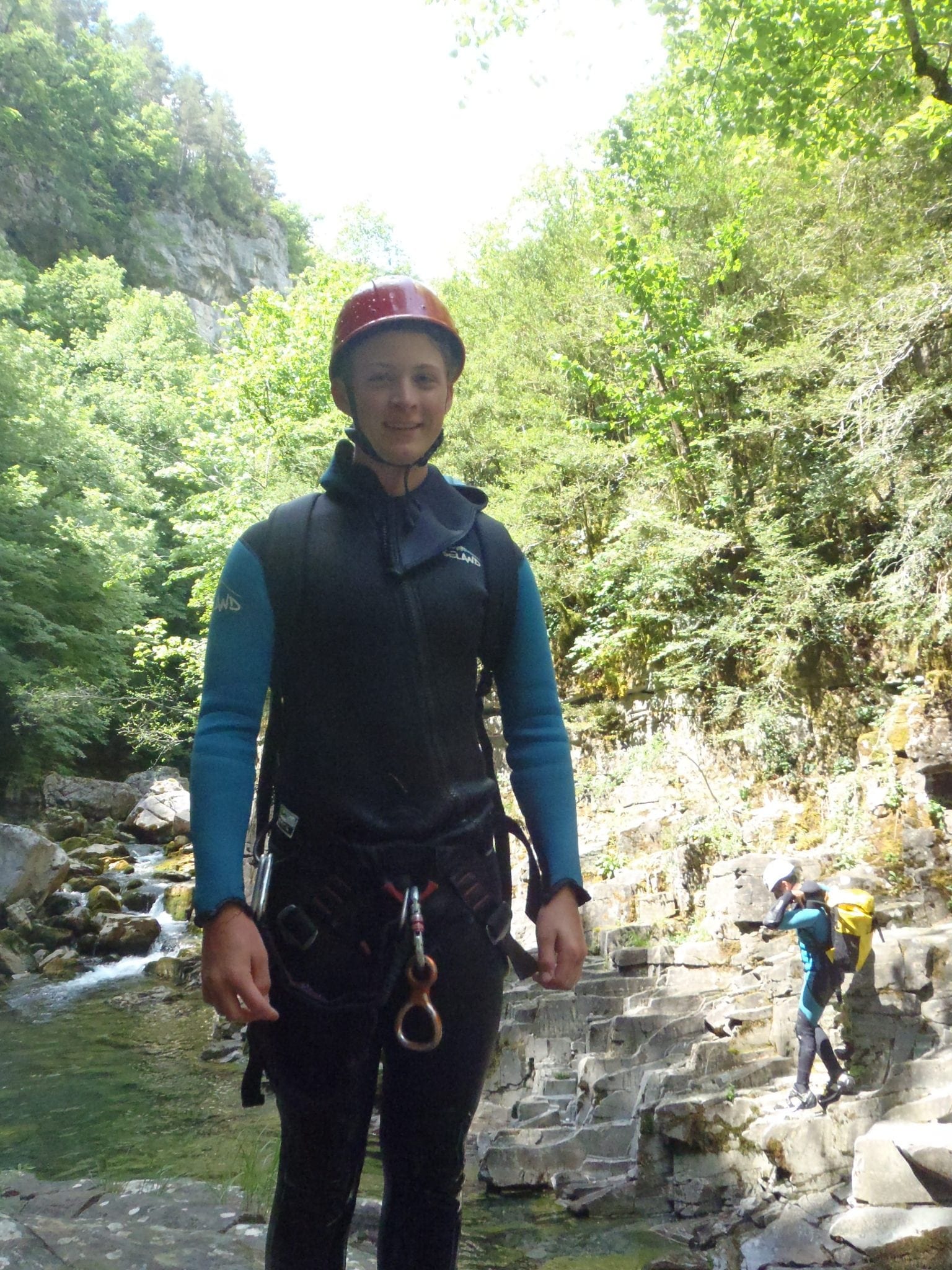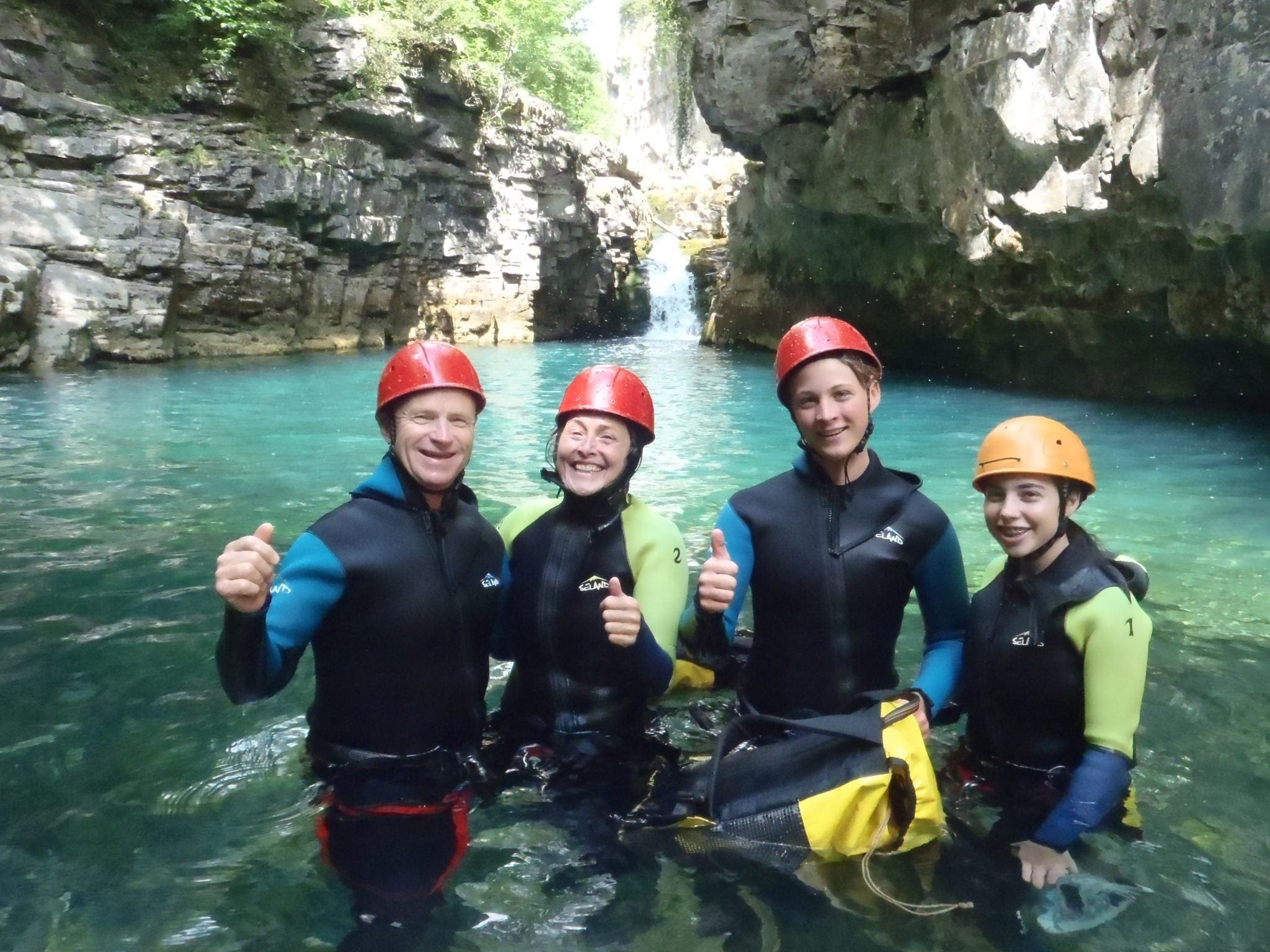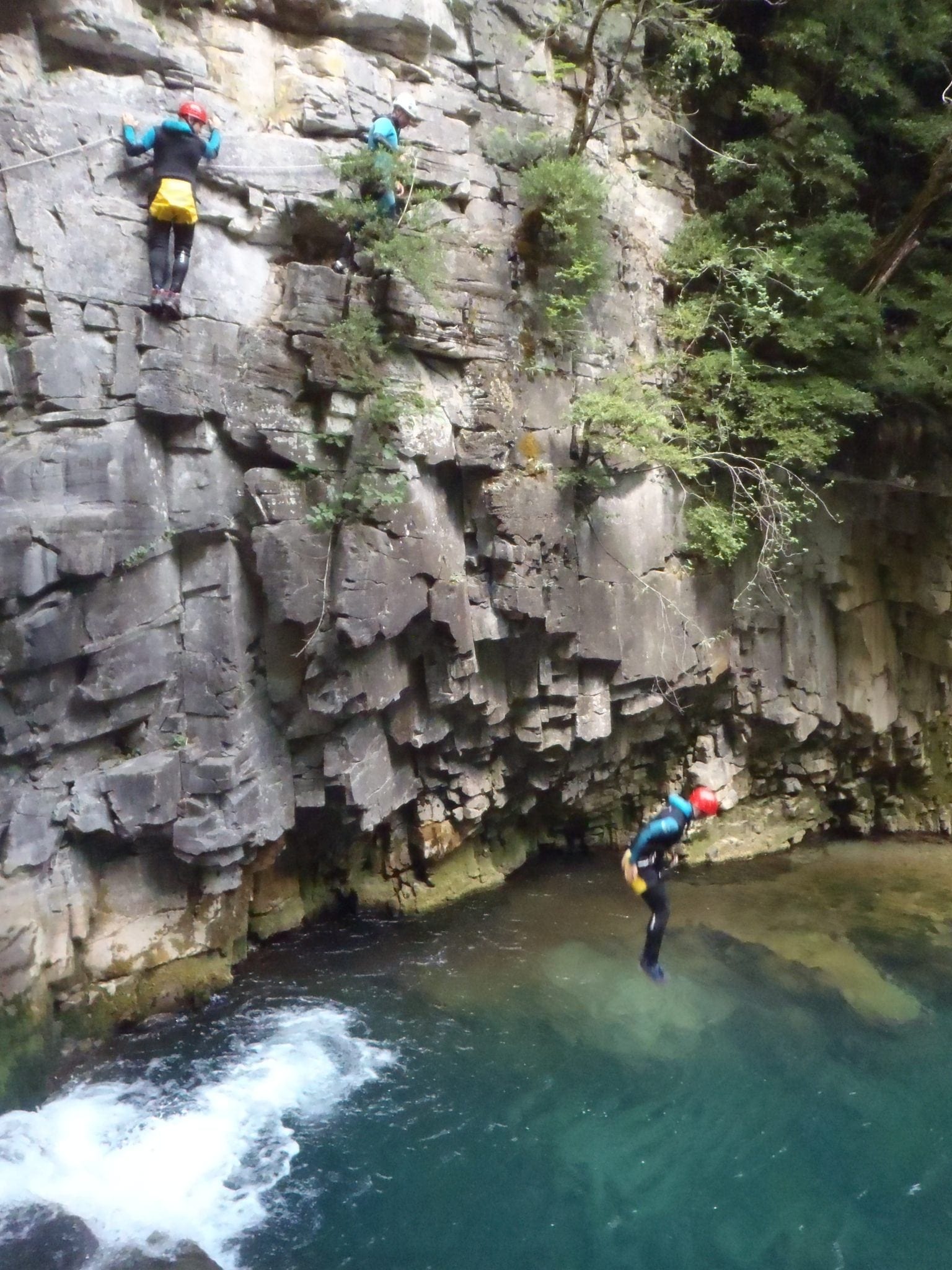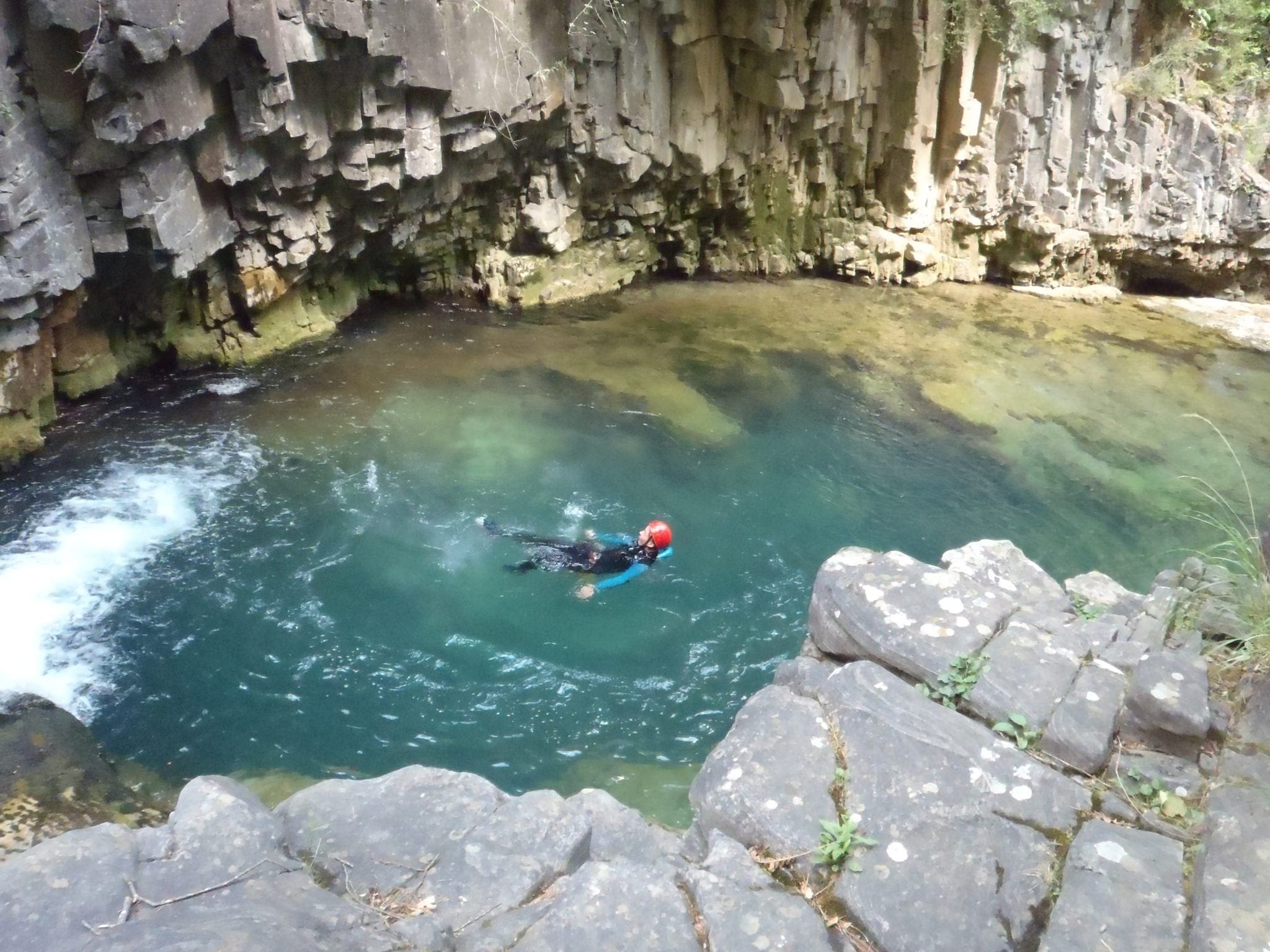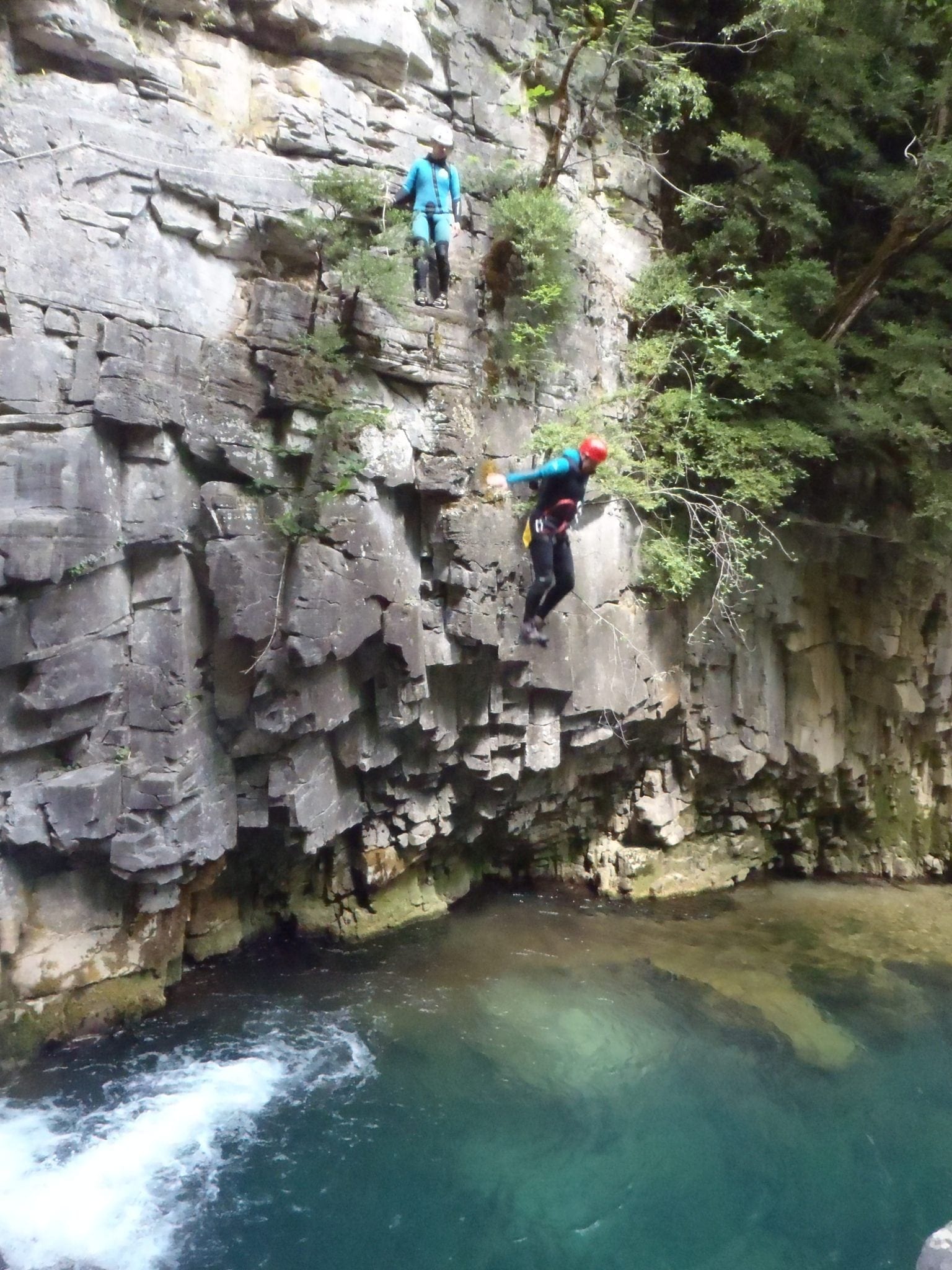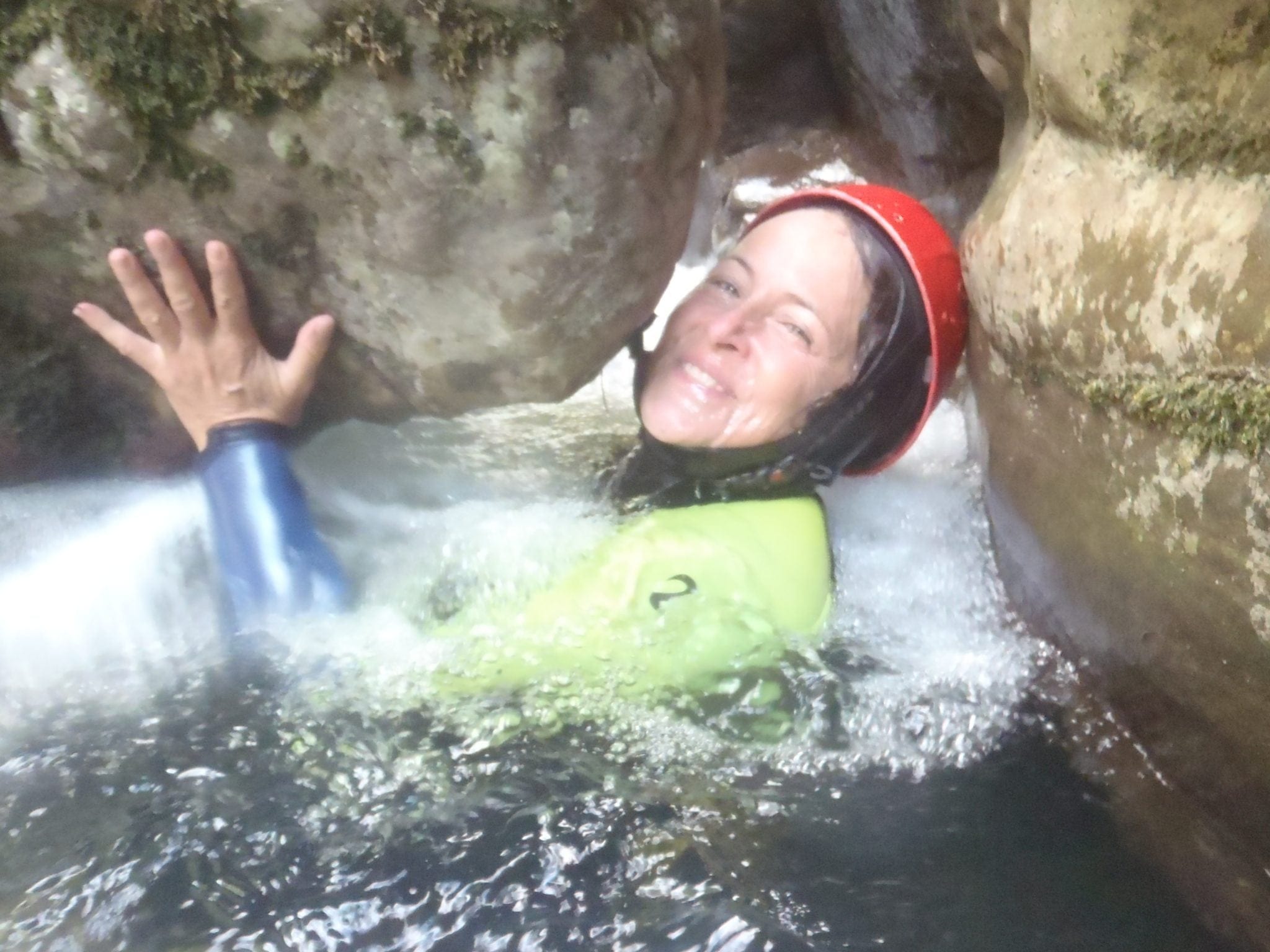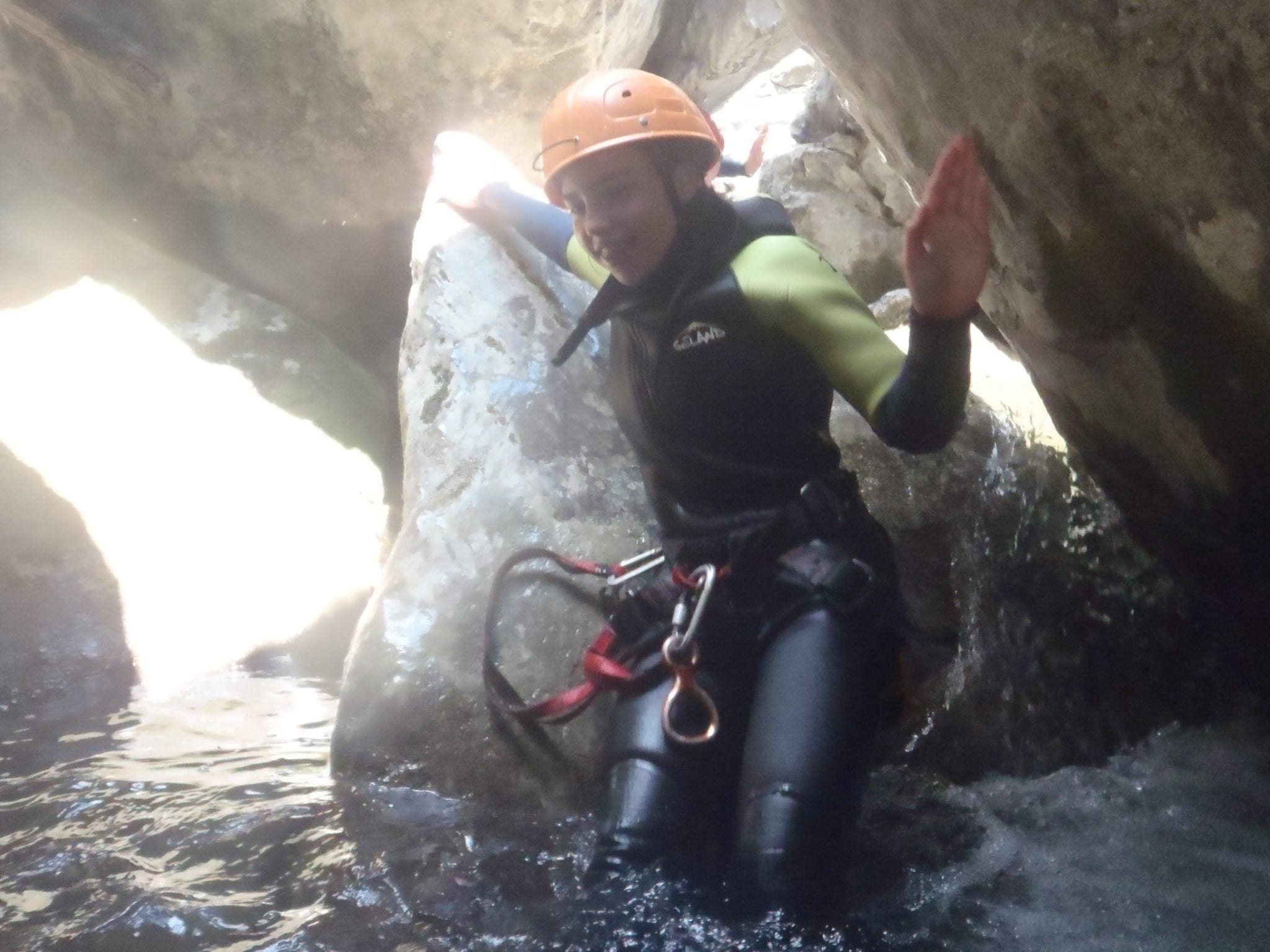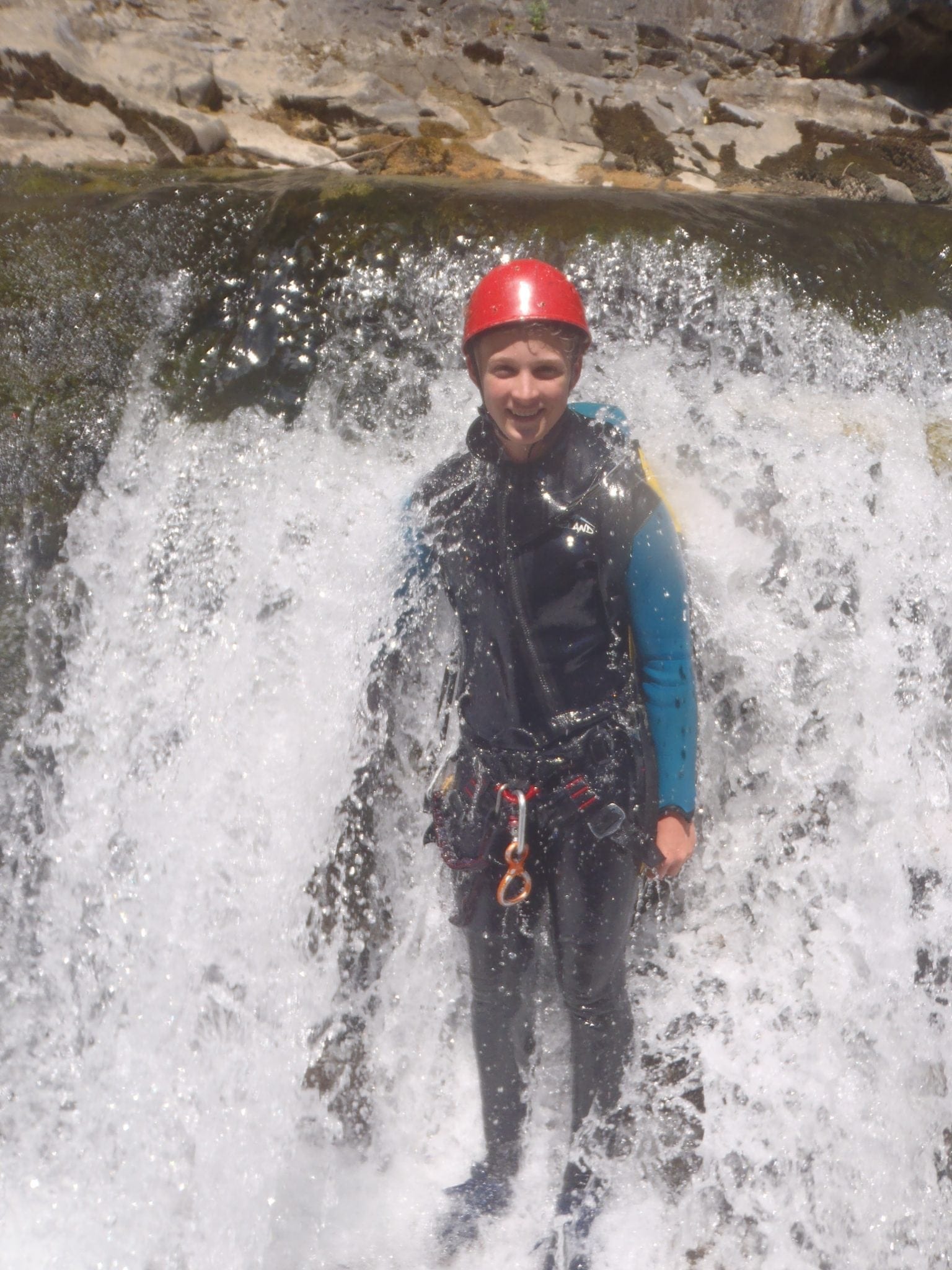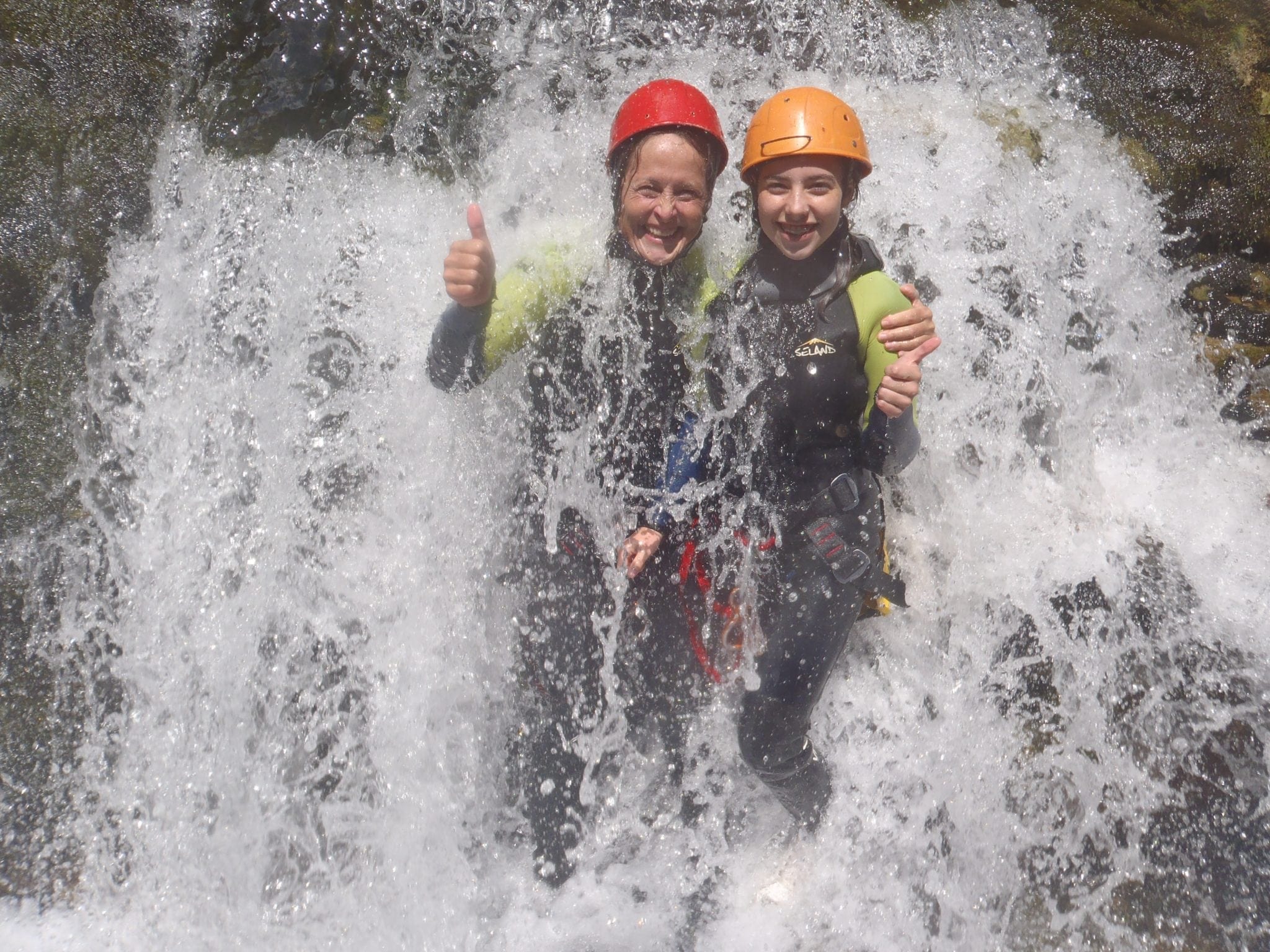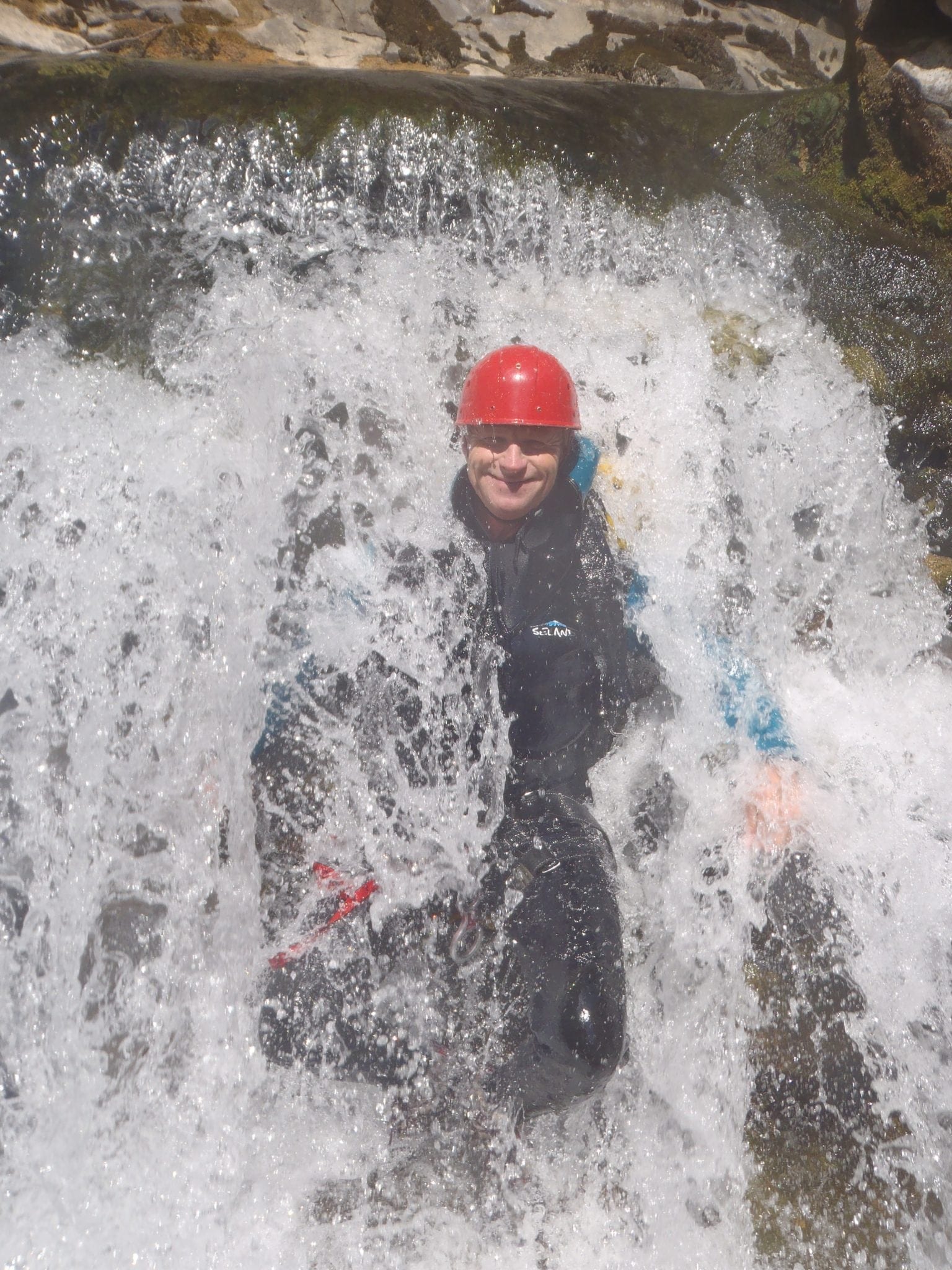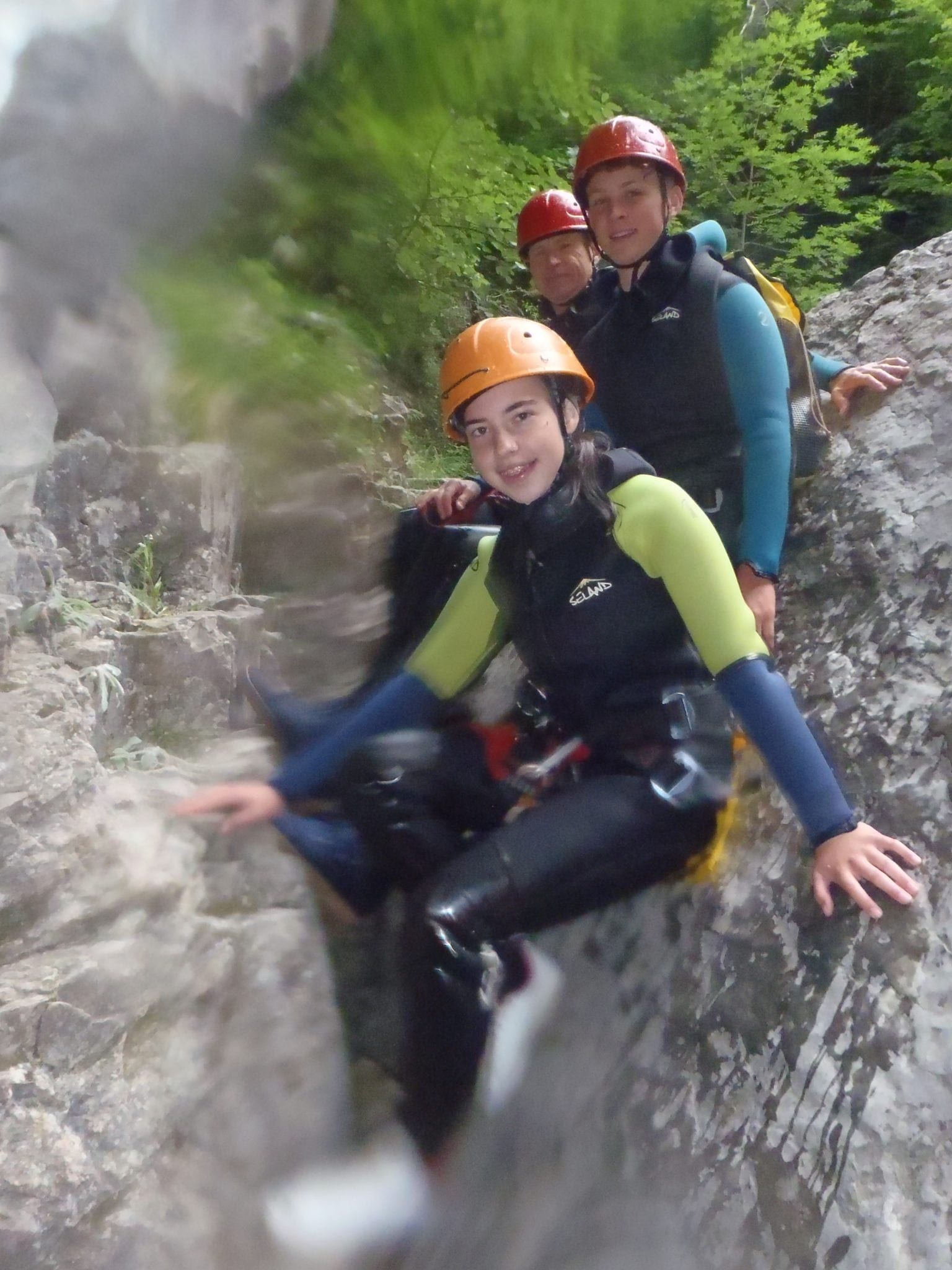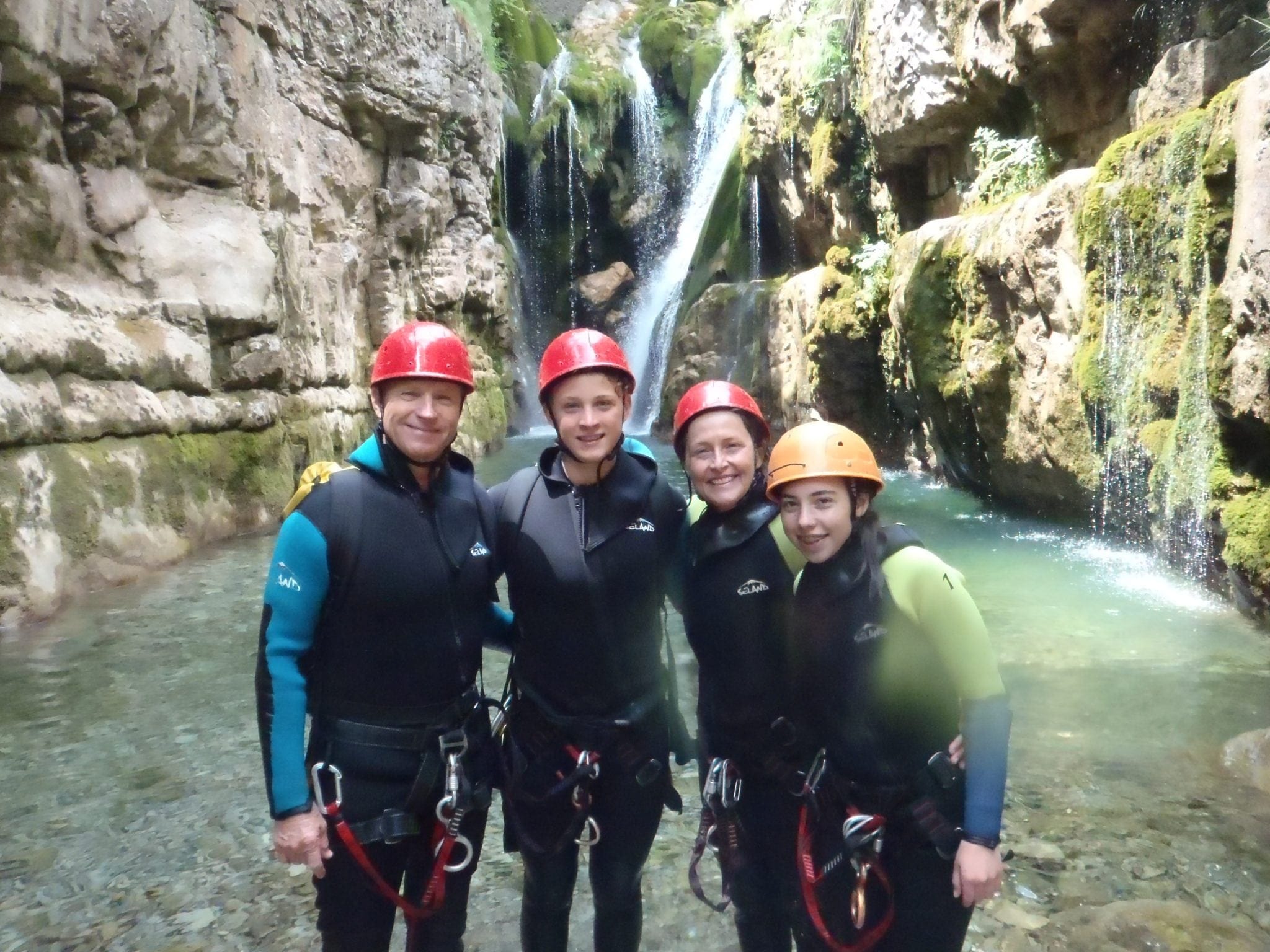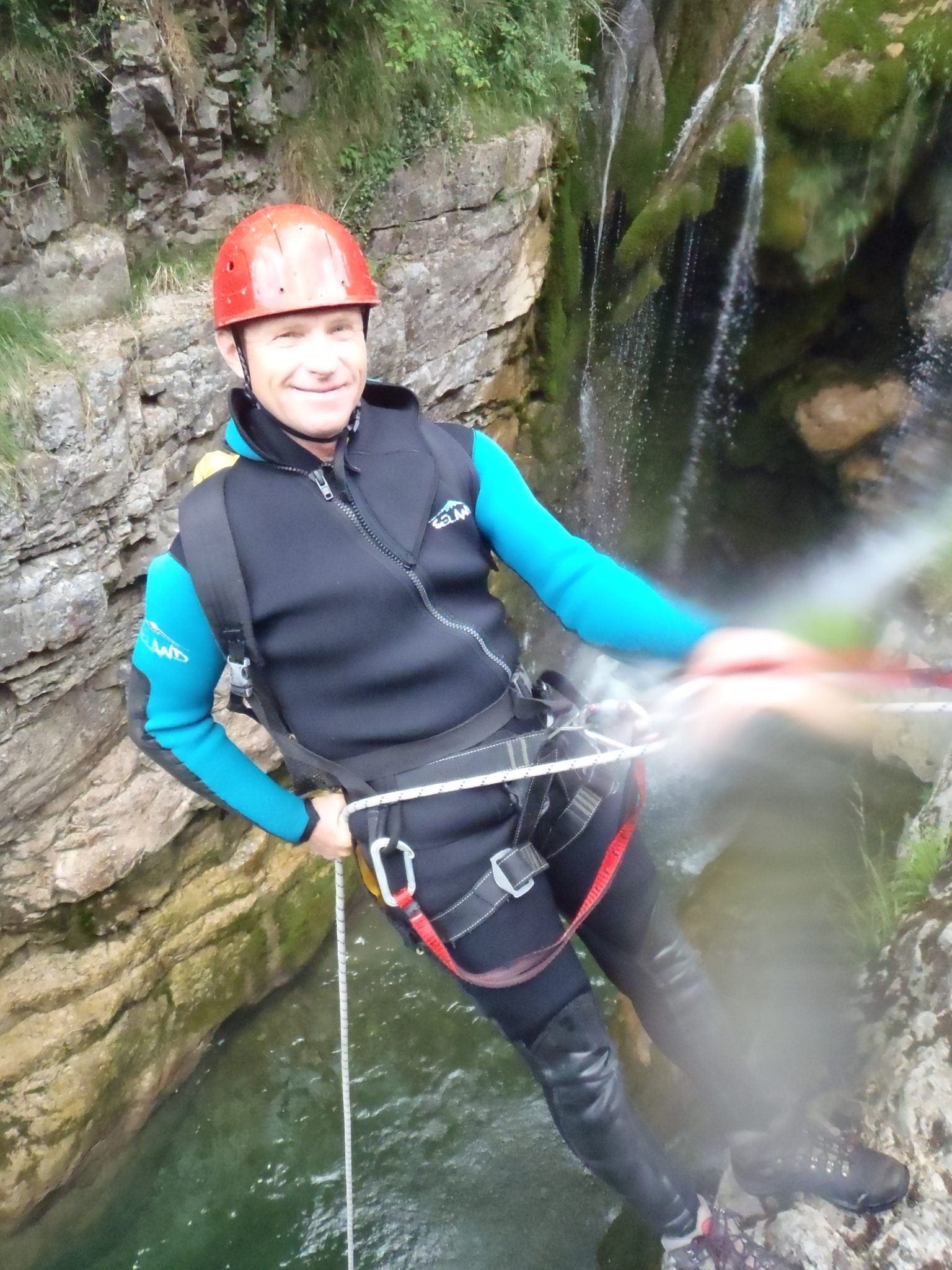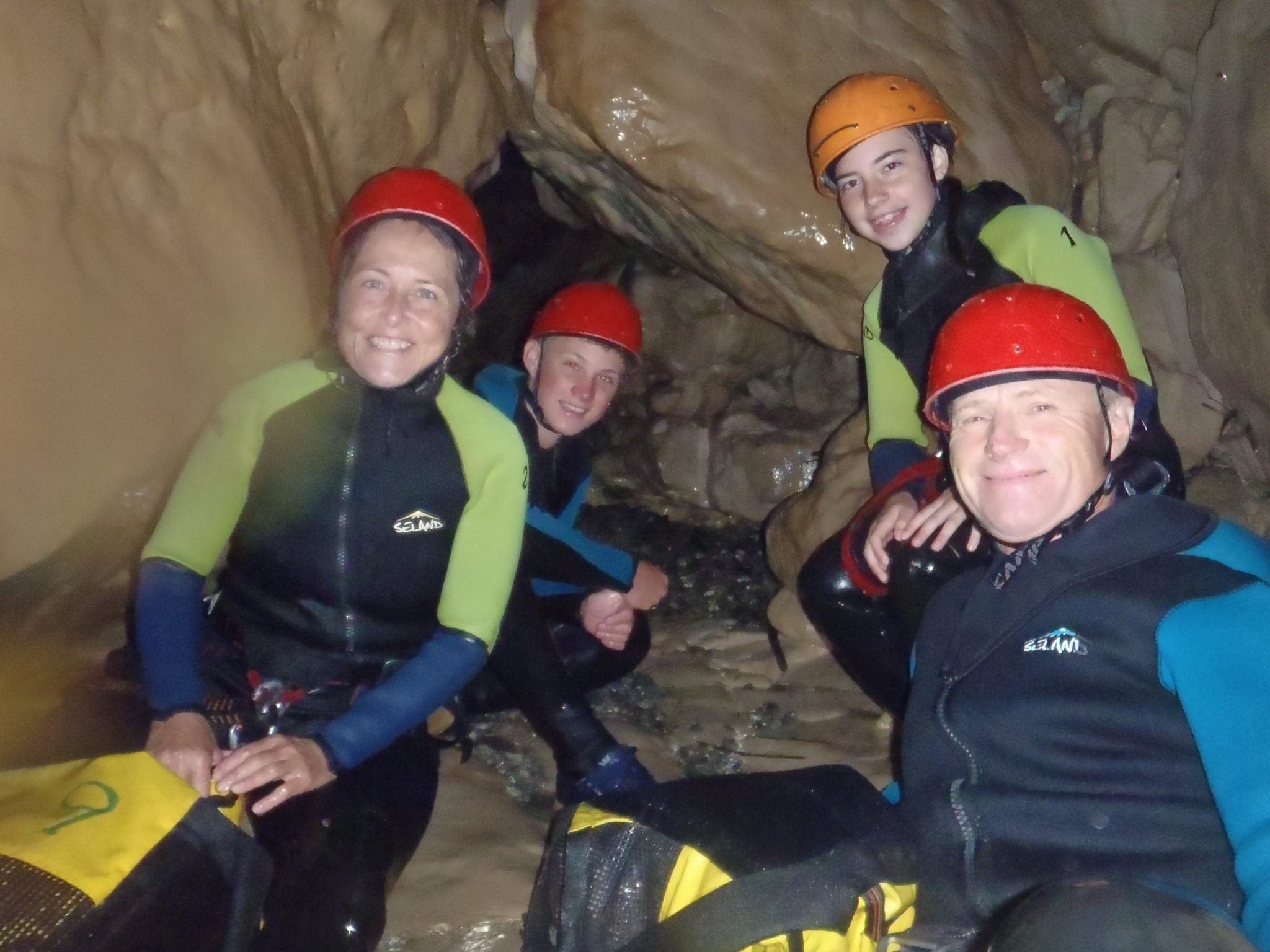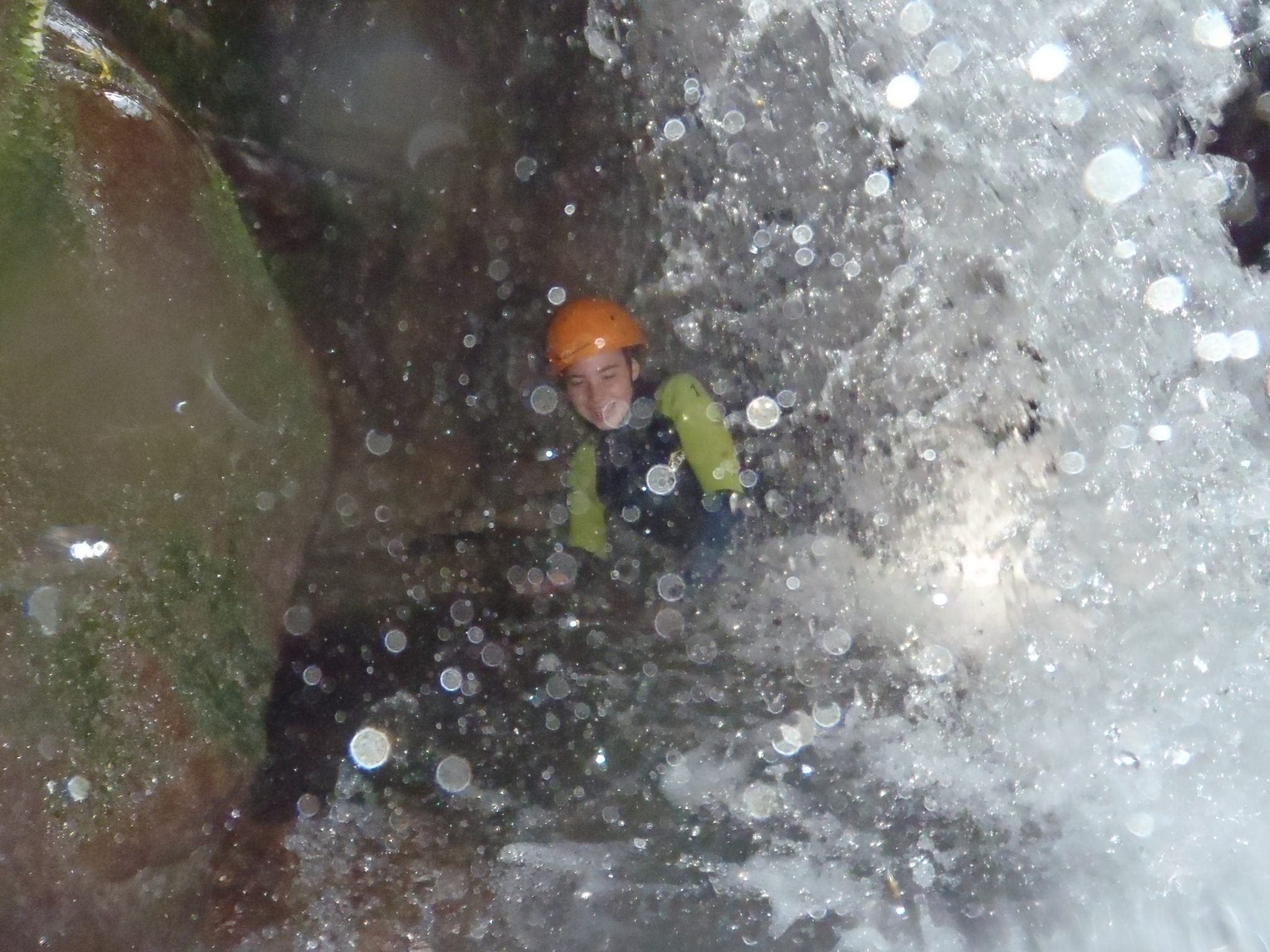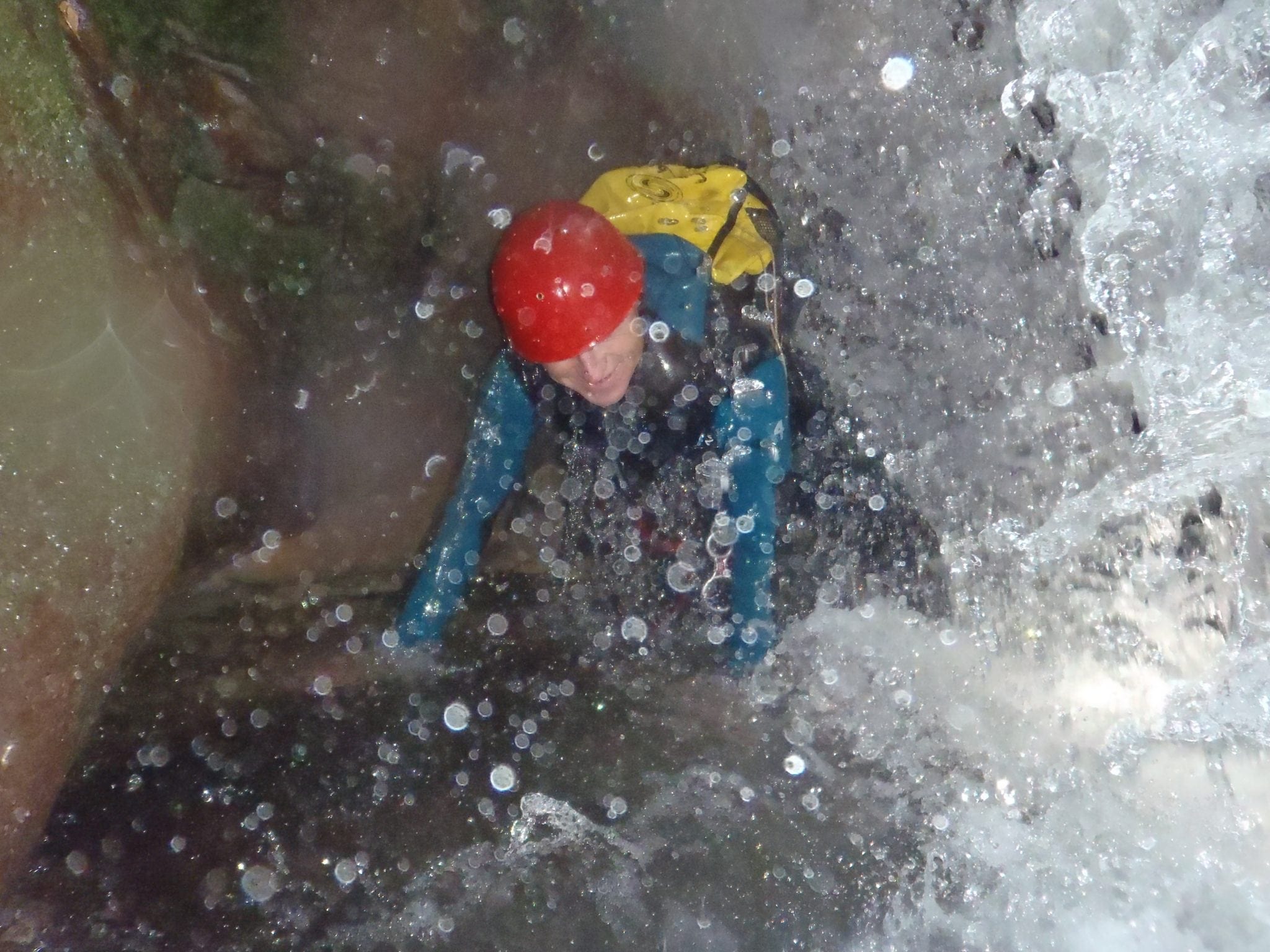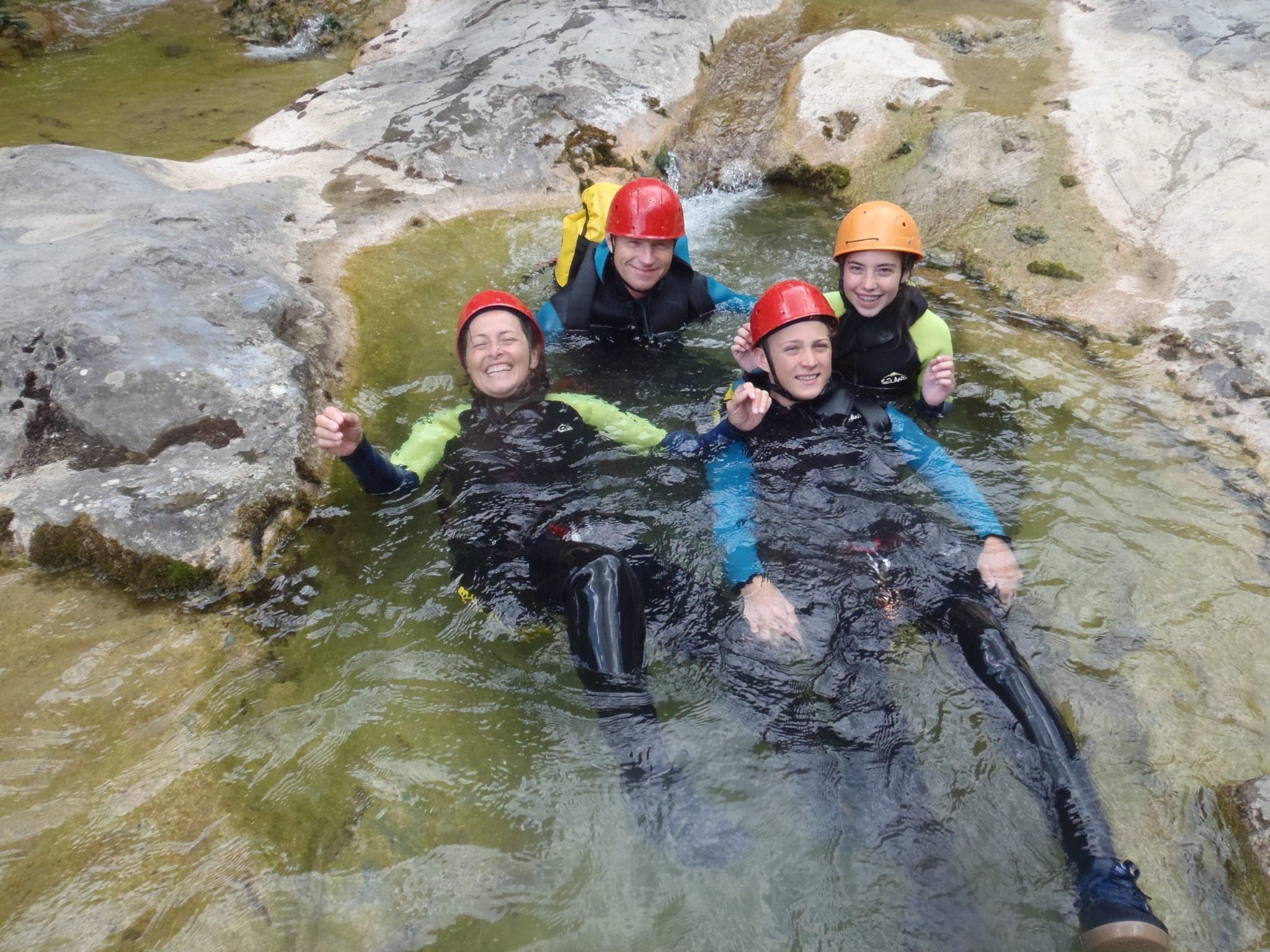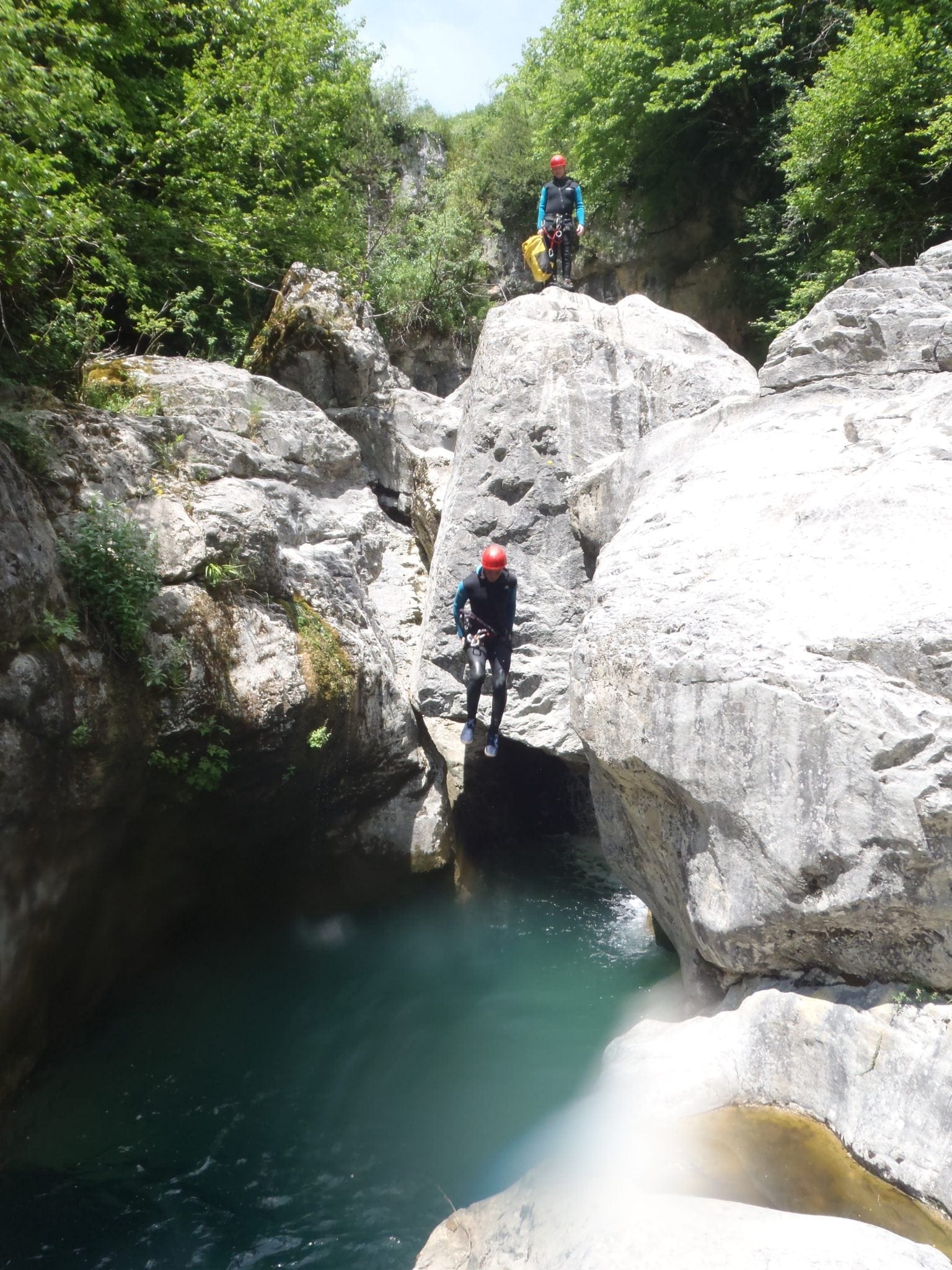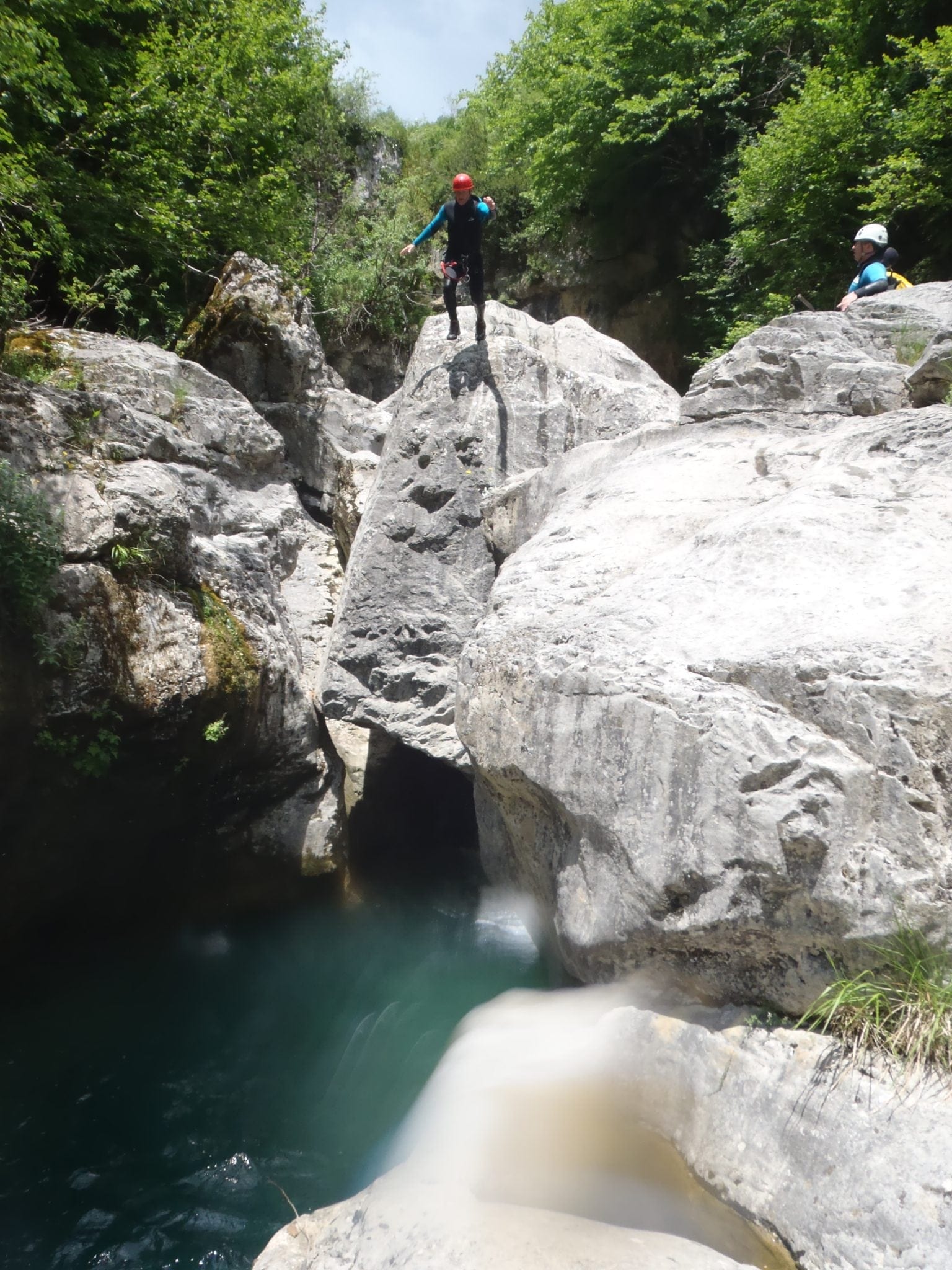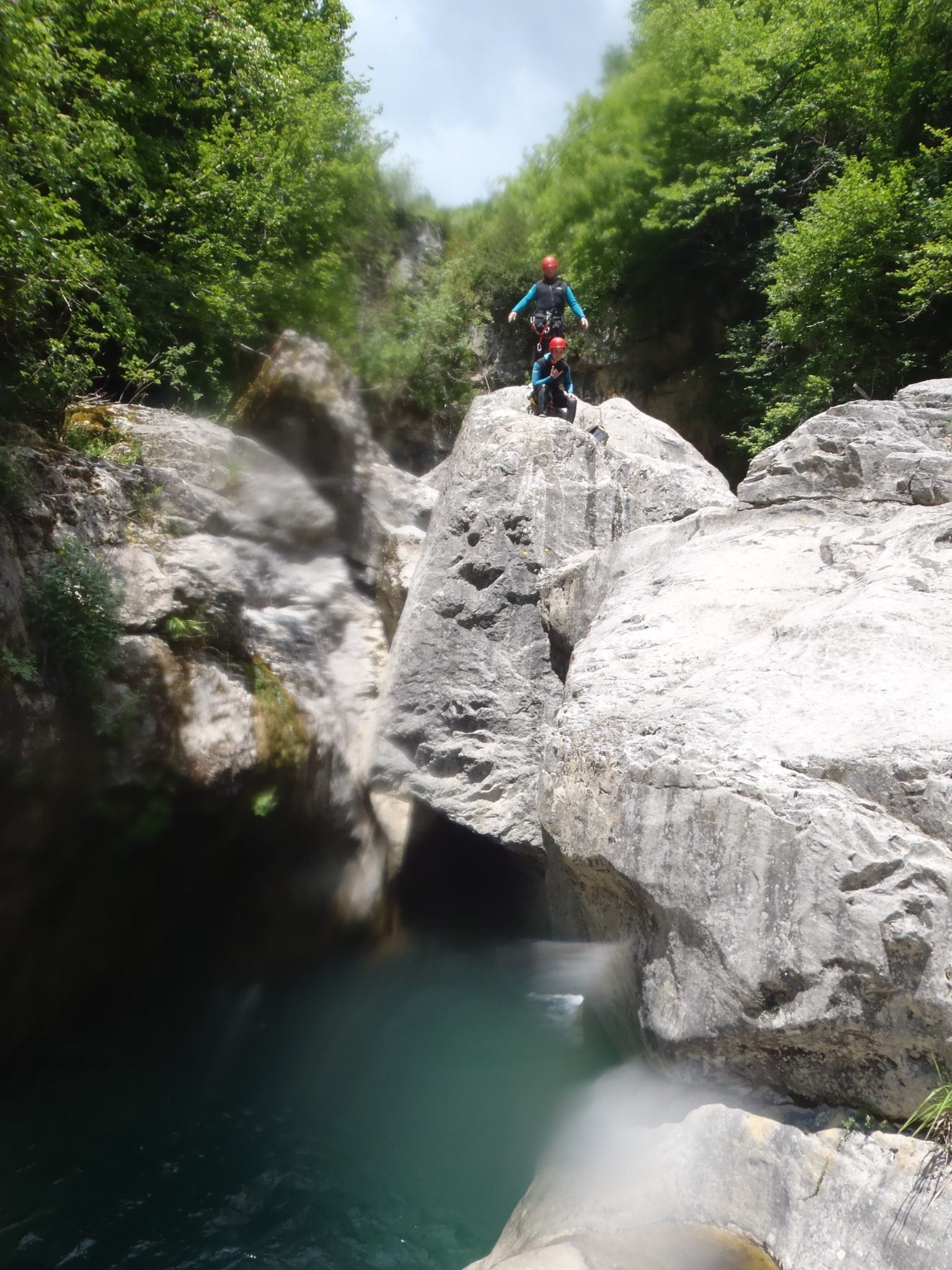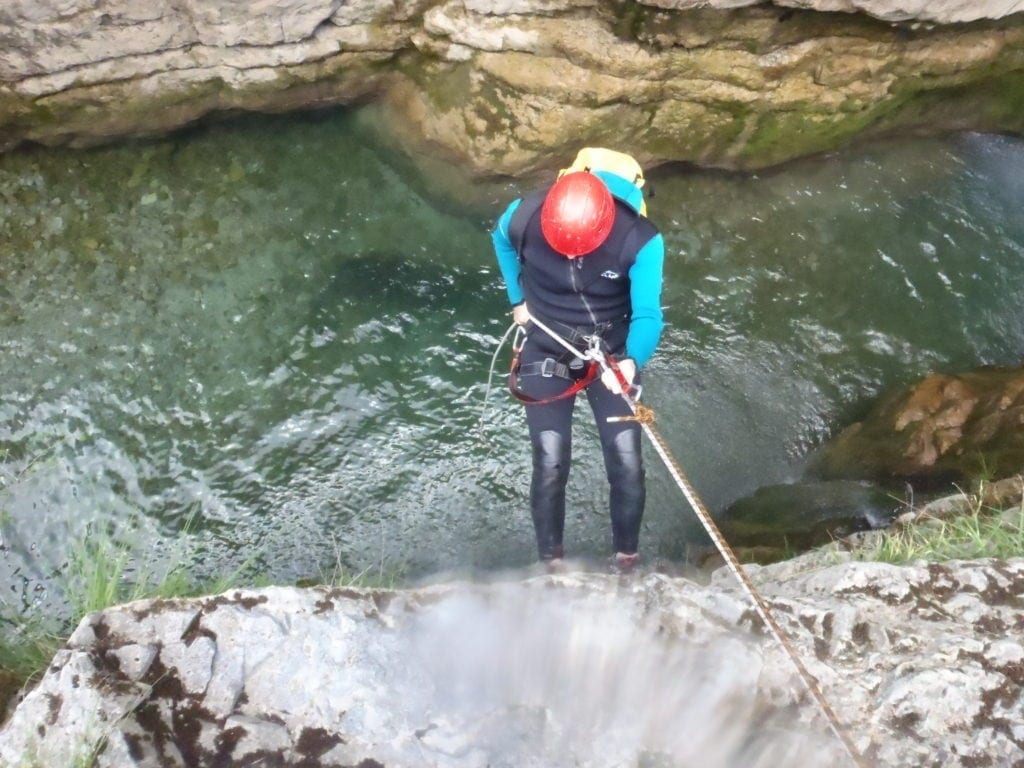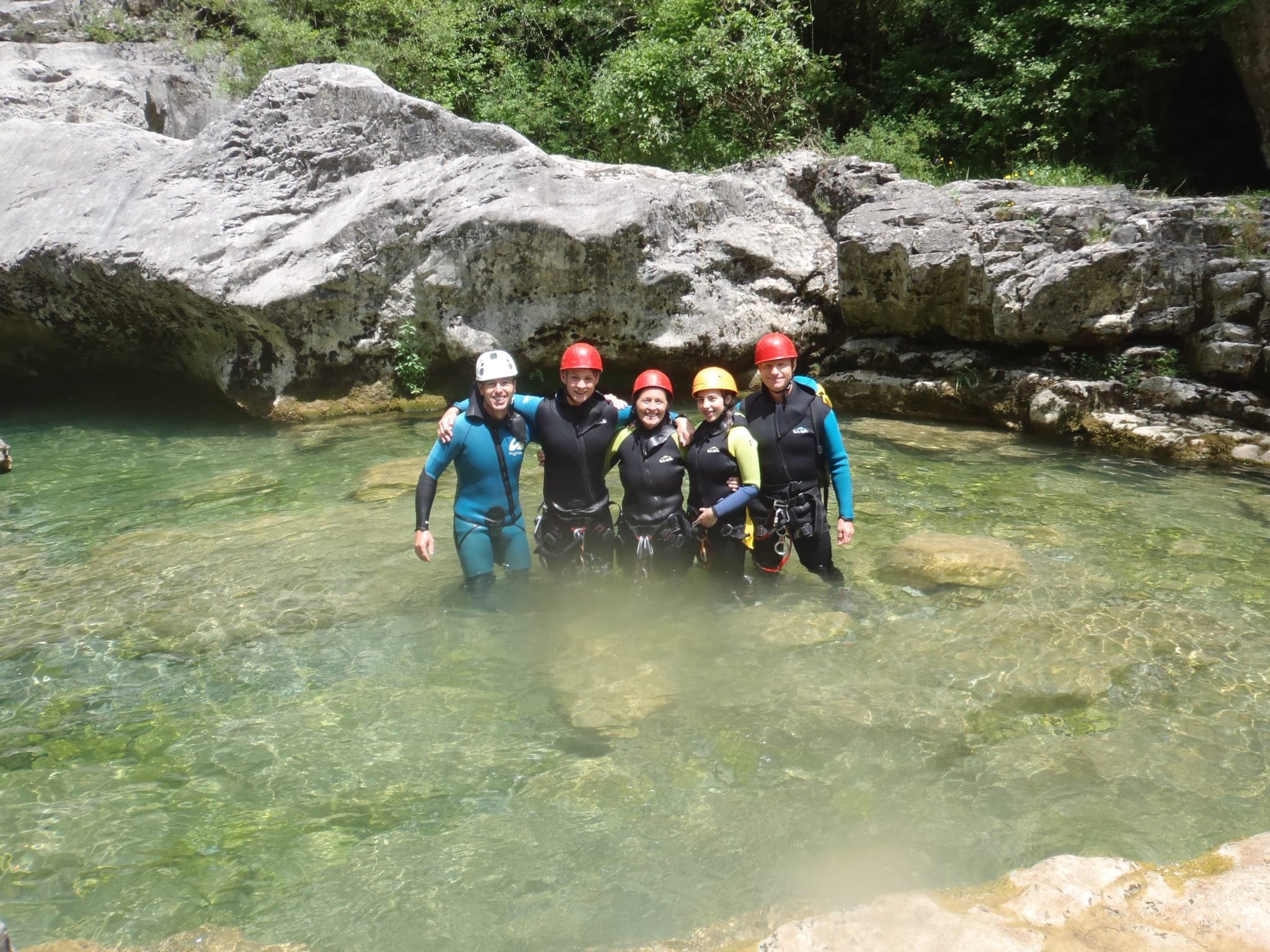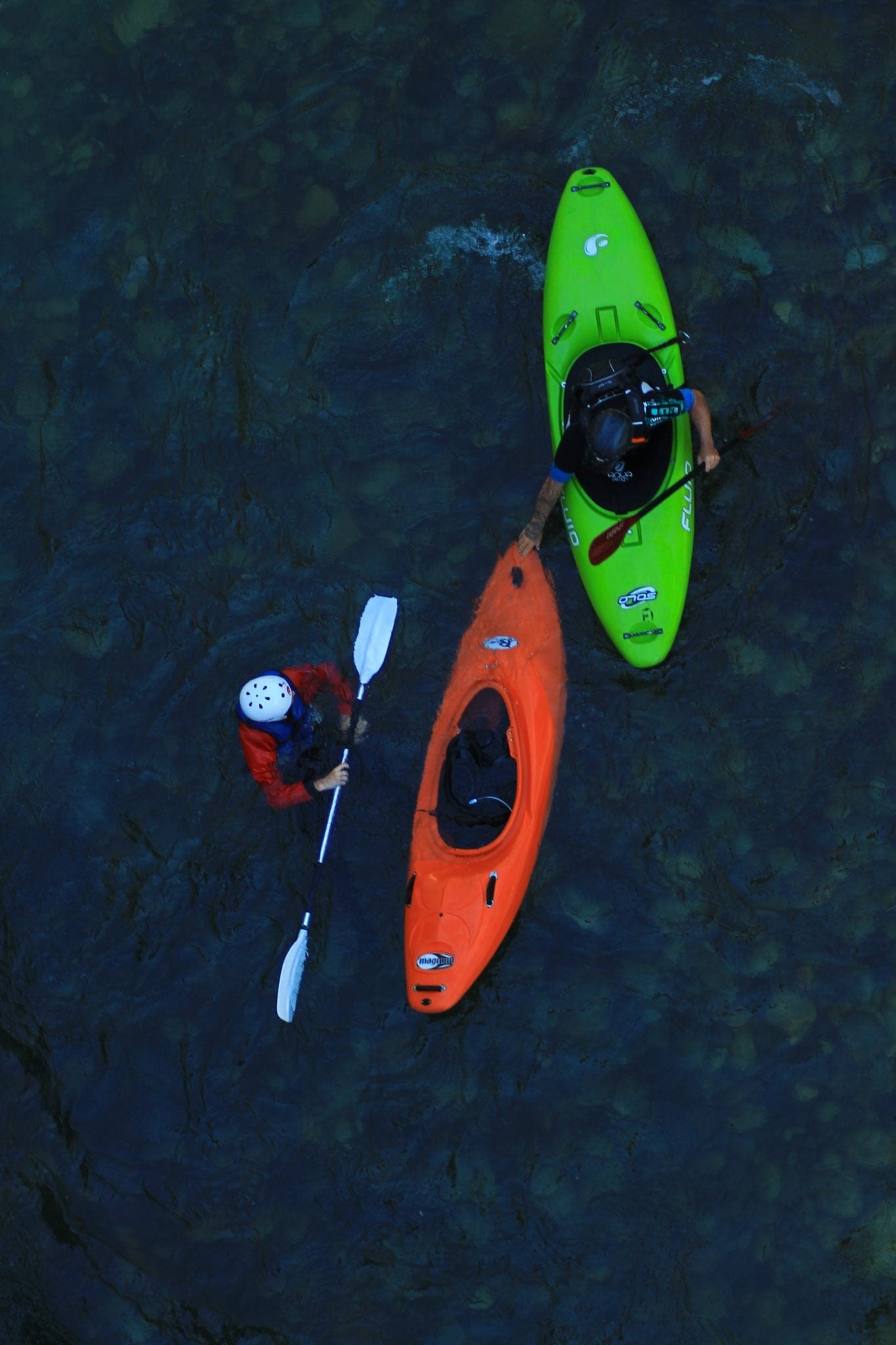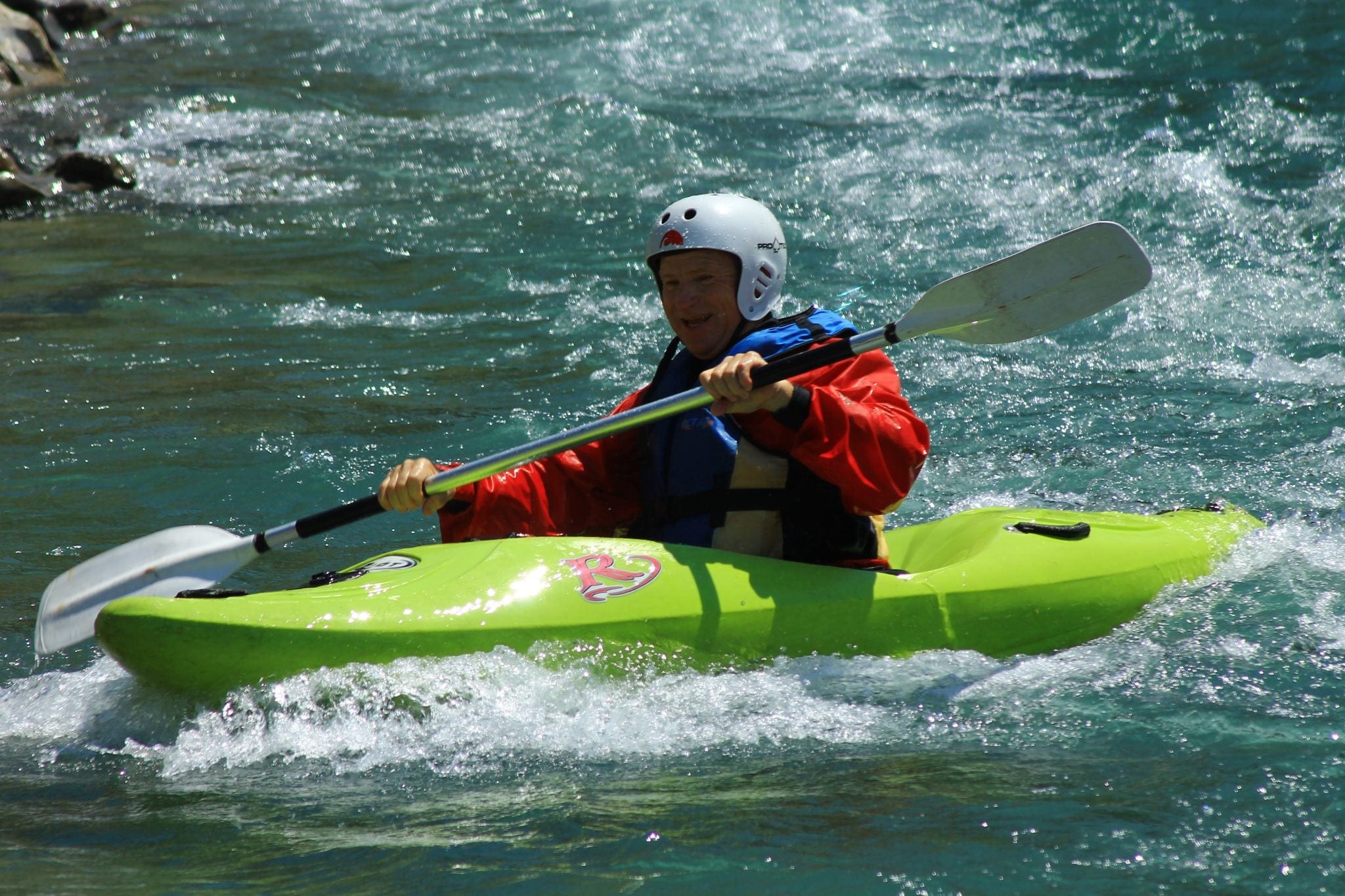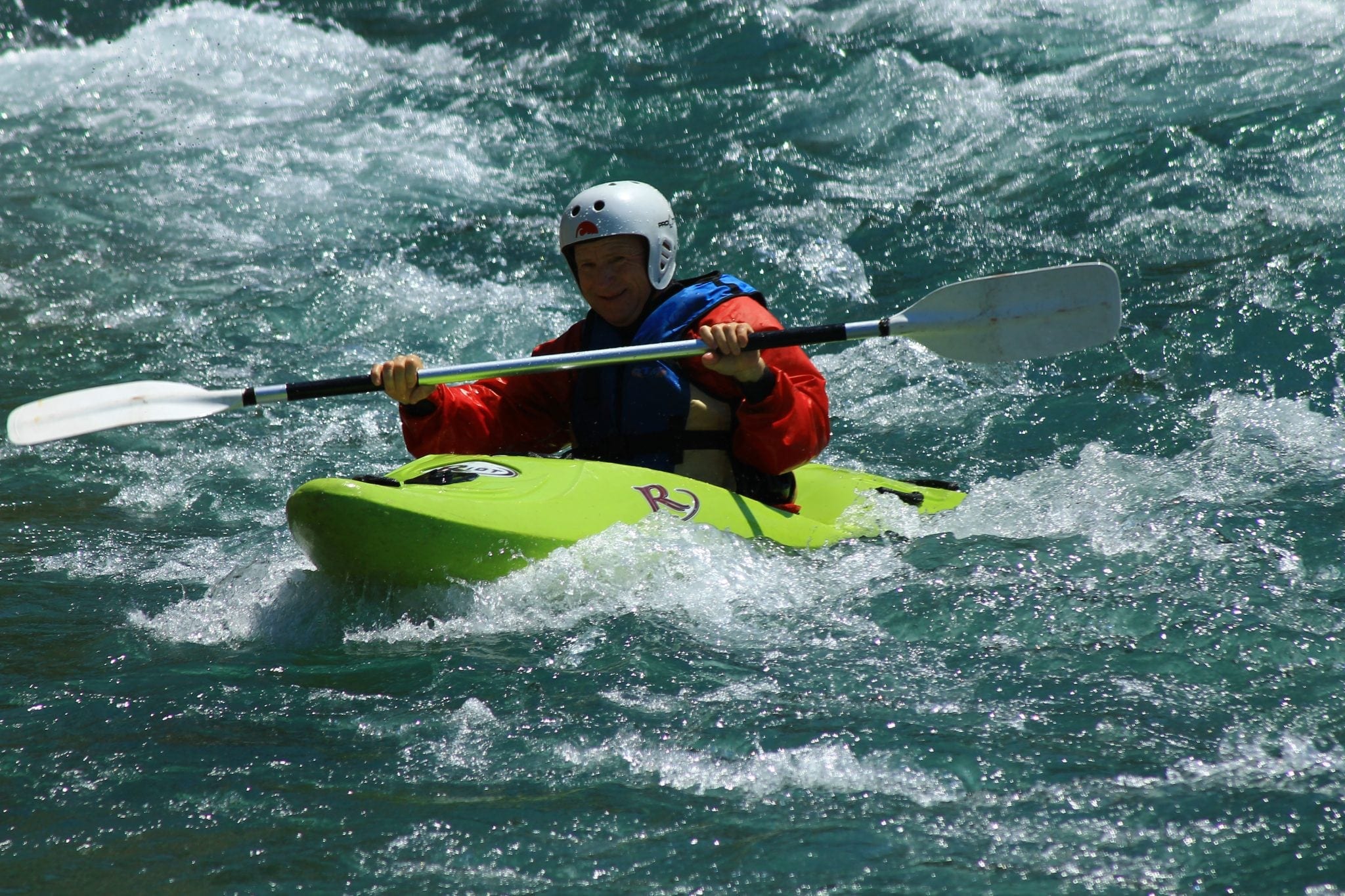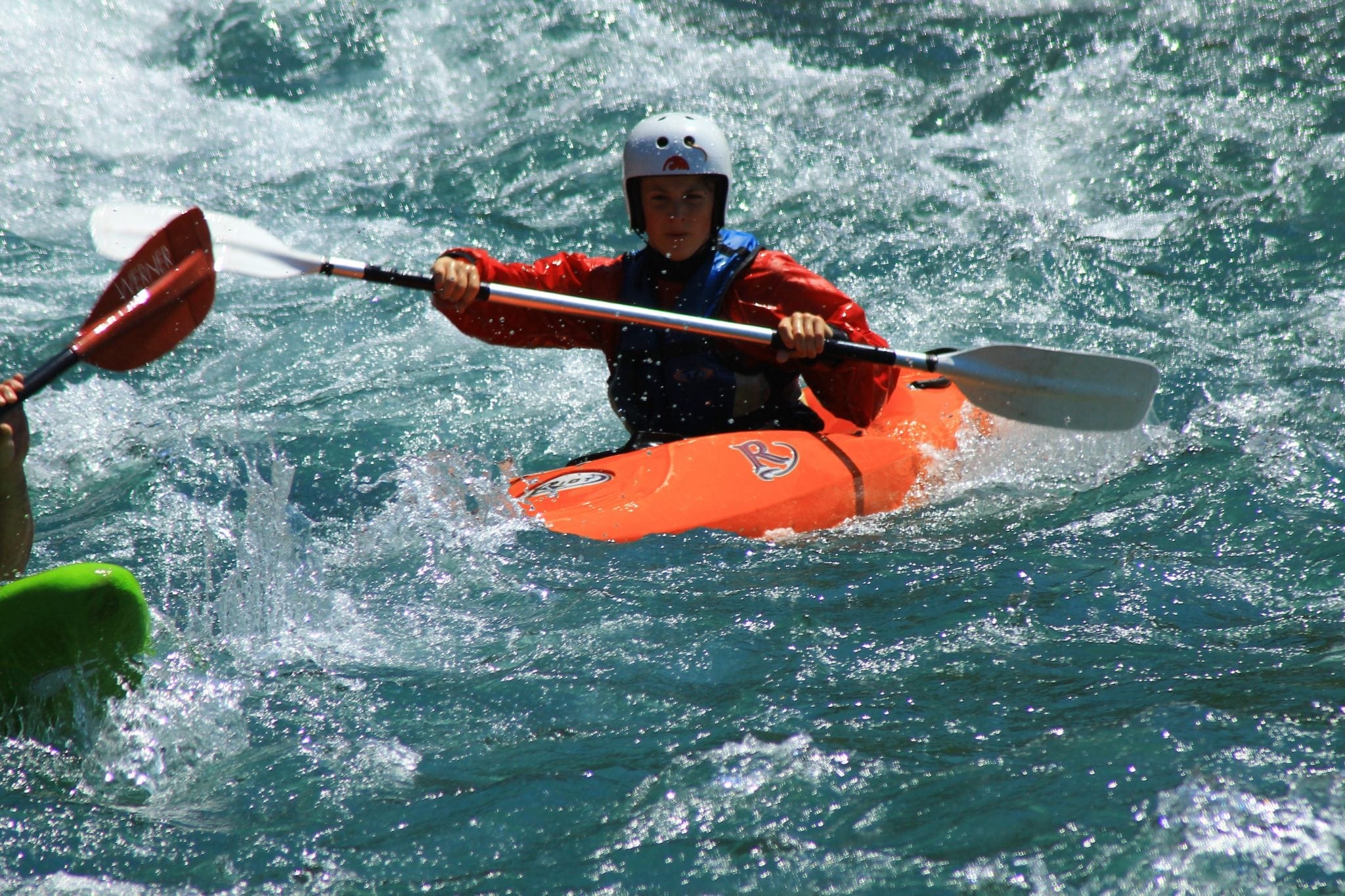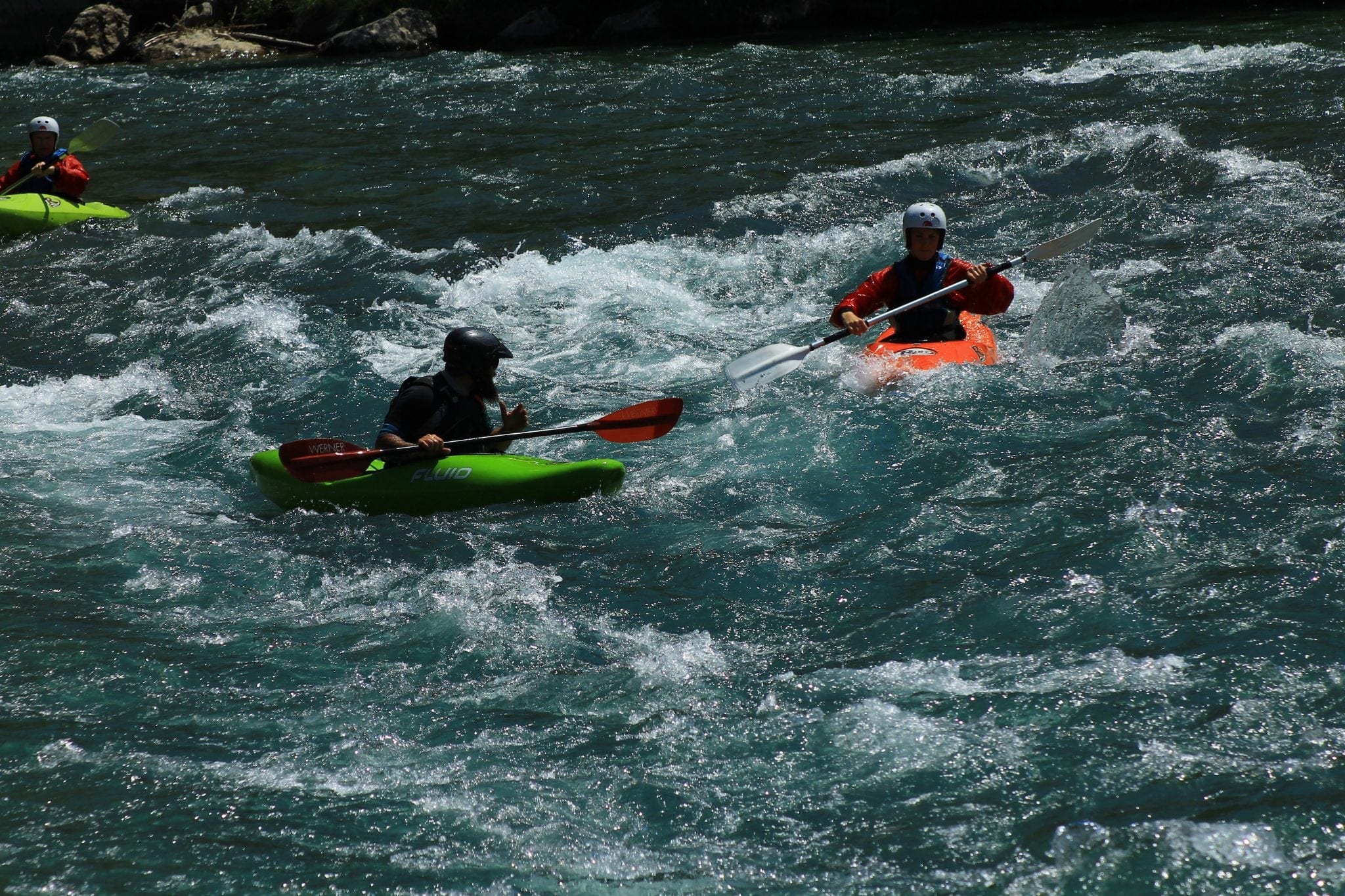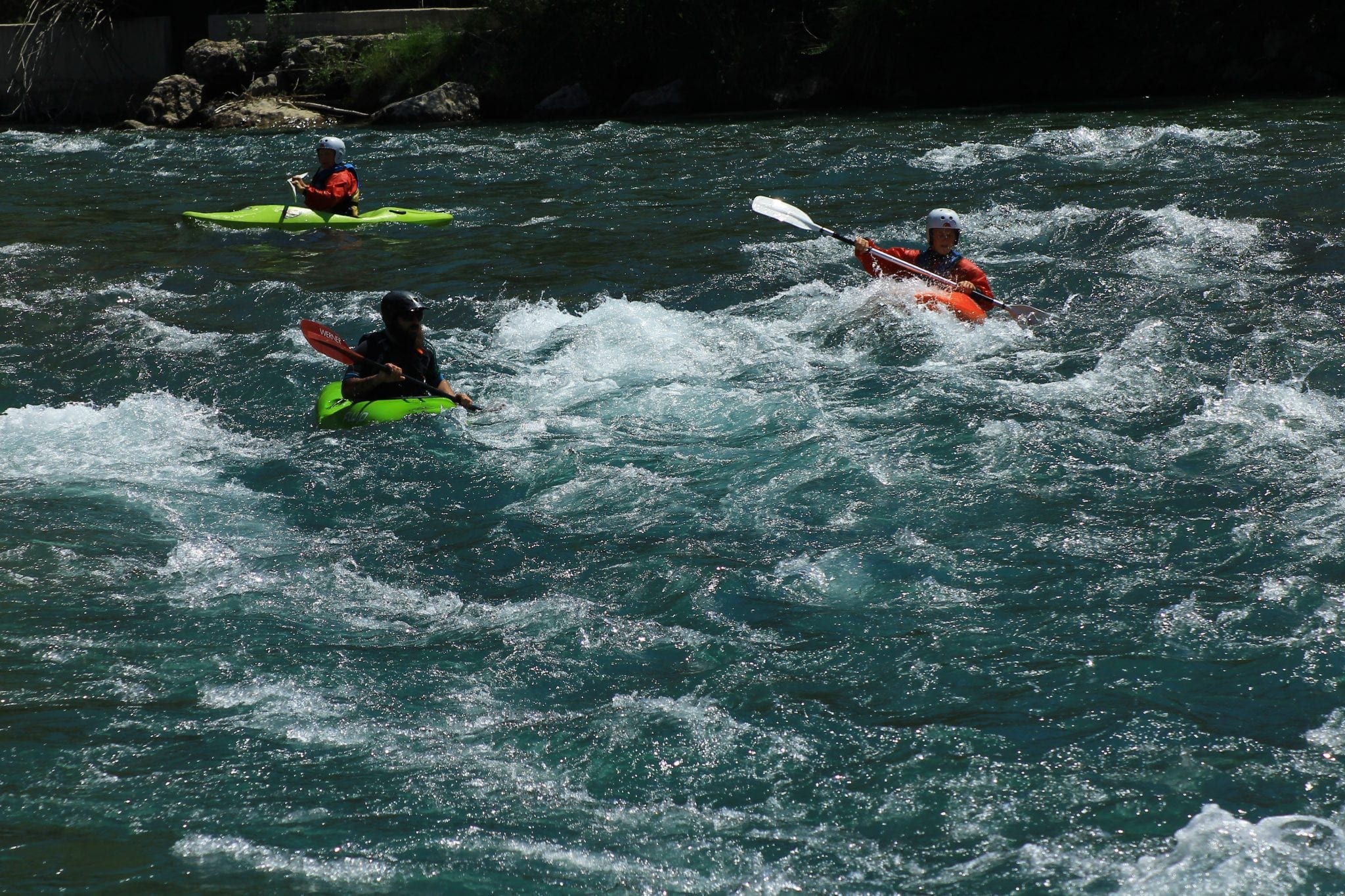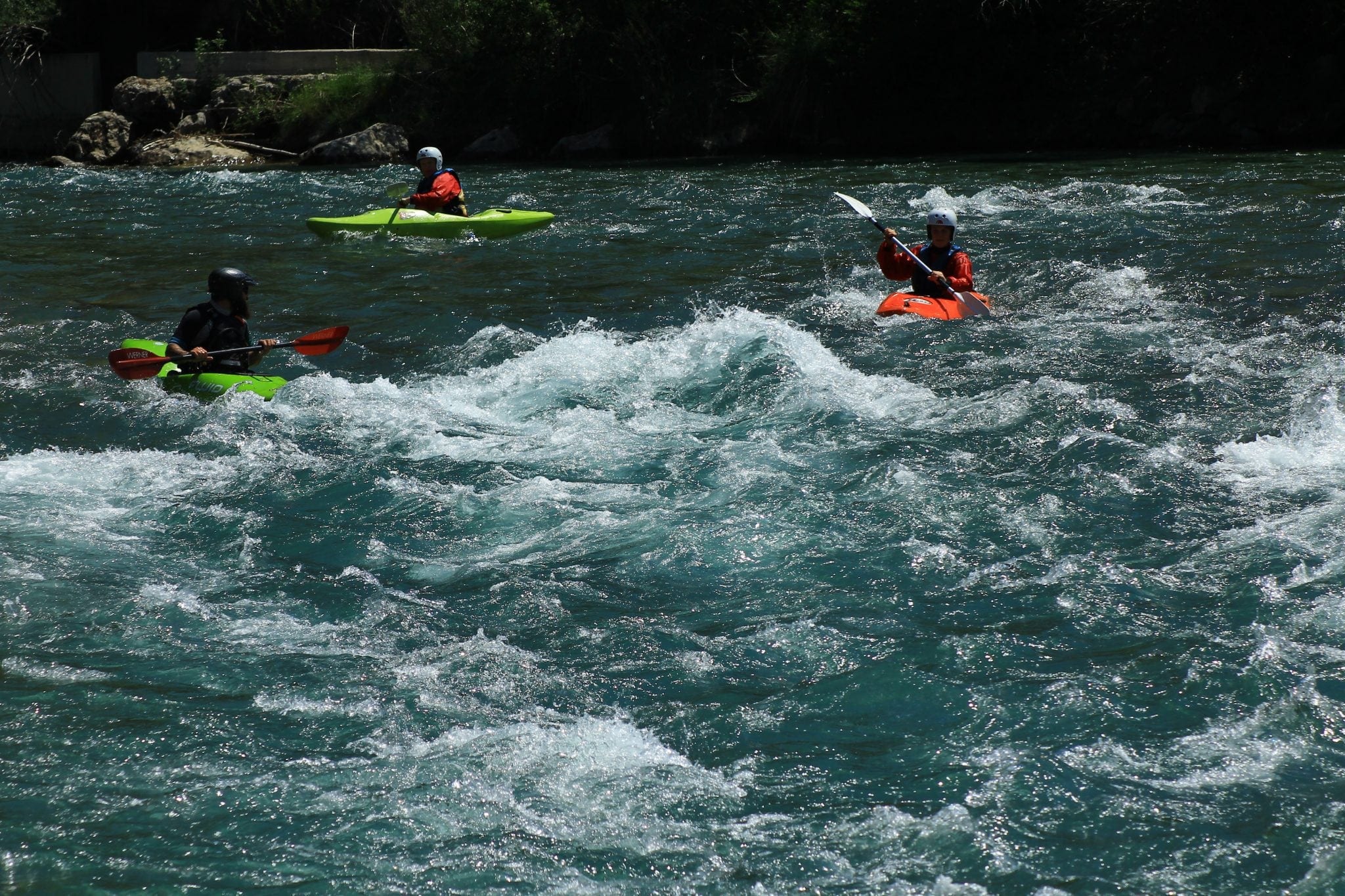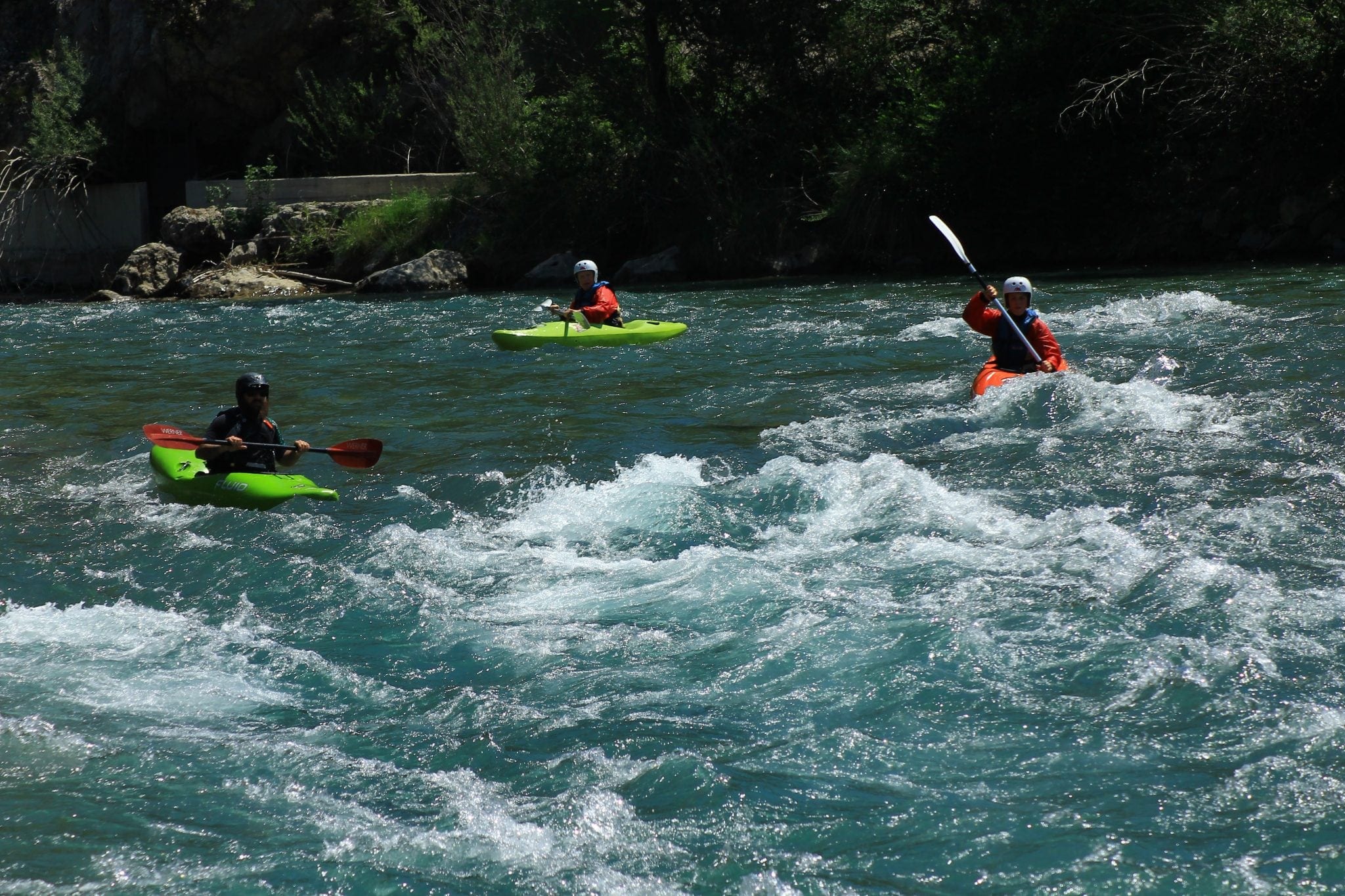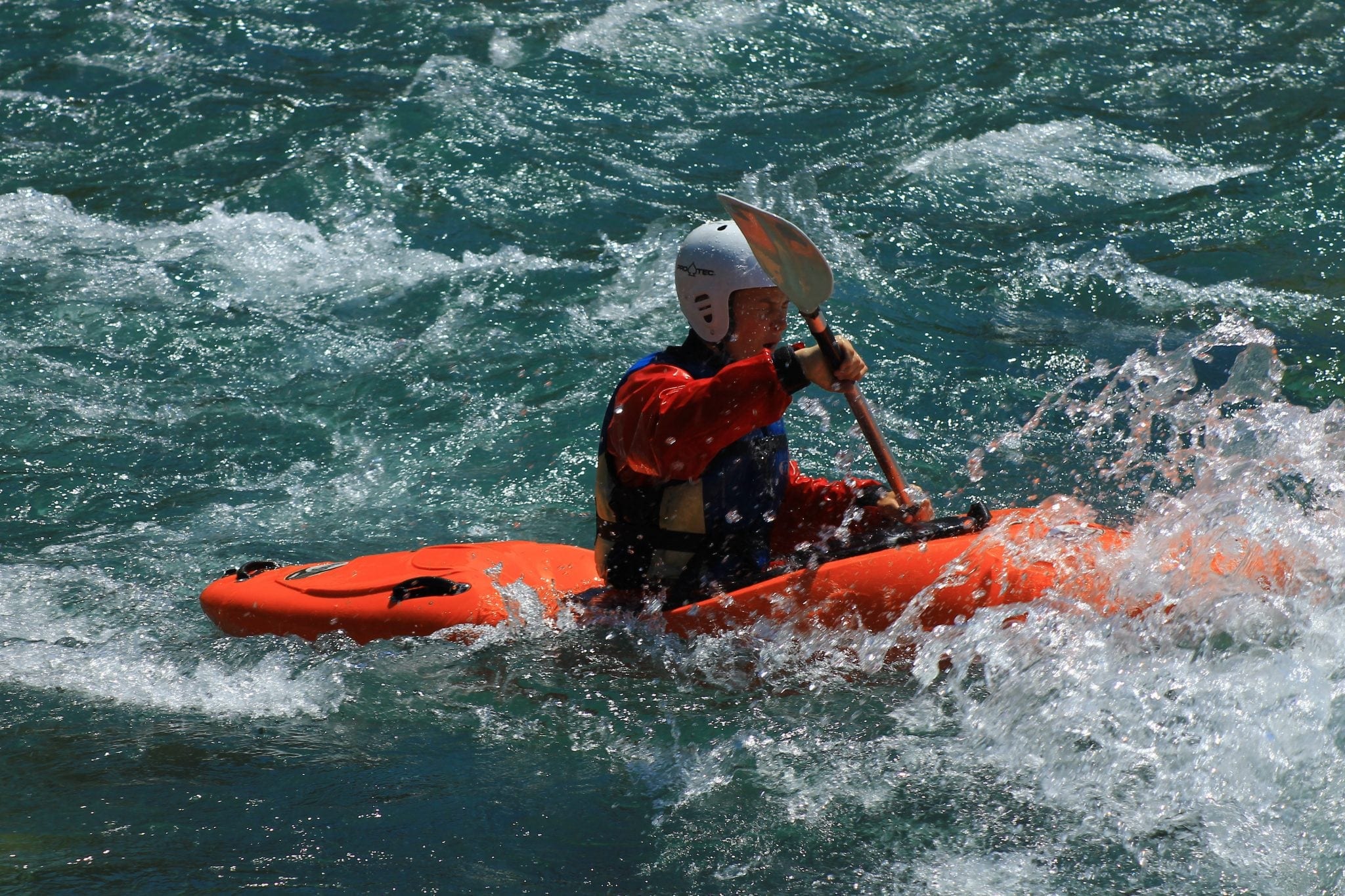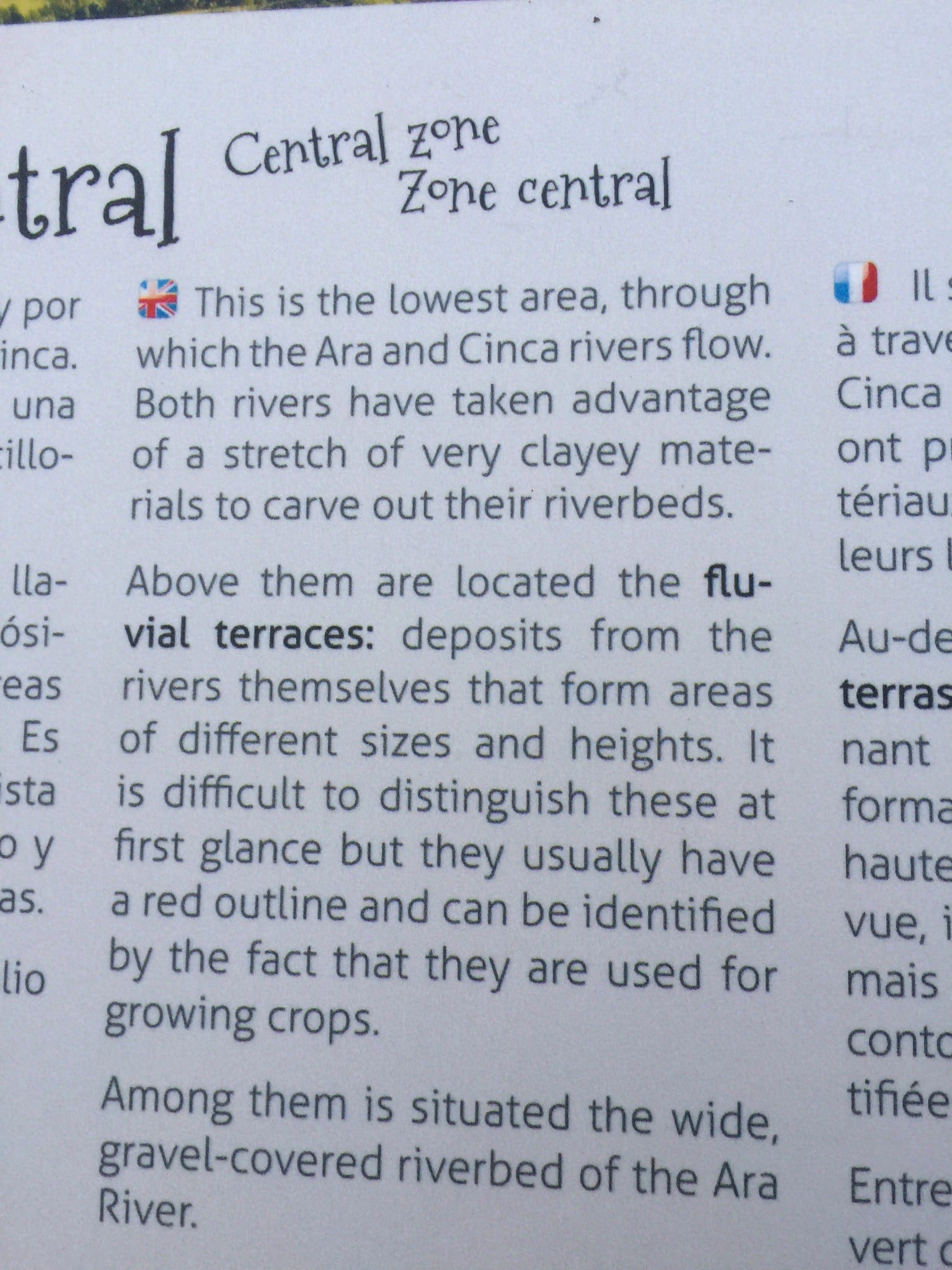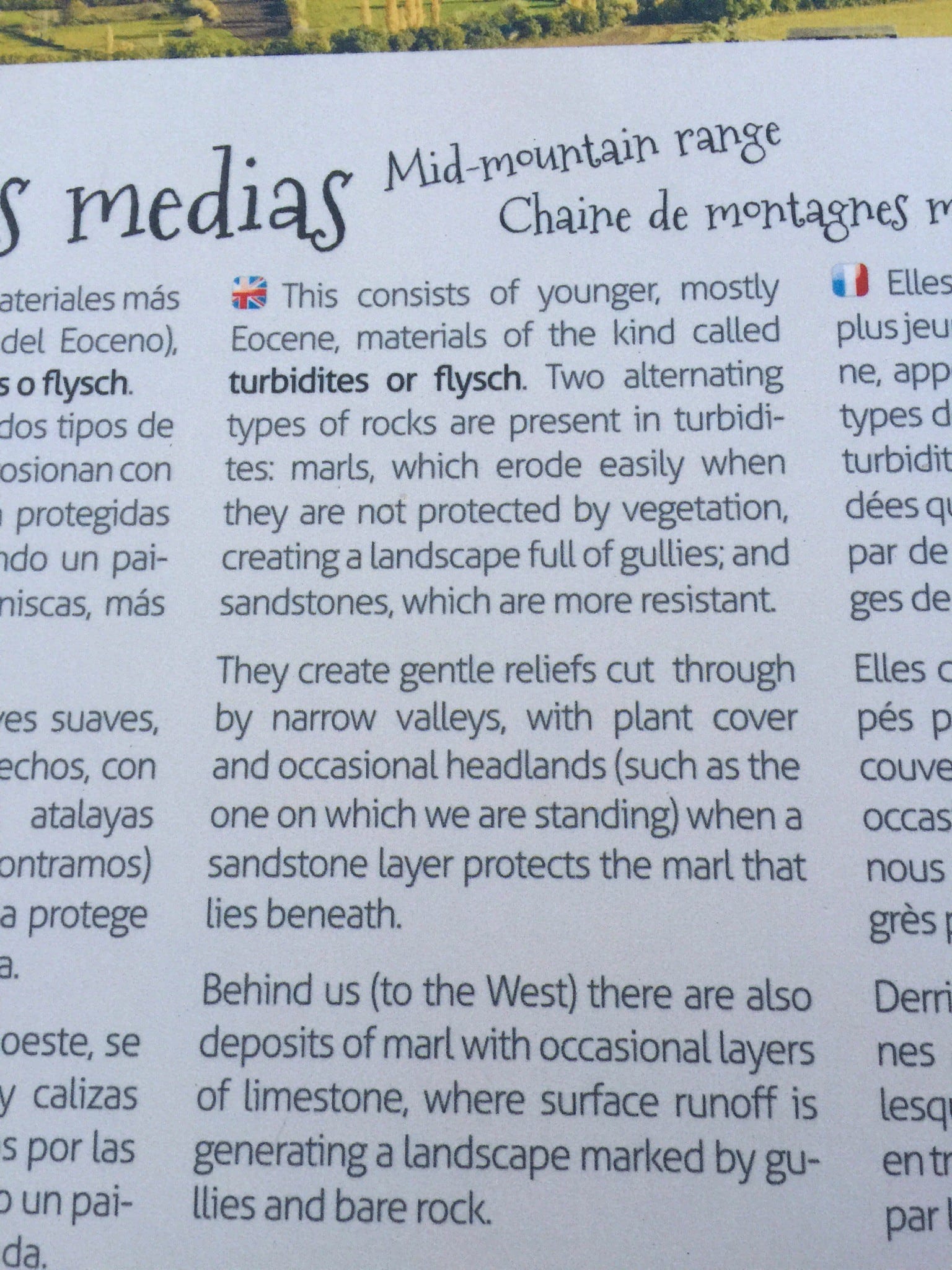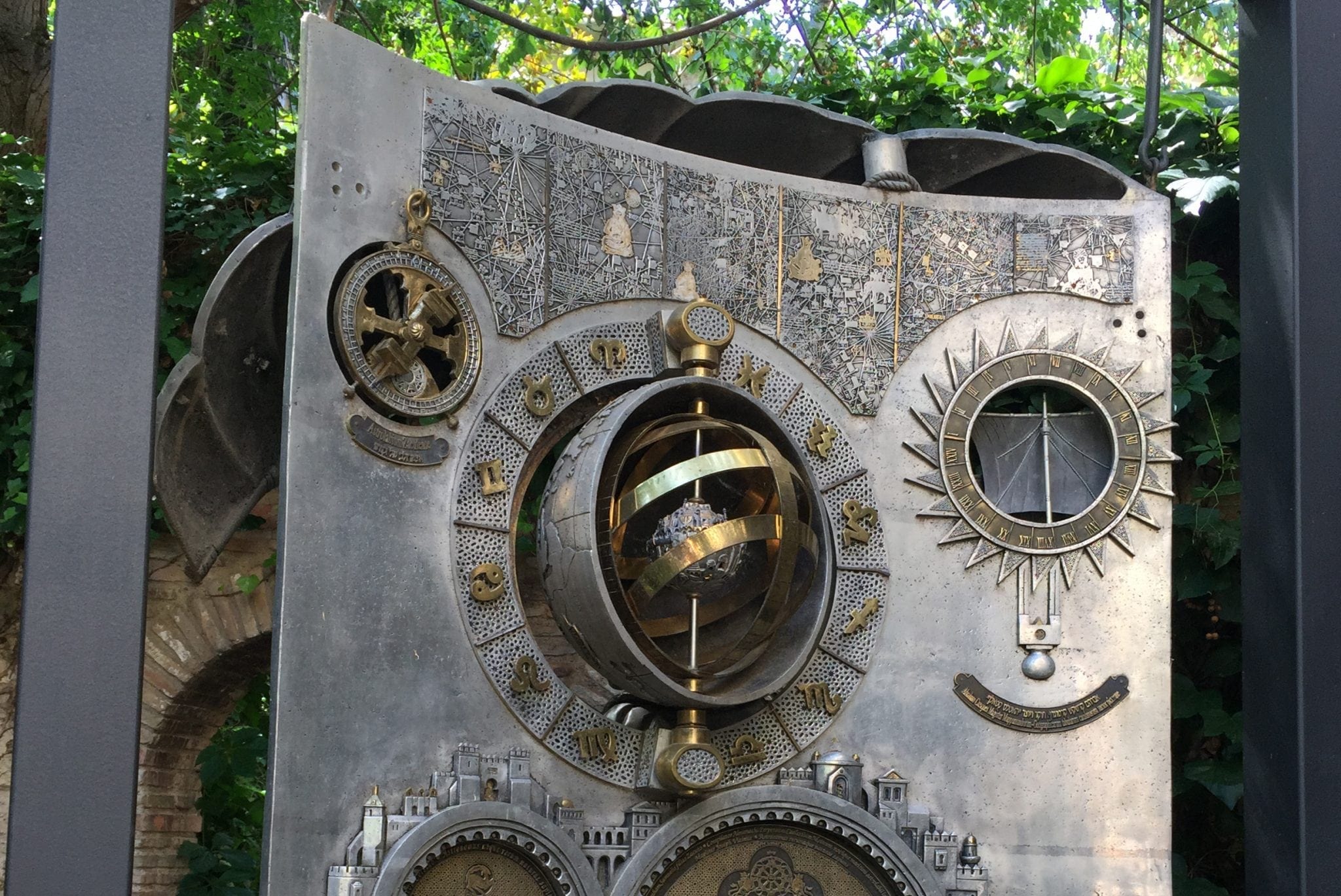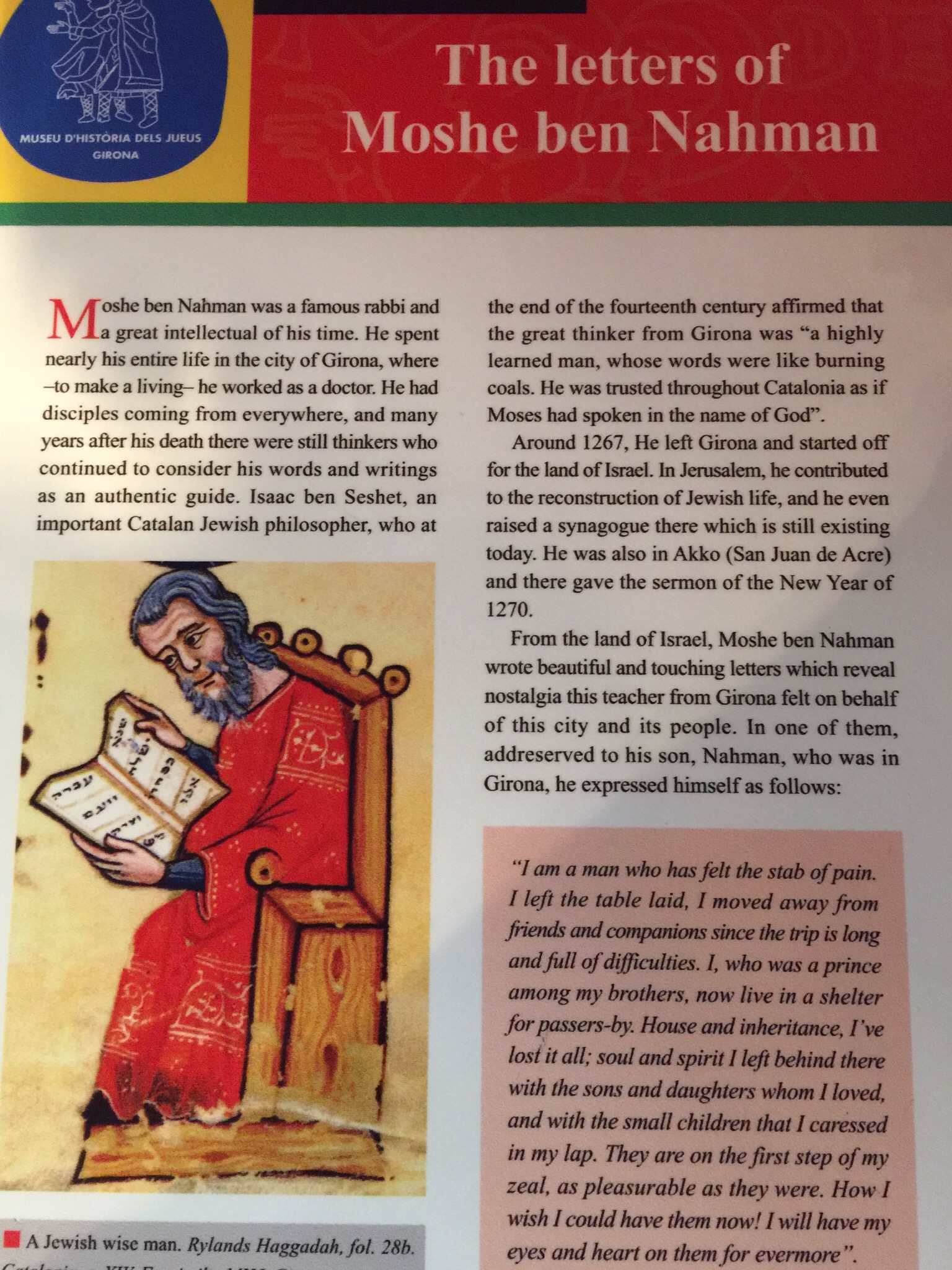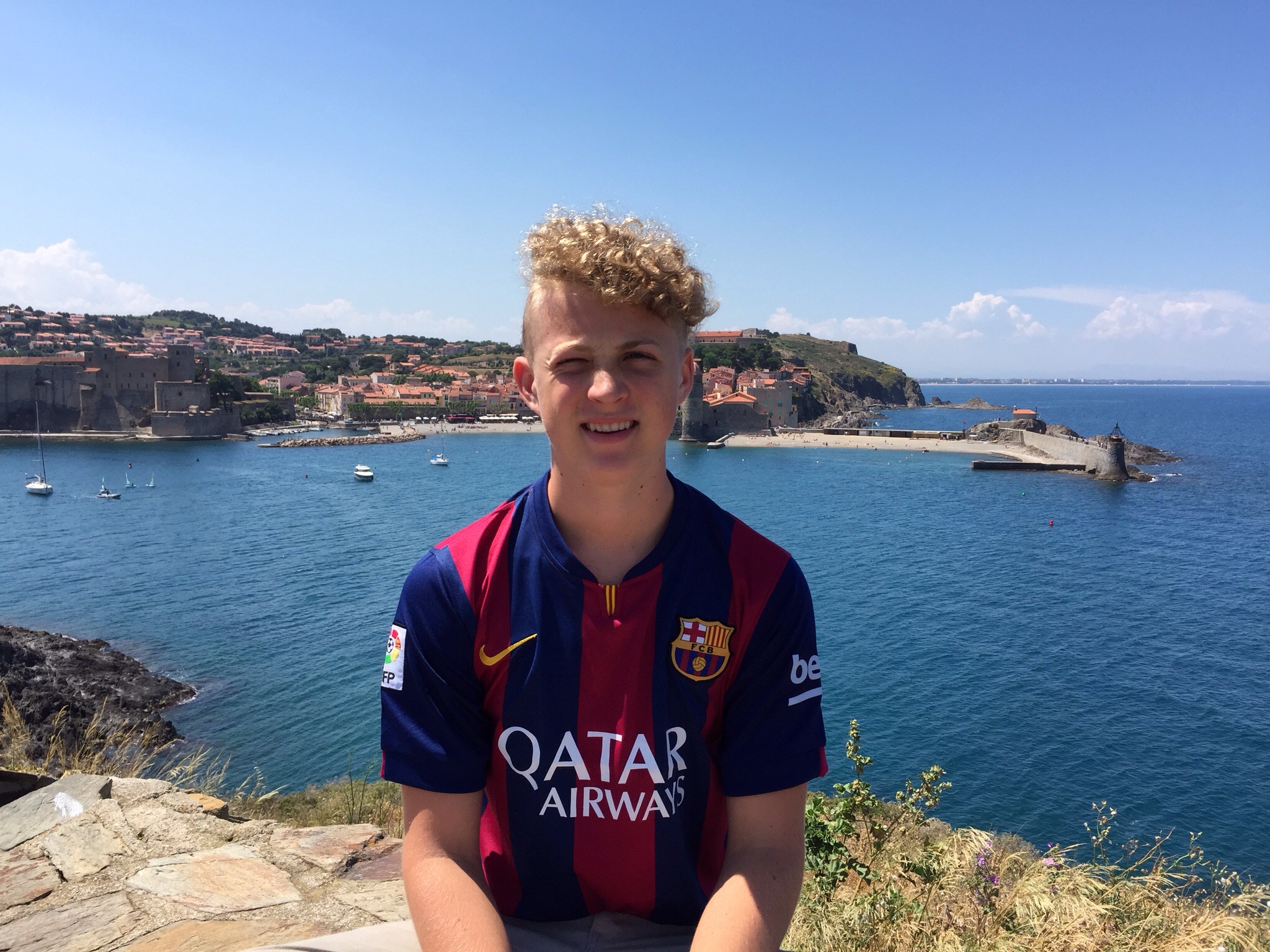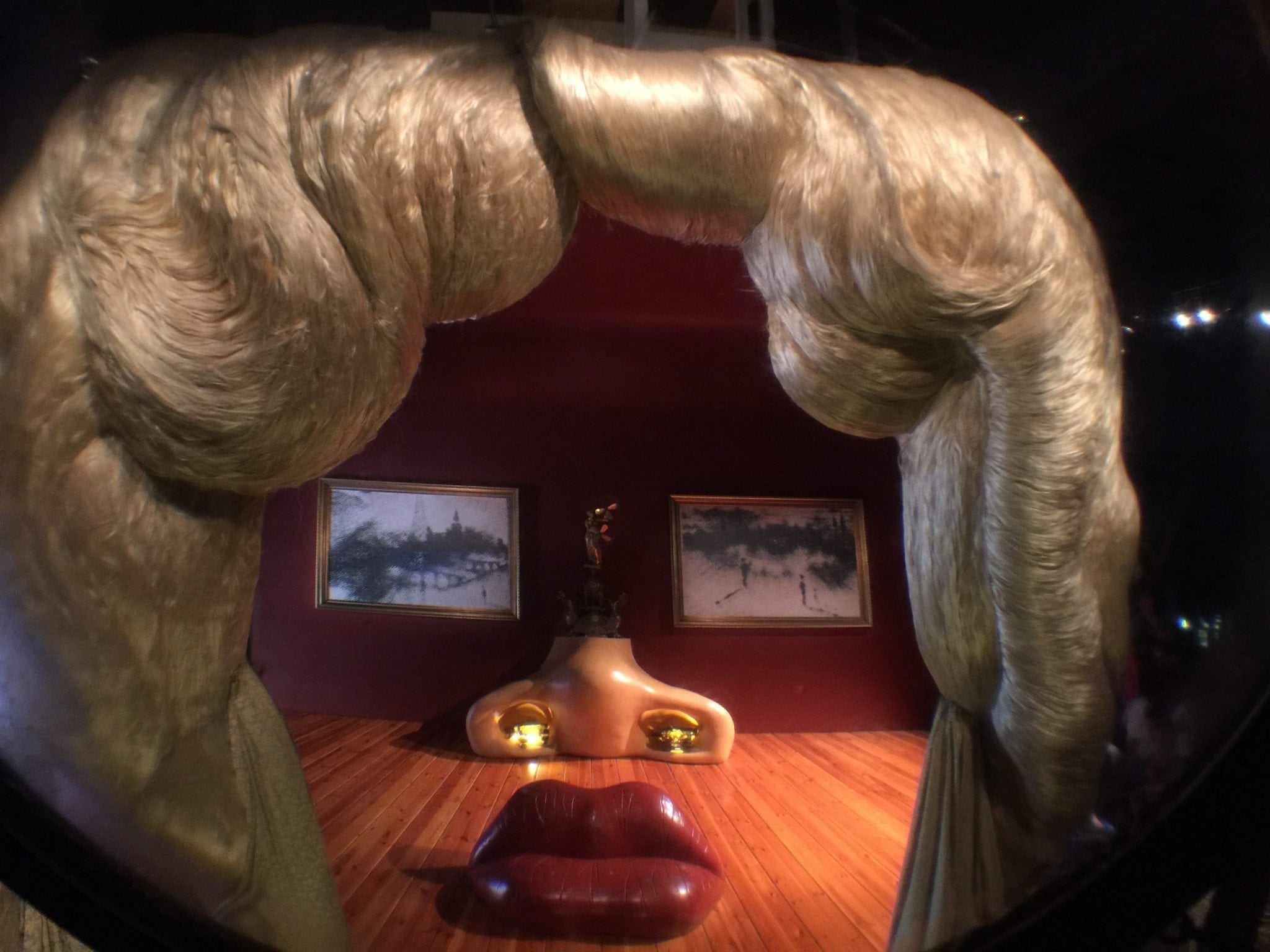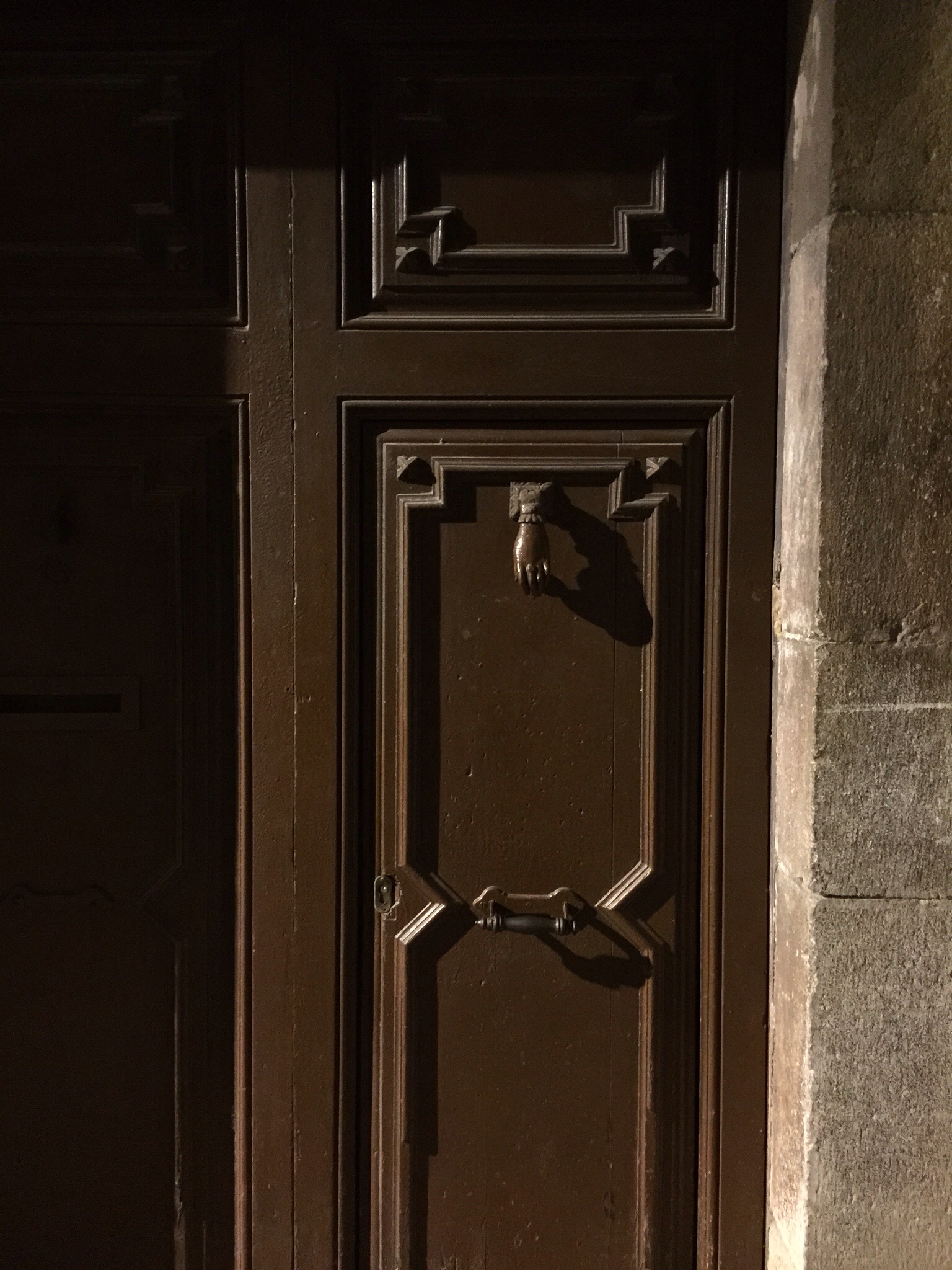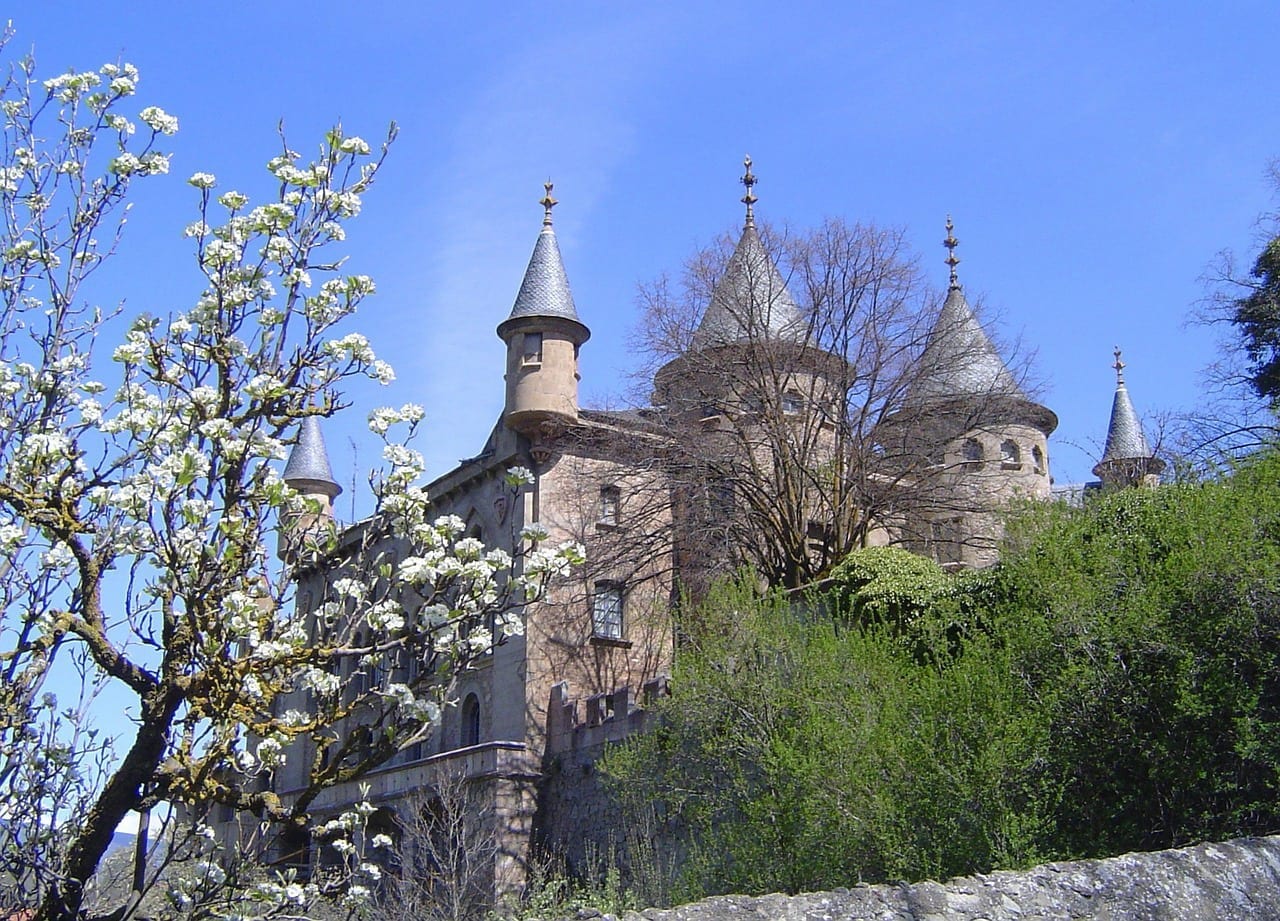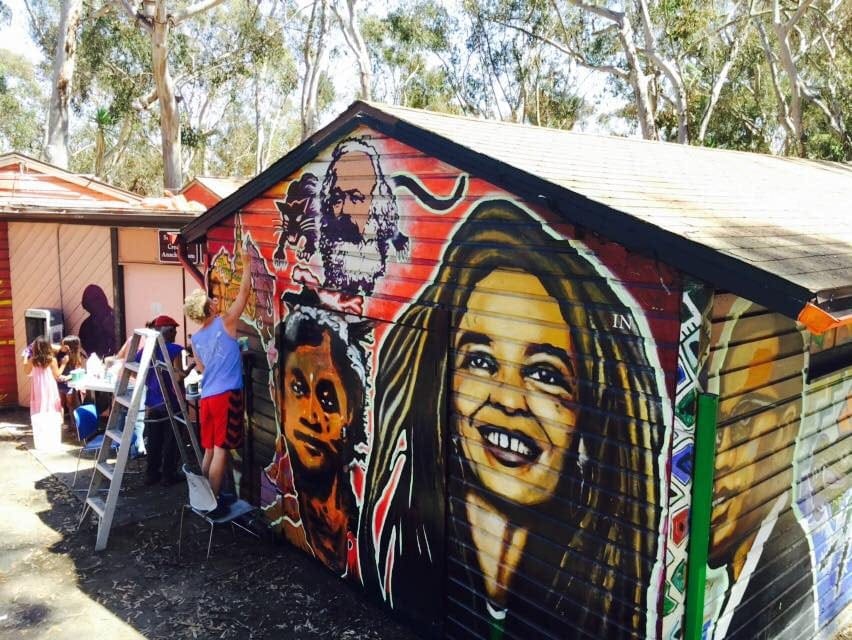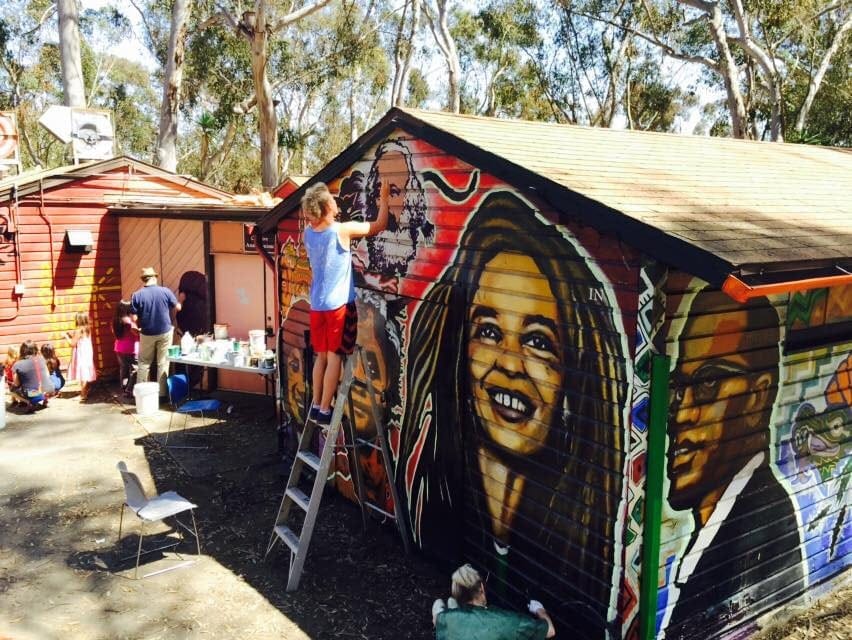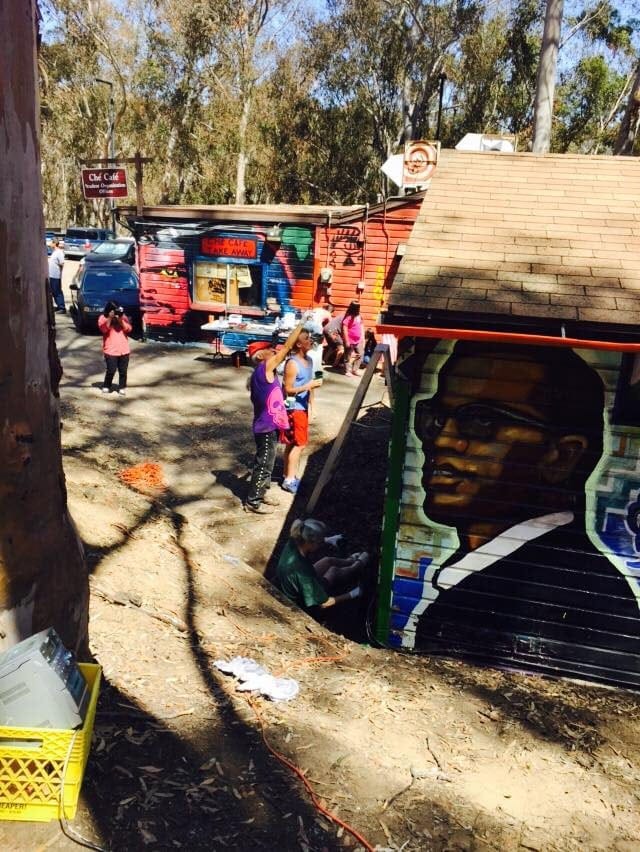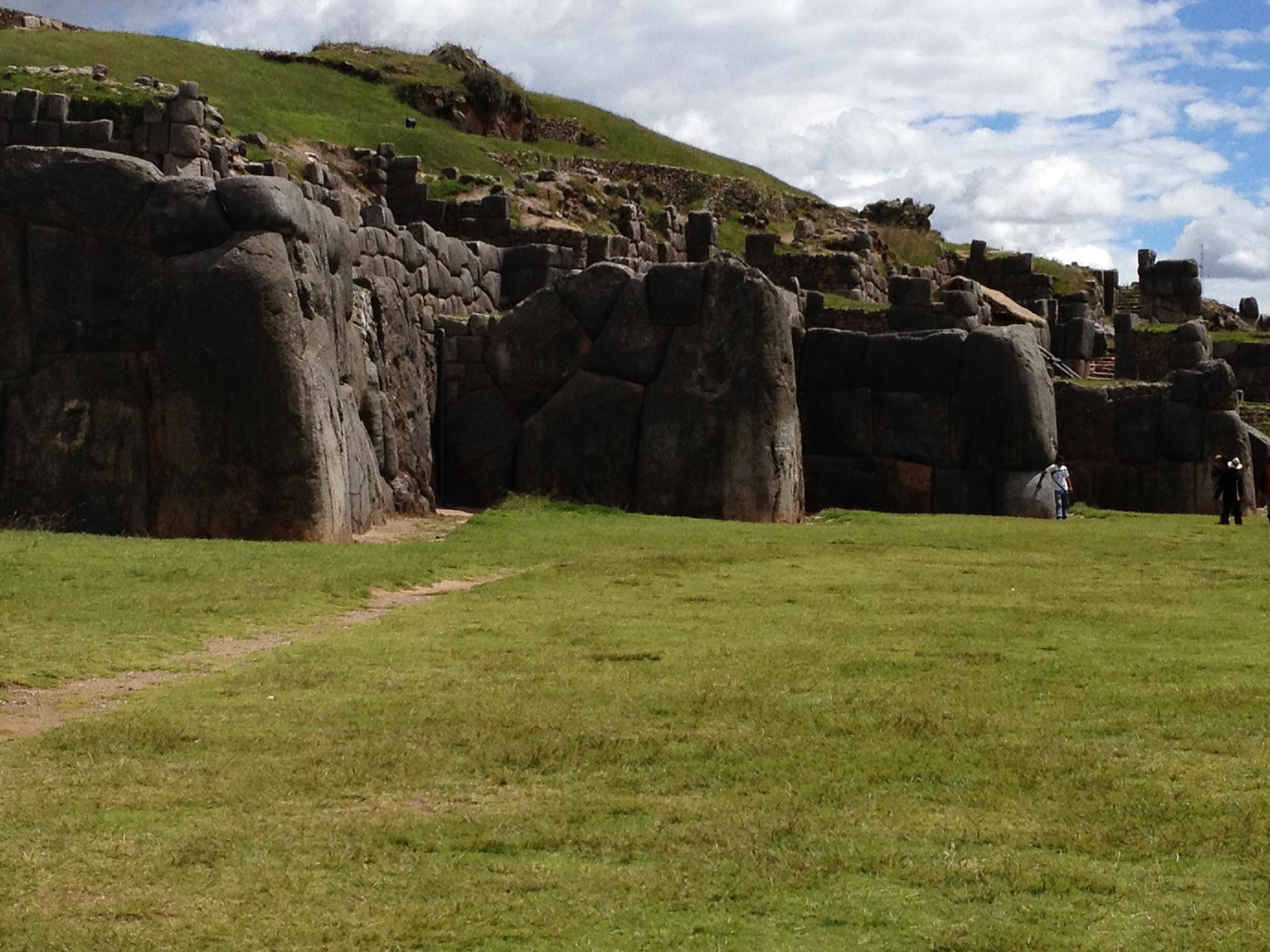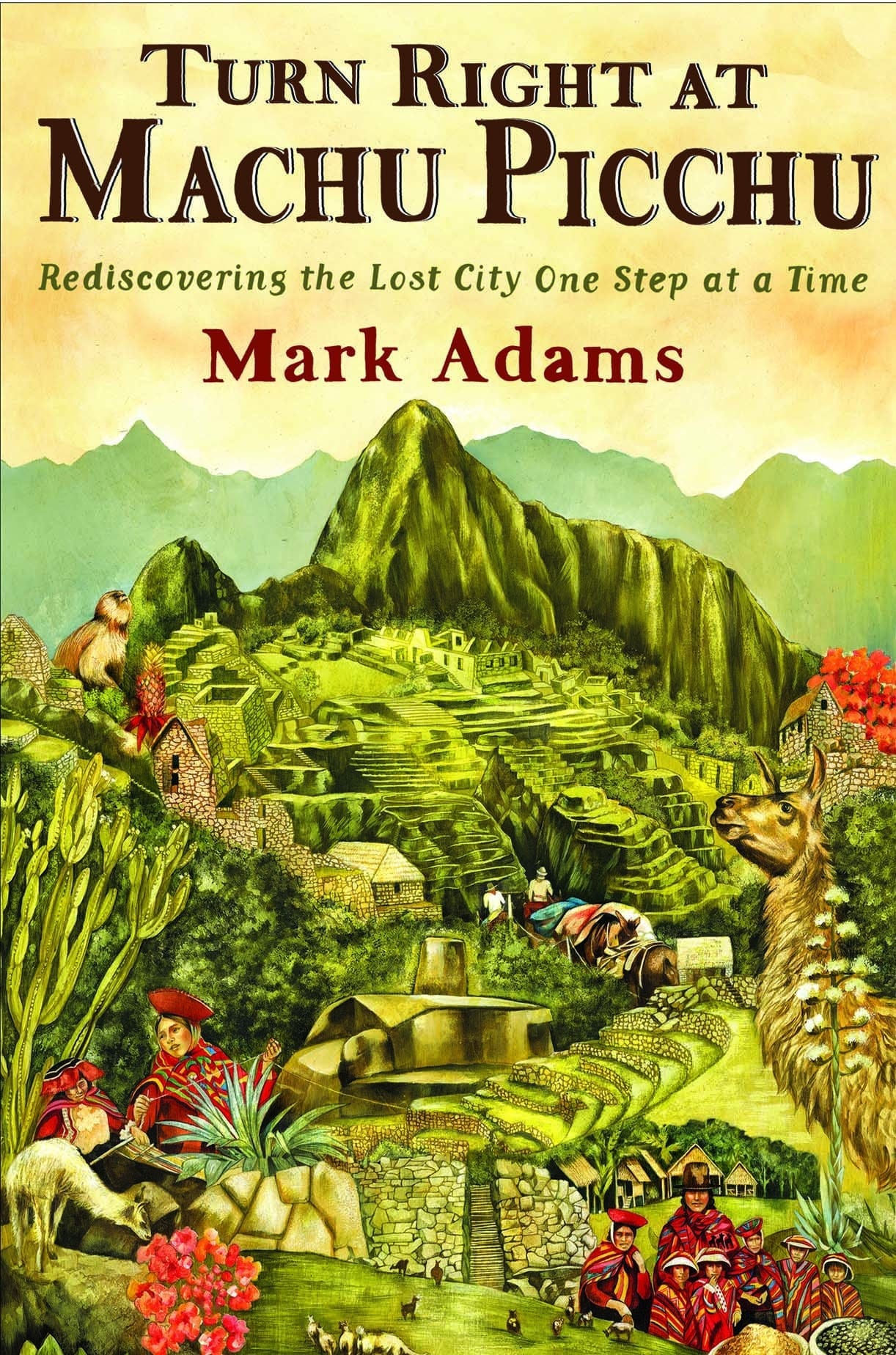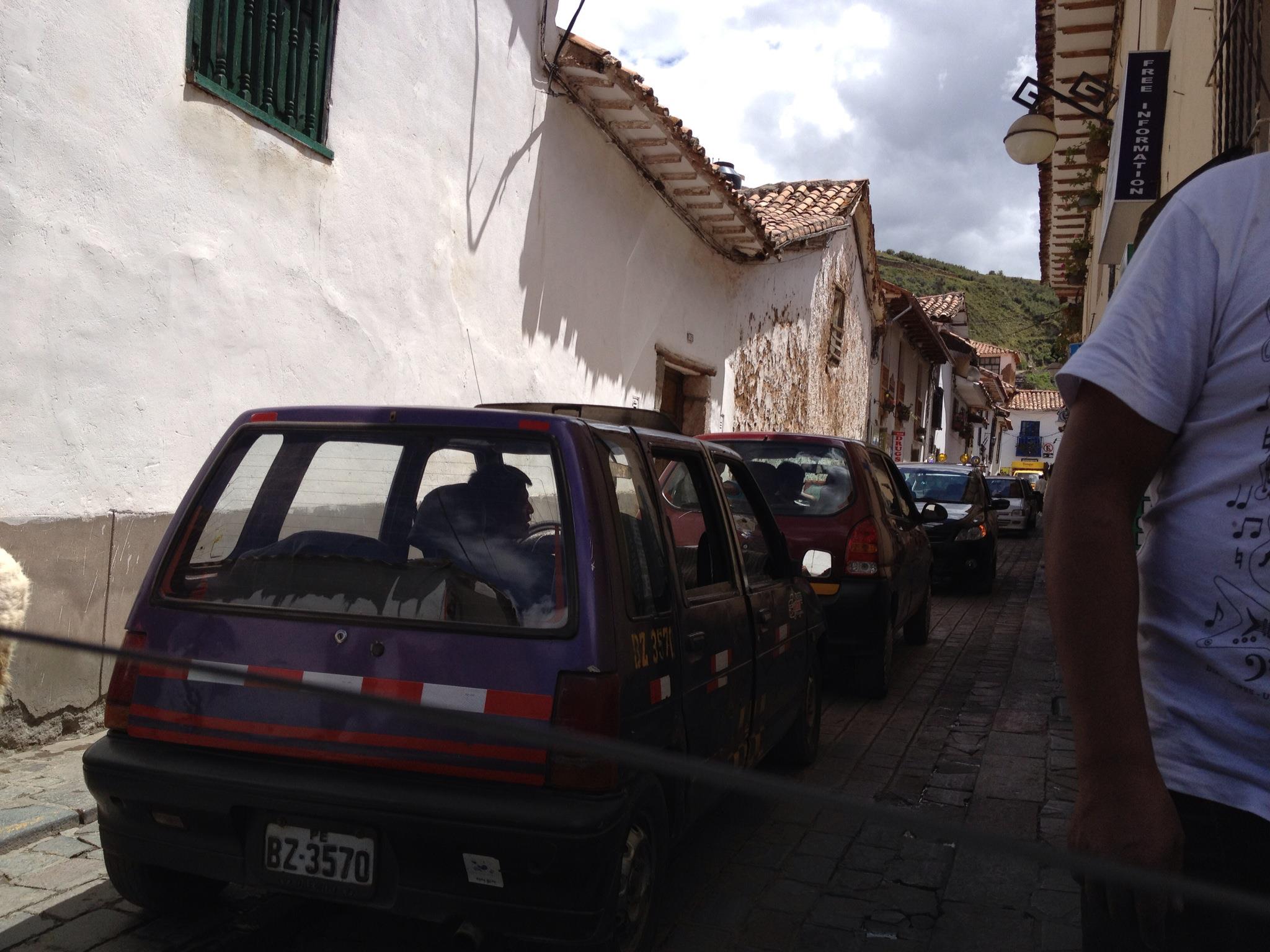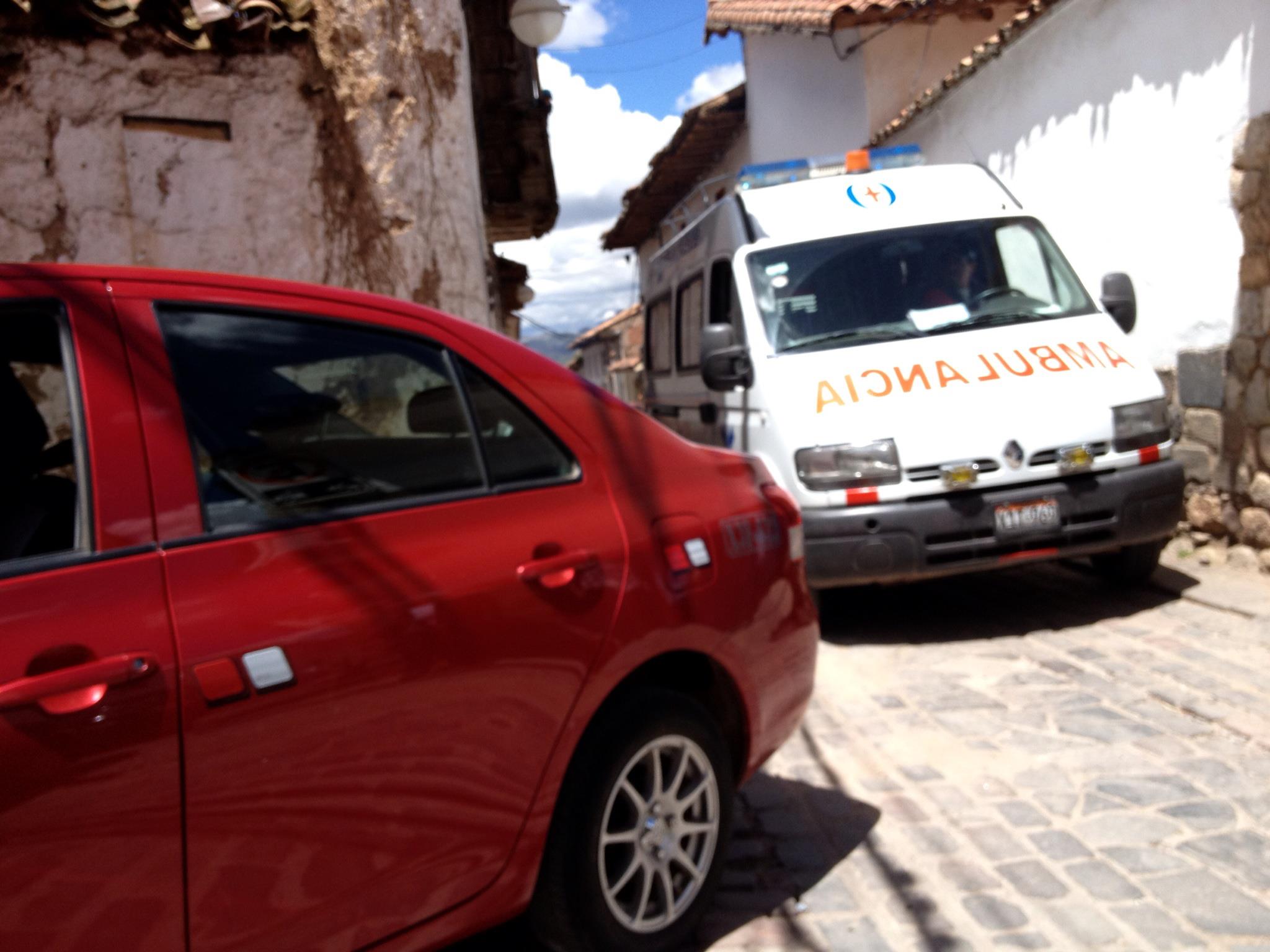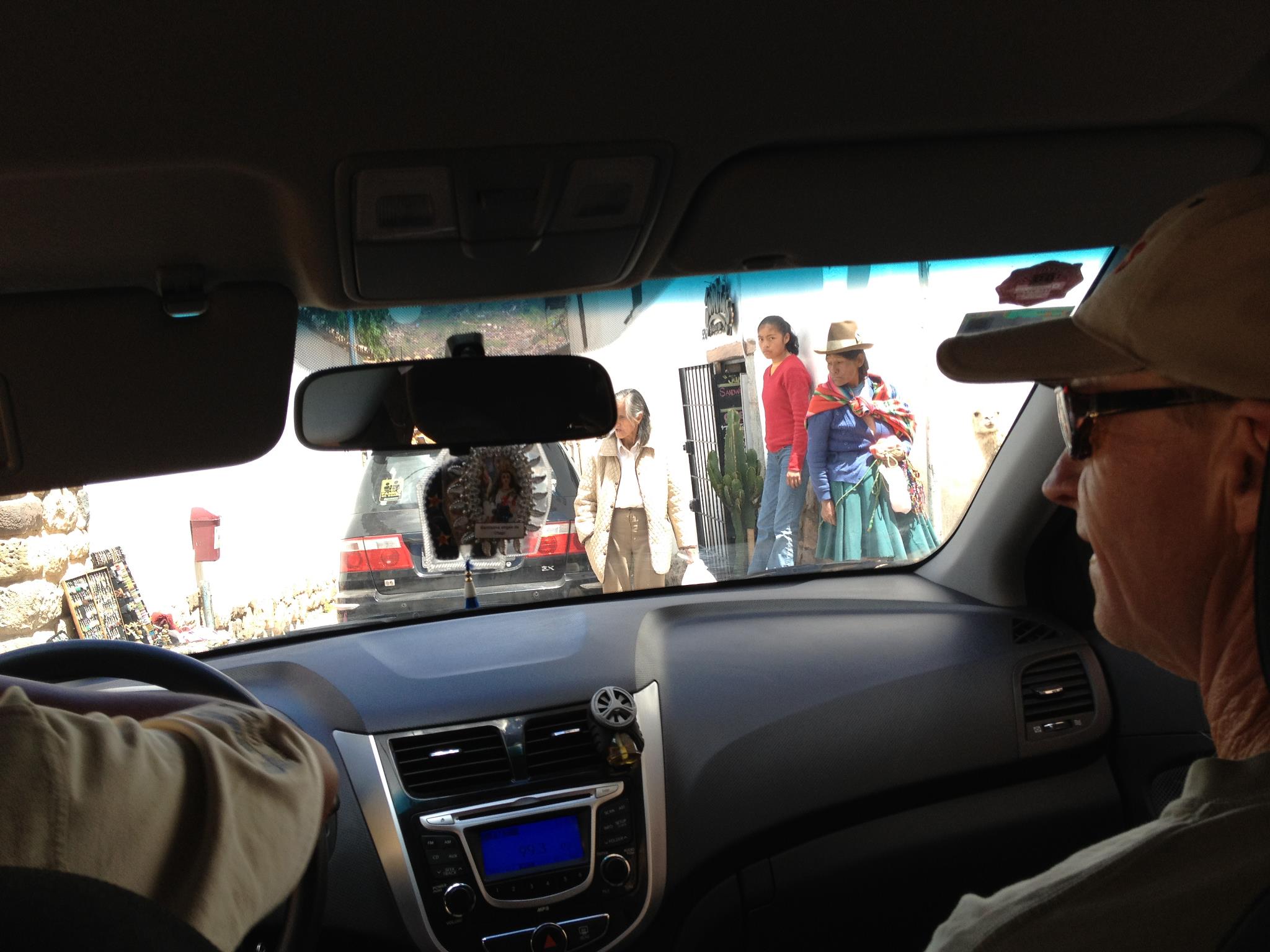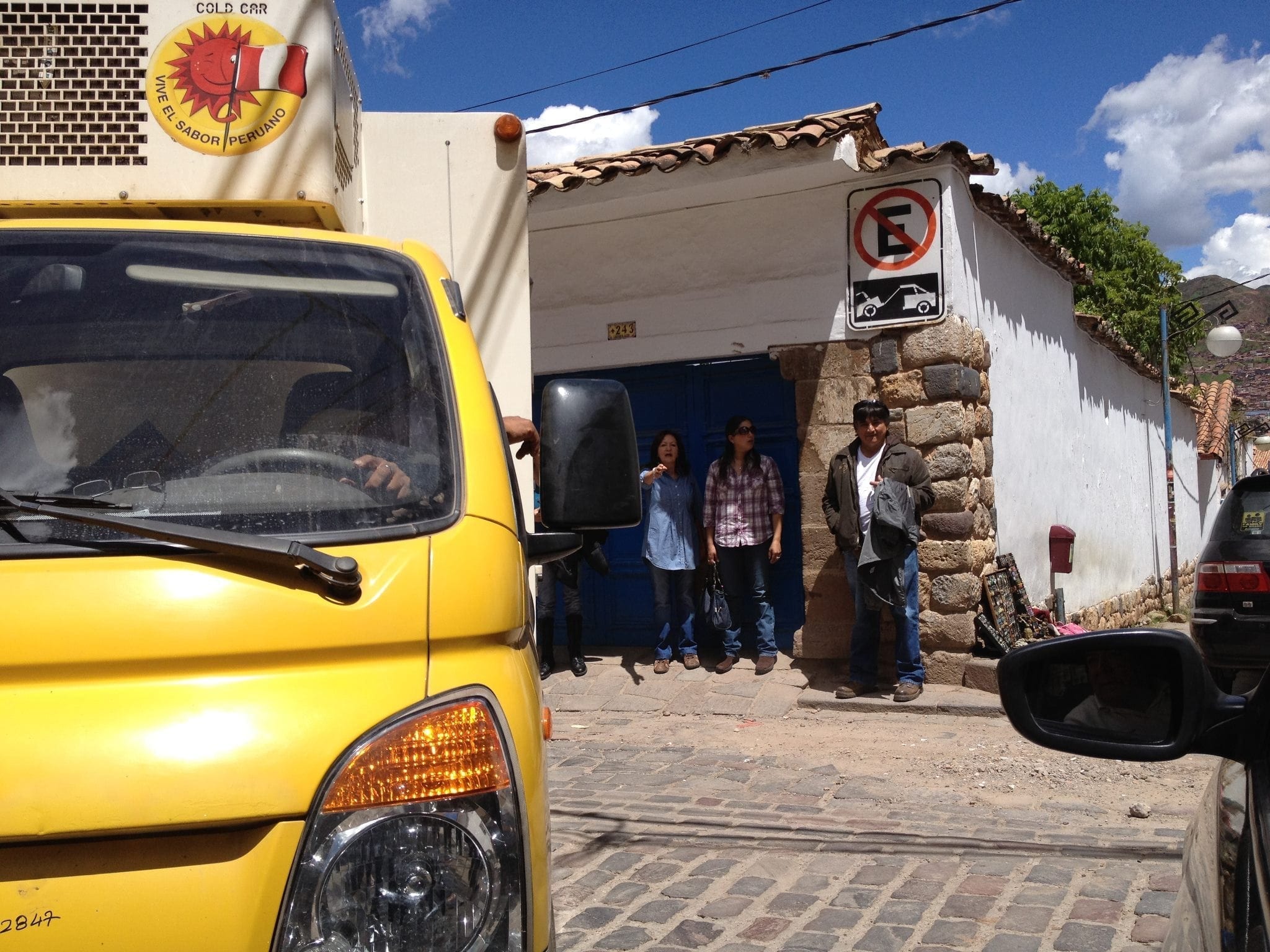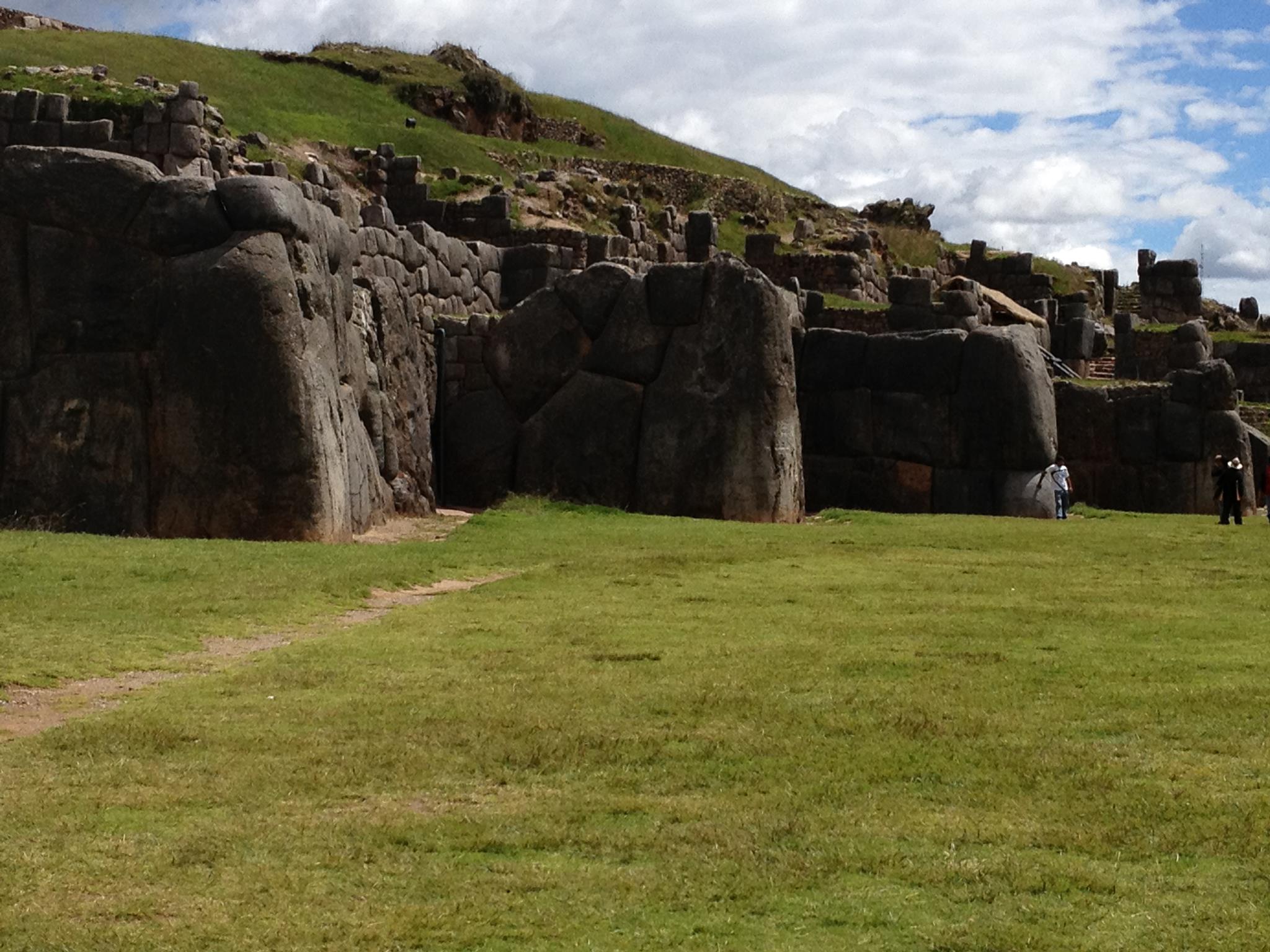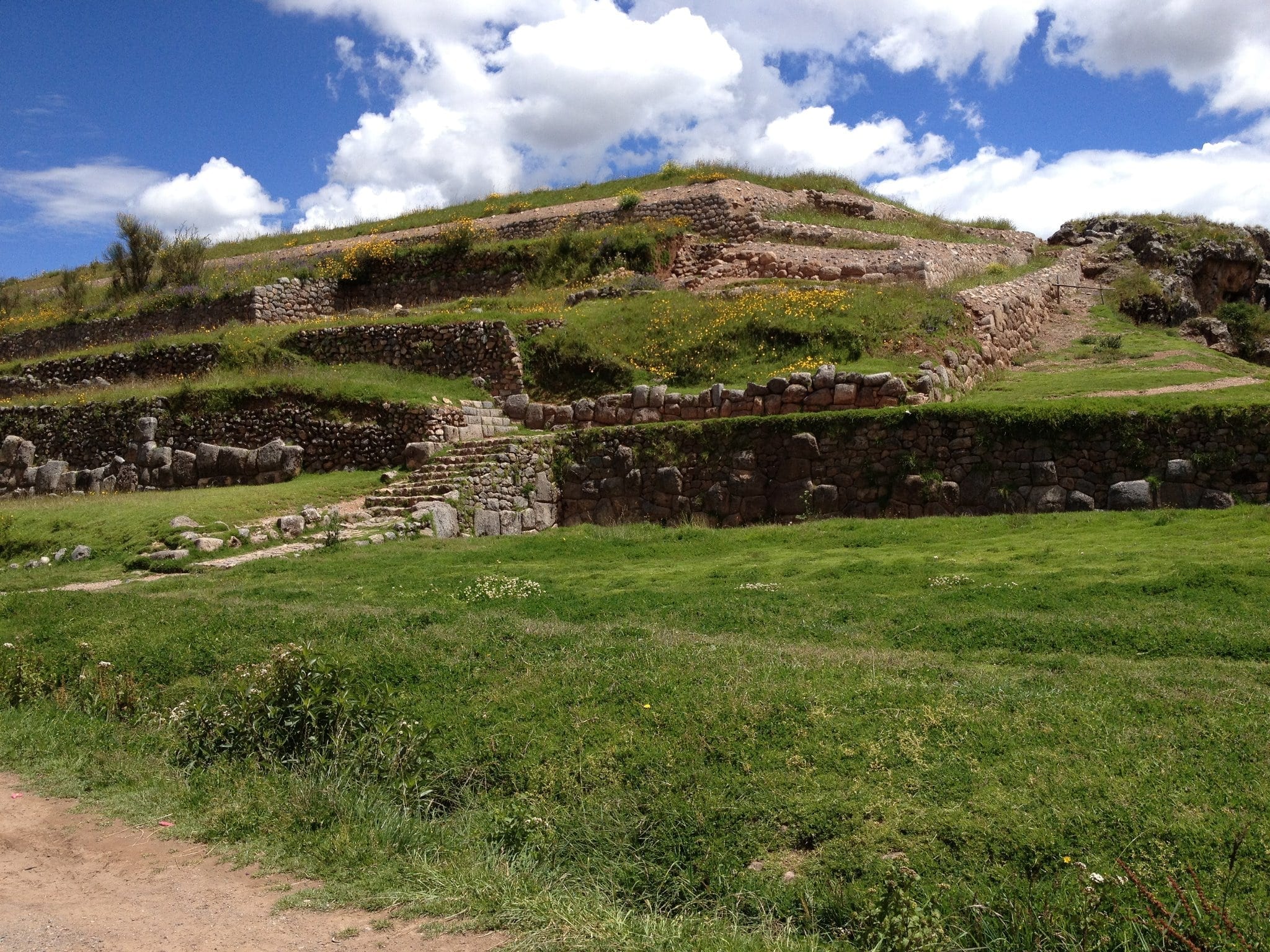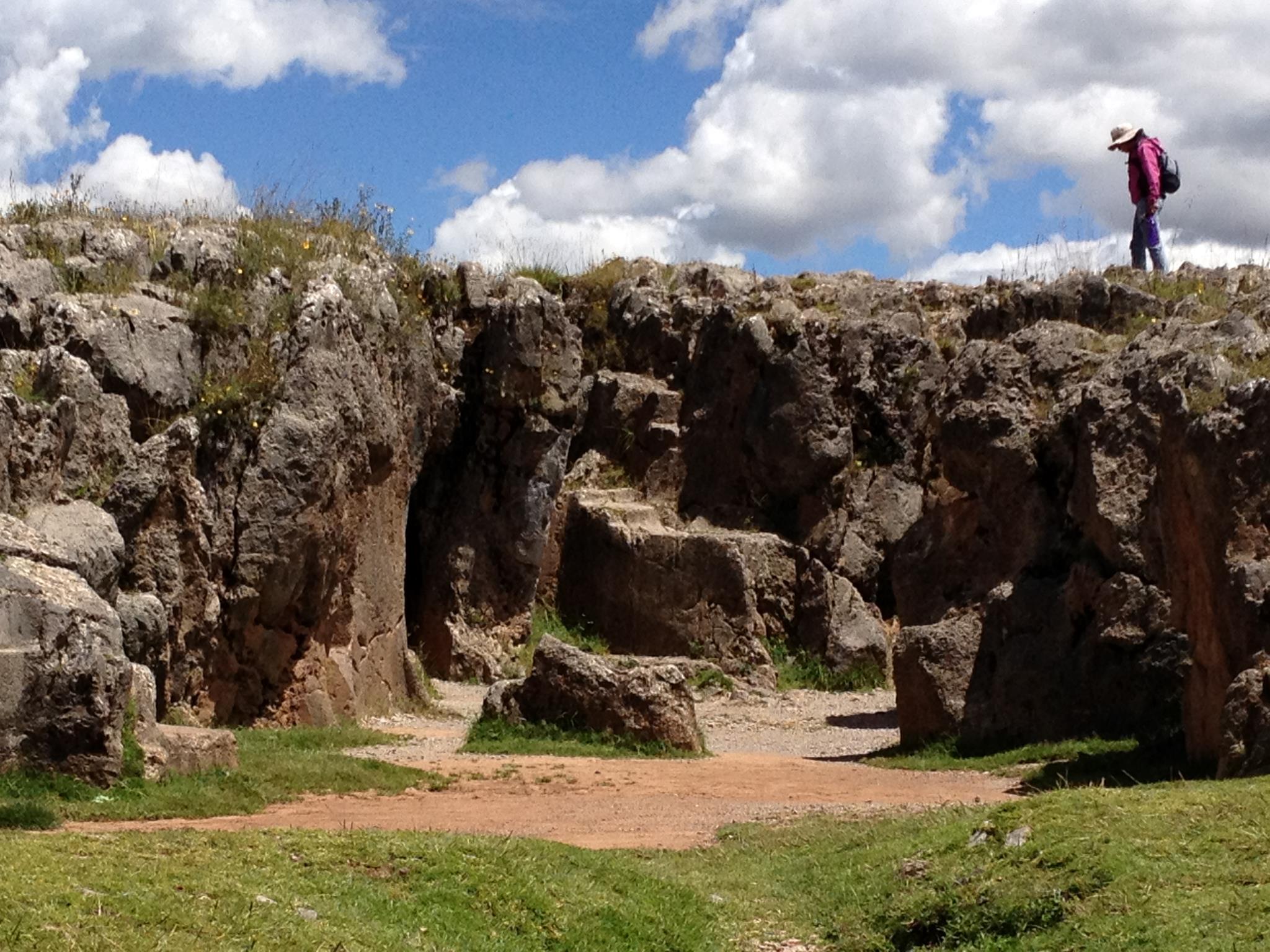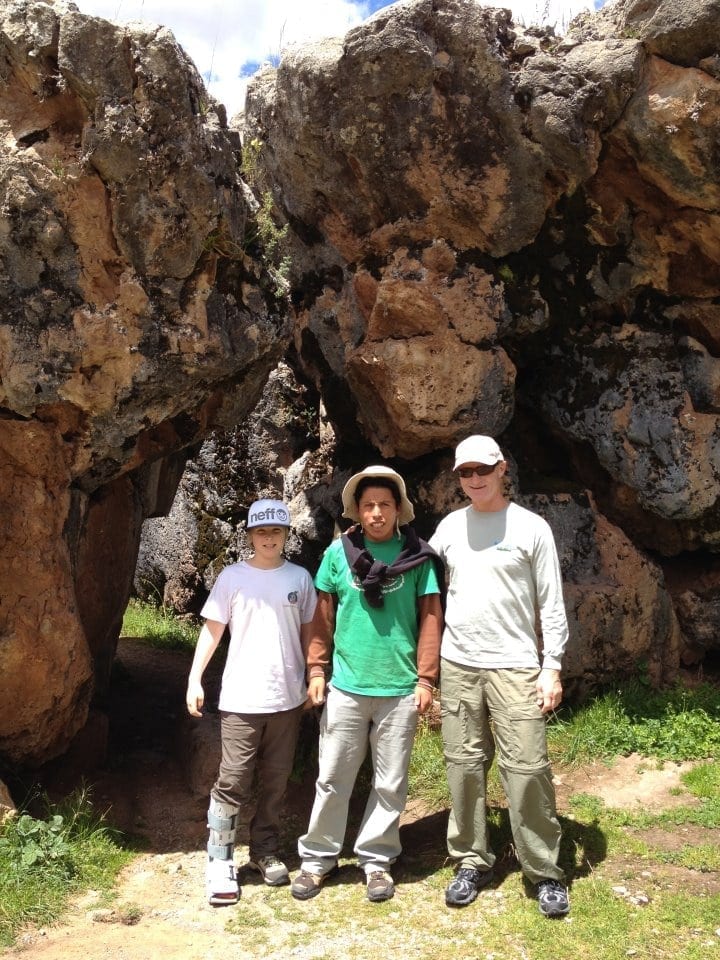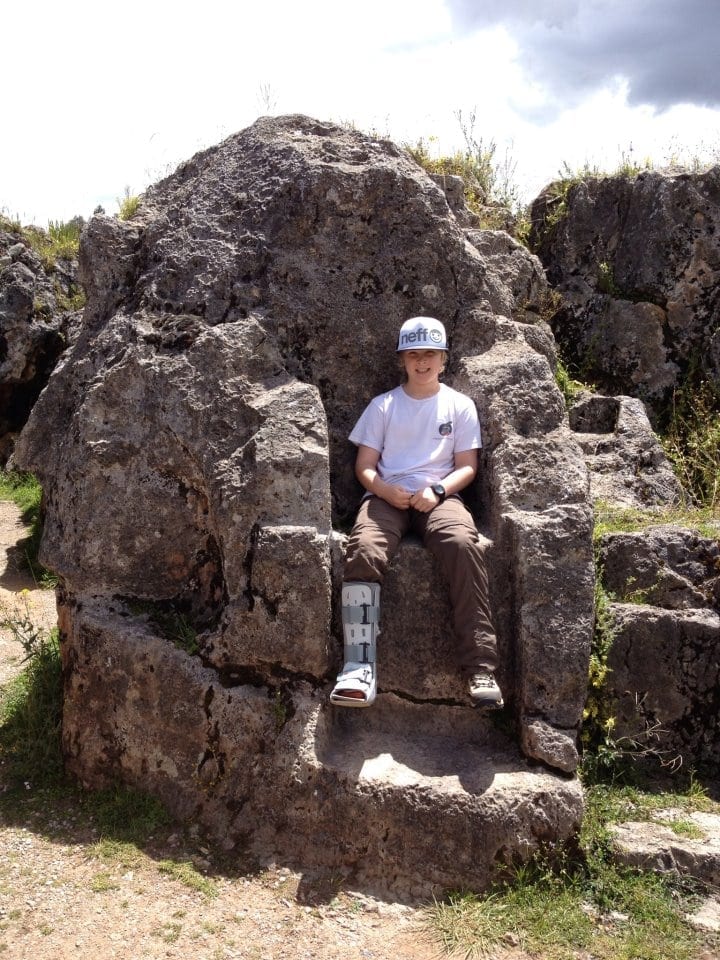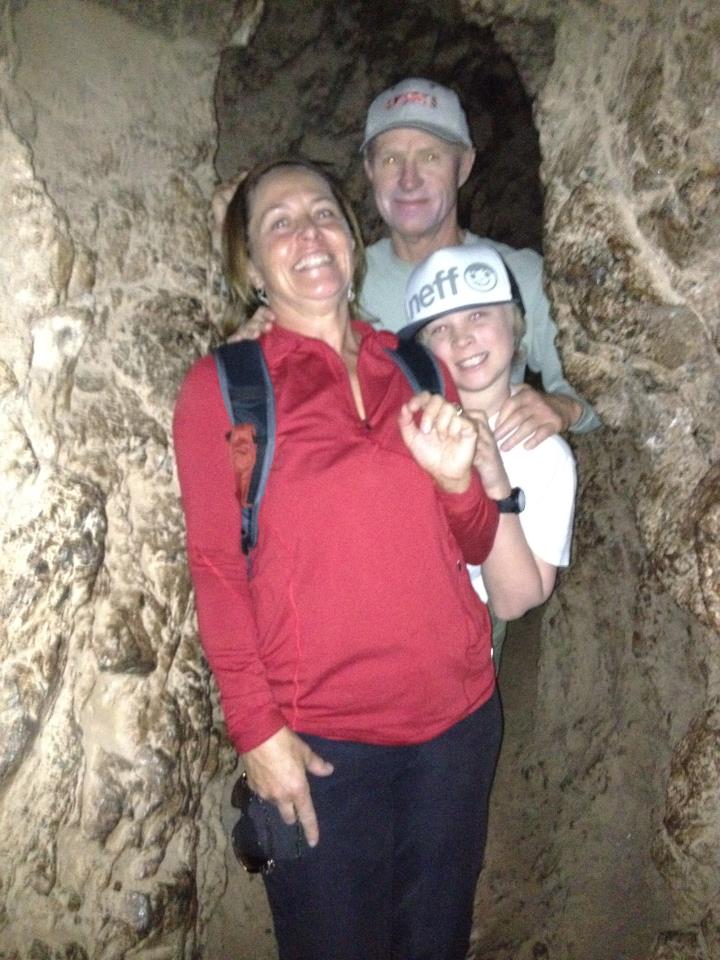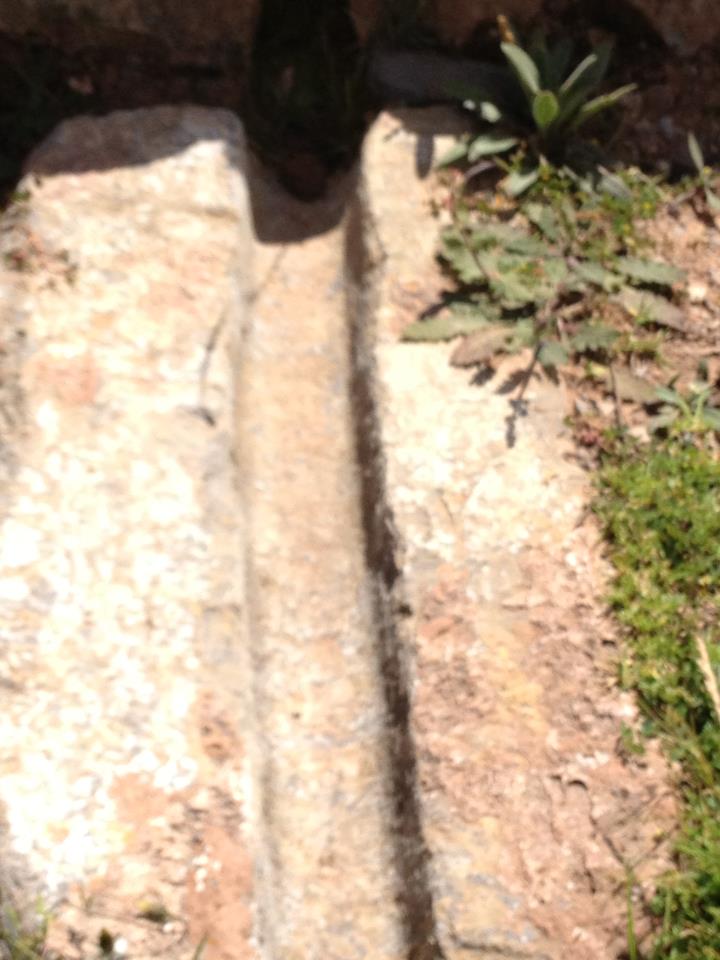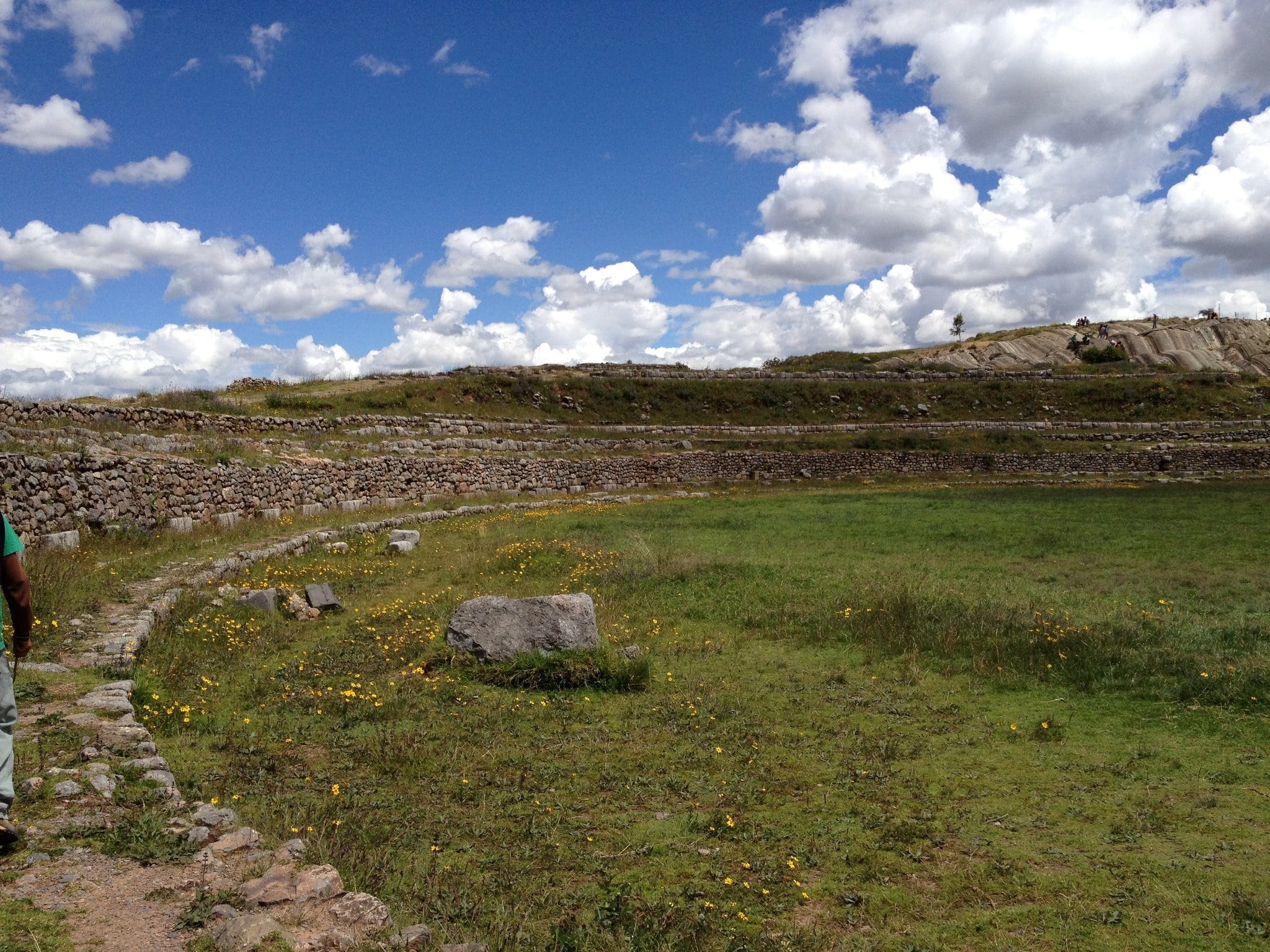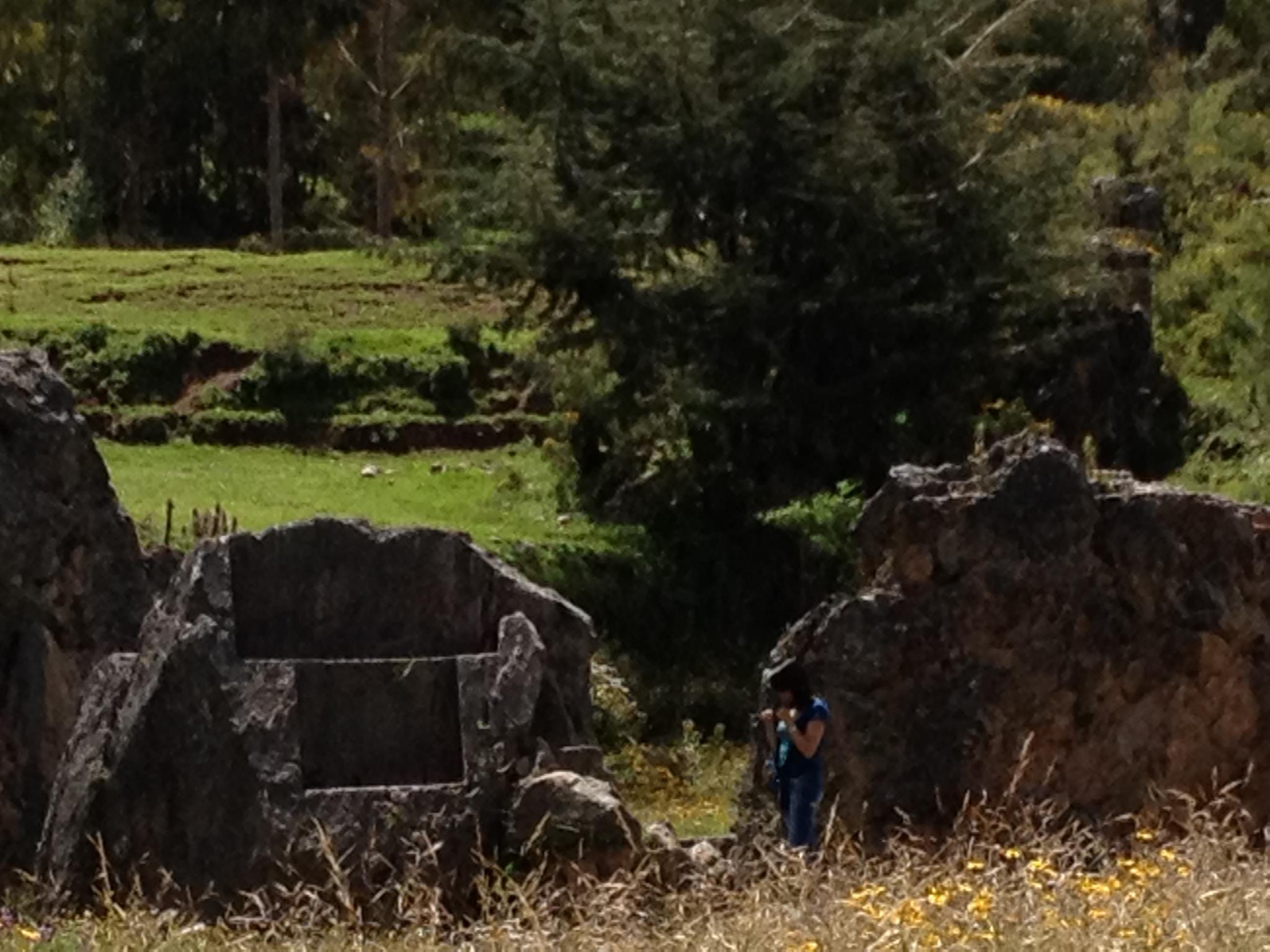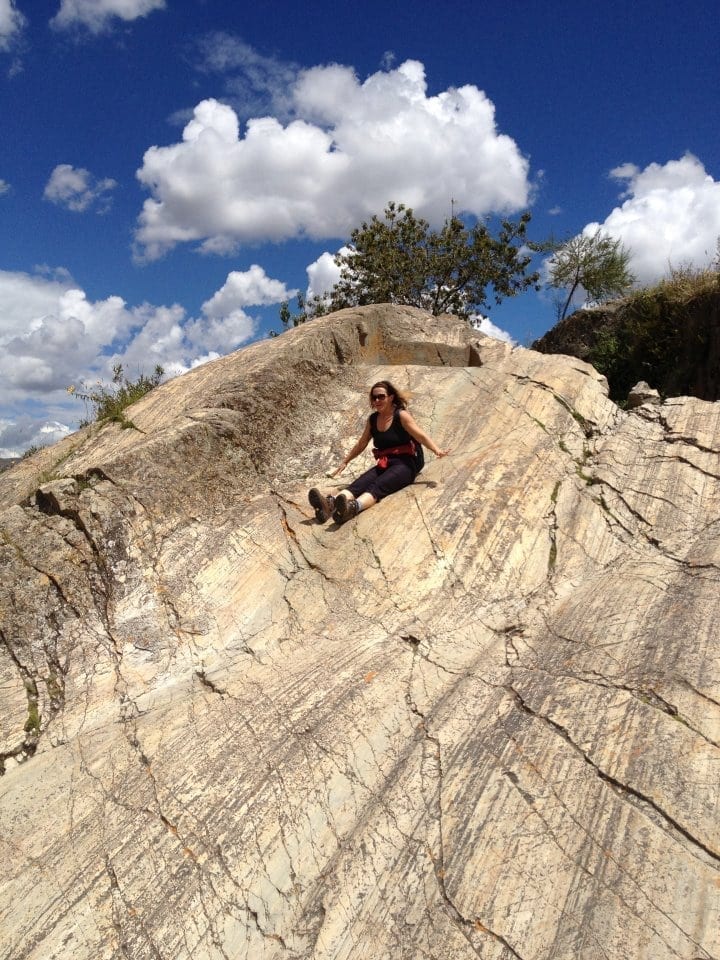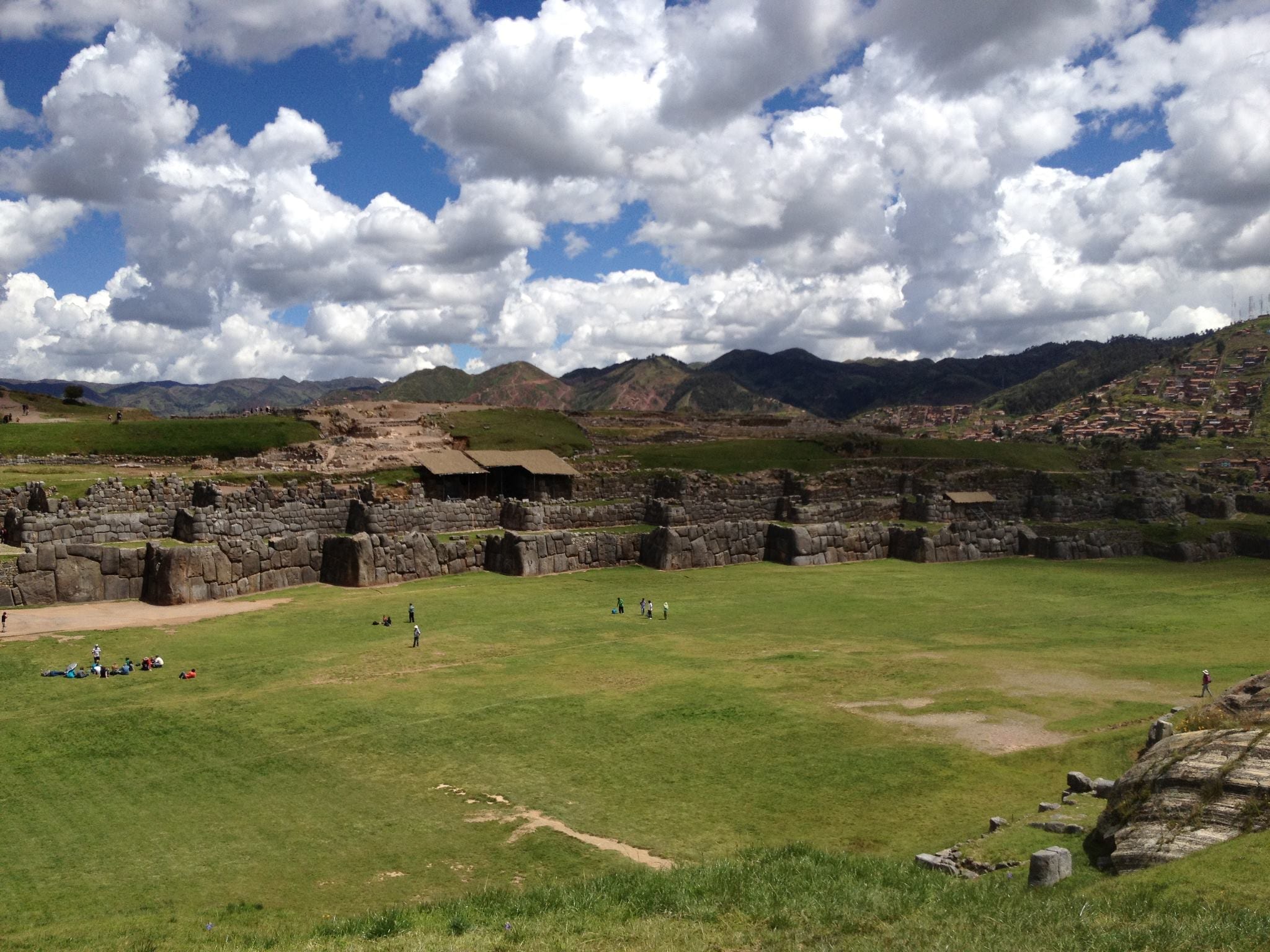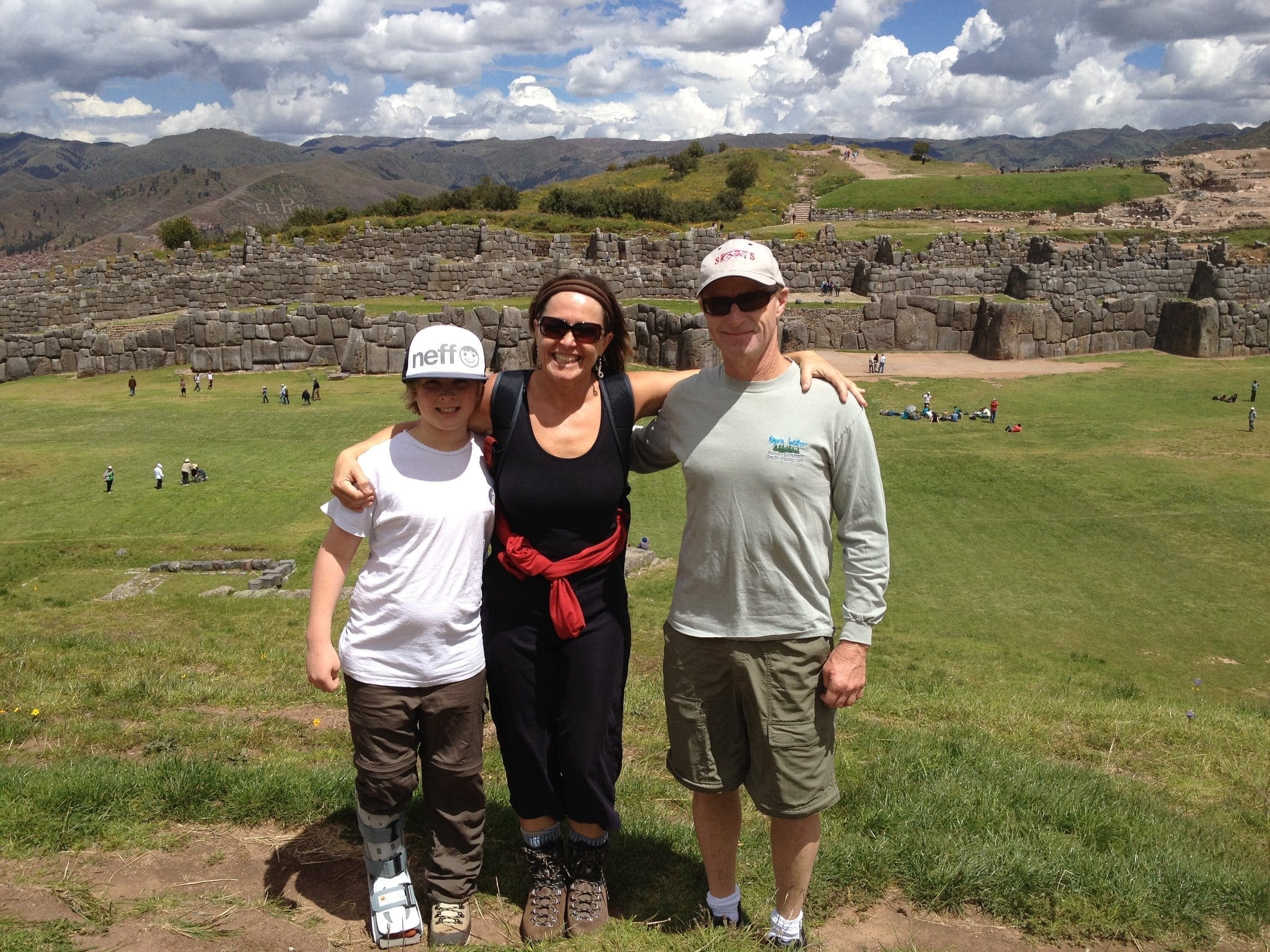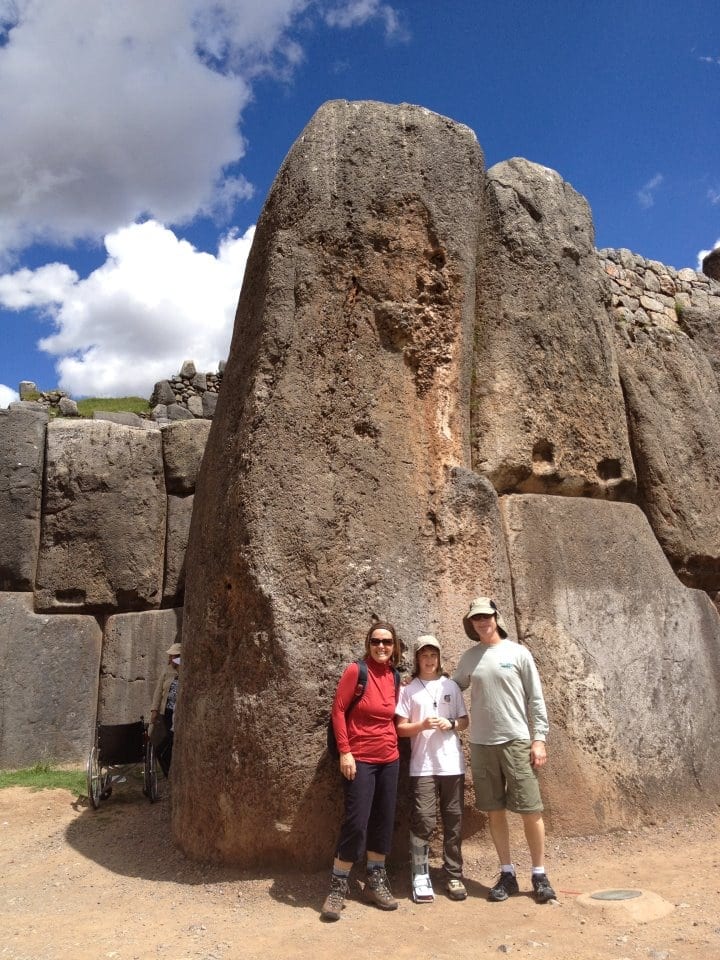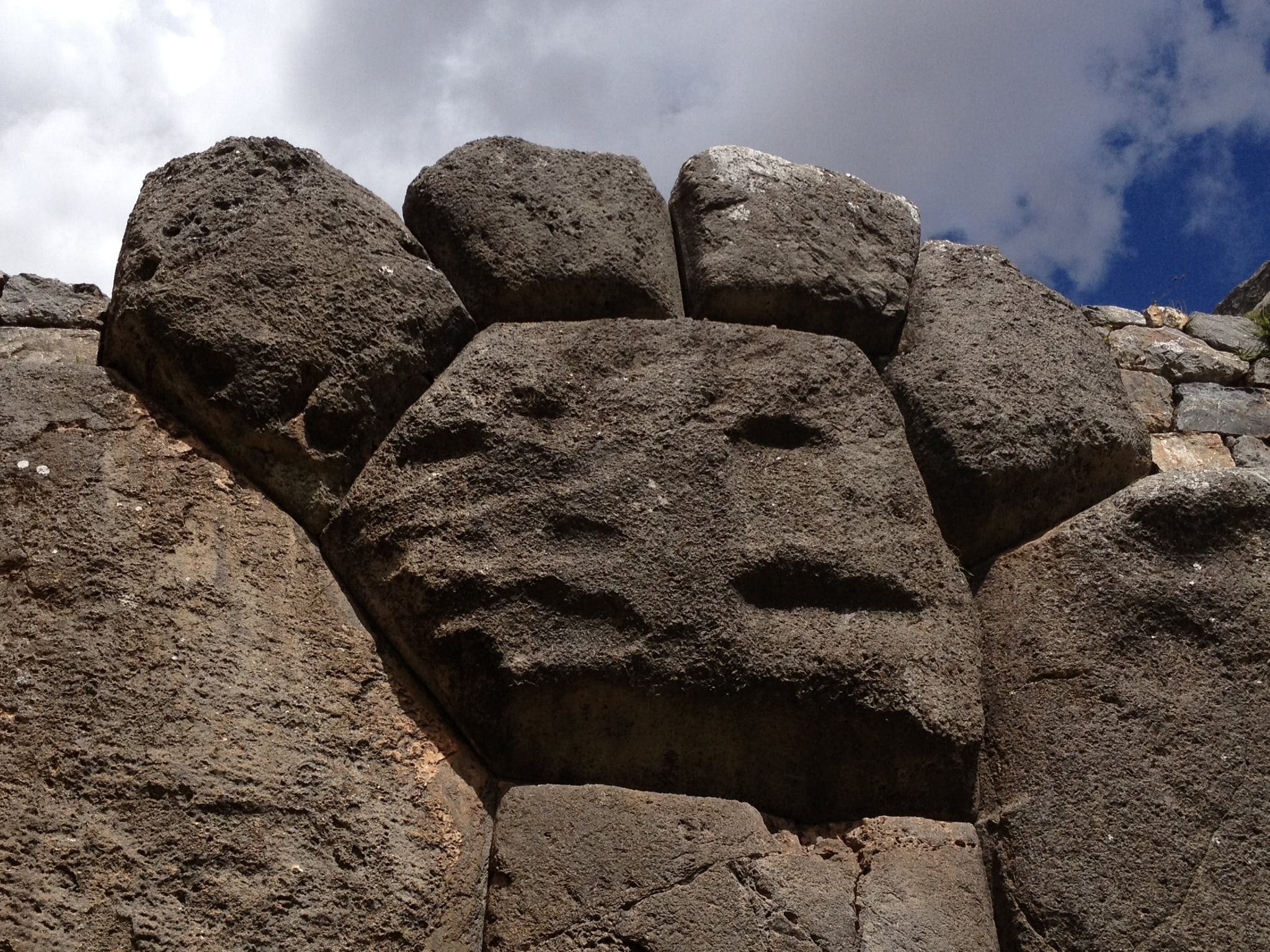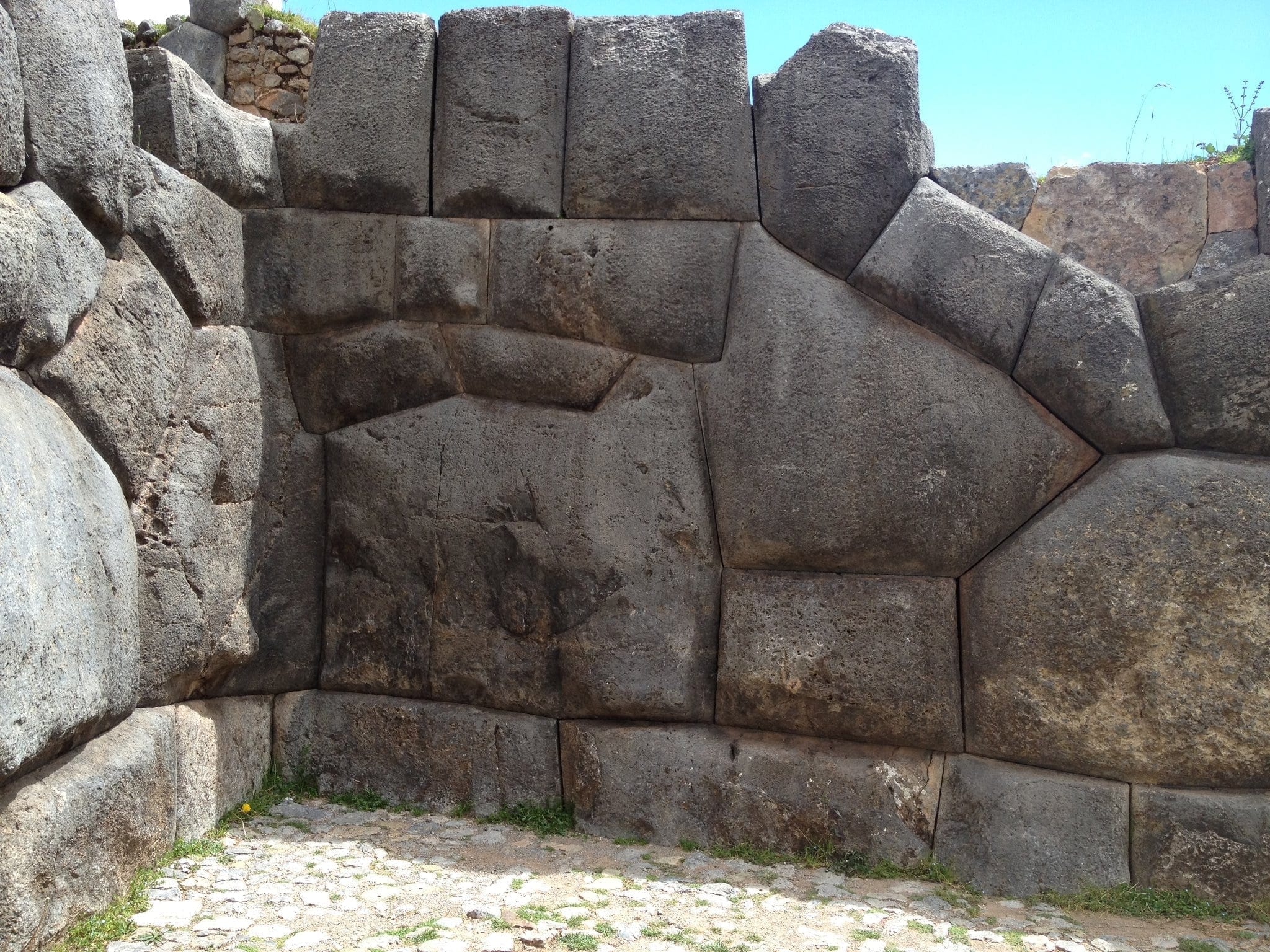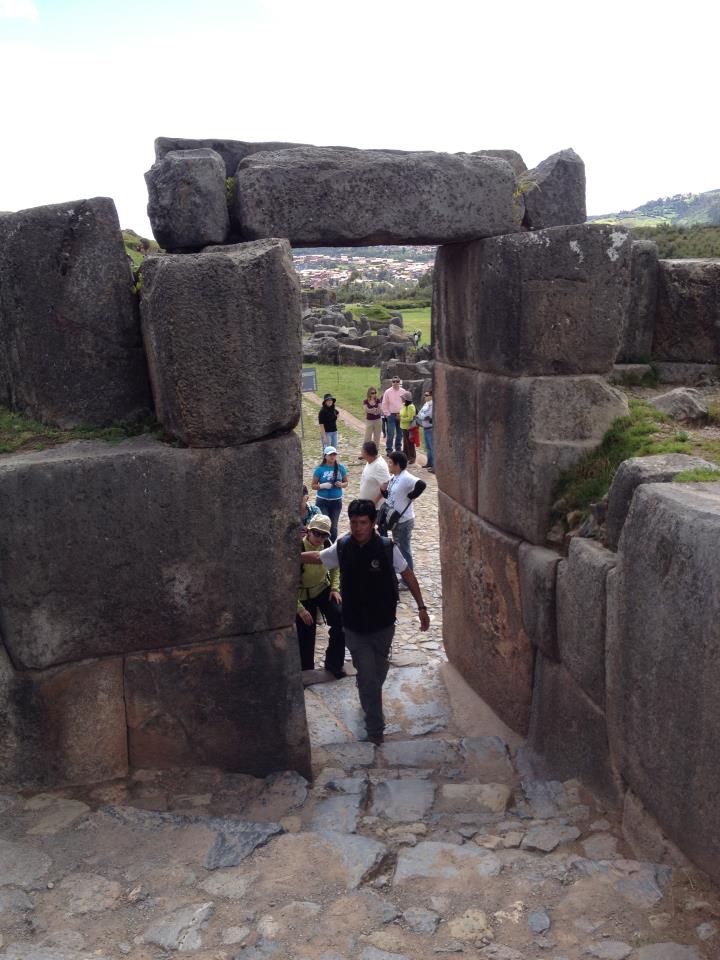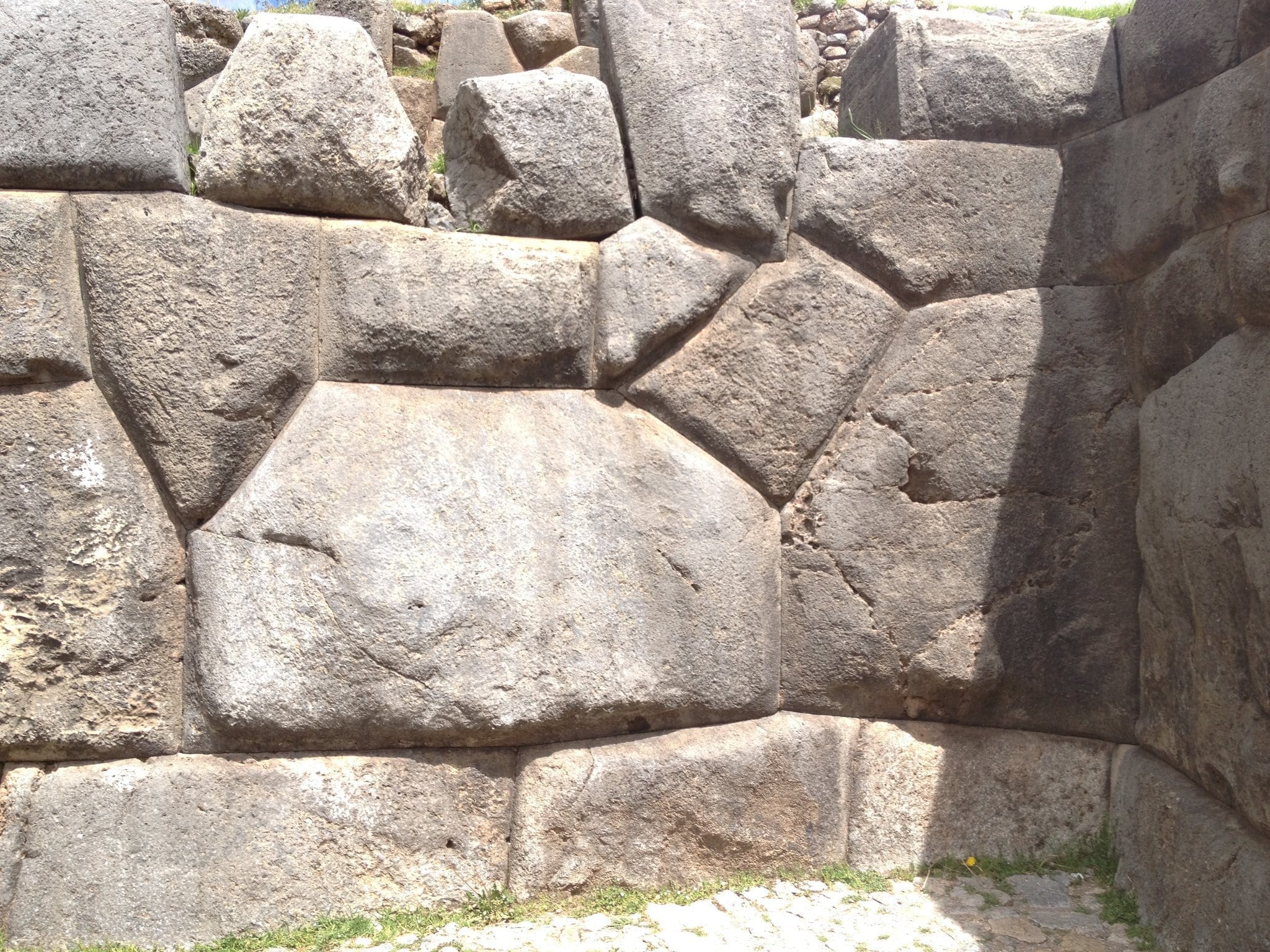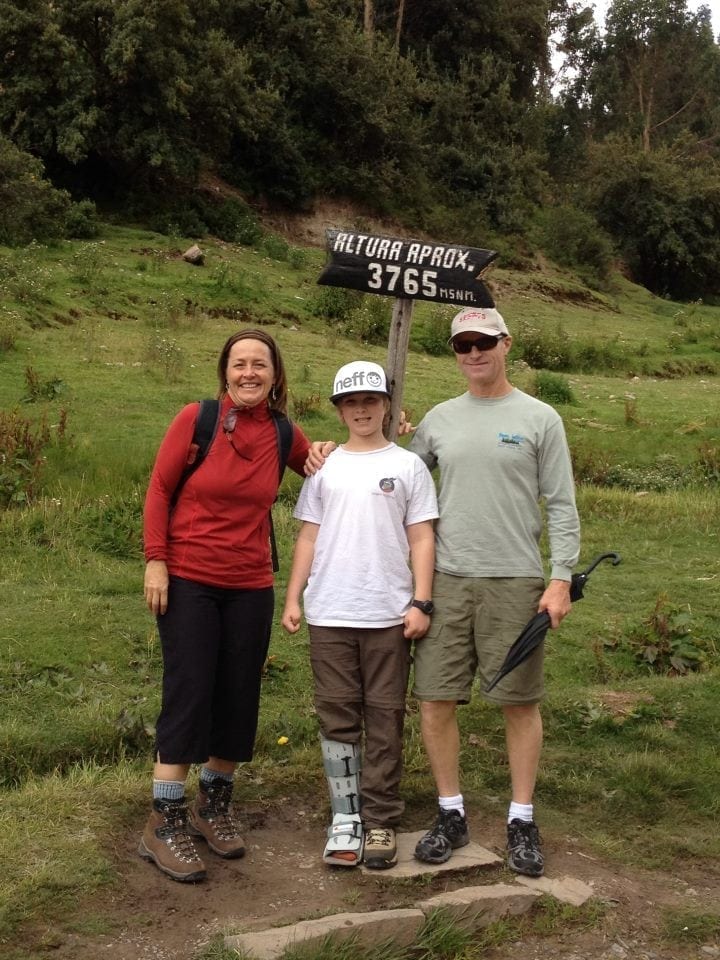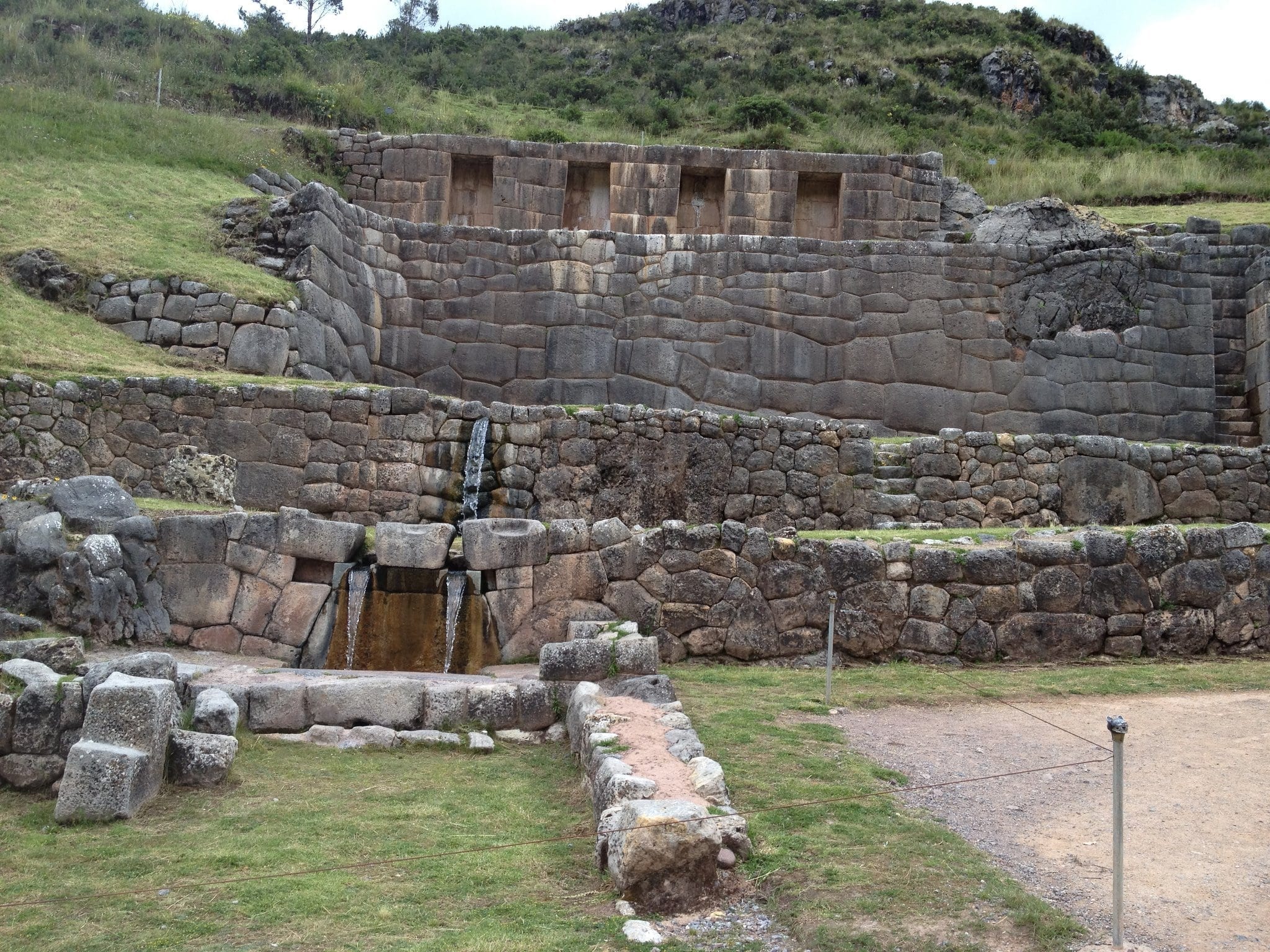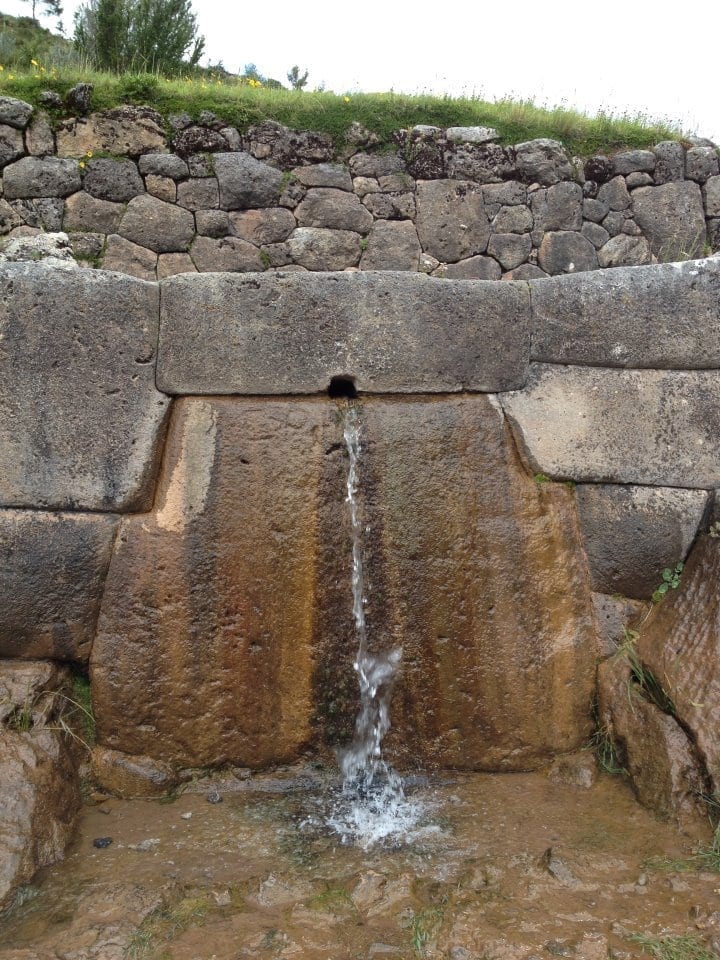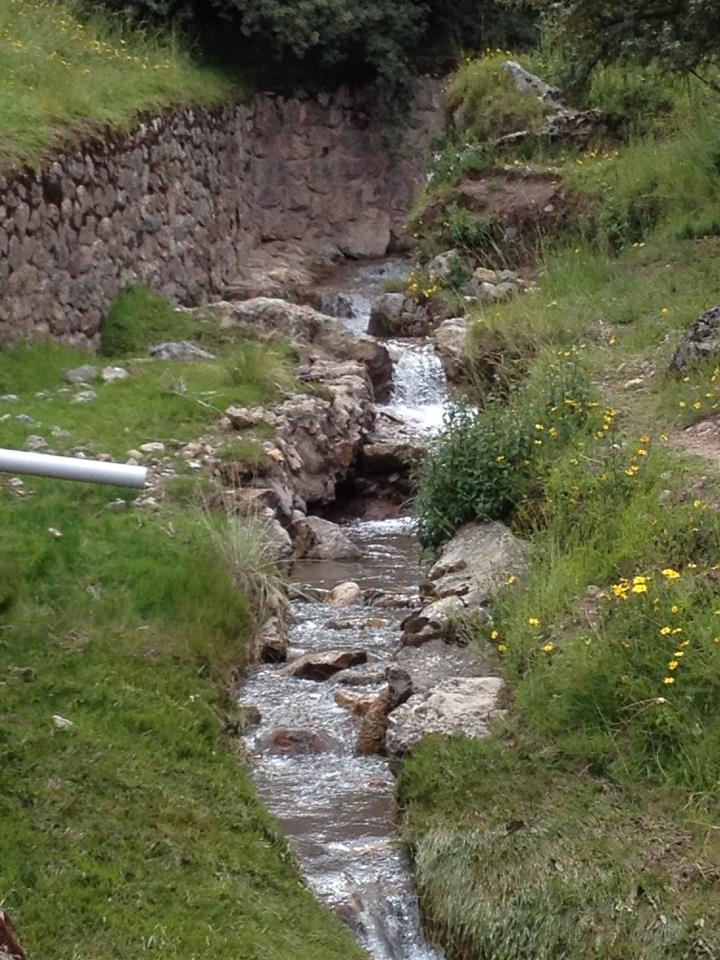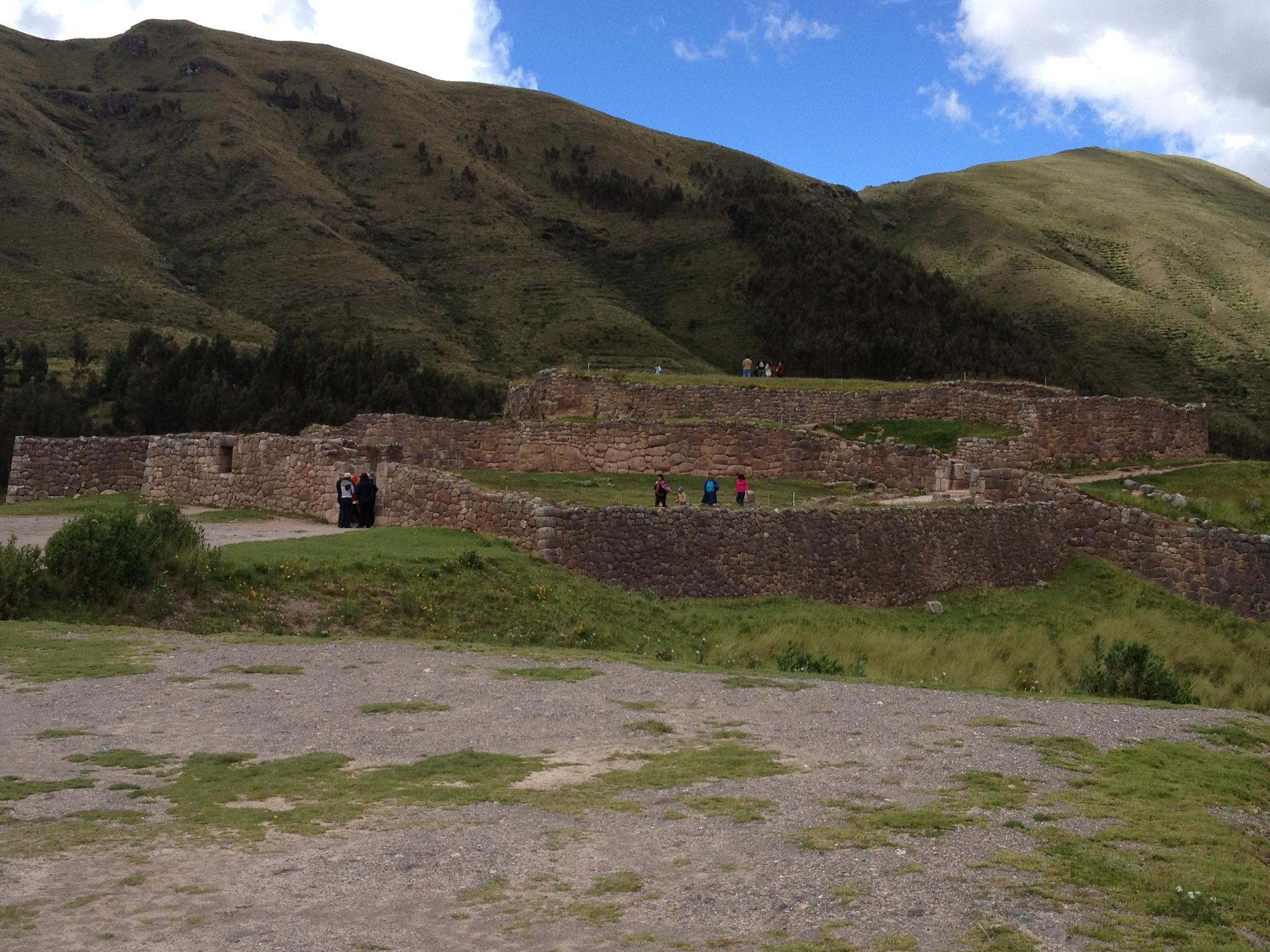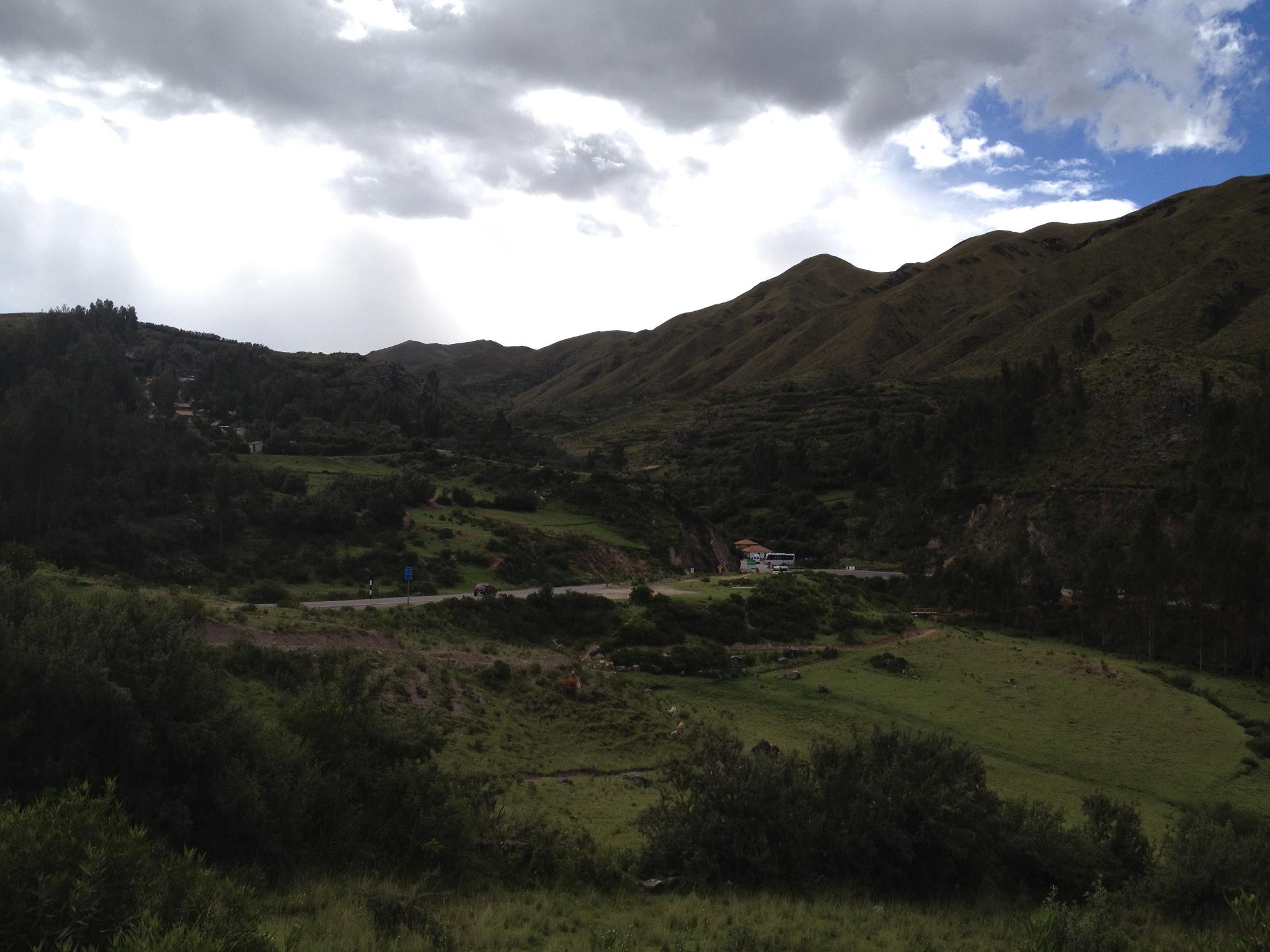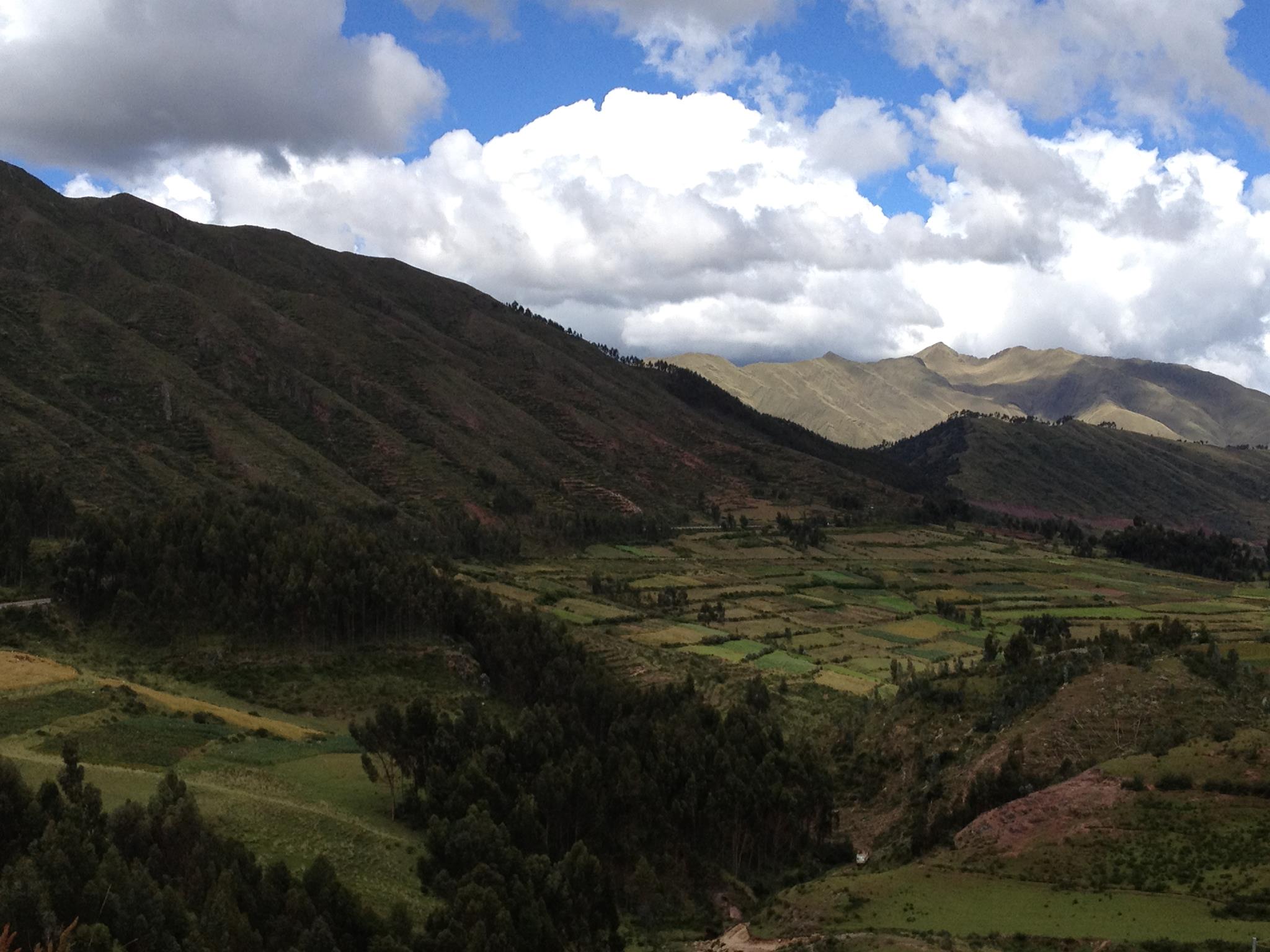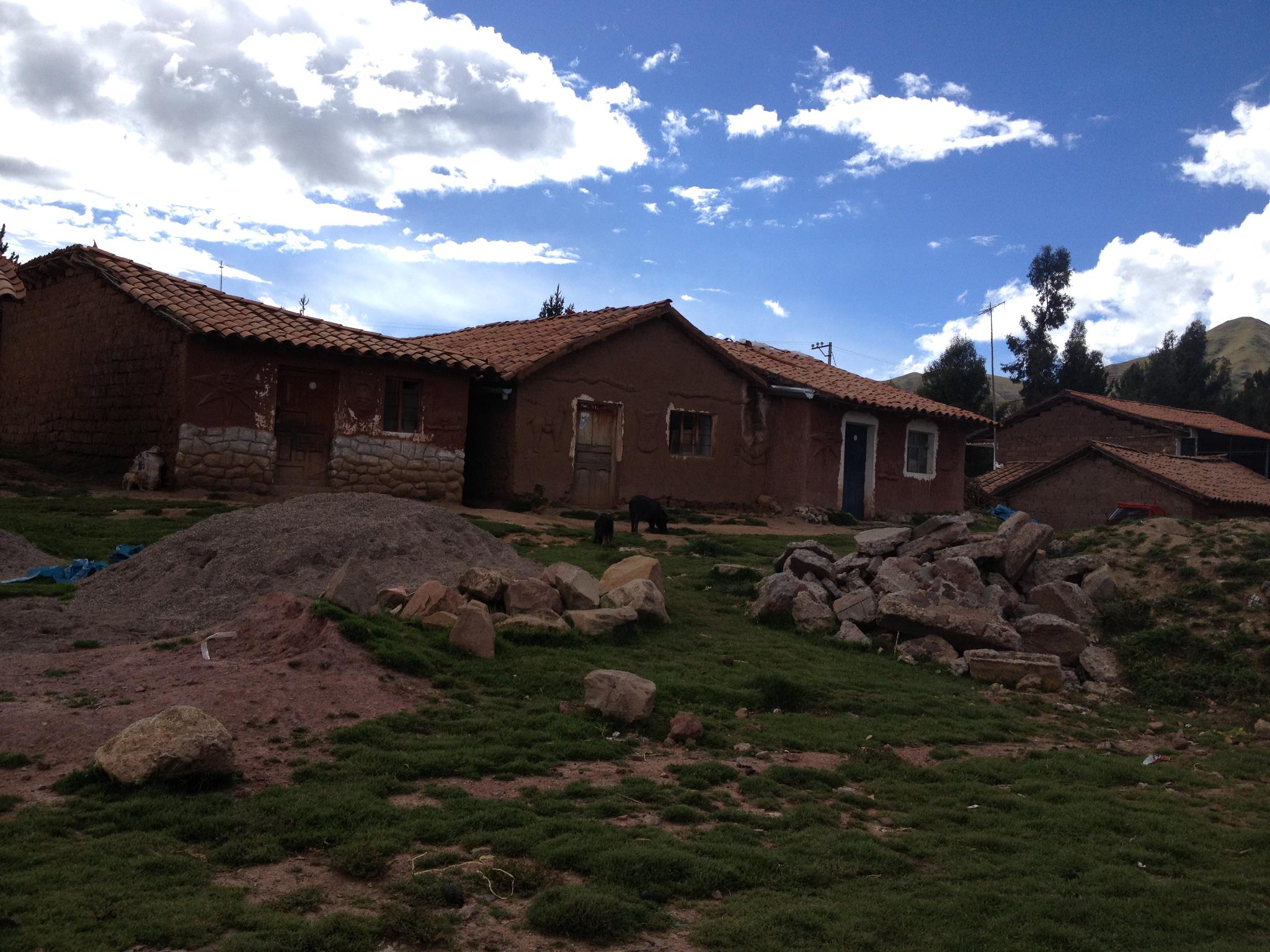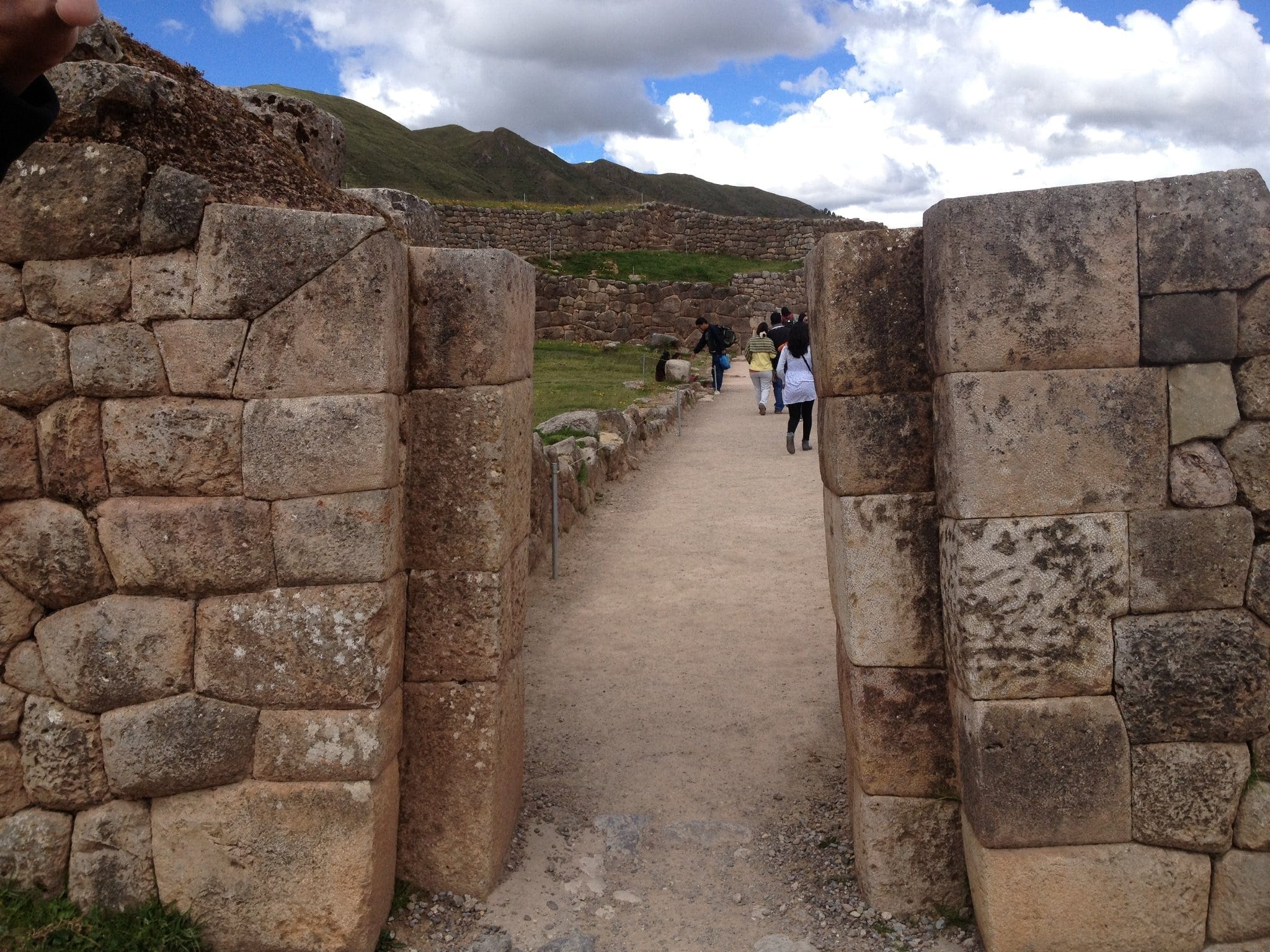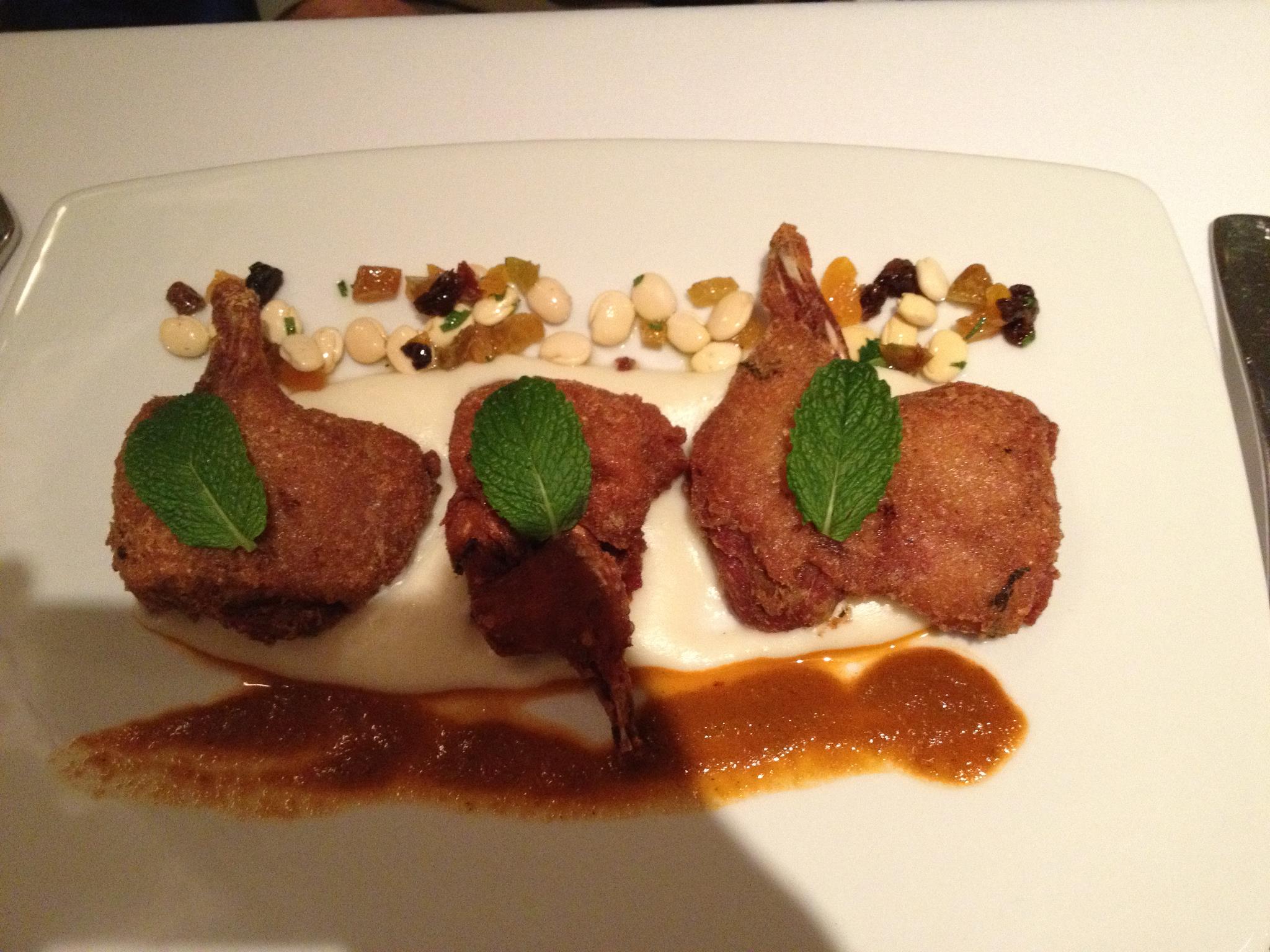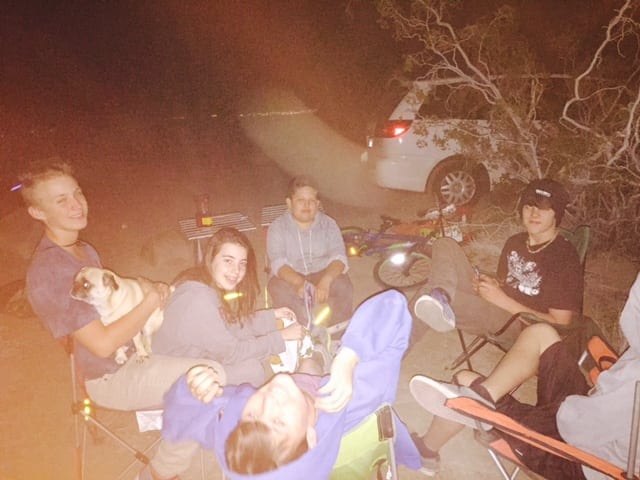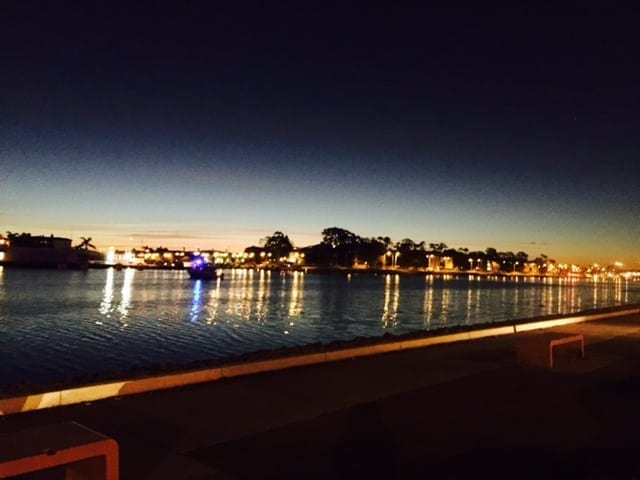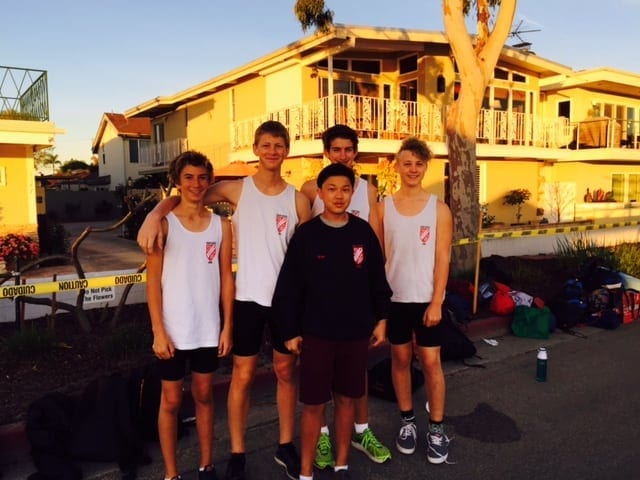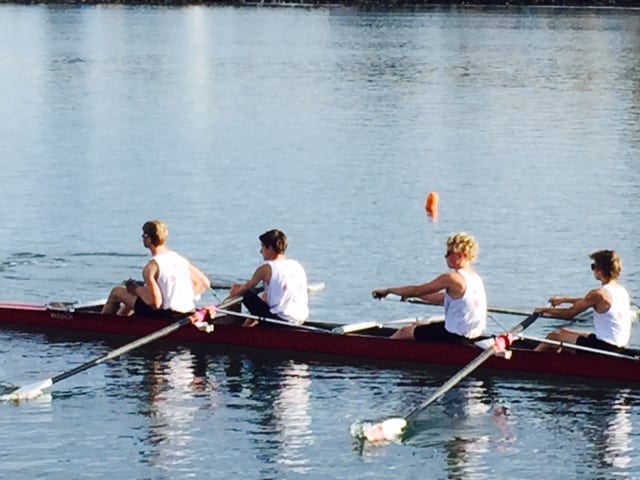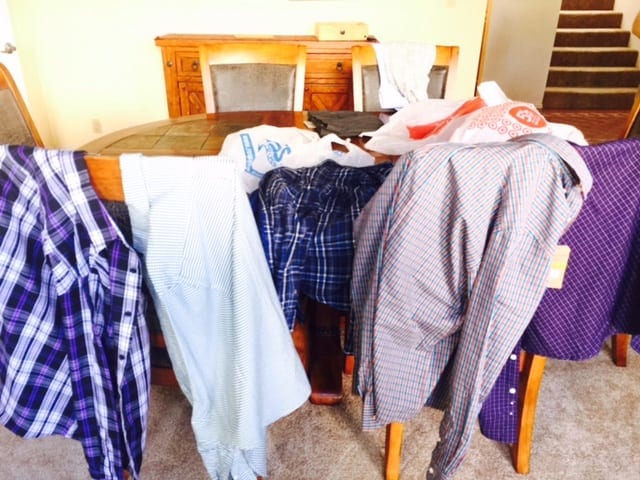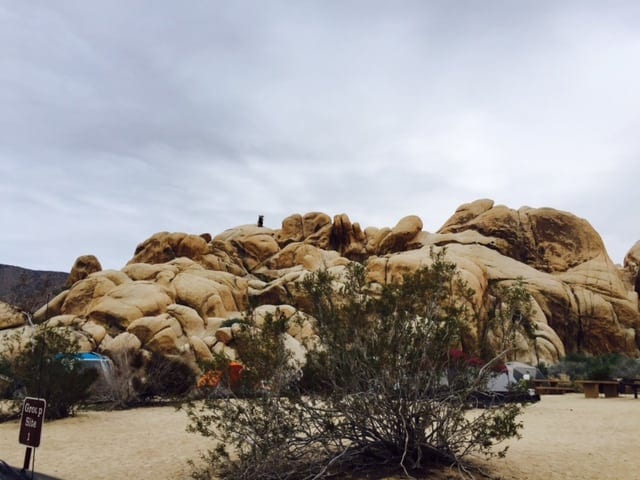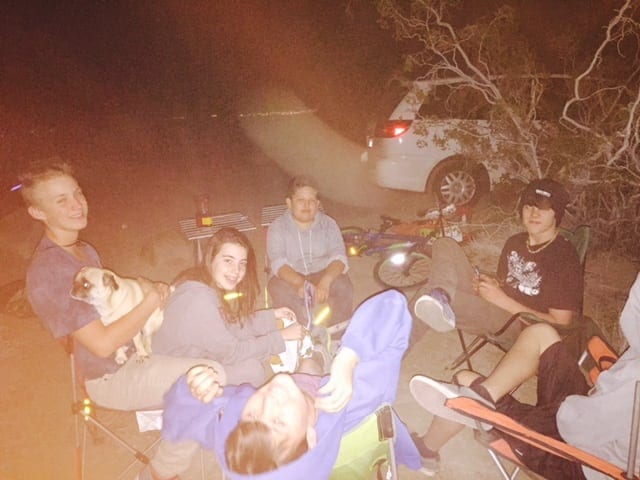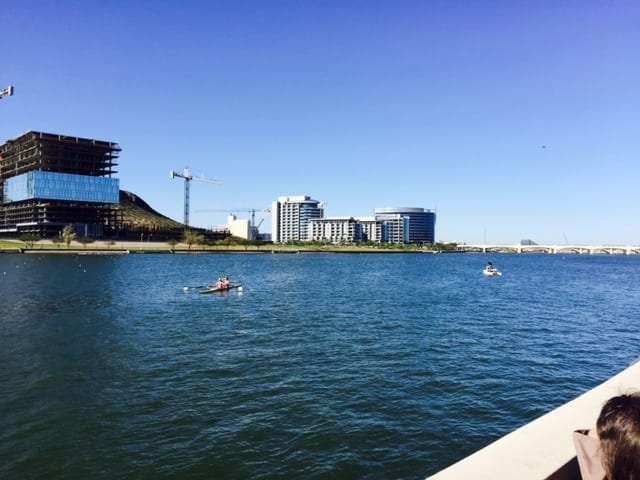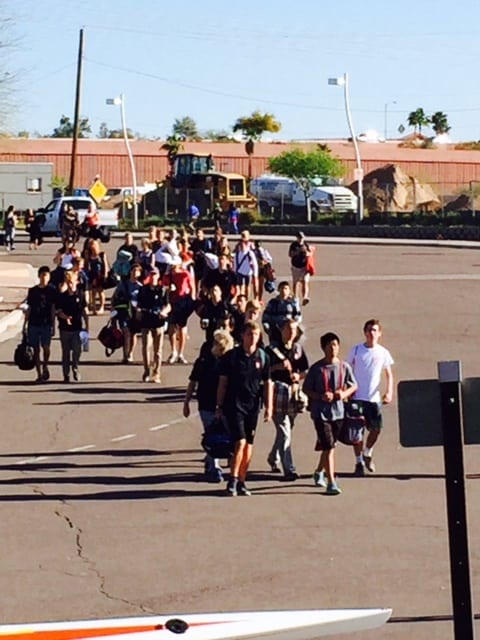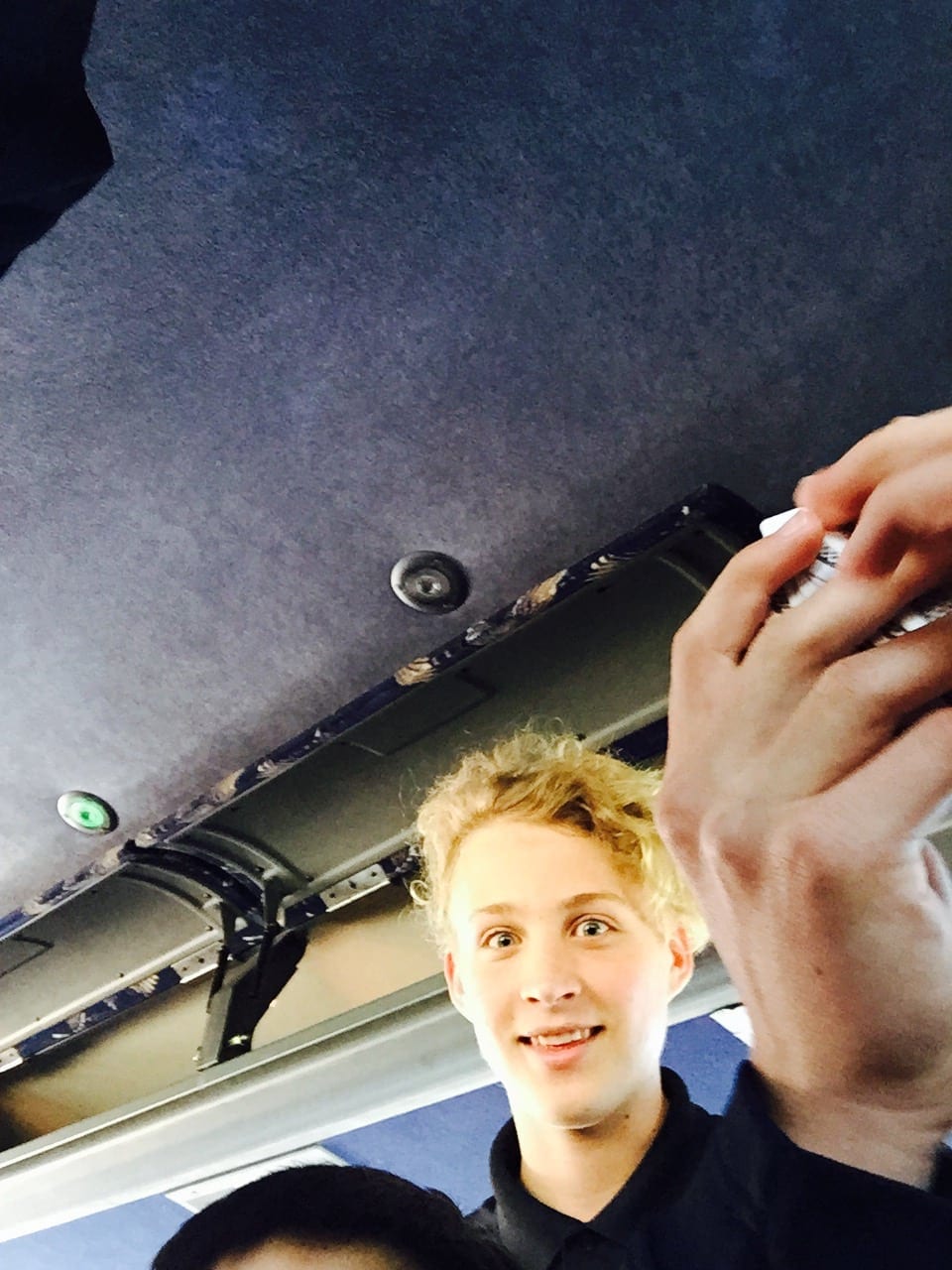Handcrafting High School: Year 1, Month 9
We school year round with lots of breaks. That doesn’t matter to a planner like me though. Every year I have a start date and an end date. The year-end date for this year was the day we picked Sean up from Stanford. Our life was a whirlwind during the time leading up to that. Talk about eclectic! And academic! And we always keep it secular! Science is not a small part of our life!
Planning for next year
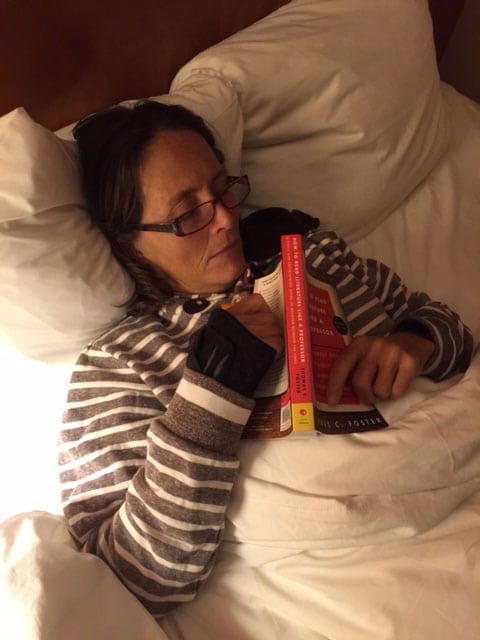
The previous month I had Sean work on some short nonfiction essays. As he was working on these I realized the structuring of his ideas was chaotic. What he had to say was good, but often it felt like he had dumped all of his ideas on a plate in a way that reminded me of cooked spaghetti noodles. This is something we will focus on next year. One of the most important things I do during the last scheduled month of our school year is assess where Sean is in the core subjects, and what specific things he needs to work on the following year. From this standpoint my scheduling makes sense. Maybe I should think of it as an assessment period instead of an endpoint. Especially since I change, tweak, and update the plan regularly.
Assessment is an important part of the teaching and learning process. It’s gotten a bad name in recent years because of the testing culture at traditional schools, but it is critical to evaluate someone’s progress when you are teaching them, especially if you are an eclectic, academic homeschooler. You can trust your child is at grade level if you use a good, solid textbook or course that is at grade level, but you’re still going to need to assess them to make sure they have learned the material. We like to mix it up as you know if you’ve been reading about our handcrafted education this year. Some of Sean’s best and most meaningful work is done without any outside guidance. The problem with evaluating that work is there is nowhere for me to go to get a feel for where Sean’s work is as far as “grade” level.
Evaluating Sean’s progress isn’t as difficult as it could be, because I’m not holding Sean to a standard designed by someone who does not know him. I let the evaluation and the plan for next year reflect Sean’s academic strengths and weaknesses. I find challenging material for him in those areas where he is strong and I am thoughtful and careful when choosing material for the areas where he struggles.
The most intense planning is for subjects I think people should just know. In eighth and ninth grade it was computer programming. In tenth grade it will be American government and politics. The longer I homeschool the more comfortable I am when I design a course that is most likely different from any other student is studying. I no longer worry if colleges will like the courses. It just isn’t about colleges’ approval for us. I am guided instead by what I consider essential knowledge in today’s world. These courses often include knowledge of topics where I think high schools are dropping the ball by not teaching them in a meaningful way. The low-level to non-existent computer programming skills being taught is one example. Another example is that kids are getting out of high school, at an age when they can vote, without an understanding of key issues in the political science of today. Issues being decided that, because of the difference in age, will affect them much more than the people deciding them. Because these are unique classes they take a lot of planning, and it is important to me that they be academic in addition to being enriching, which takes even more planning. If possible I weave necessary skill-building lessons into these areas, which takes even more planning.
May 1 to May 26, 2015
Math
We had three chapters of algebra to get through to be finished for the year. Math was a big part of this month. Algebra this year has been very interesting. My grandmother said to me once, “In our family math is either so easy you can work through it as easily as you can fall into a pool or you have to work at it.” Until this year Sean had to work at it. Something clicked this year. Math is still his least favorite subject, but he now thinks it is his easiest. If you think I am lucky because of this, I would agree with you, but you have no idea how much drama and angst there has been about math over the years.
Language Arts
Early this month Sean said to me, “I would like to write an article about programs teaching computer coding to help others who want their kids to learn to code. I have been so fortunate with the programs you have found for me, I want to give something back,” How to Get Started with Coding, Sean Lee. Sometimes there are glimmers of the adult he’s going to be, and then there’s the rest of the time. 😉
The rest of the writing for the month focused on politics, Spain, and the volunteer trip we would be taking in August on the Pine Ridge Reservation. Because Sean needed to work on structuring, I sent him a nonfiction article daily. I had him start his day reading this article. I would discuss the topic of the article with him, and the structuring the author used for the article.
I like to use other people’s writing when discussing Sean’s writing. We do not use these writings for copy work however. Sean has never enjoyed copy work. I am not a fan of it either. We both consider copy work drudgery. I understand that you can learn techniques from copying the work of others. Sean and I choose to learn those techniques in ways that do not include copy work though. I think of writing as a creative process. To me it is an art form. When you write something that comes from you, it is original. It is unique. It is something you created from your mind. I think creating your own original work is meaningful and special. I come from a family of visual artists and designers. I am the only member of my family who uses words to create their art. I am terrible at creating visual art. I do like to design things though. I want Sean to experience the beauty others use with the artistry of their words. I look for him to use some of the techniques he observes while he crafts his own writing instead of by copying those techniques directly.
Other writing techniques we will focus on in tenth grade are transitions between paragraphs, comma splicing, and concluding paragraphs.
Computer Science
Sean did not finish either of the Coursera courses he started. We ran out of time. Instead he spent his time reviewing the programs in his portfolio so he would be up to speed on these skills when he went to Stanford.
Science
What a wonderful time to be studying astronomy. There are so many new discoveries in this field of science being made every day it is hard to keep up with all of them. We gave it a good try though. Sean took topics out of my book and learned more about them. It was exciting to hear what he was learning. He also used Khan Academy focusing on the math used by astronomers.
Crew
This was a busy month of rowing. There were away races and practices were mandatory. Sean has loved this sport. It is much nicer living within biking distance too. Sean hops on his bike, rides to and from, and rows in the middle of his ride.
Eclectic, Academic World-Schooling: Spain
Raising our child to be a global citizen is one of the things my husband and I think is essential knowledge for today’s world. We mainly use travel to make this happen. I cannot lie and say the travel is just for him. I am a vagabond at heart. I absolutely love to see people’s differences. Travel lets us see how those differences are reflected in different cultures. Because of rowing, our trips this year were during the summer, rowing’s off-season.
Our reason for choosing Spain was more eclectic than academic, not that this affected the things I dragged everyone to. My husband has always wanted to go to Spain, and the exchange rate this summer favored the dollar. Spain was fantastic. It was my husband, Jim’s, favorite place we’ve ever travel to. It was one of Sean’s favorites. My favorite is still India. I love Spain, but there is something about India and the people of India that resonates with me like nowhere else I have ever been. You can read about our trip to Spain here, our stay in Spain and India here, our stay in India.
HSC Campout, June 20 to 26
One of the homeschool groups in California, HSC, has weeklong campouts throughout the year. These are so much fun to attend. One of these campouts started a couple of days before we got home from Spain. Sean begged us to let him go. I was receiving emails from friends asking me to go as well. There was no way I was going to get home from Spain and immediately camp for a week. Sean on the other hand had someone pick him up the day he got back from Spain so he could go camping. I might just be raising a vagabond! Camping with HSC
The CHN Conference, June 27 to 28
I picked Sean up on the way to a homeschool conference where I was speaking. One of the perks of having a mother who speaks at homeschool conferences is that you get to attend them. I had heard from other homeschoolers over the years that one of the highlights of their year was attending an annual homeschool conference. I did not take that very seriously until we had attended our first. They are a blast for kids and their parents. In addition to being fun to attend, conferences are a great place for homeschoolers to meet other homeschoolers, make friends, and share ideas. Homeschoolers are a spread out bunch. It is rare to find a group of us together at the same time. I think conferences are important for homeschoolers with a homeschool related business or endeavor for networking. I also think the talks geared toward parents are a sort of academic enrichment. Of course you have to find talks on topics that bring something to your homeschool. If you can find those, you can learn new techniques and tips and gain insight into issues affecting your homeschool situation.
This conference I had a big surprise coming. In the middle of April, I started the Facebook Group Secular, Eclectic, Academic Homeschoolers. I did not realize how many people were going to want to talk to me about the group and the content in the article I wrote that led to the formation the group. I brought 50 copies of the article, just in case someone wanted to read it. The copies were gone in a couple of hours. Honestly I was so busy at this conference I barely had time to go to or eat.
The attention I was getting did not go unnoticed by the conference organizers. They asked if I would help them arrange and find speakers for an academic track for their 2016 conference! How exciting! They are looking for talks about Science, Mathematics, Social Studies, Computer Science and other STEM areas, History, and Language Arts. The talks should offer practical information such as curriculum recommendations, online or outside resources (i.e. museums), why it is important to learn certain subjects and where this knowledge can take your child.
If you are interested, please send a Speaker Proposals to: CHN speaker’s proposal.
There will also be a Curriculum Library in the room where the Homeschooling 101 sessions will be held. I am a big fan of looking over materials before buying them. This is a great idea. I will make sure they have a full complement of Pandia Press’ products. If there are materials you would particularly like to look over contact Diane or Martin Forte, CHN curriculum library.
Stanford Pre-Collegiate Computer Simulations and Artificial Intelligence Program, AKA Where Sean Learned to Dance!
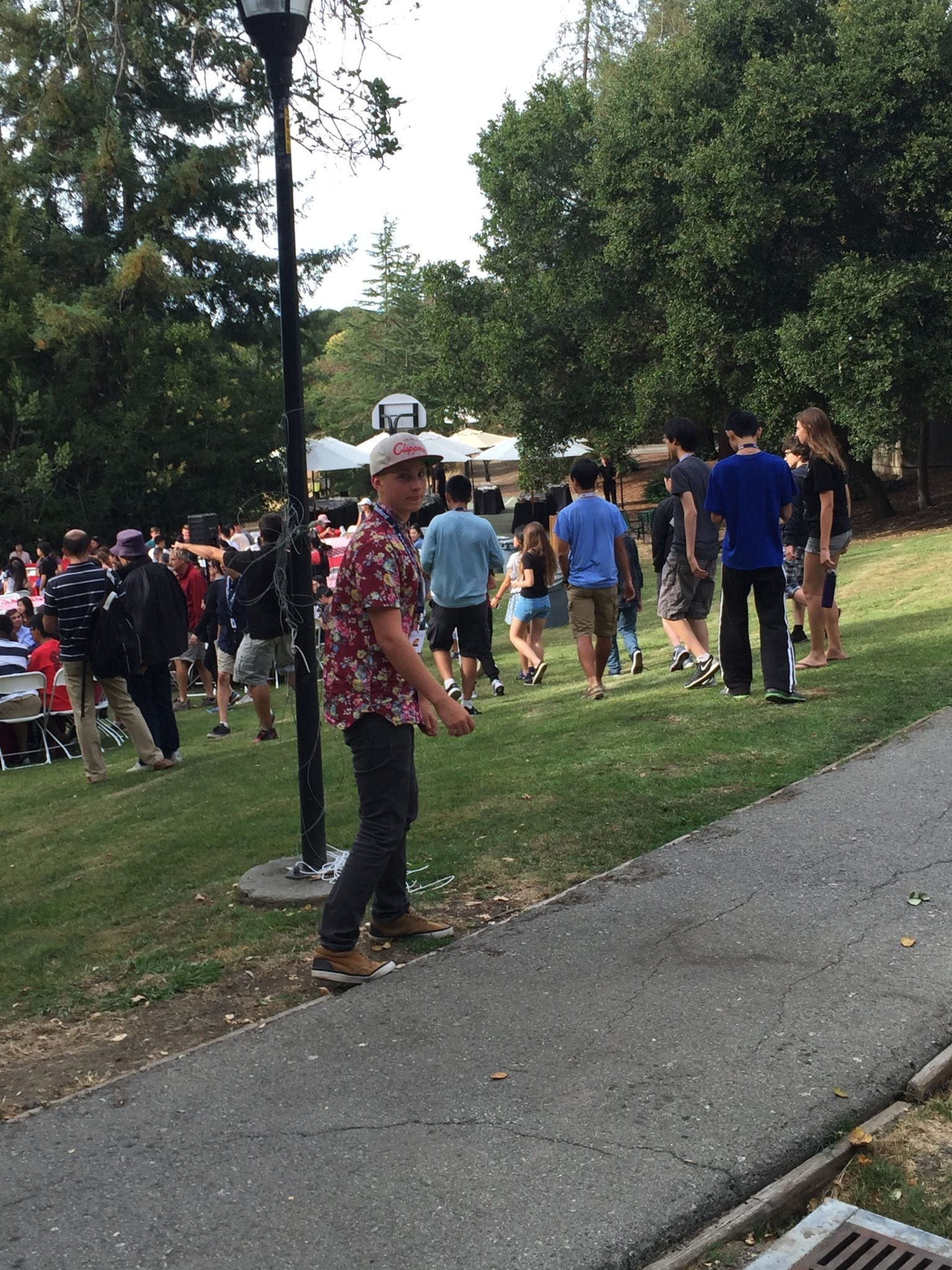
Yes you read that correctly! About 4 years into our homeschool journey, my husband remarked that, “One of the major benefits of homeschooling is kids grow up following their own interests. They do not have peer pressure, telling them something is or is not cool.” Sean has grown up being taught if you are interested in something, you should investigate and learn more about it. We believe the places your mind takes you are more than just your idiosyncrasies; they are part of the core essence that makes you unique. My one caveat to this is that Sean has to stick with something he has invested time in even when it gets difficult and complicated, as happened during this school year with computer programming.
I believe Stanford feels the same. When we took Sean to drop him off we attended a welcome dinner. At the dinner one of the speakers said this to the students, “There are no grades, so there should be no fear of failure. Dare to take risks. These three weeks are about exploring ideas and intellectually challenging yourself.” Which is just what Sean did, but not in the way I expected him to do it.
I do not believe language arts and math should be the only important criteria for measuring intelligence, as is often the case in schools today. For that reason Sean has not been raised to only value them. Many years ago I read about the theory of multiple intelligences, The Theory of Multiple Intelligences, Wikipedia. I have a degree in evolutionary biology, and from the standpoint of evolution and natural selection this theory makes sense. From the standpoint of both a parent and an educator, this theory is observable. Sean has been raised with the understanding that bodily kinesthetic is a type of intelligence and should be treated and valued as such, which is probably why he did not think it would be an issue with his parents when he spent more time at Stanford learning to dance than he did working on computer programming. He was right too. Sean had never, and I mean never, ever! including dancing at teen dances, shown any interest in dancing, despite my love of dancing. I do so love to dance. Nothing structured, but when the music and mood strike, I can dance all night.
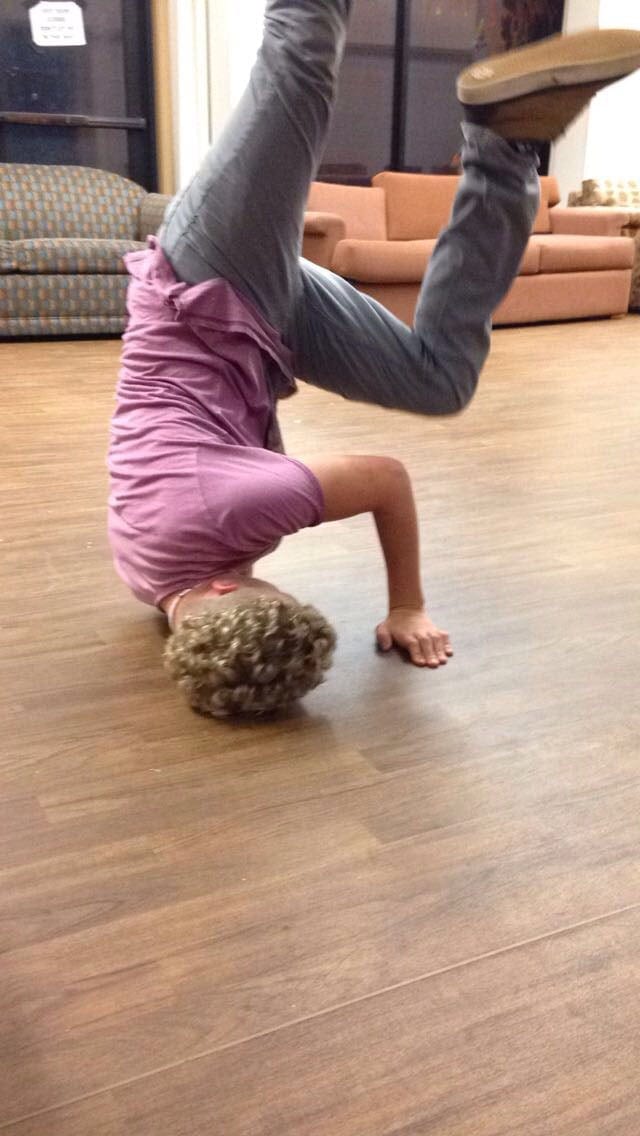
Sean had only been at Stanford a couple of days when he texted me telling me he had a new passion, dance. I was beyond surprised, and began peppering him with worried questions asking about the program, and whether he was studying computer programming. He was. It was just that he had a new interest, oh and by the way, he wasn’t going to do crew in the coming year, and I had to find hip hop dance lessons for him. LOL, Jim and I had a harder time digesting that then we did about him not focusing the bulk of his learning at Stanford on computer programming. It would not be until sometime in October that we got over him wanting to dance instead of row. He definitely dared to take a risk, did not fear failure, explored new ideas, and intellectually and physically challenged himself! I was very proud of him! That did not keep me from joking, though, that I sent Sean to Stanford to learn computer programming and he learned to dance instead. I hope Sean never stops dancing to his own drummer!
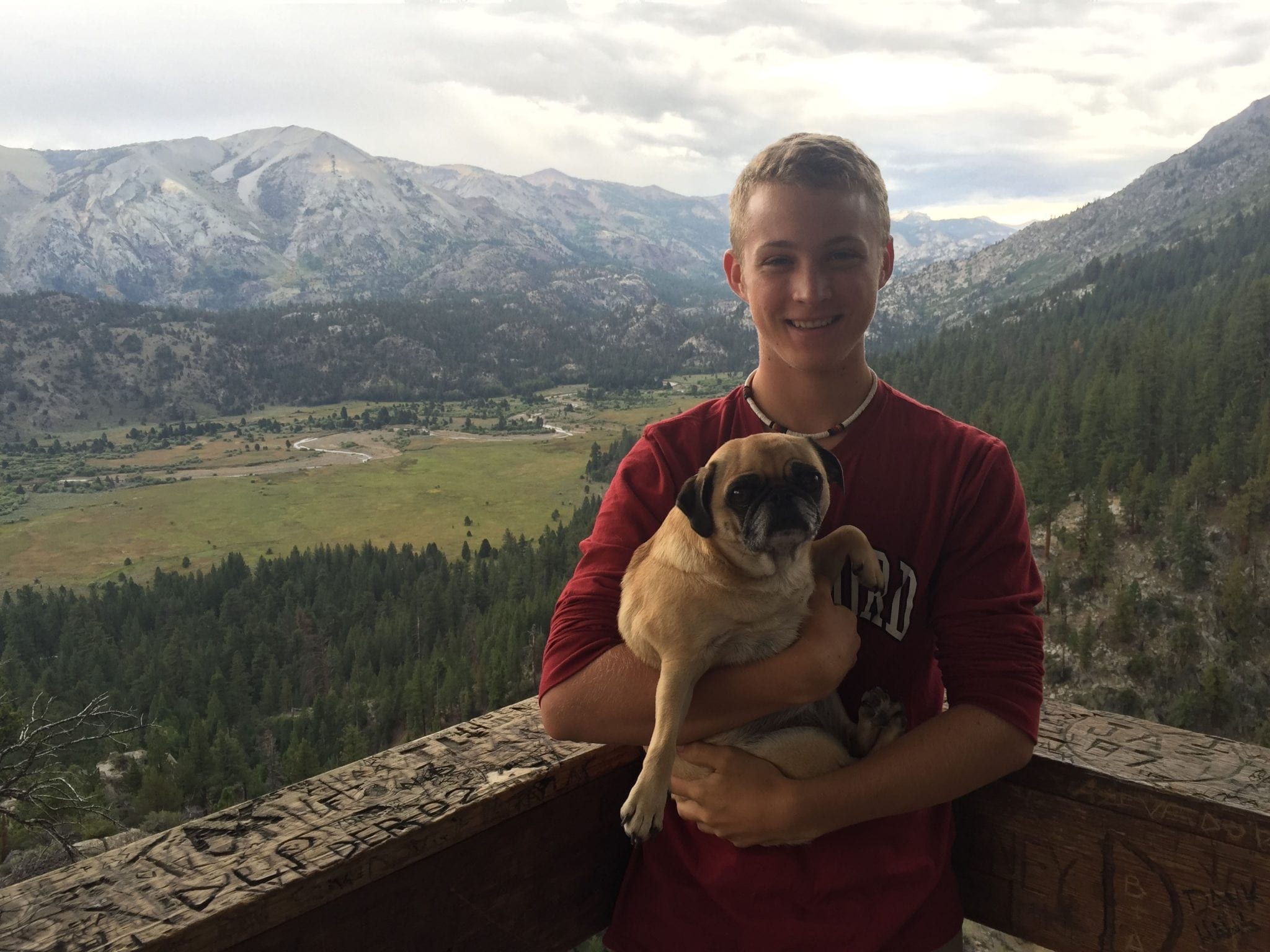
Check out last months post from handcrafting high school here.

